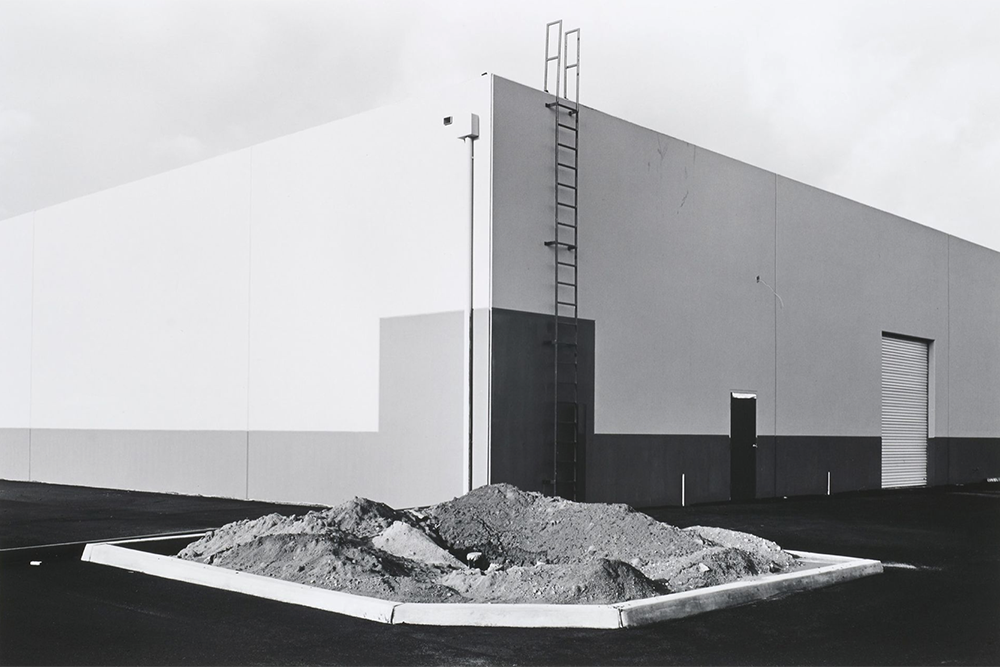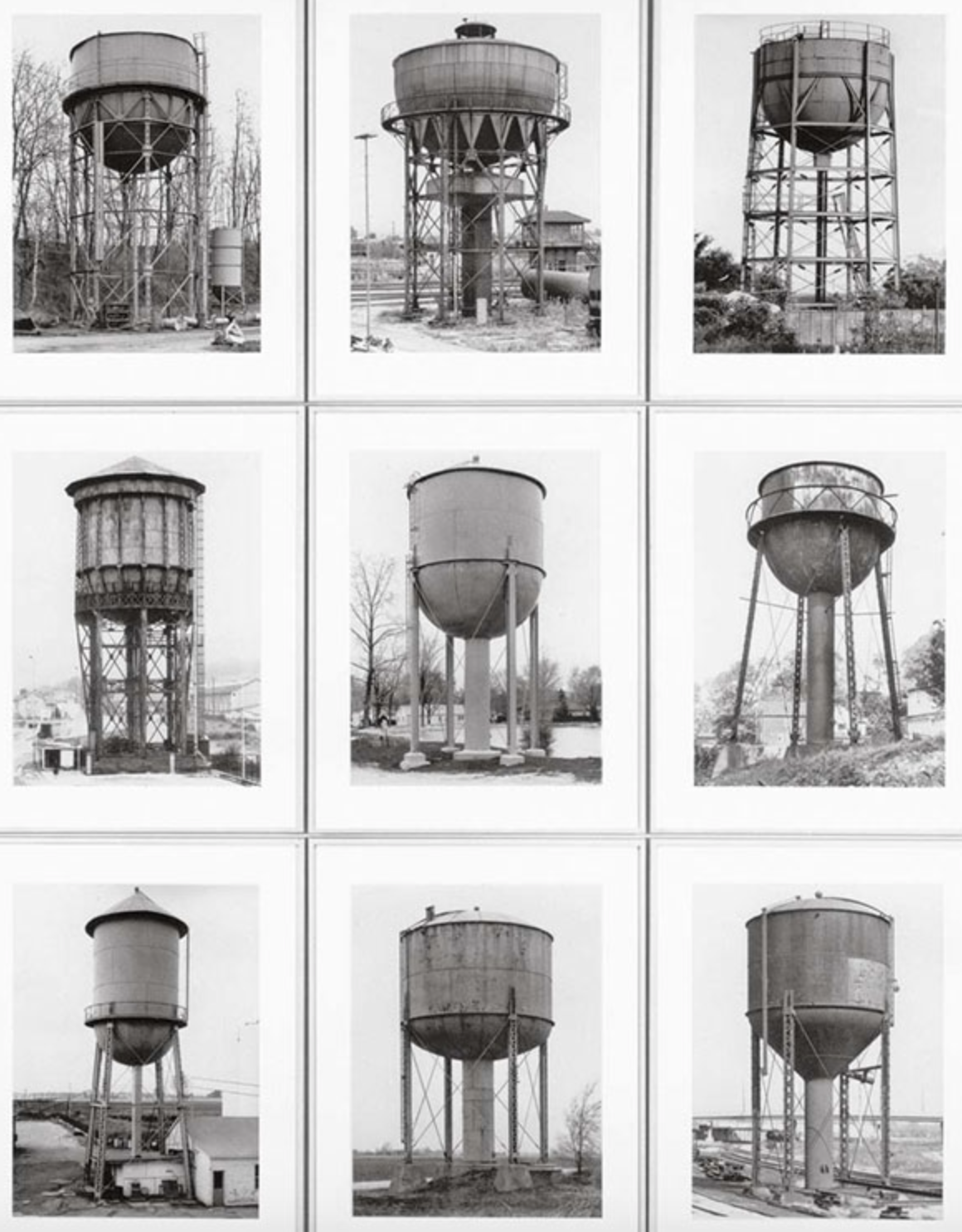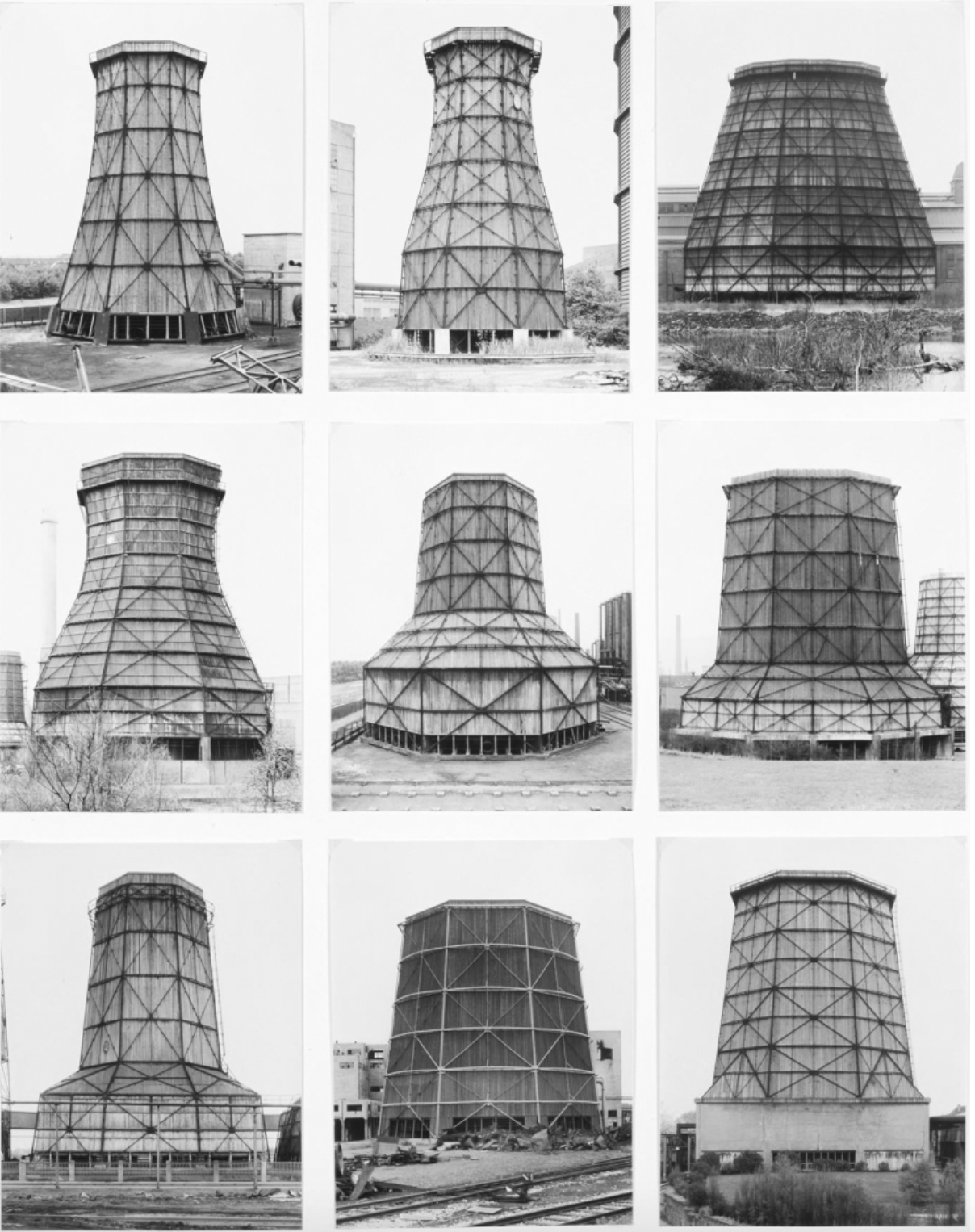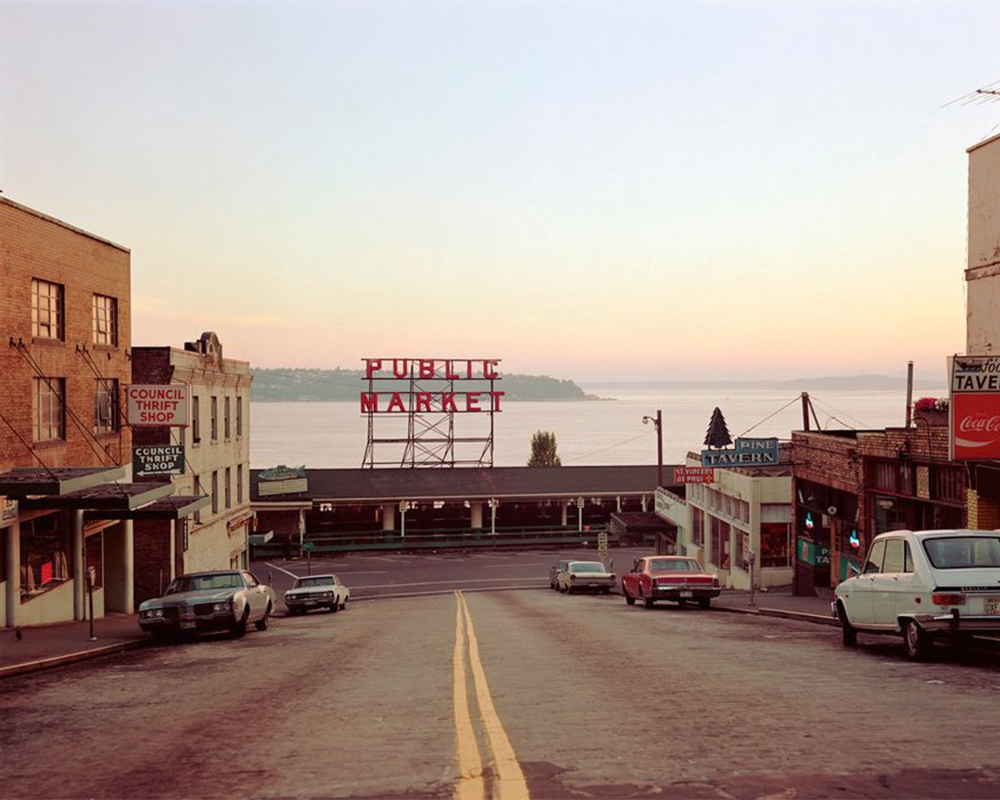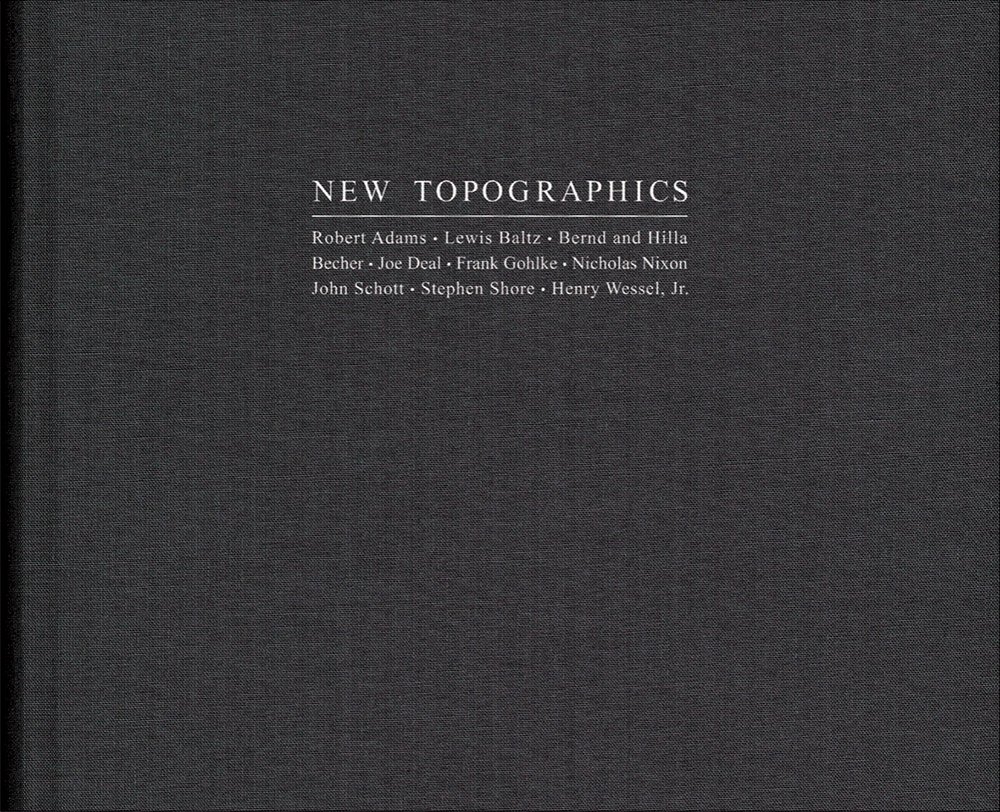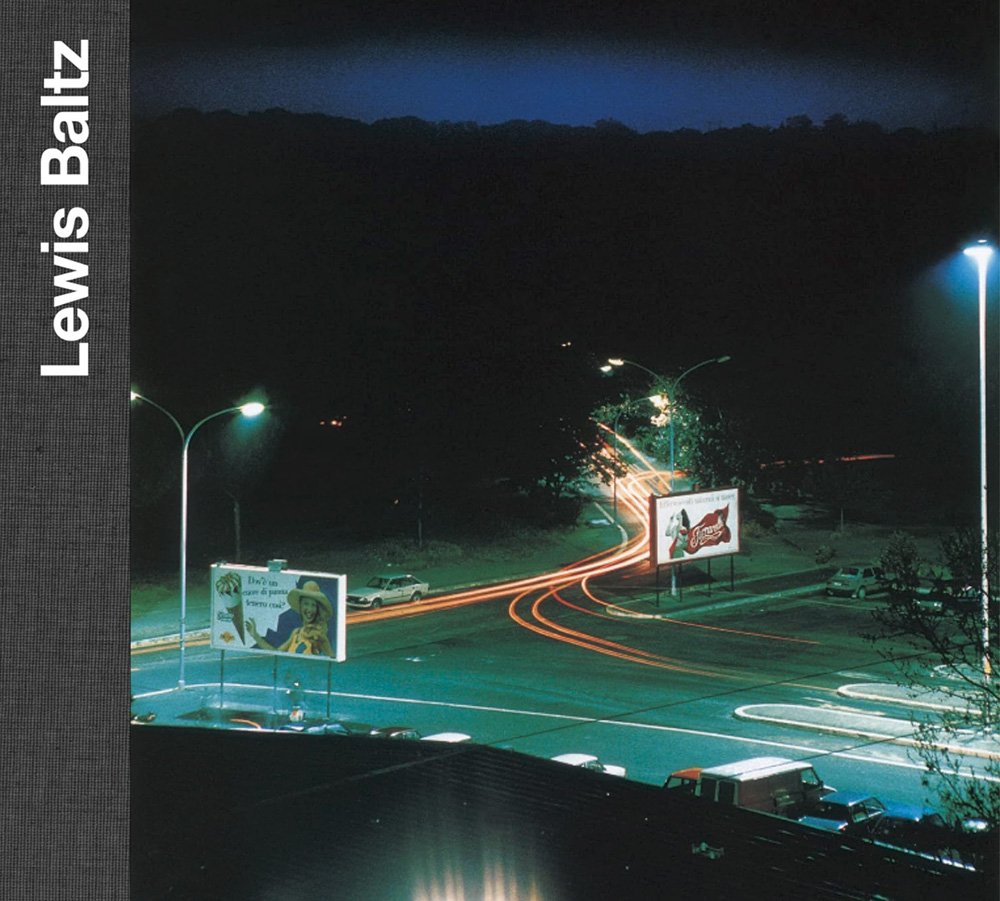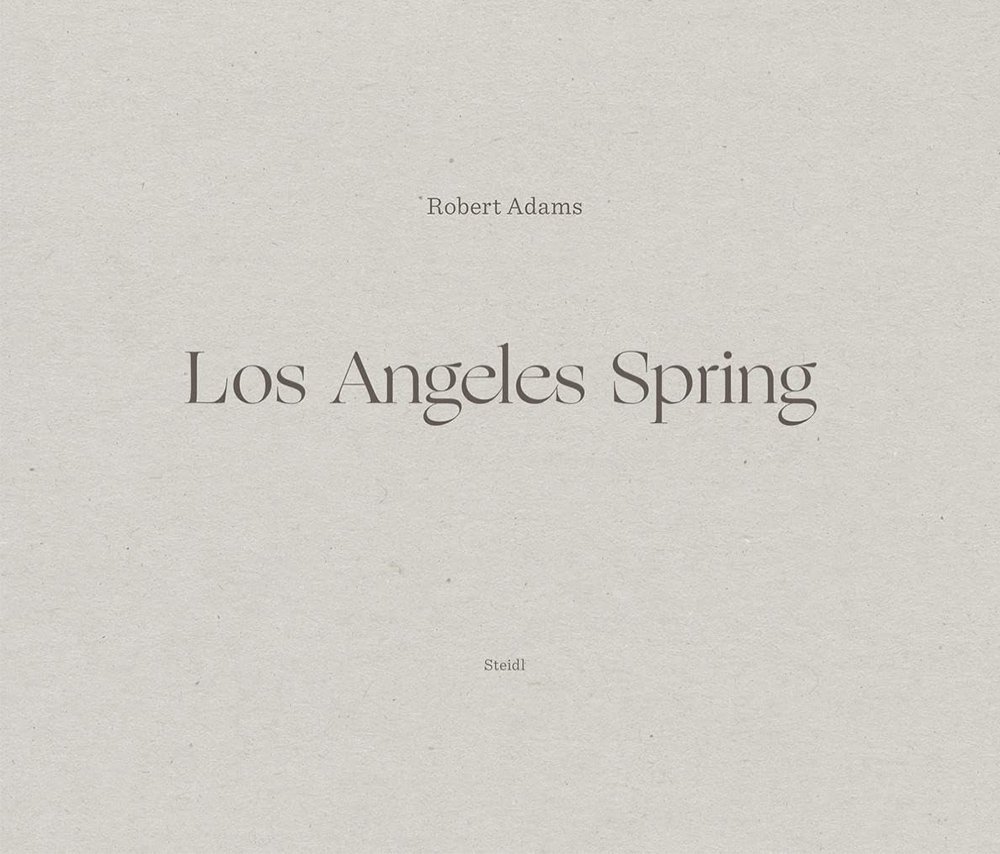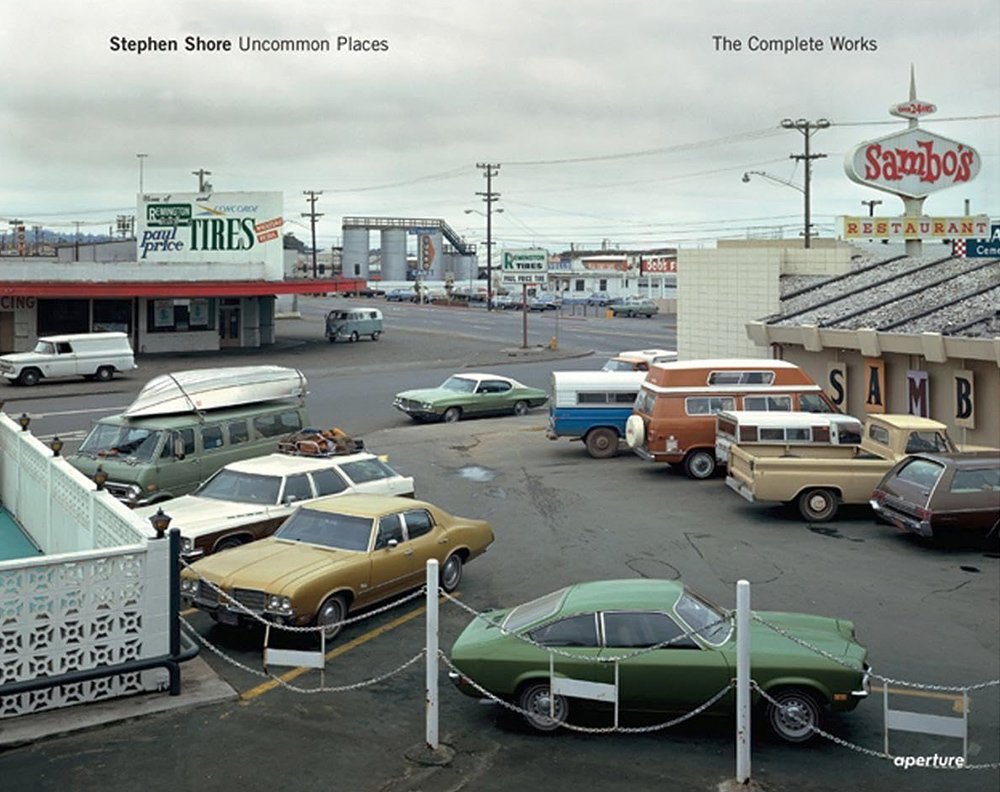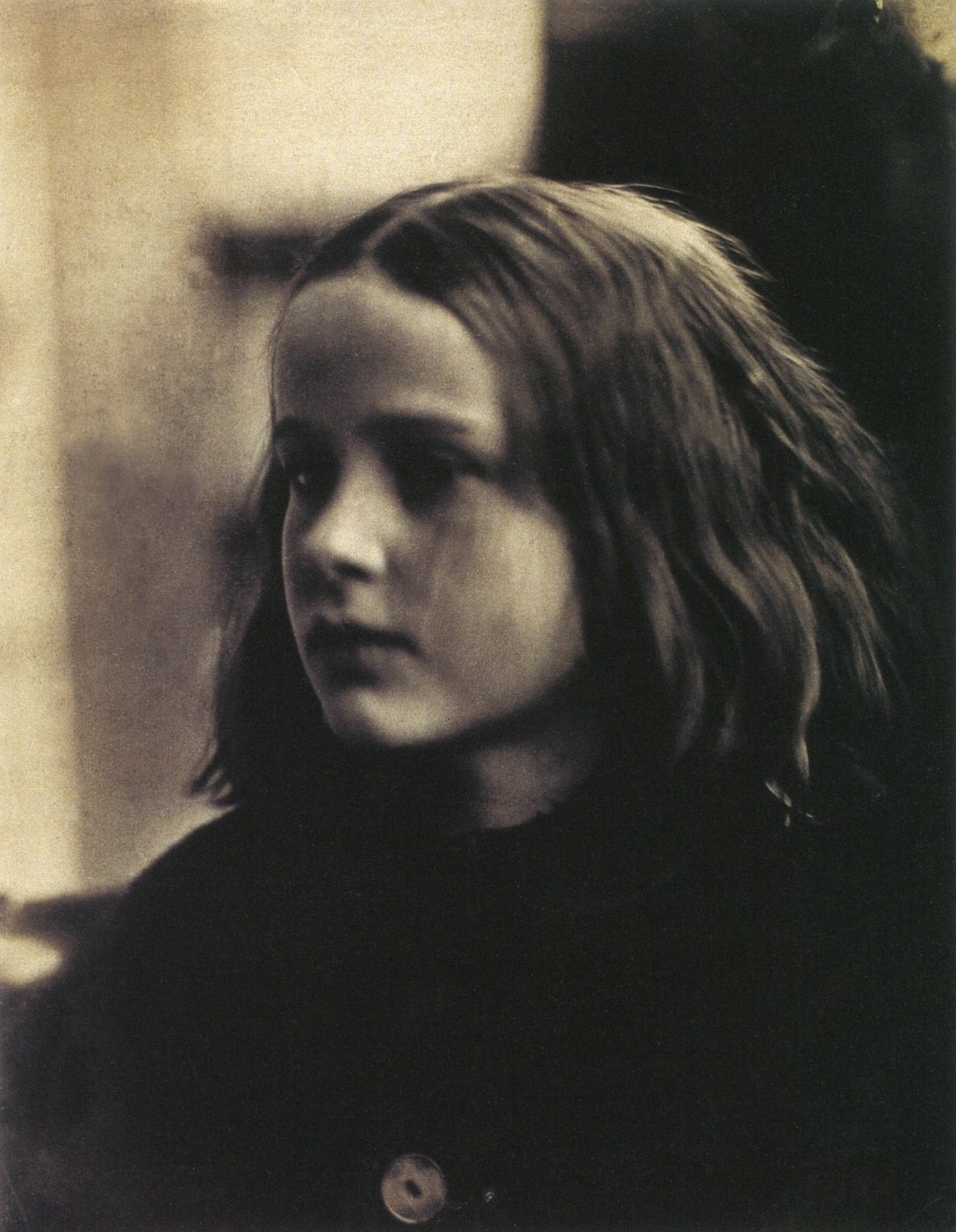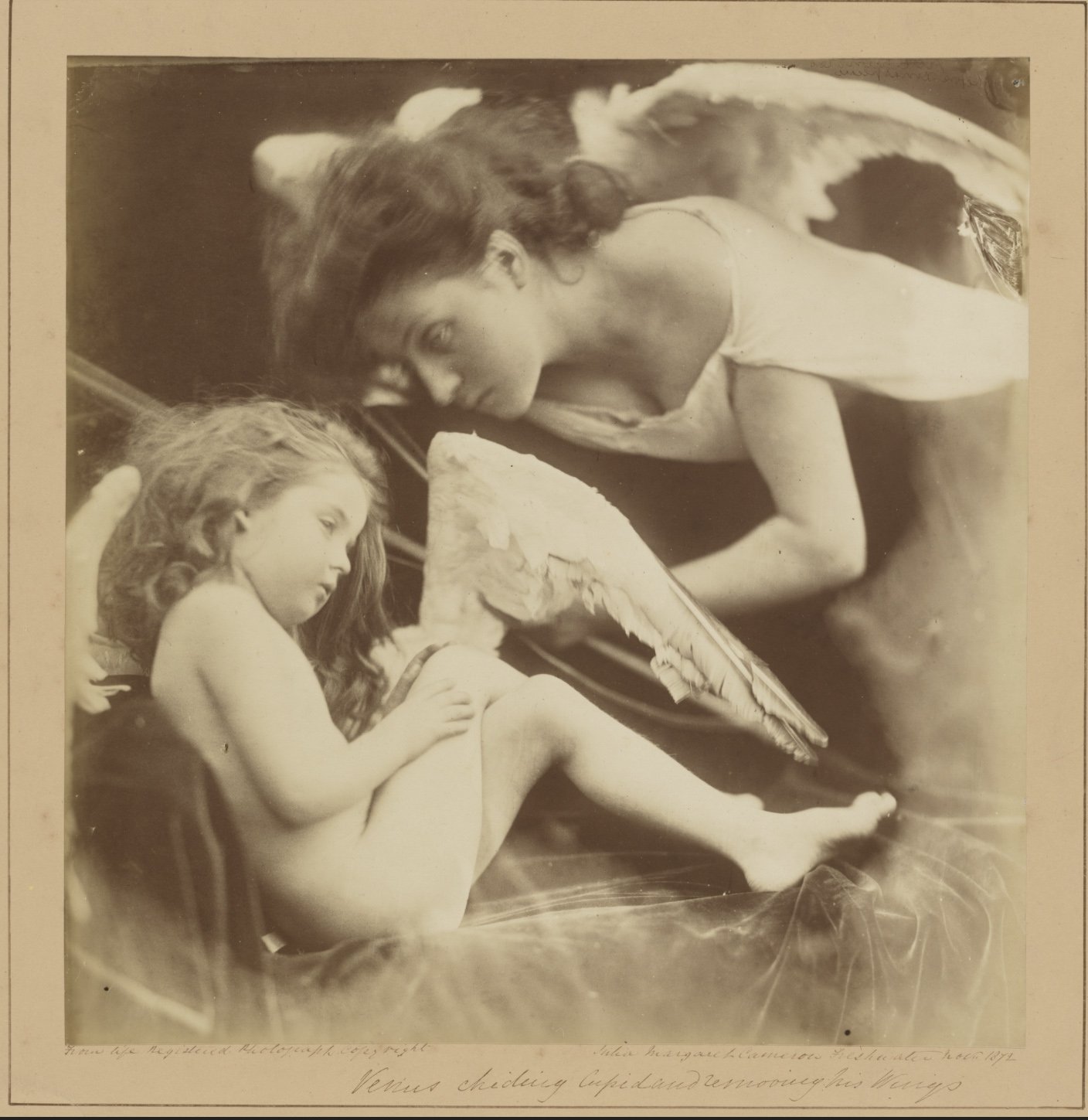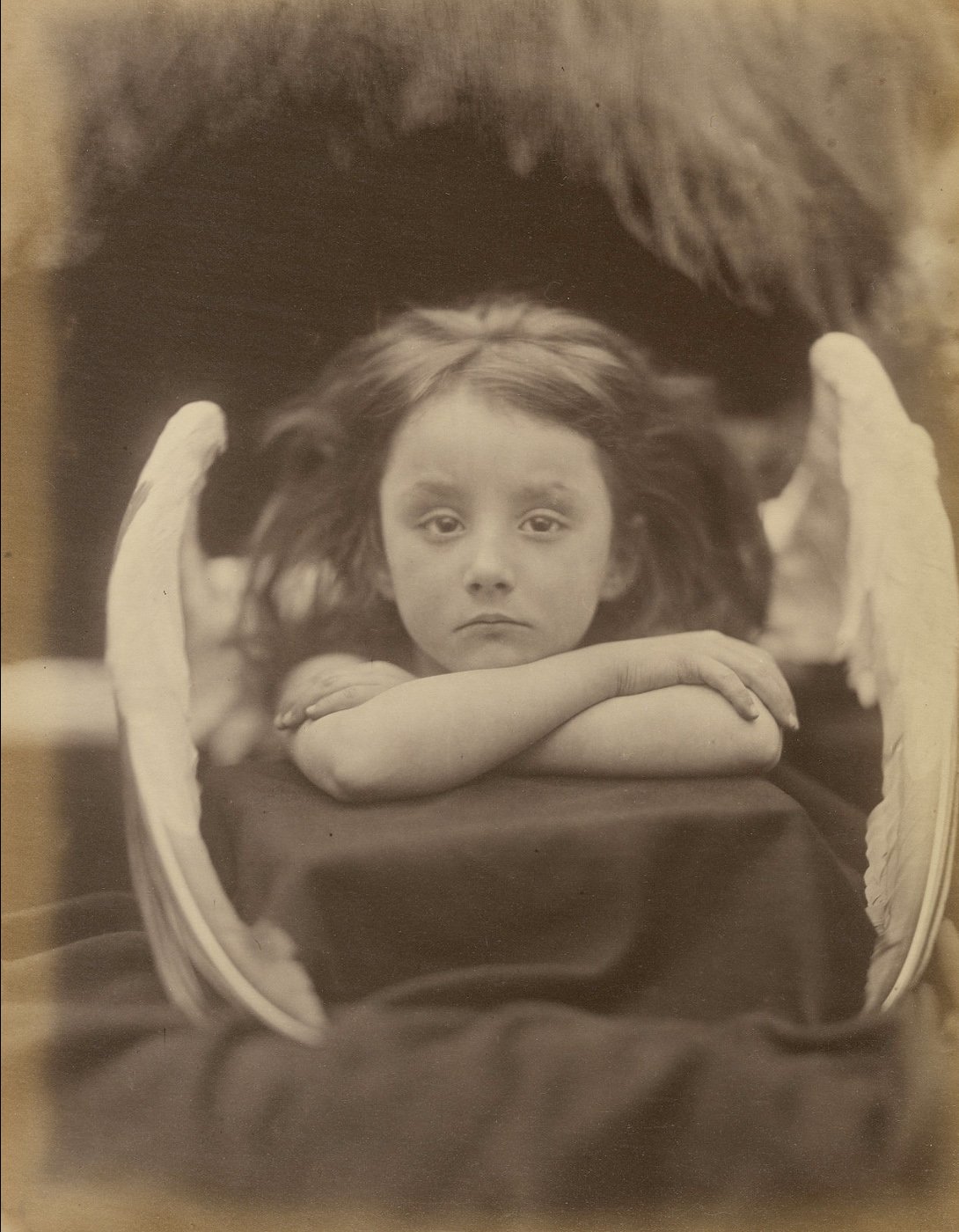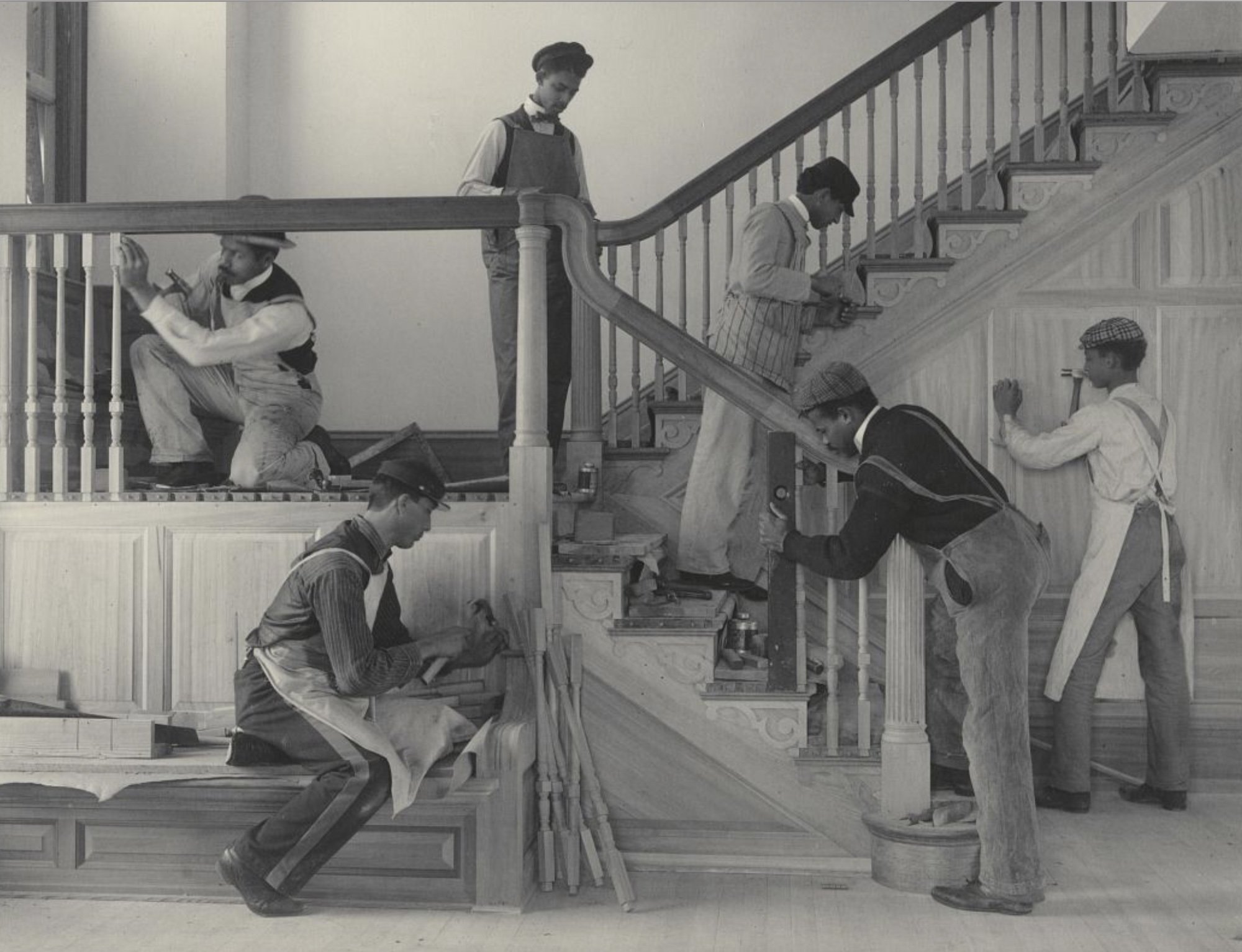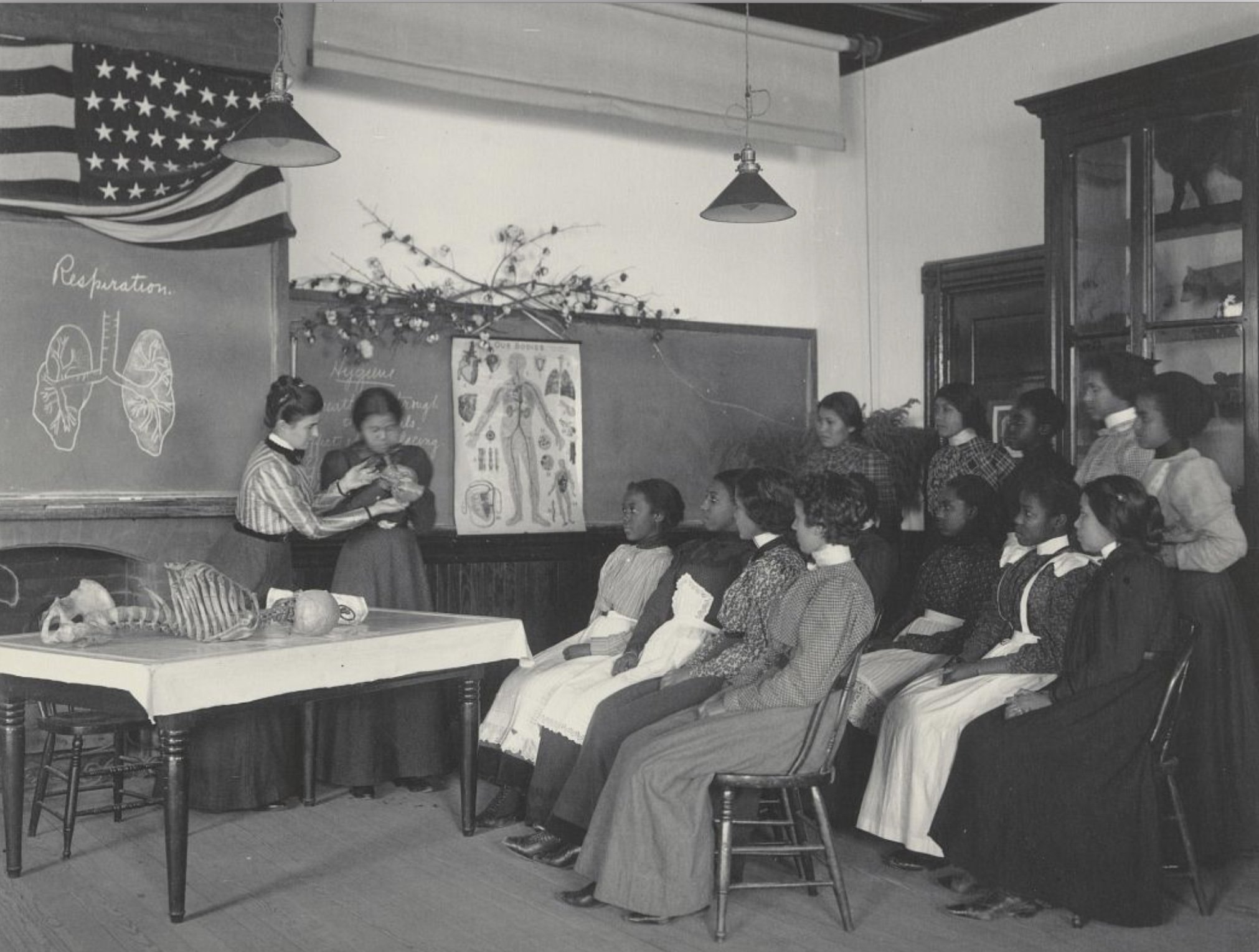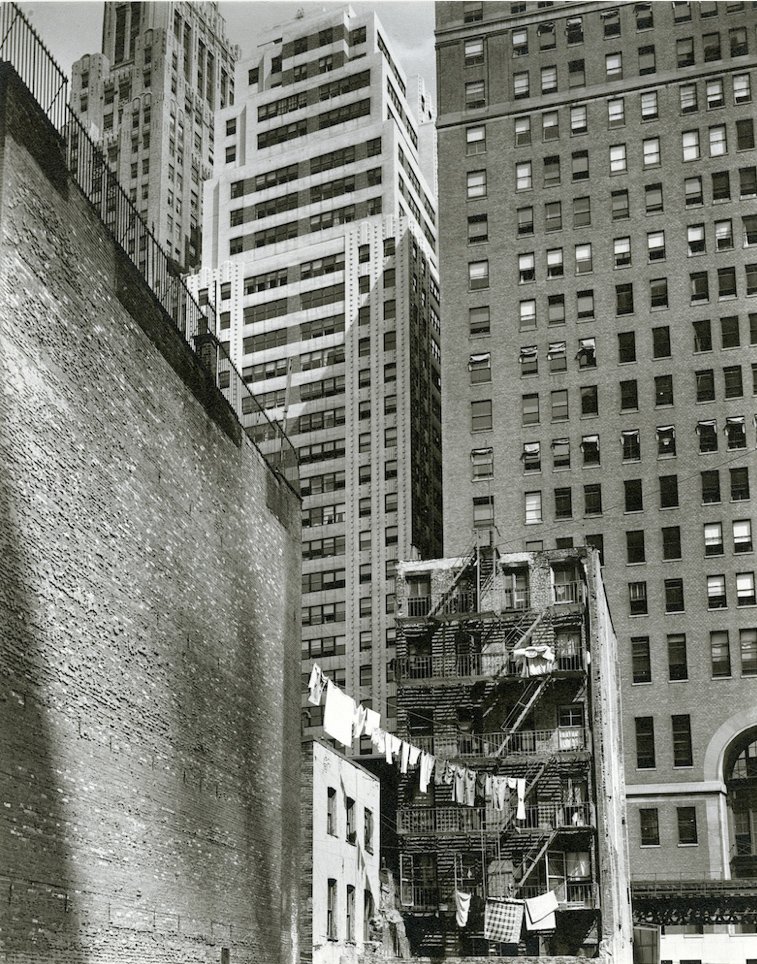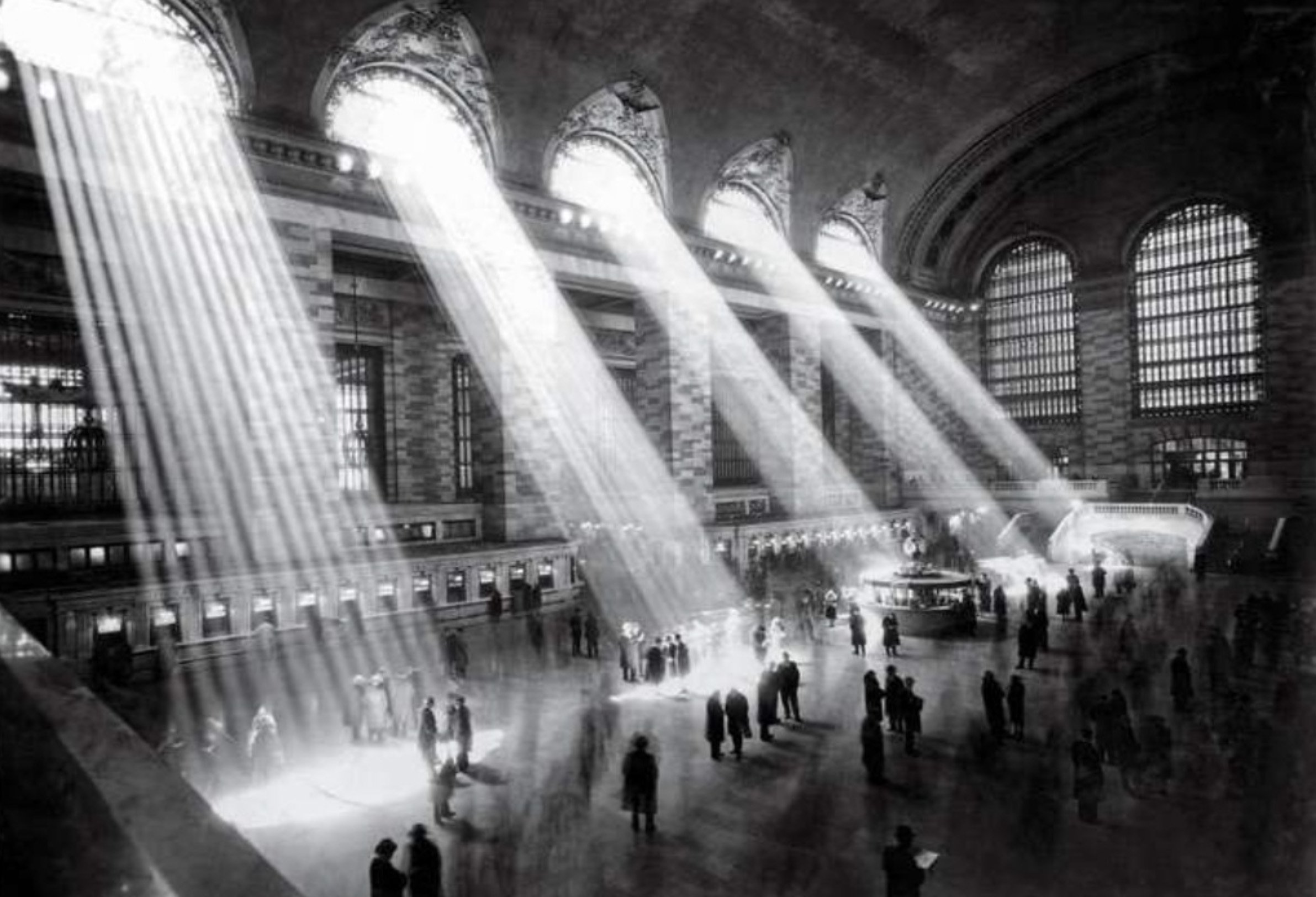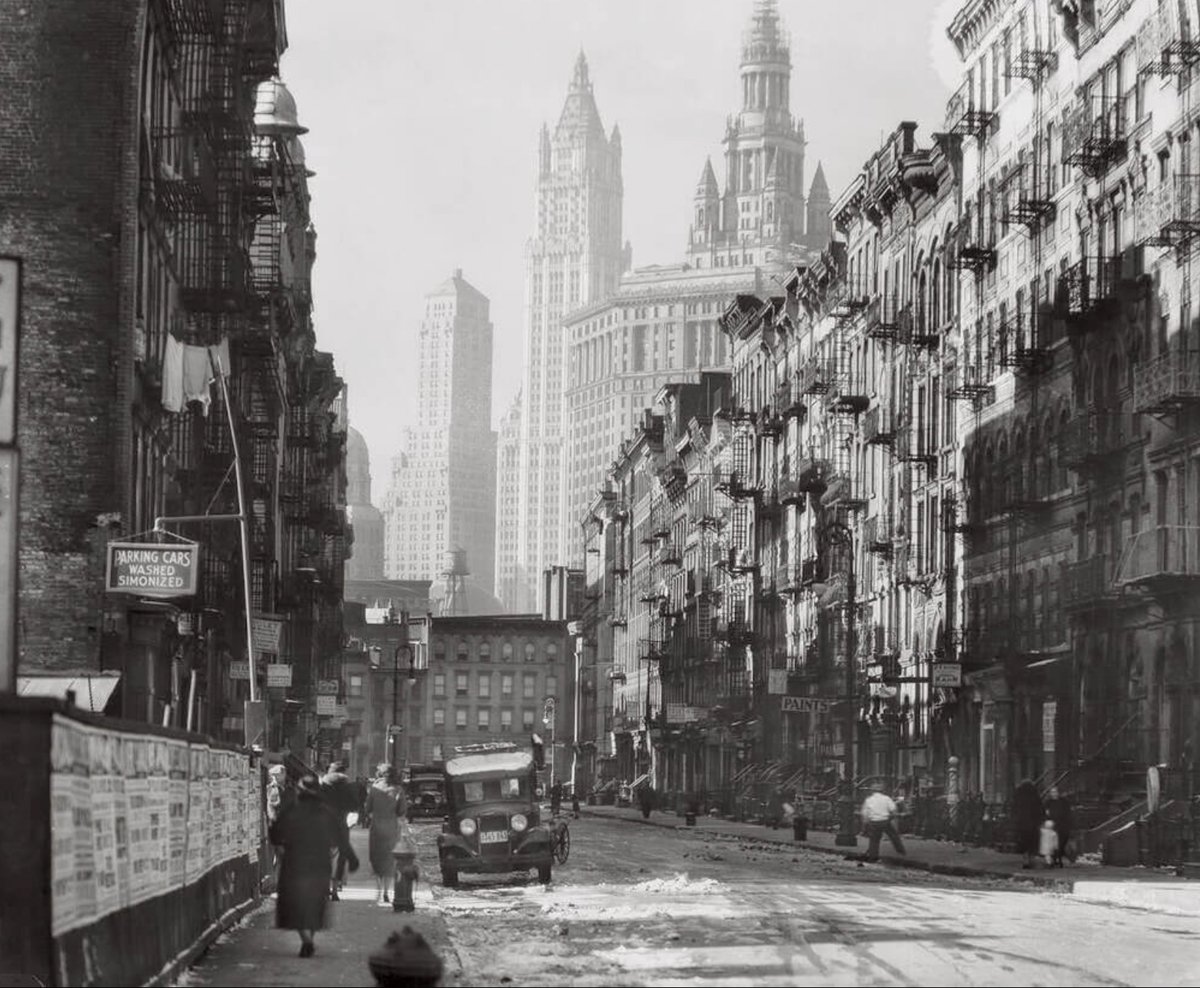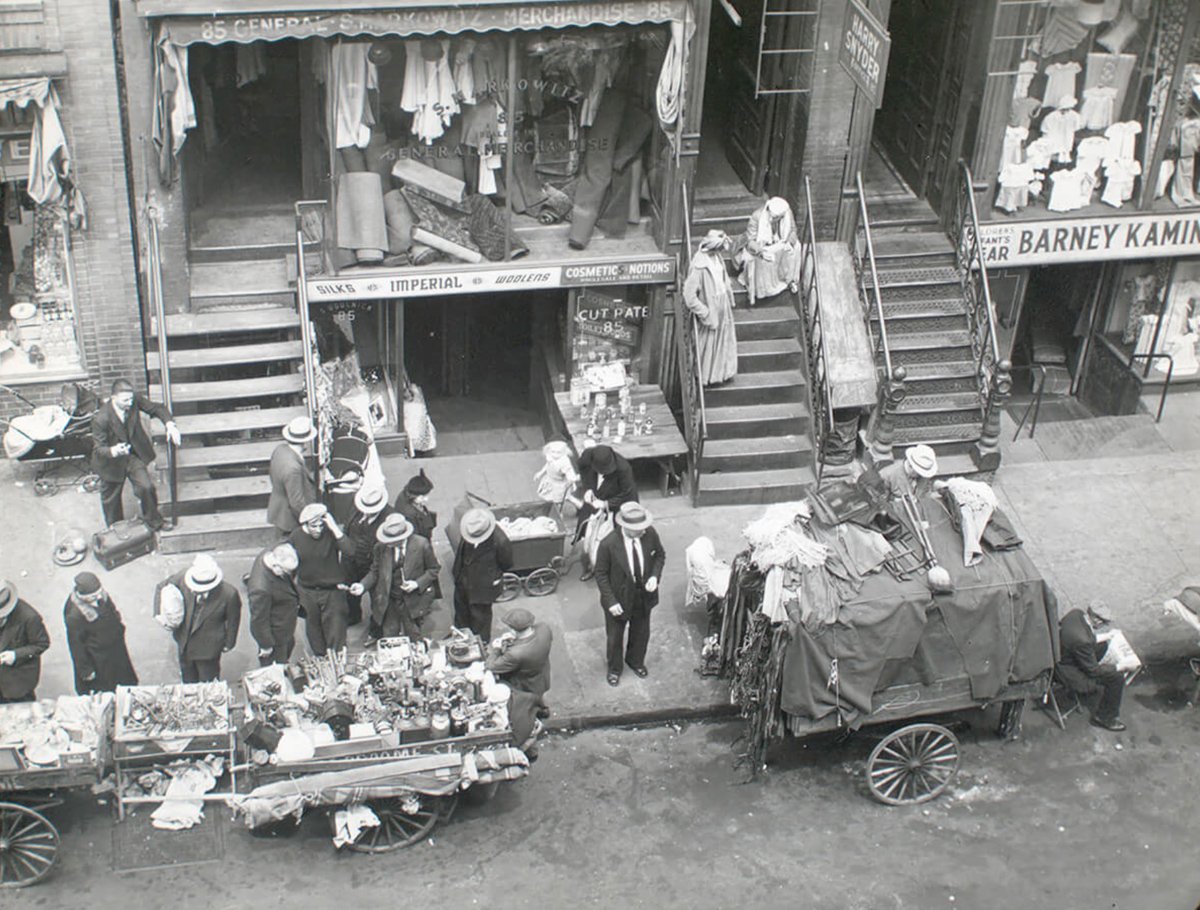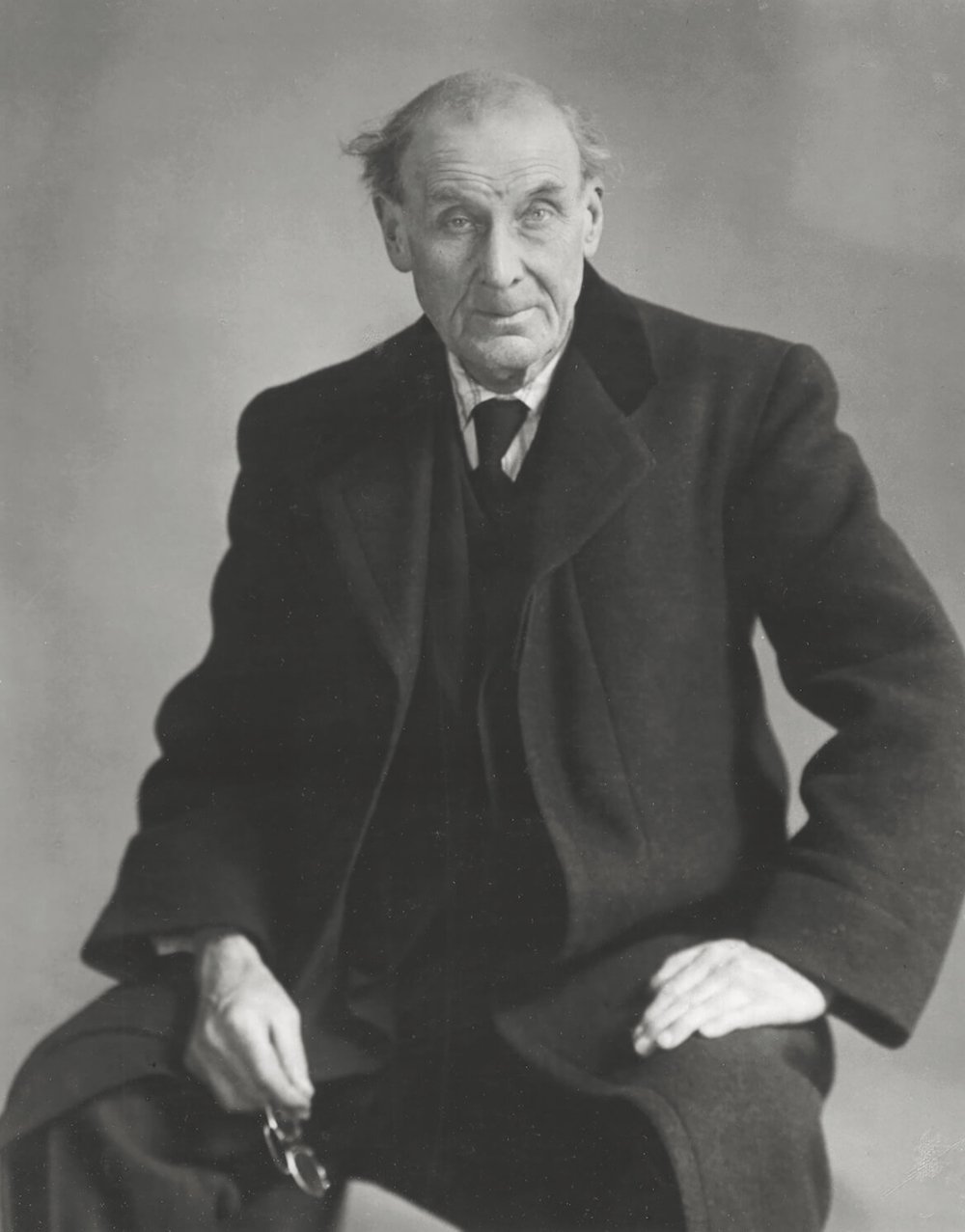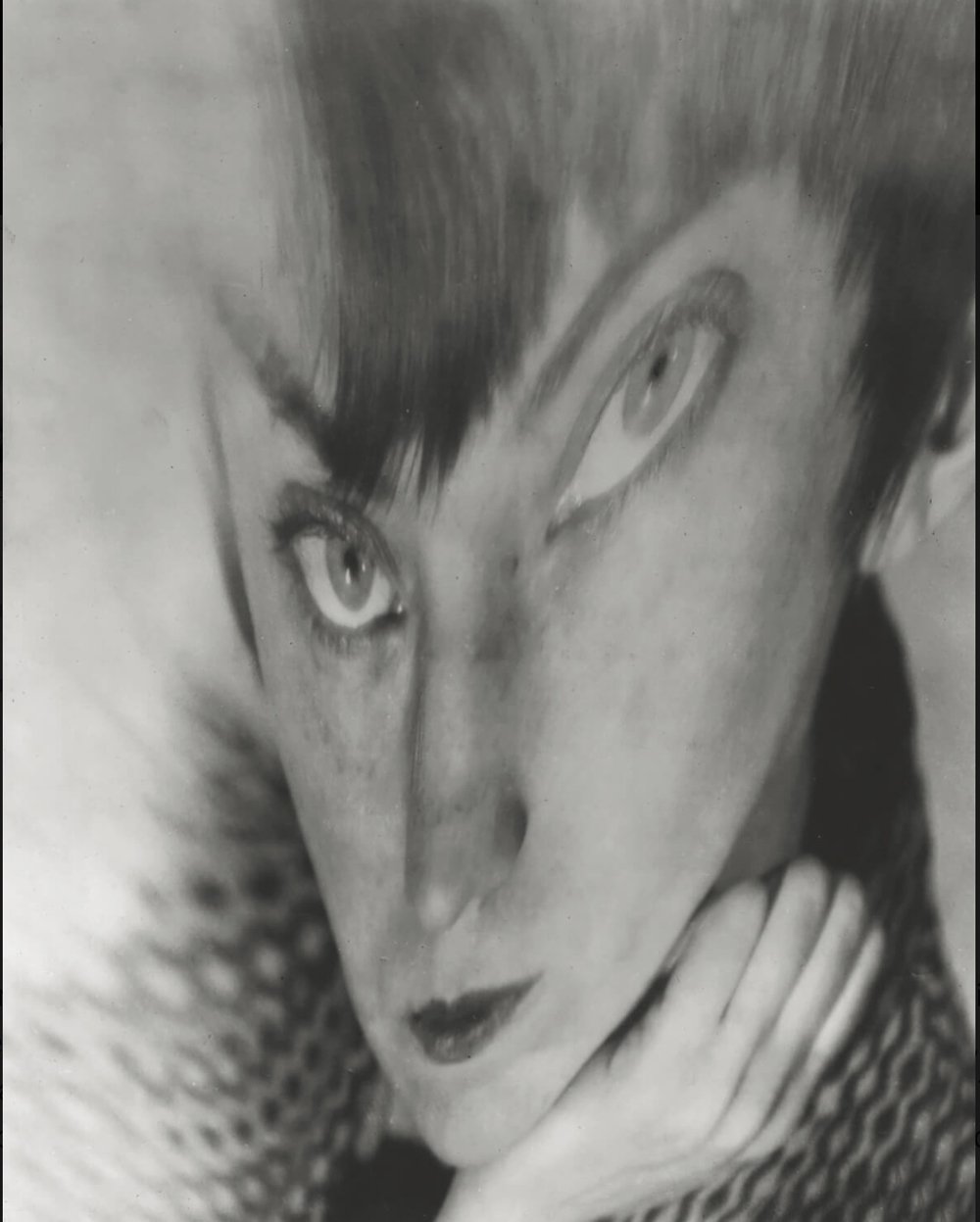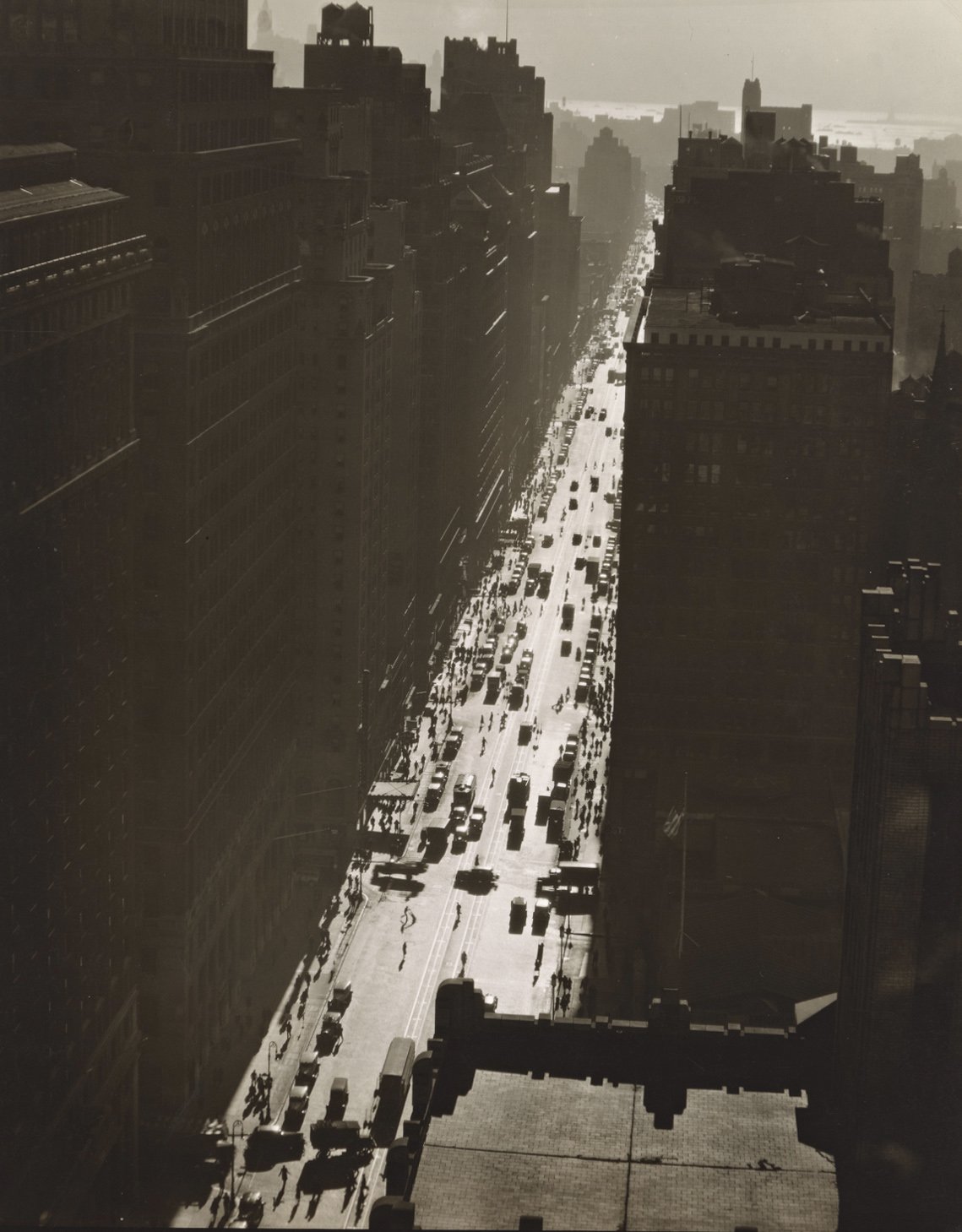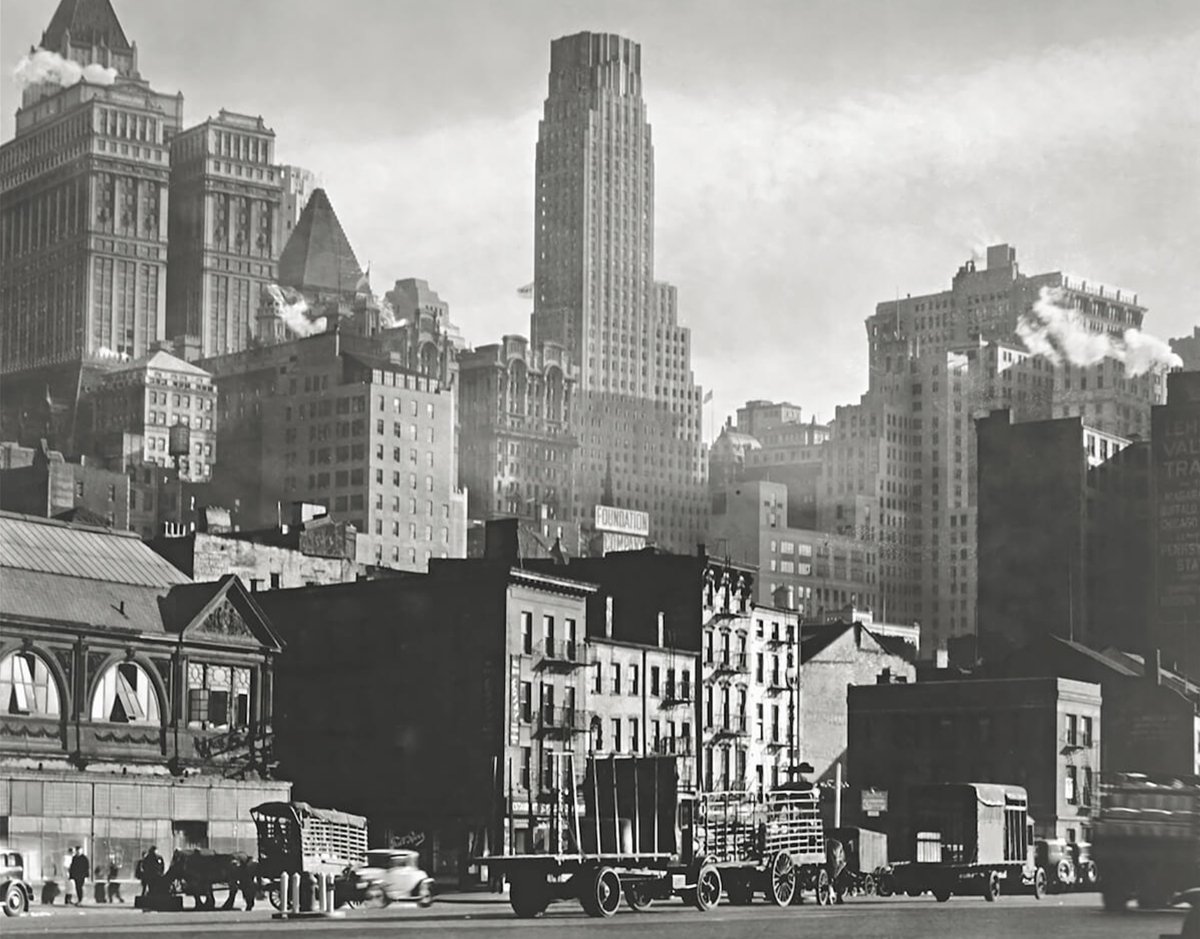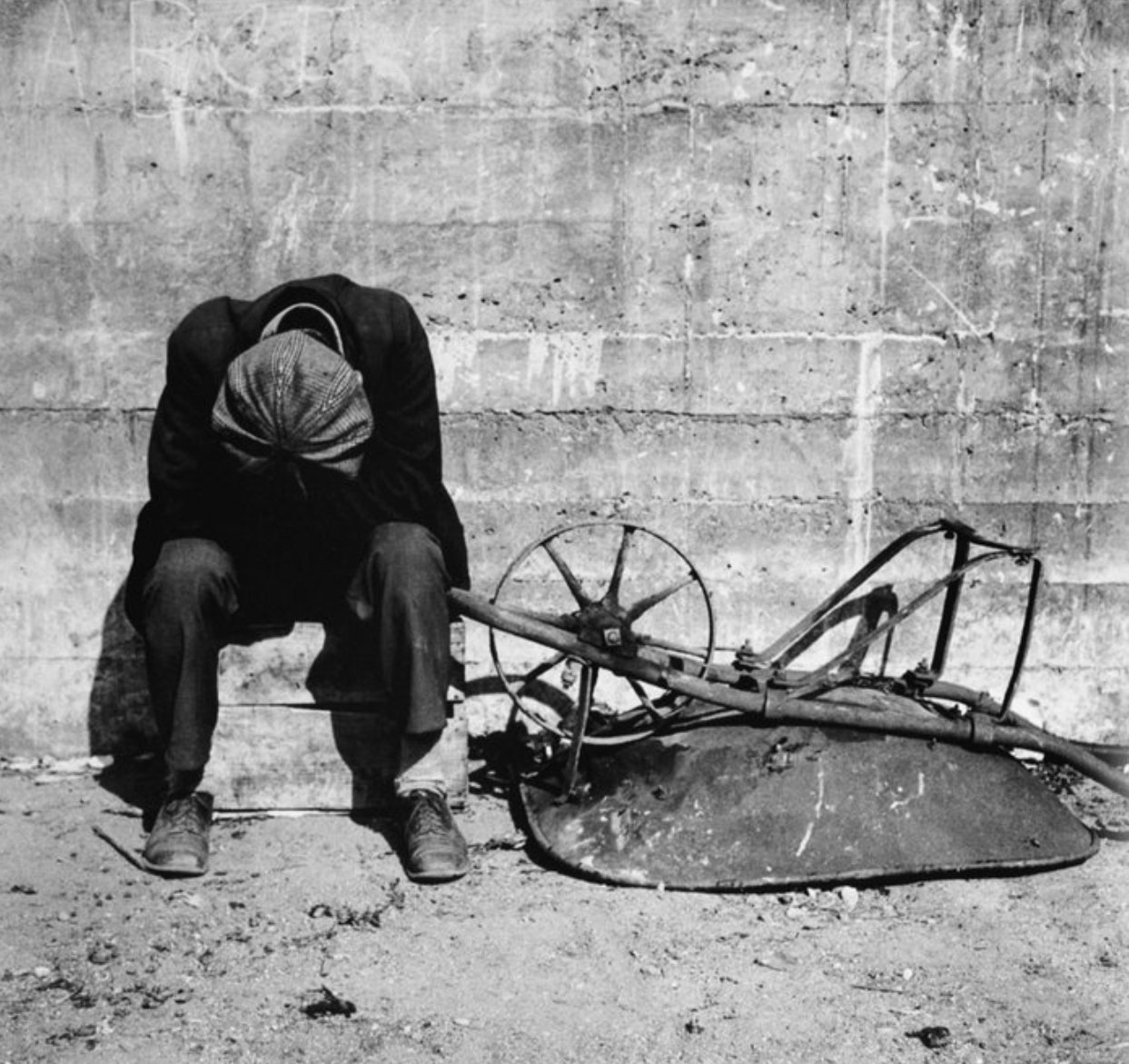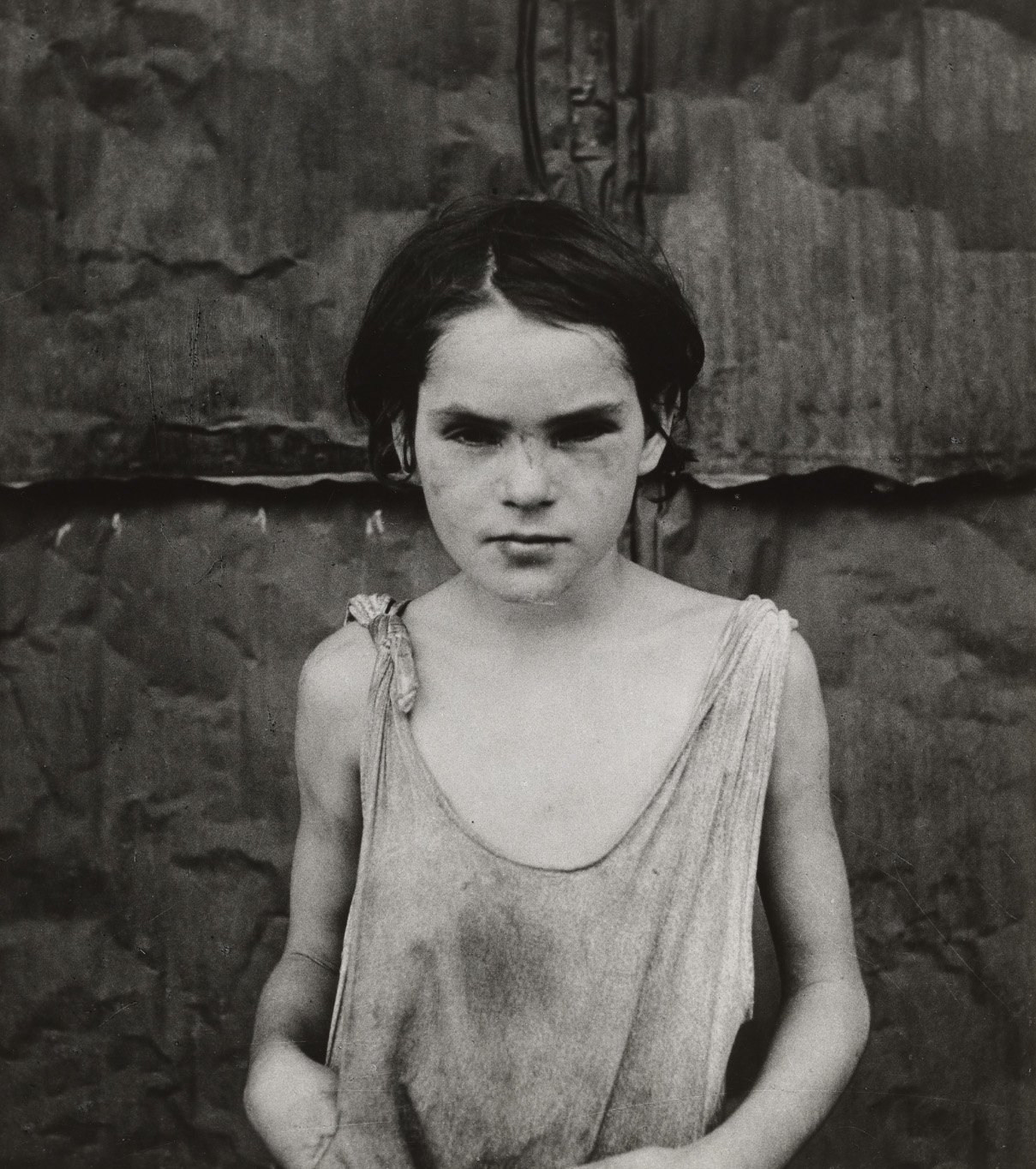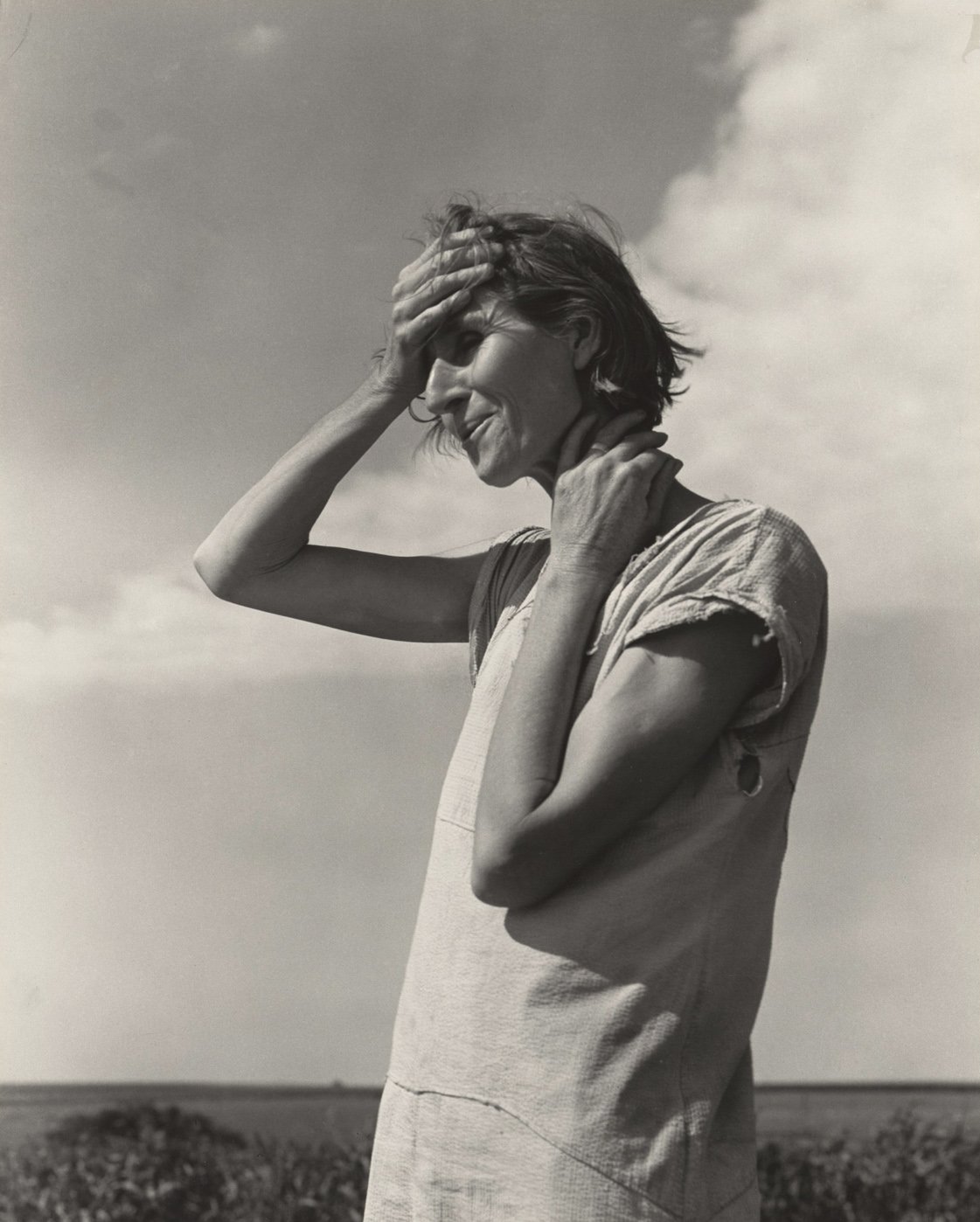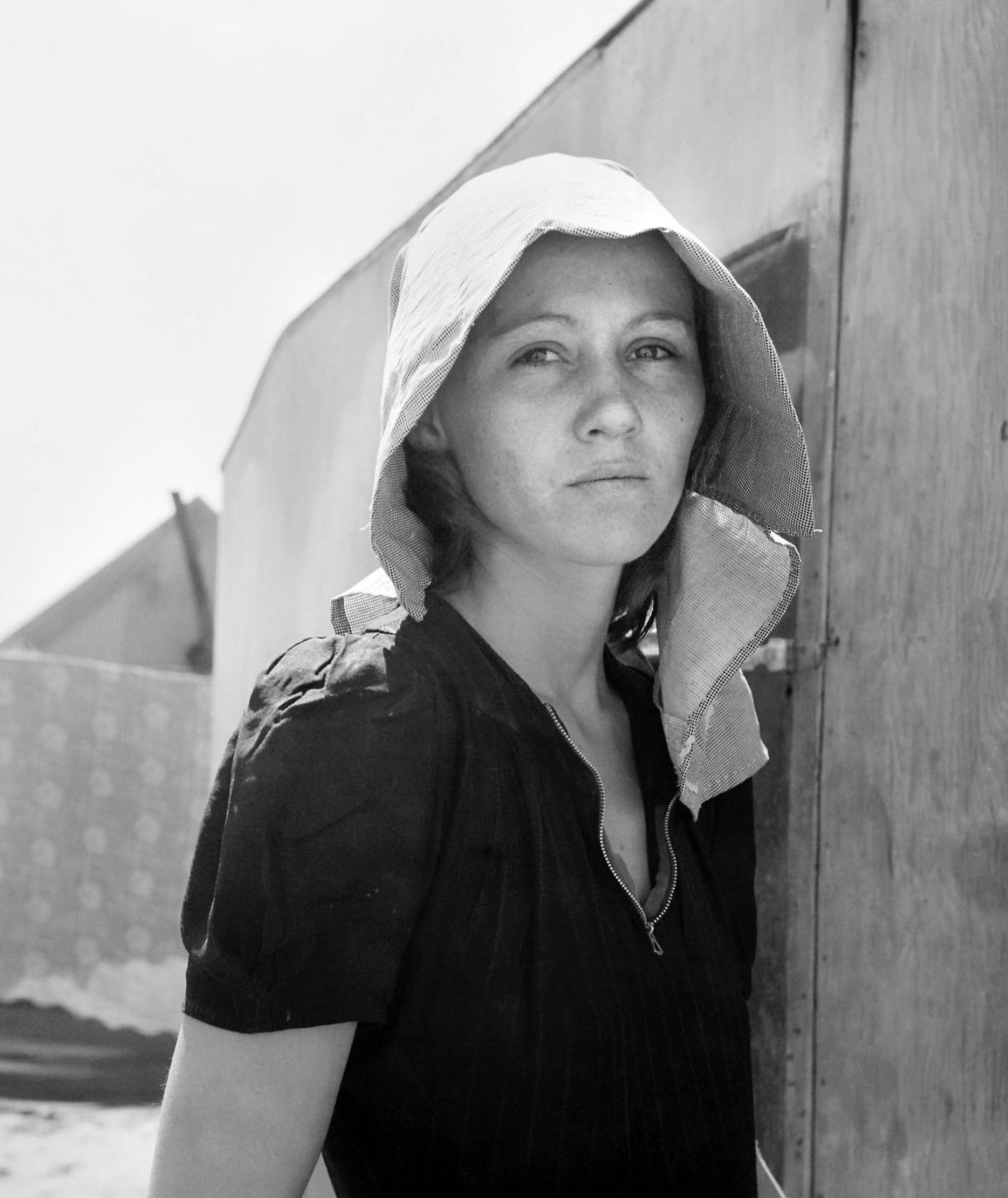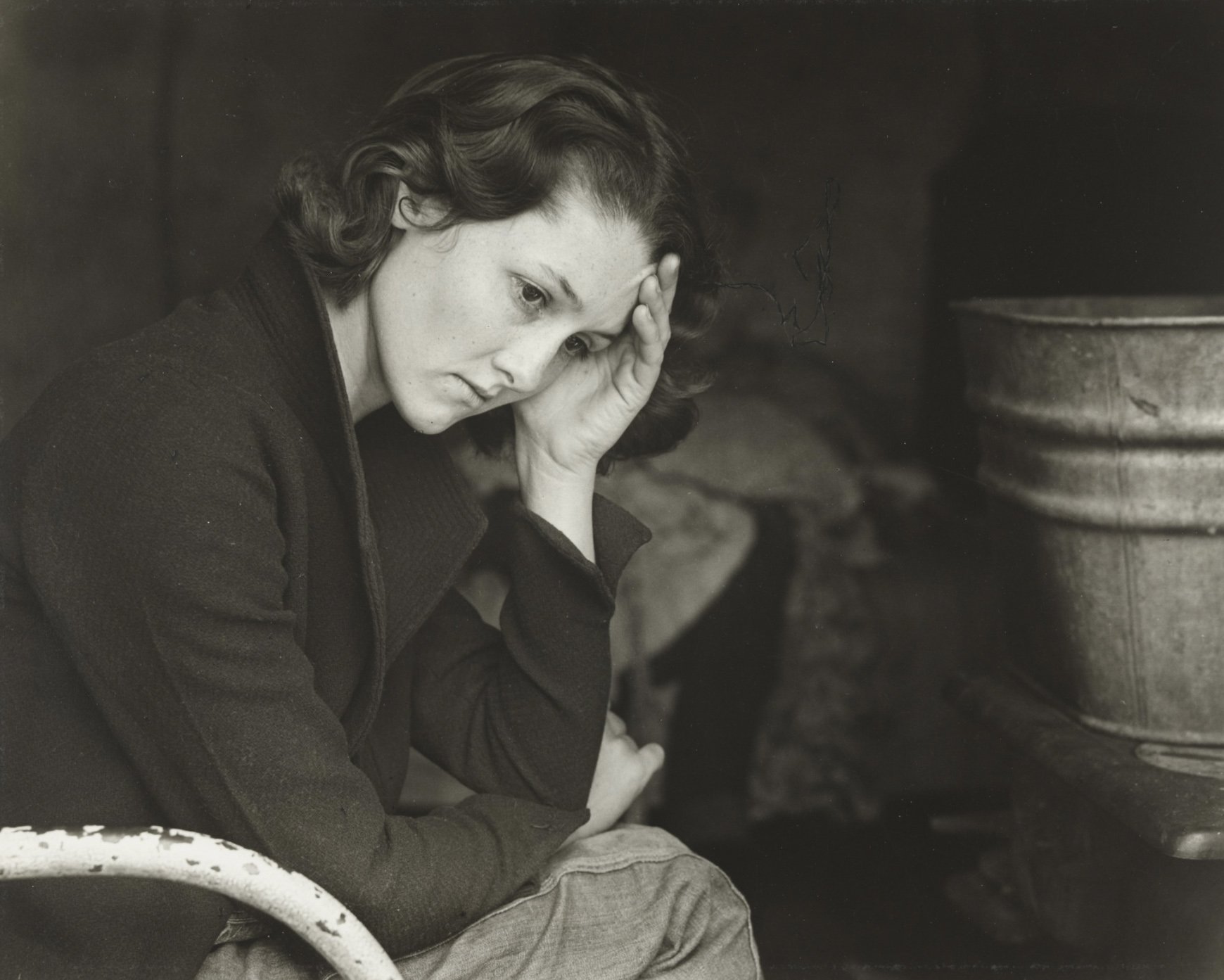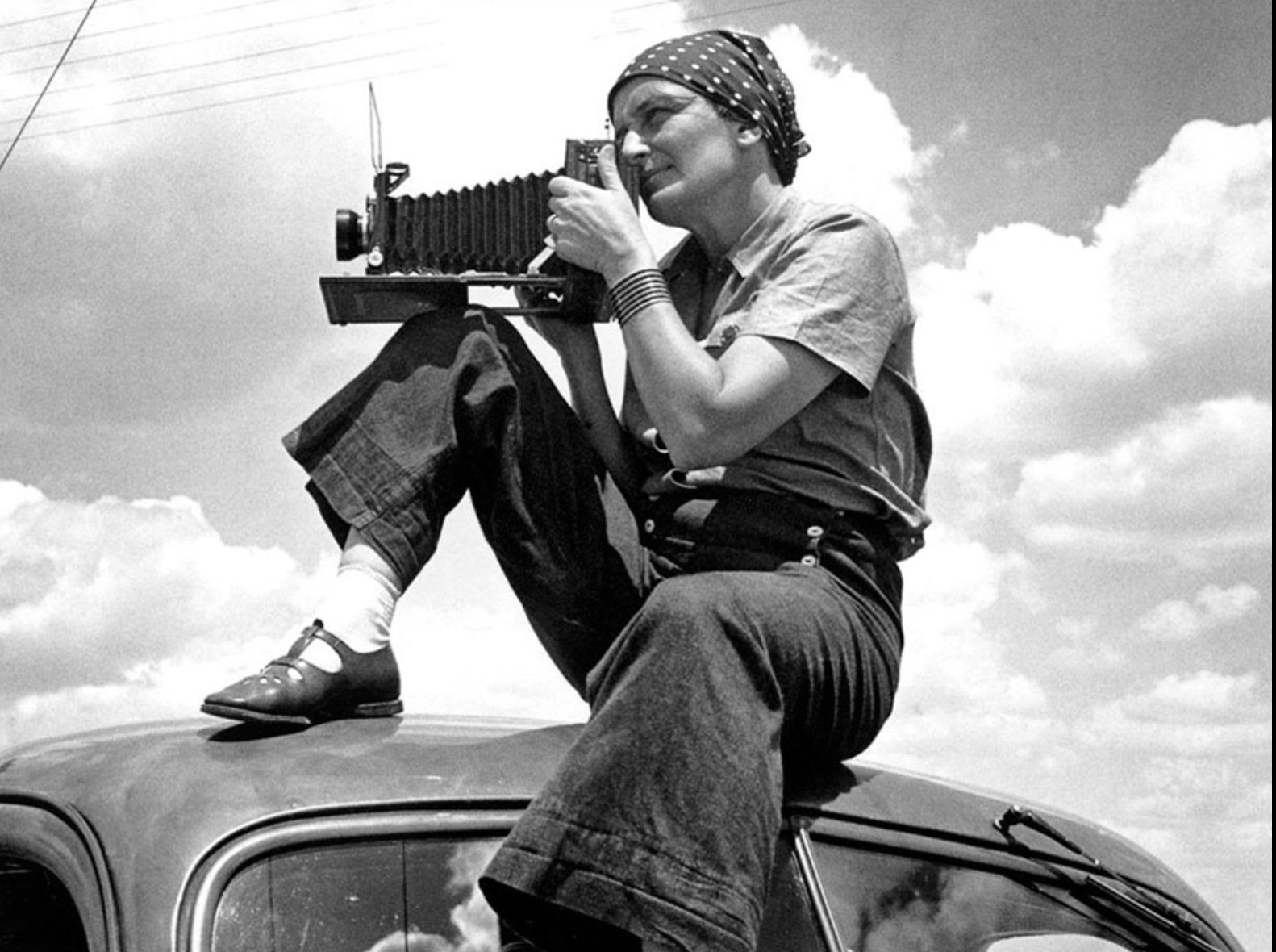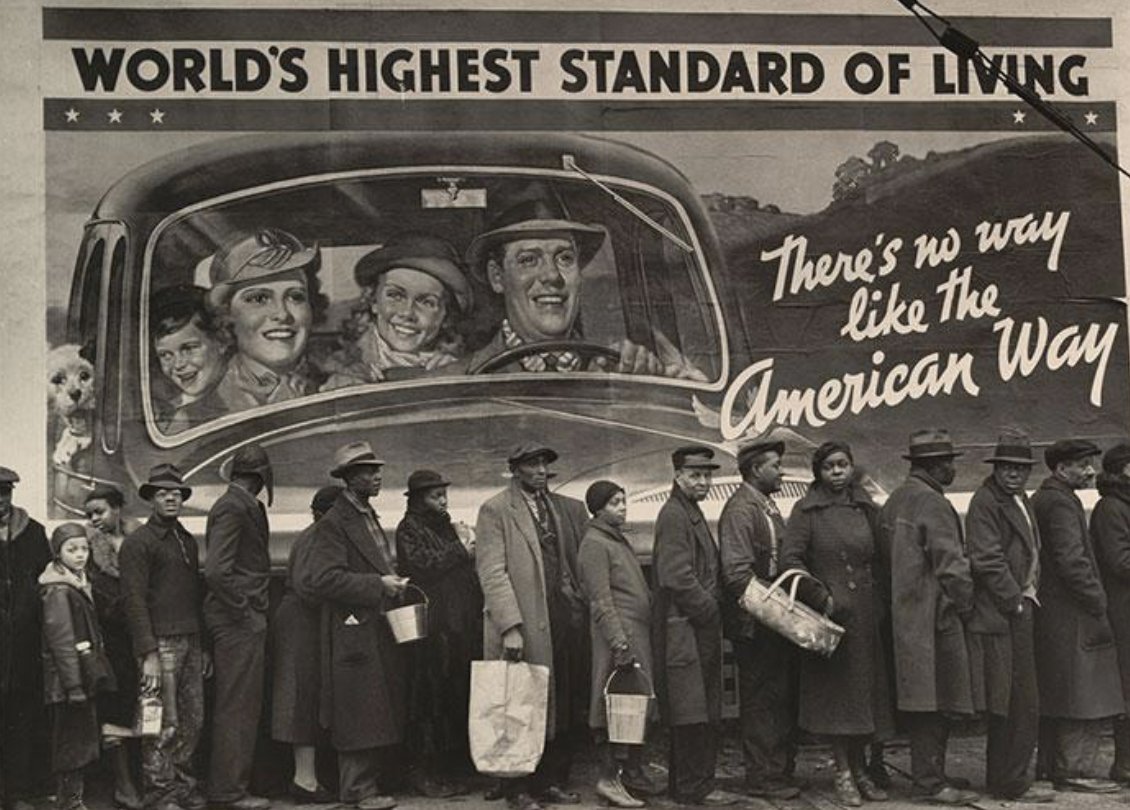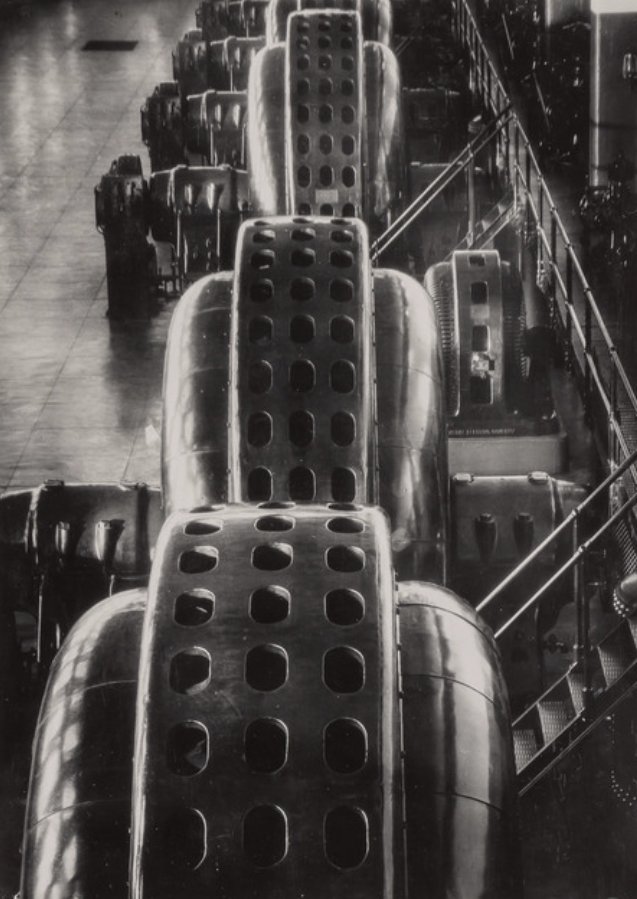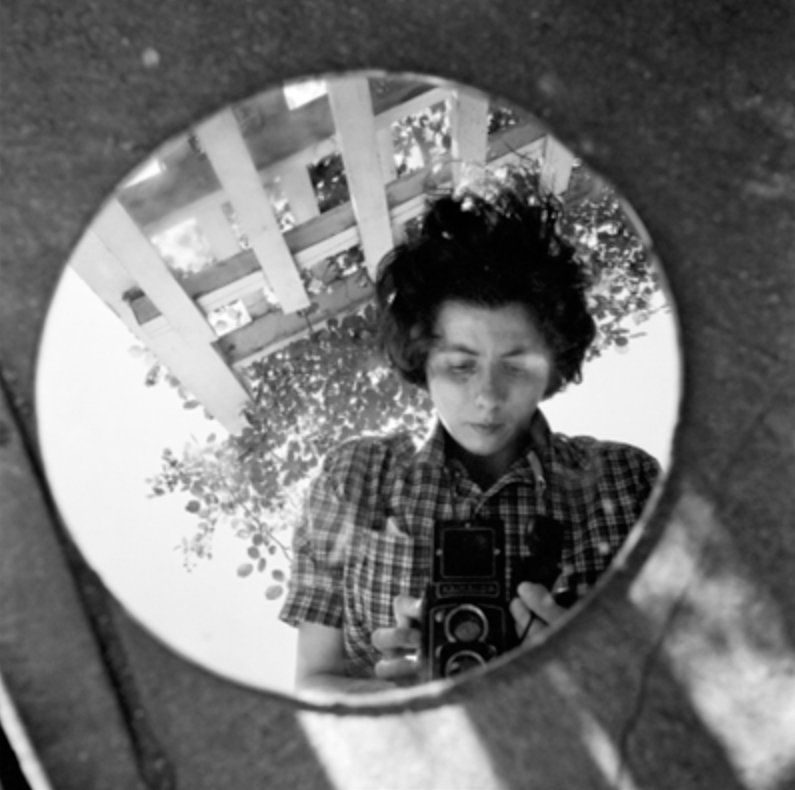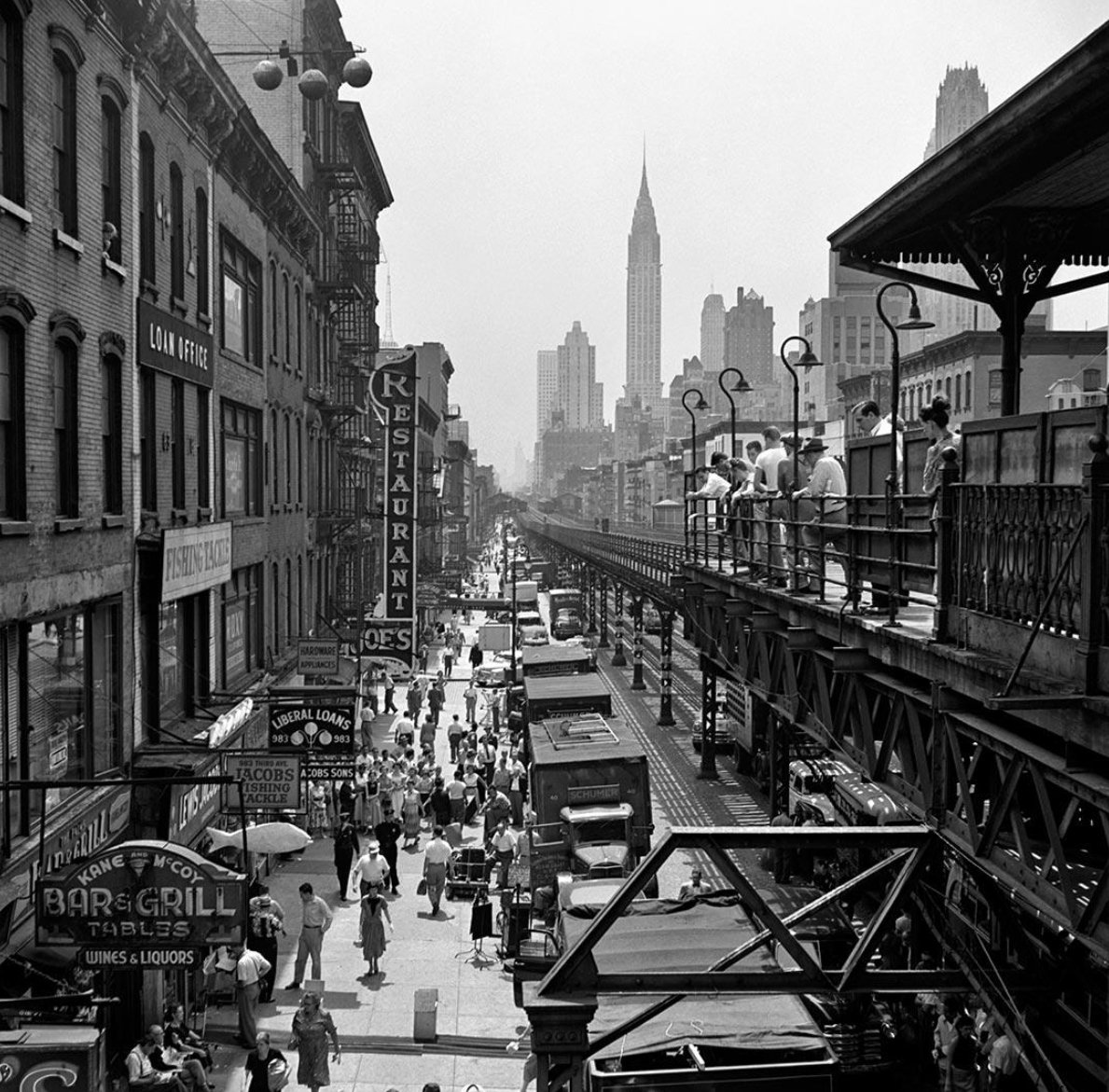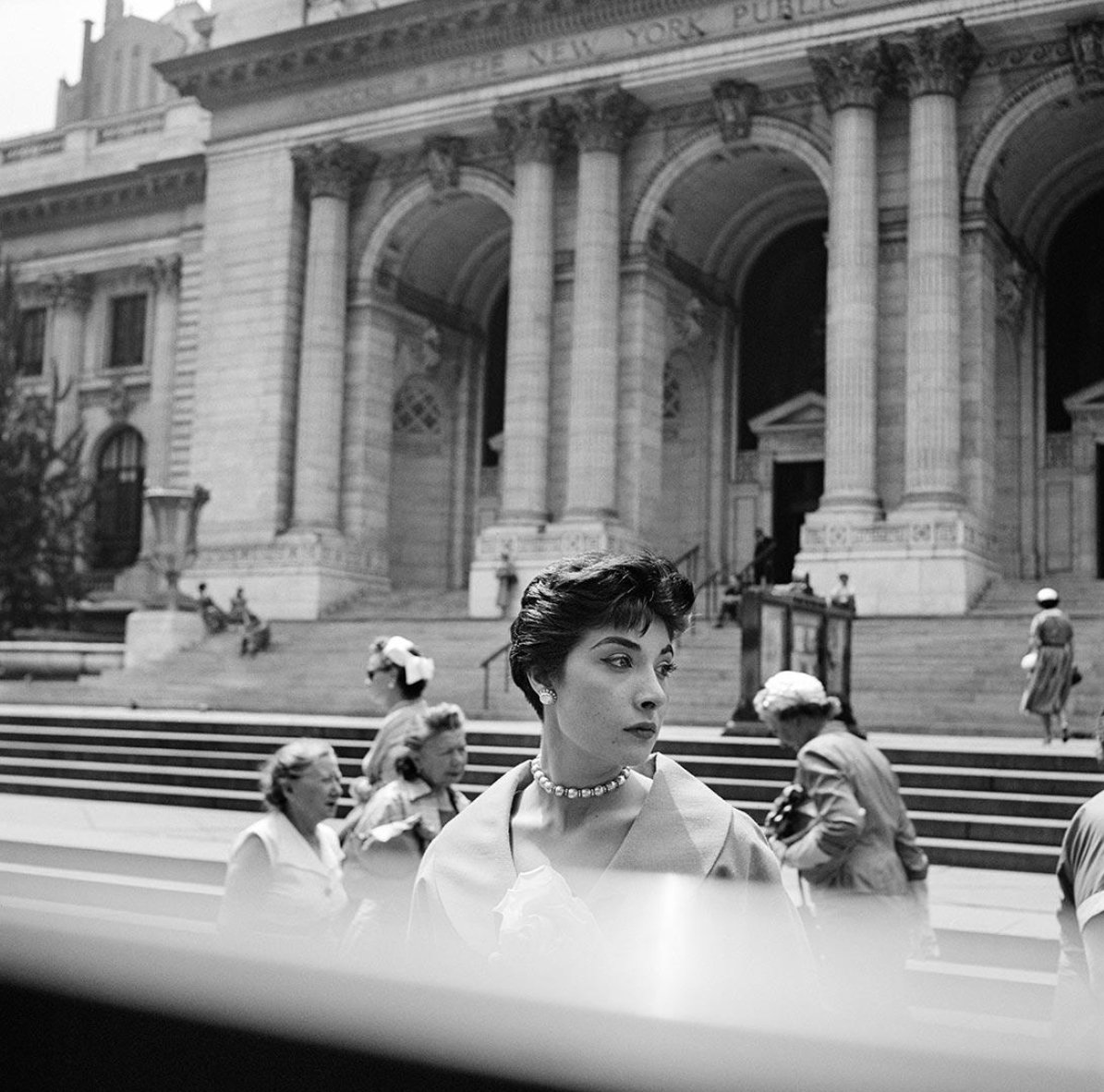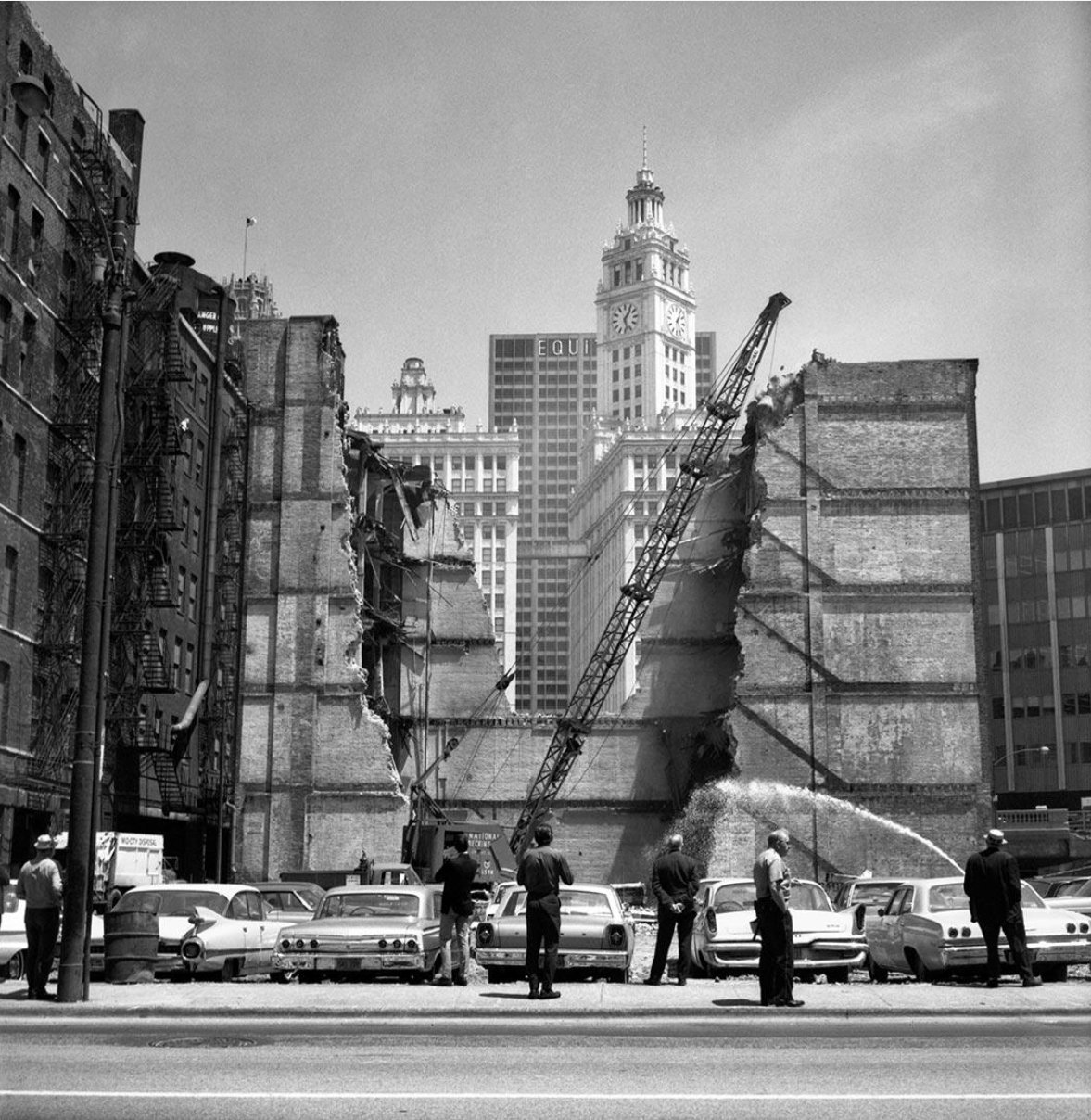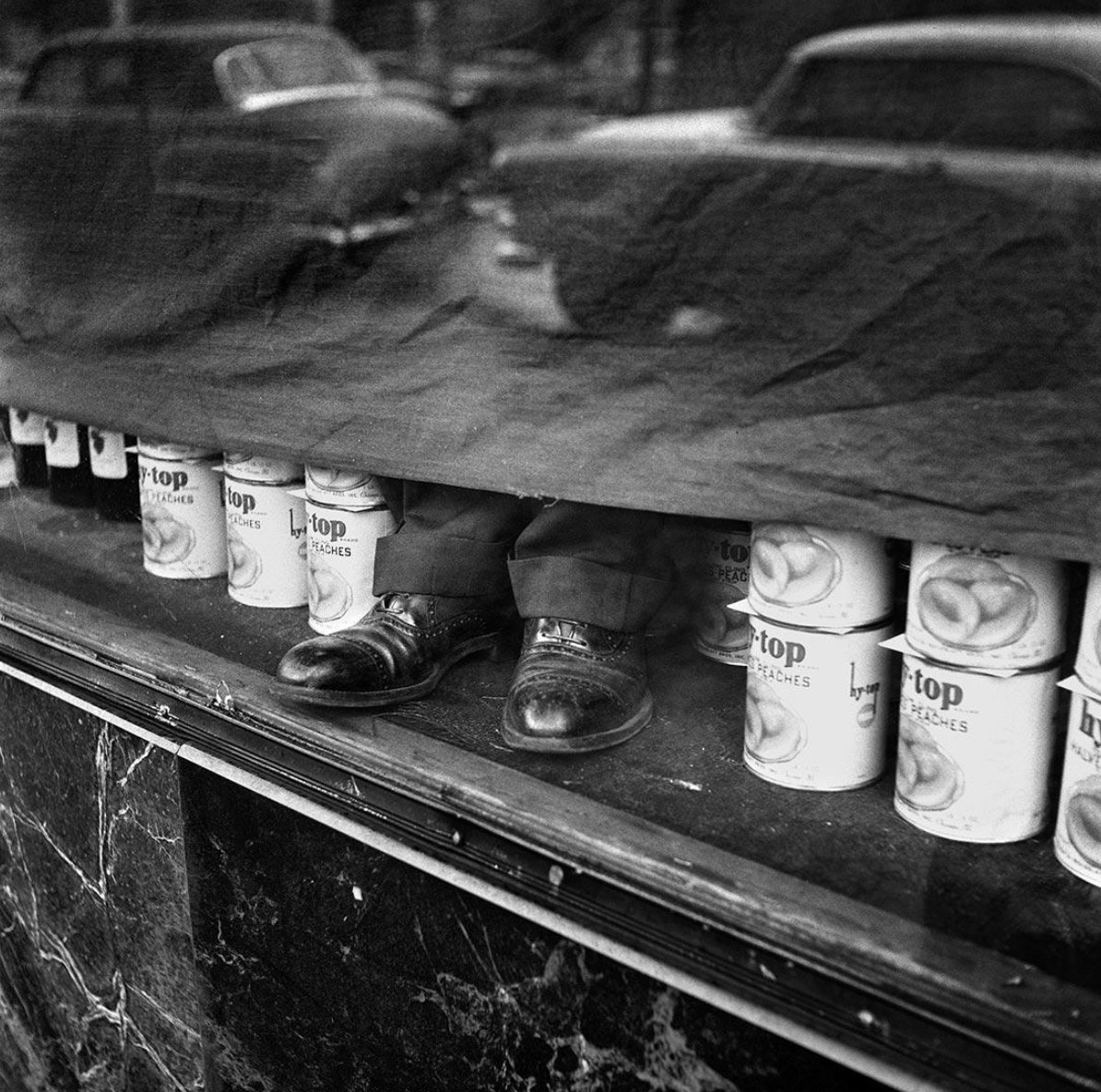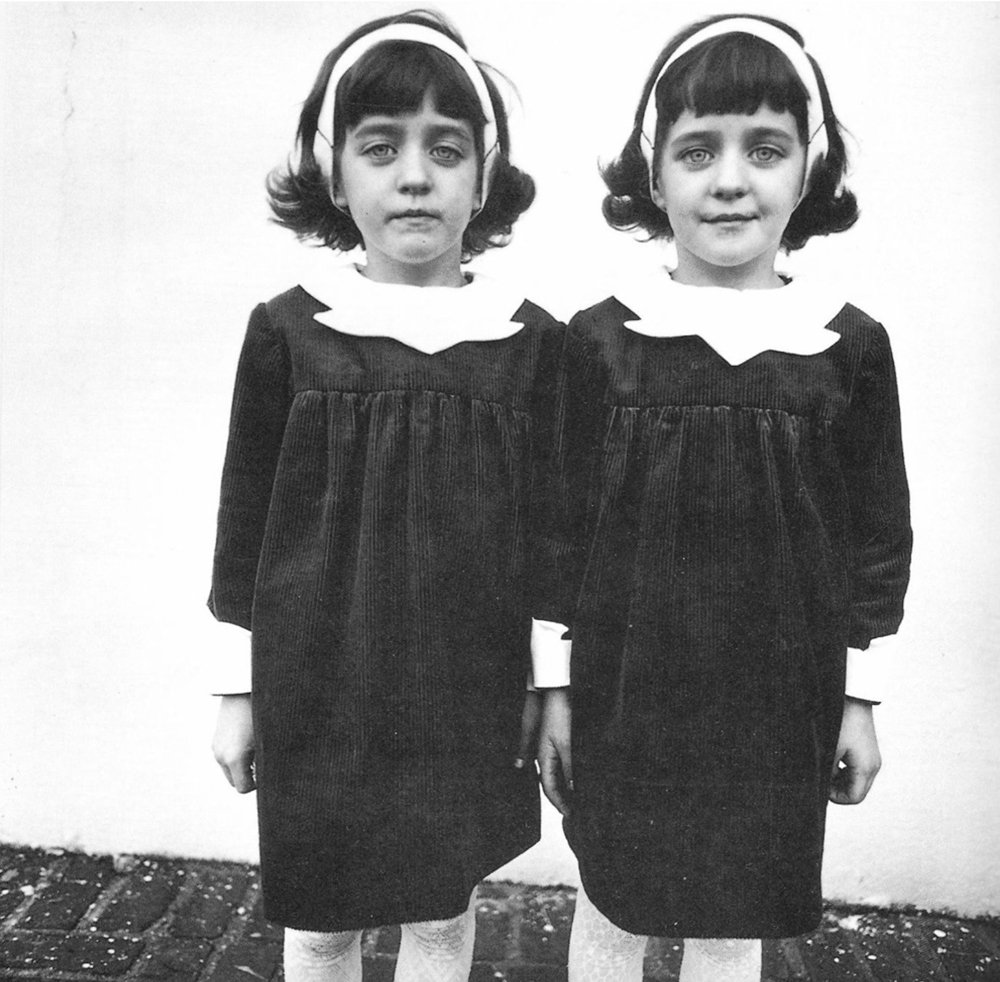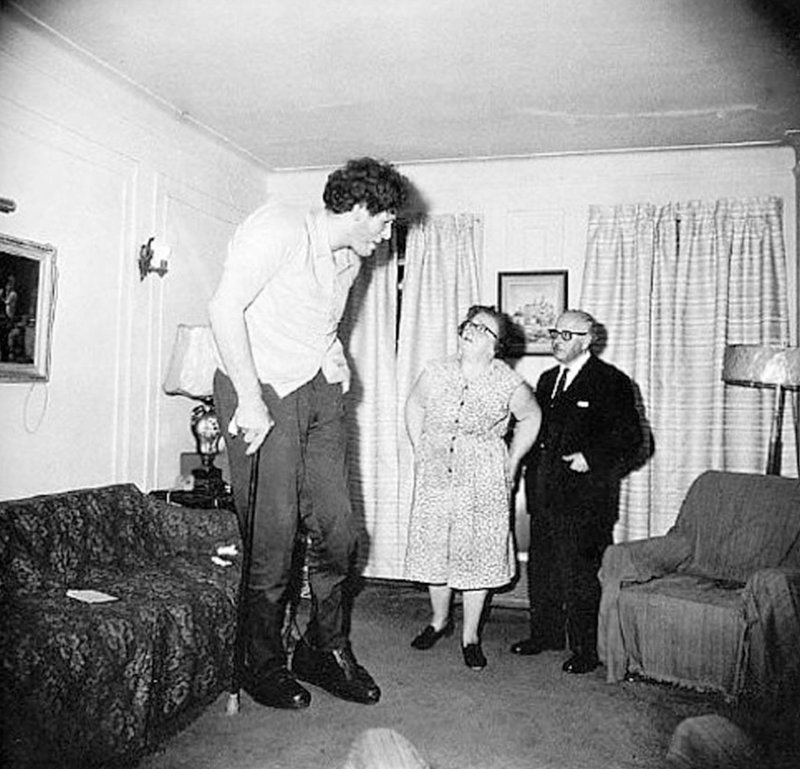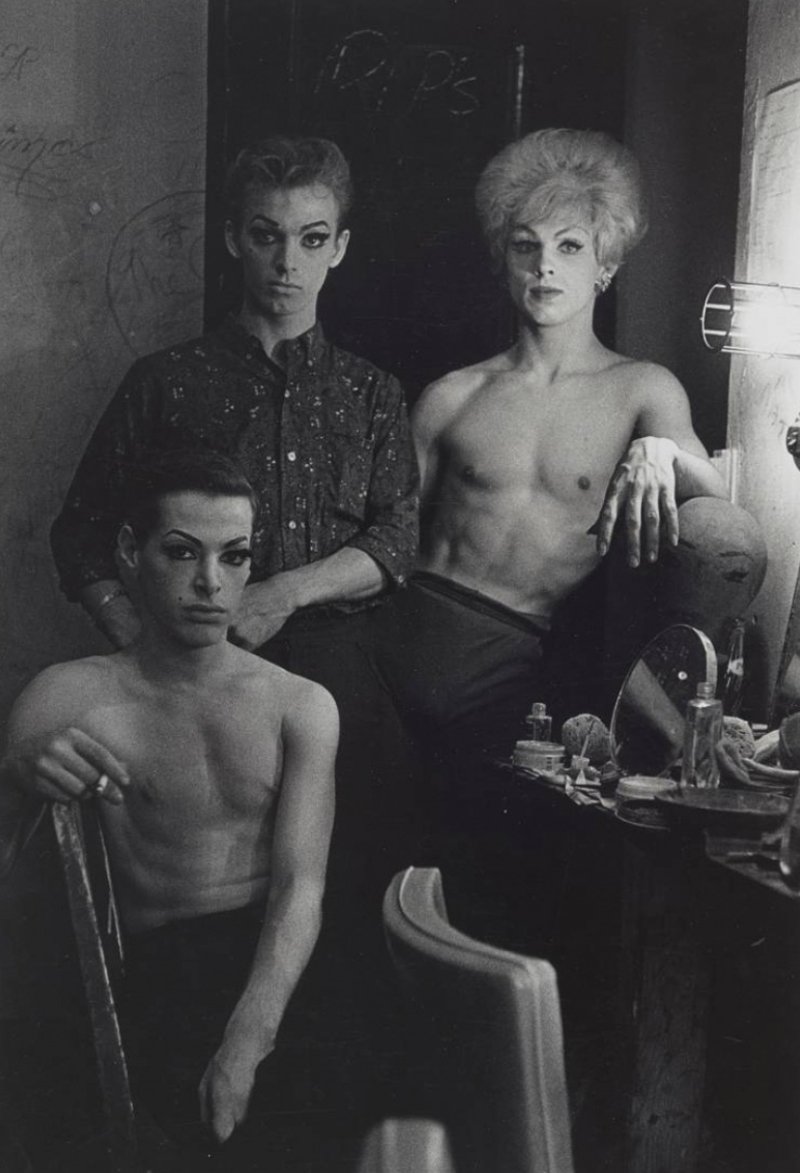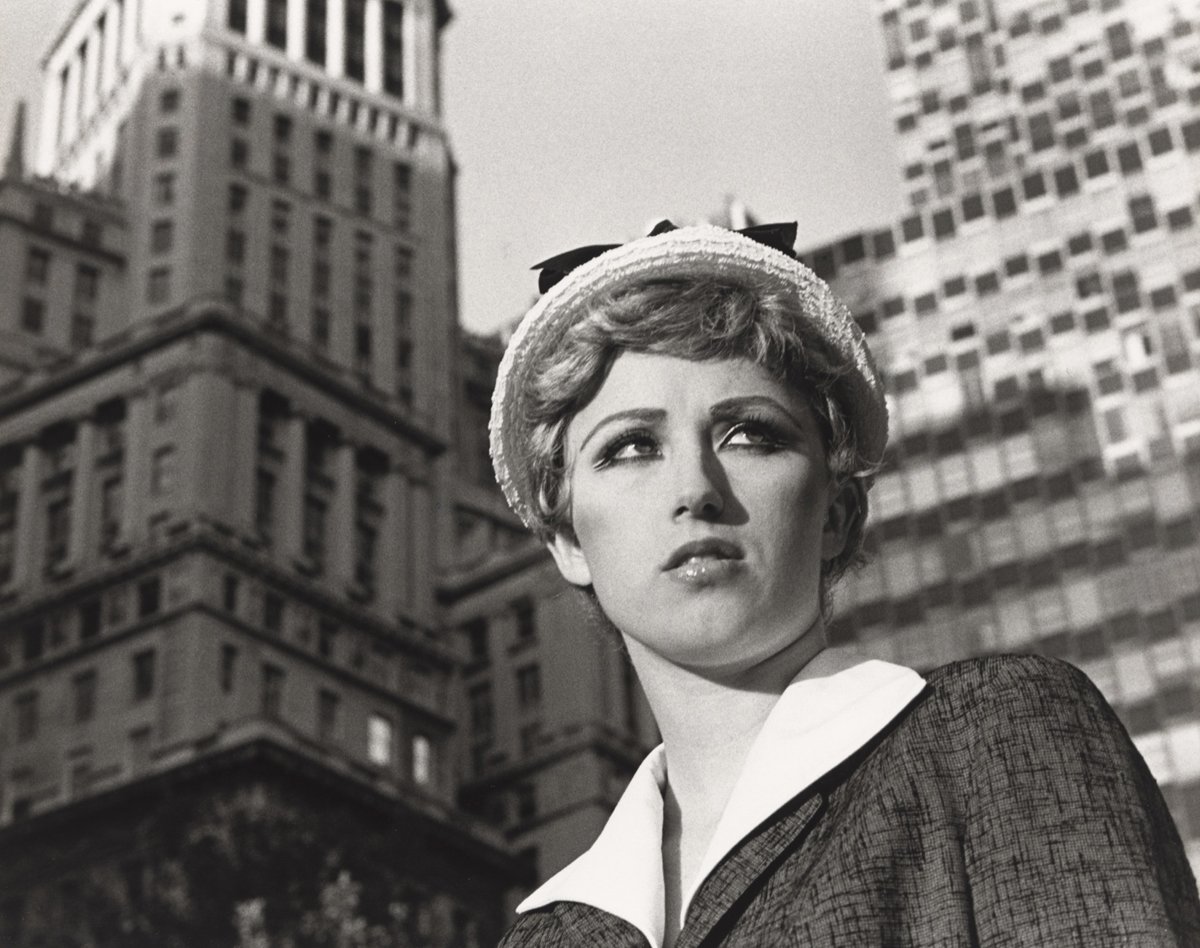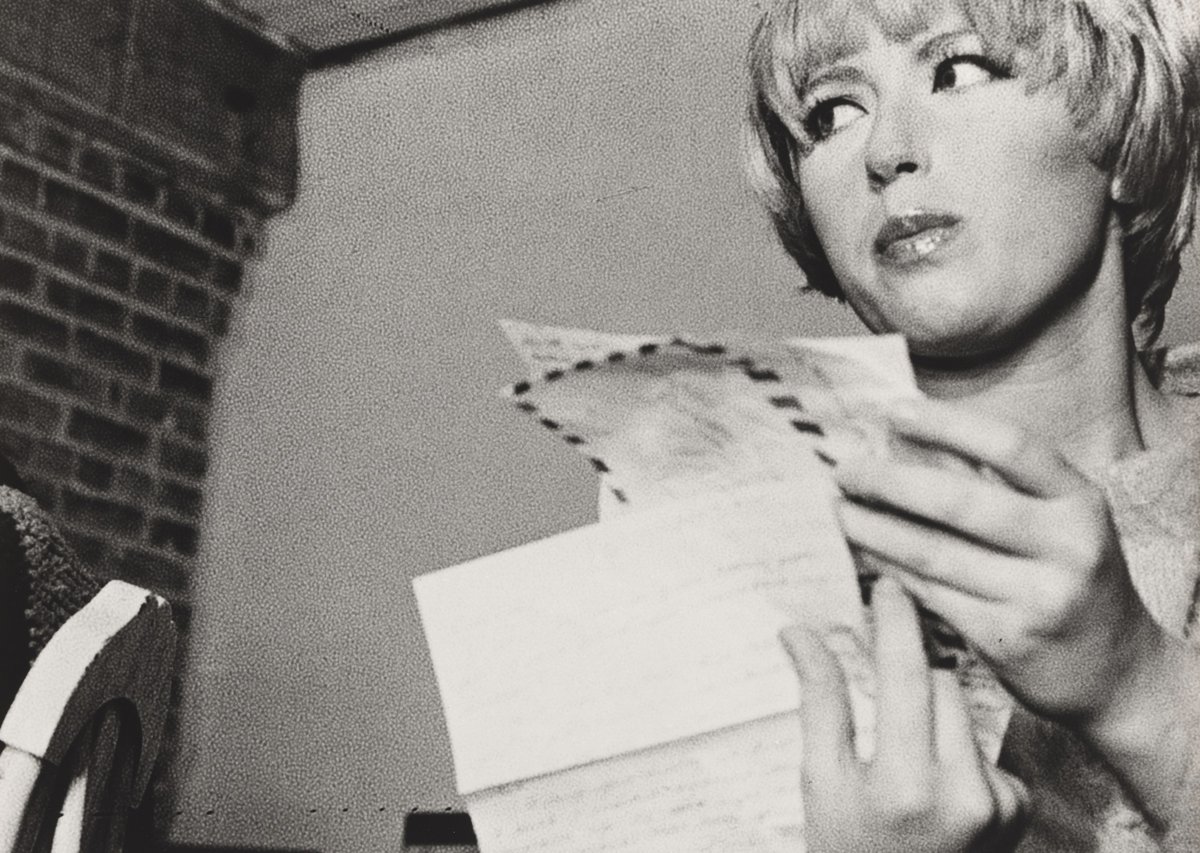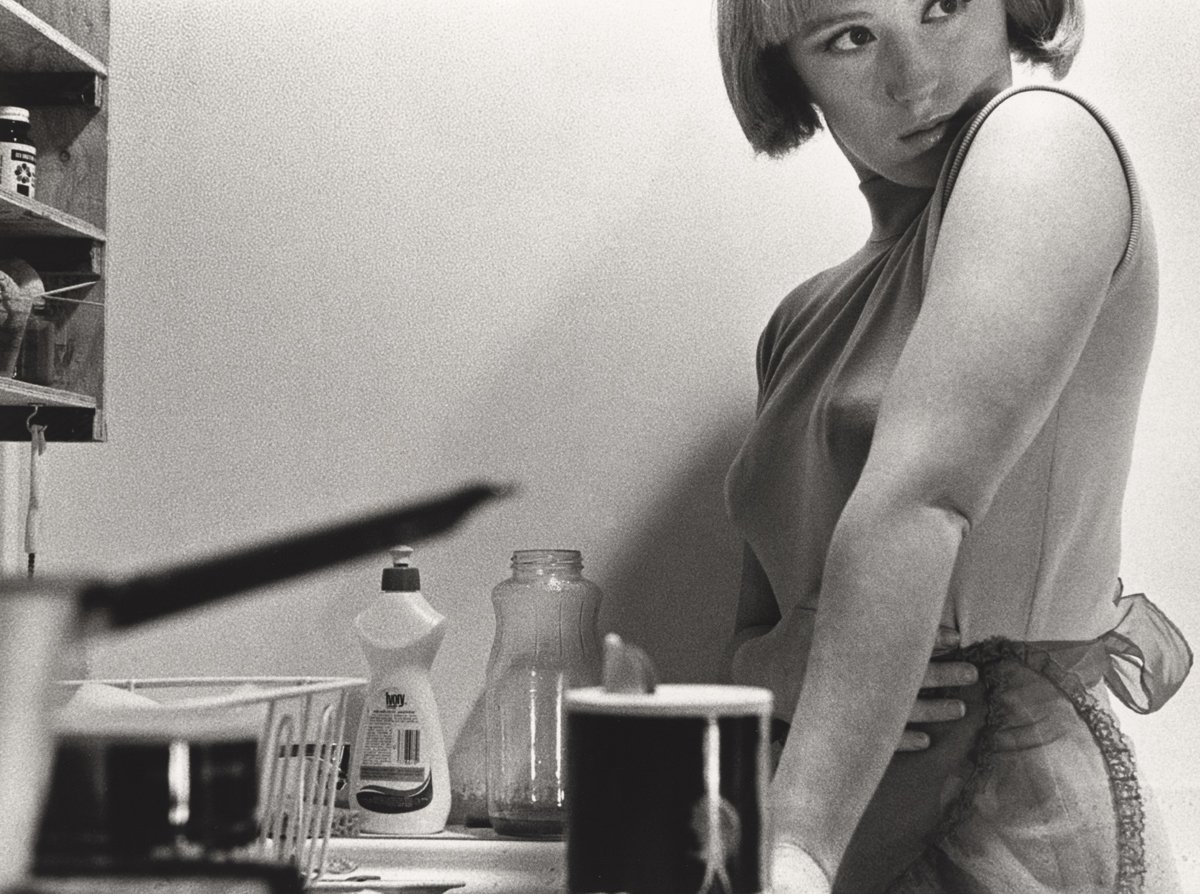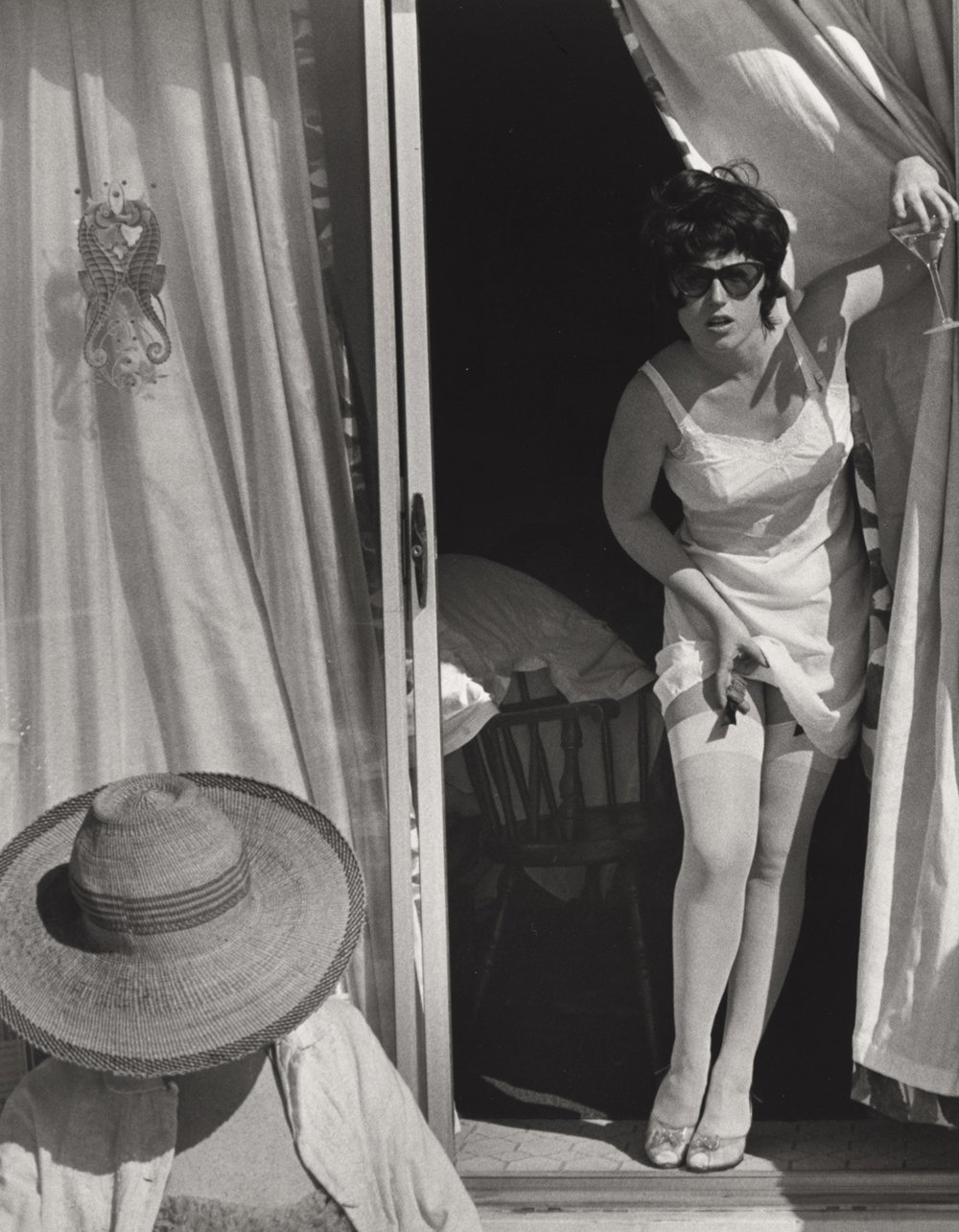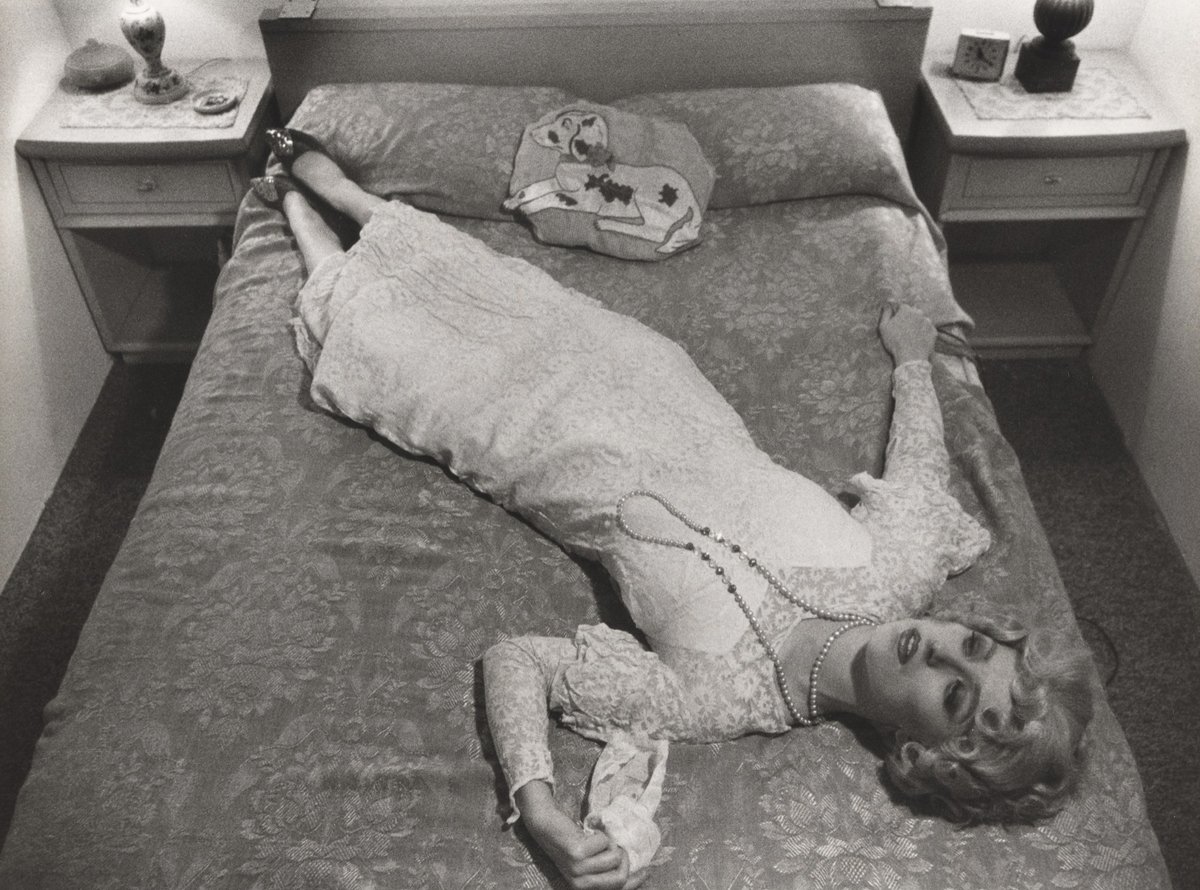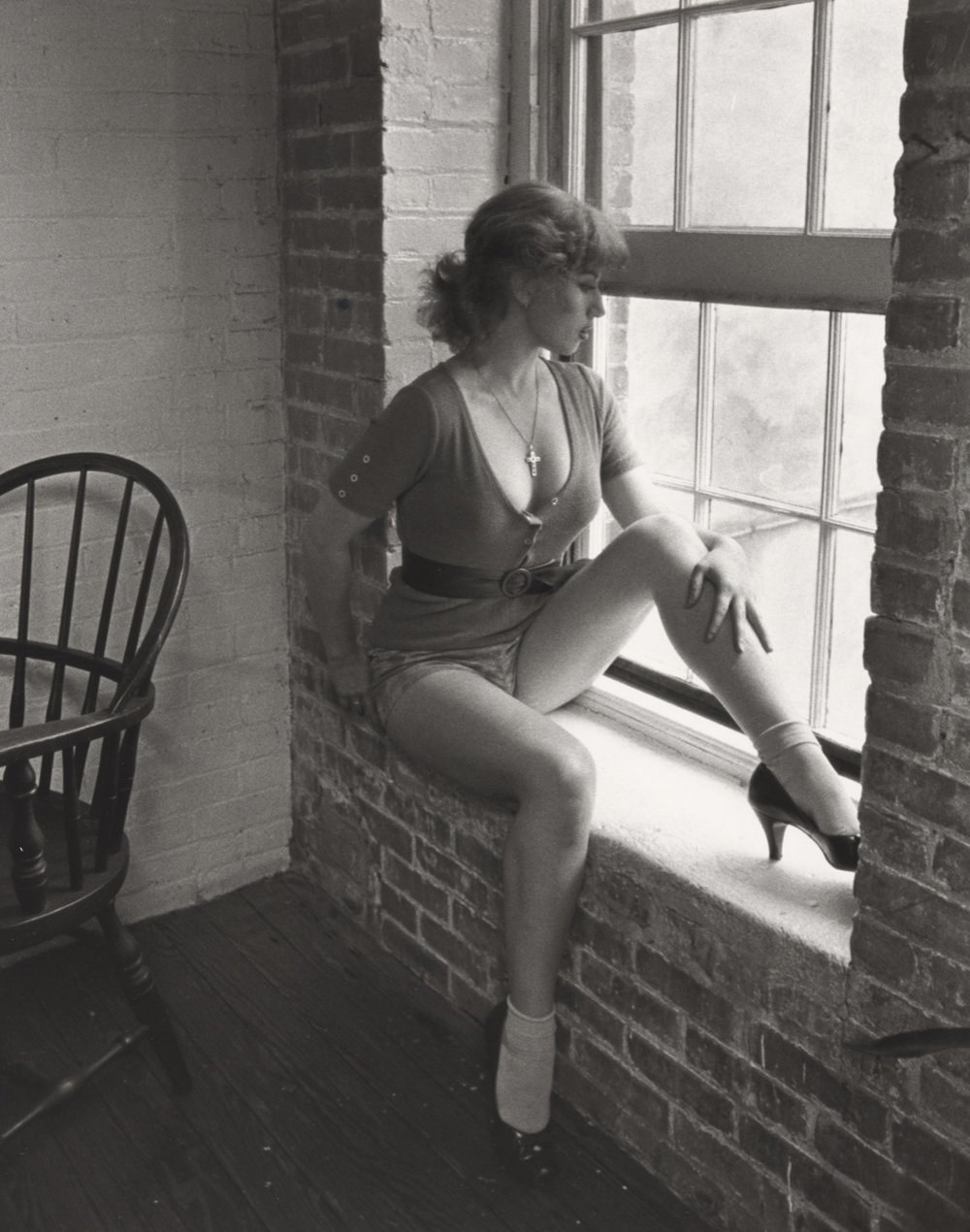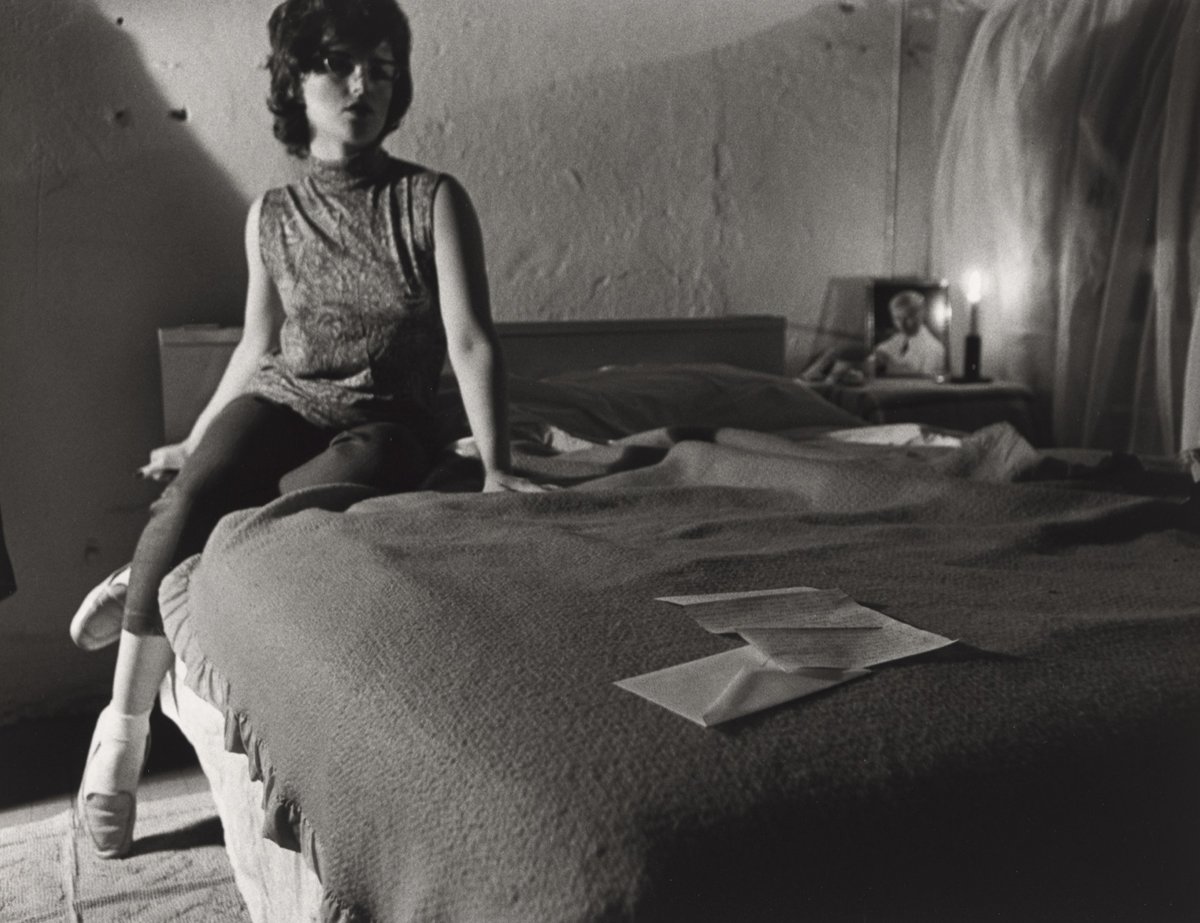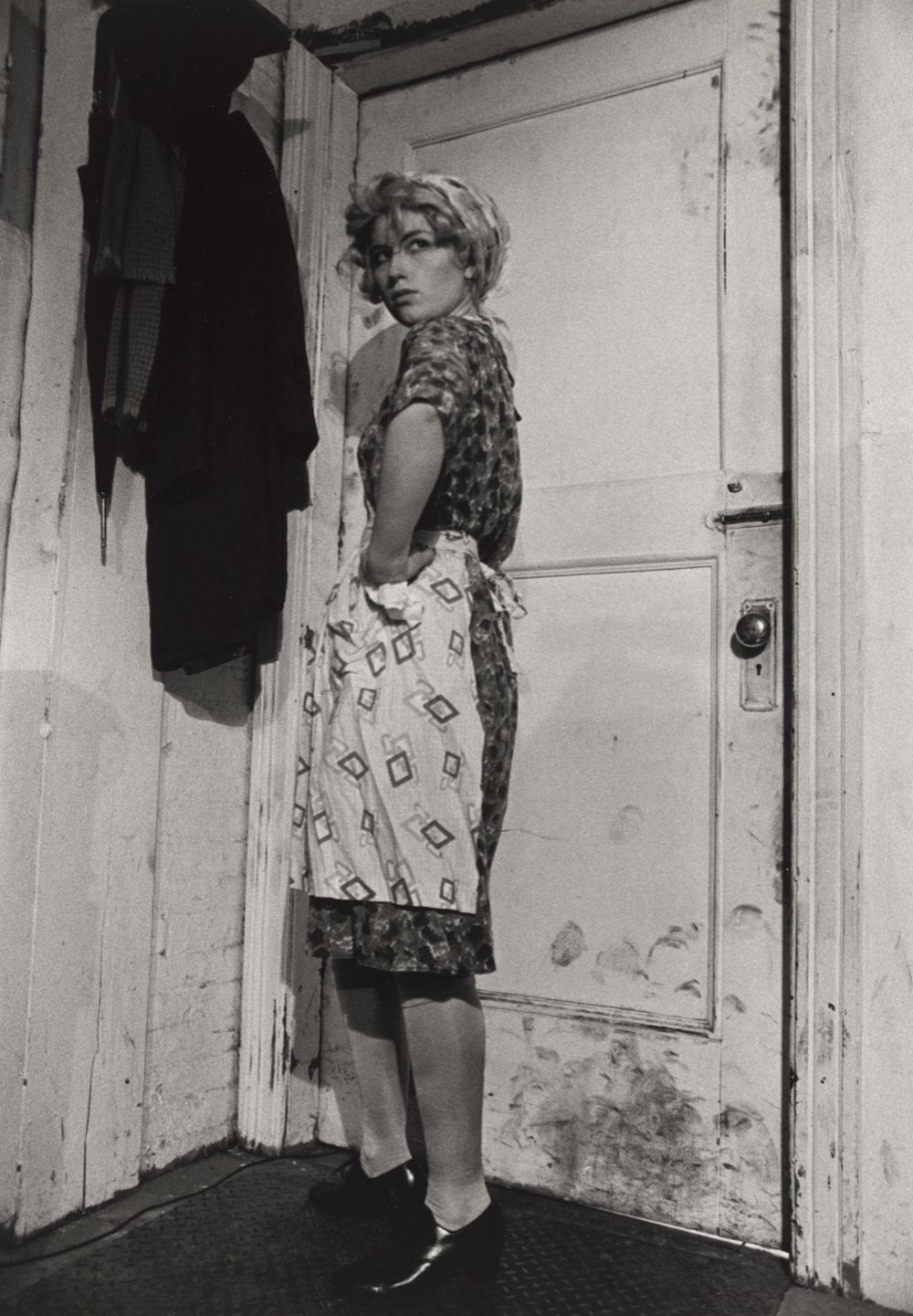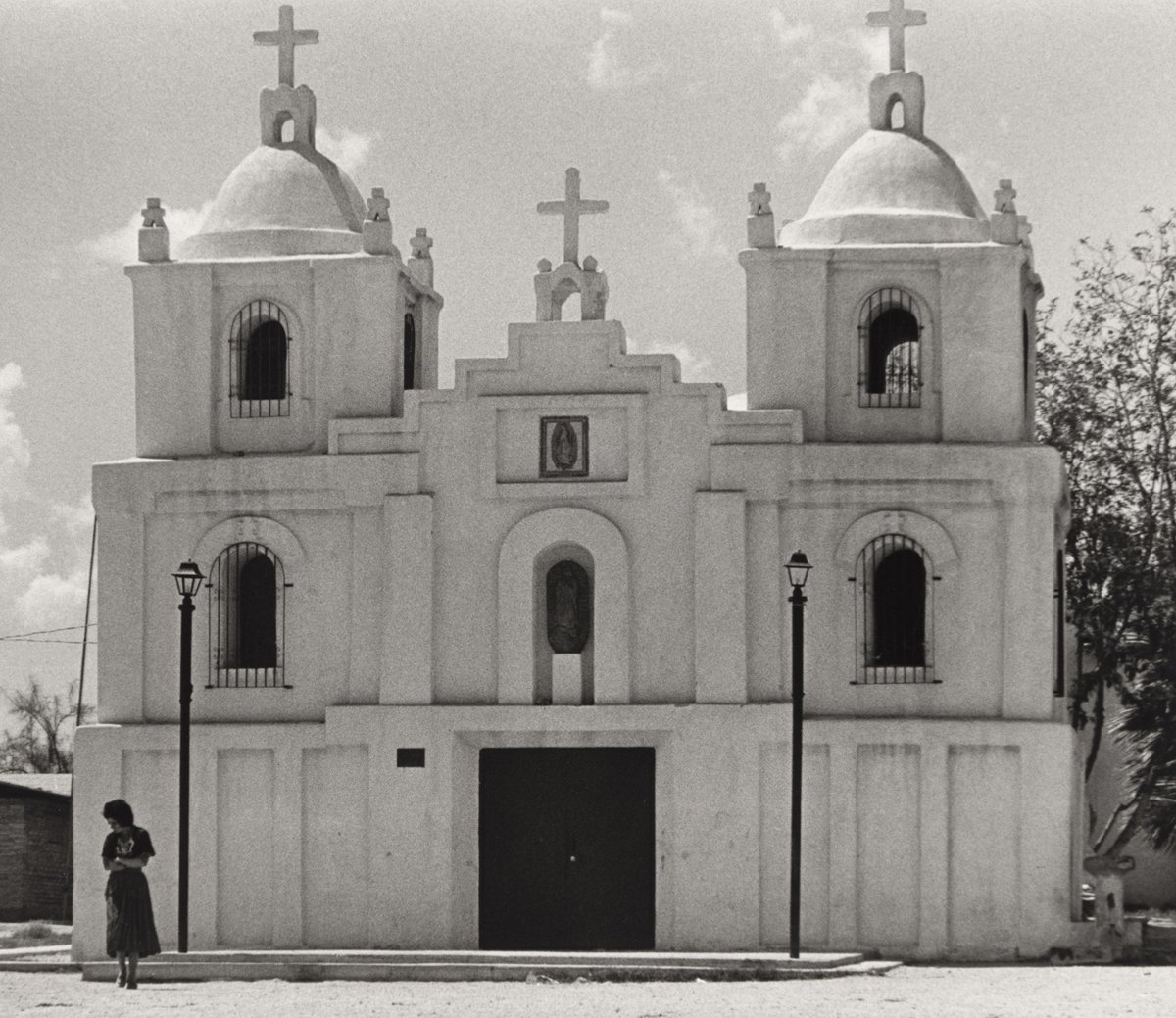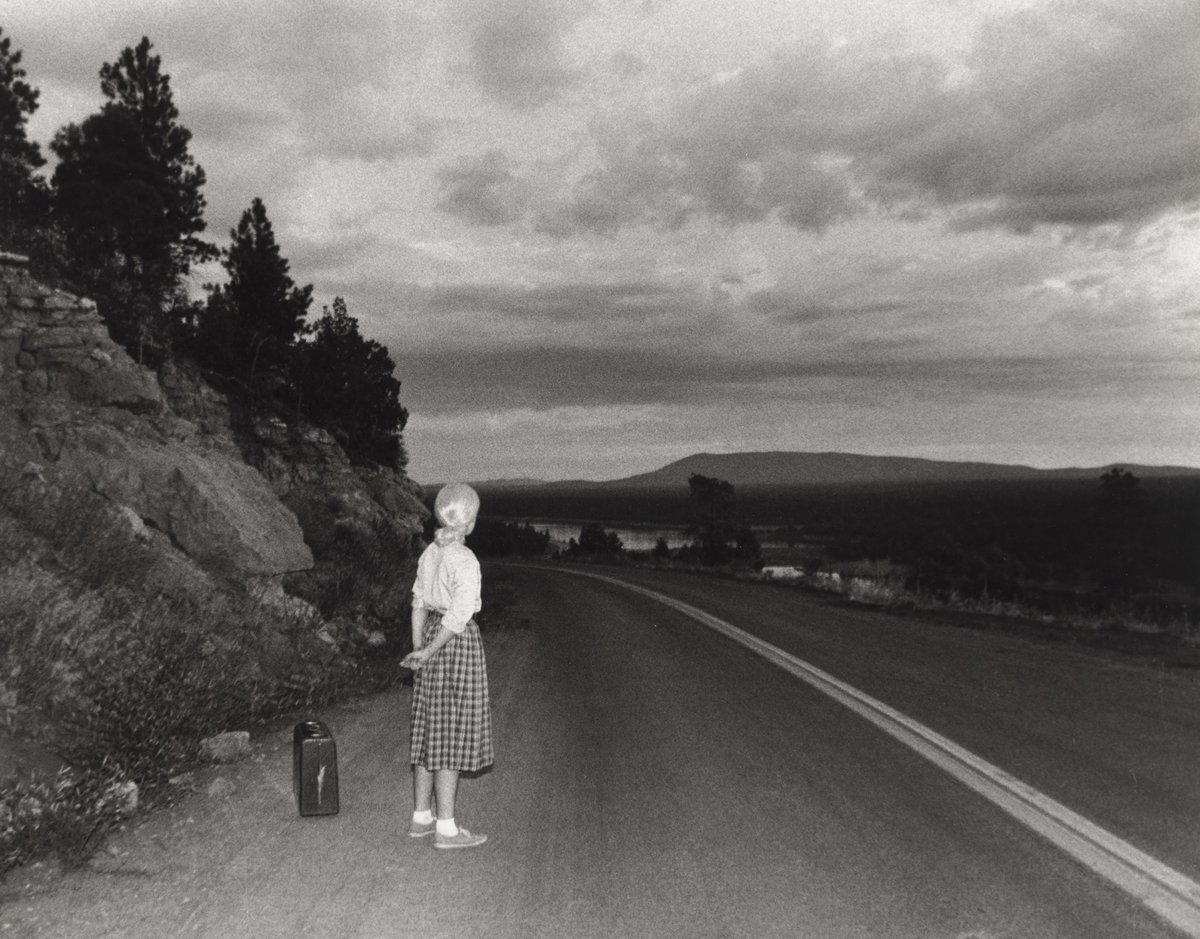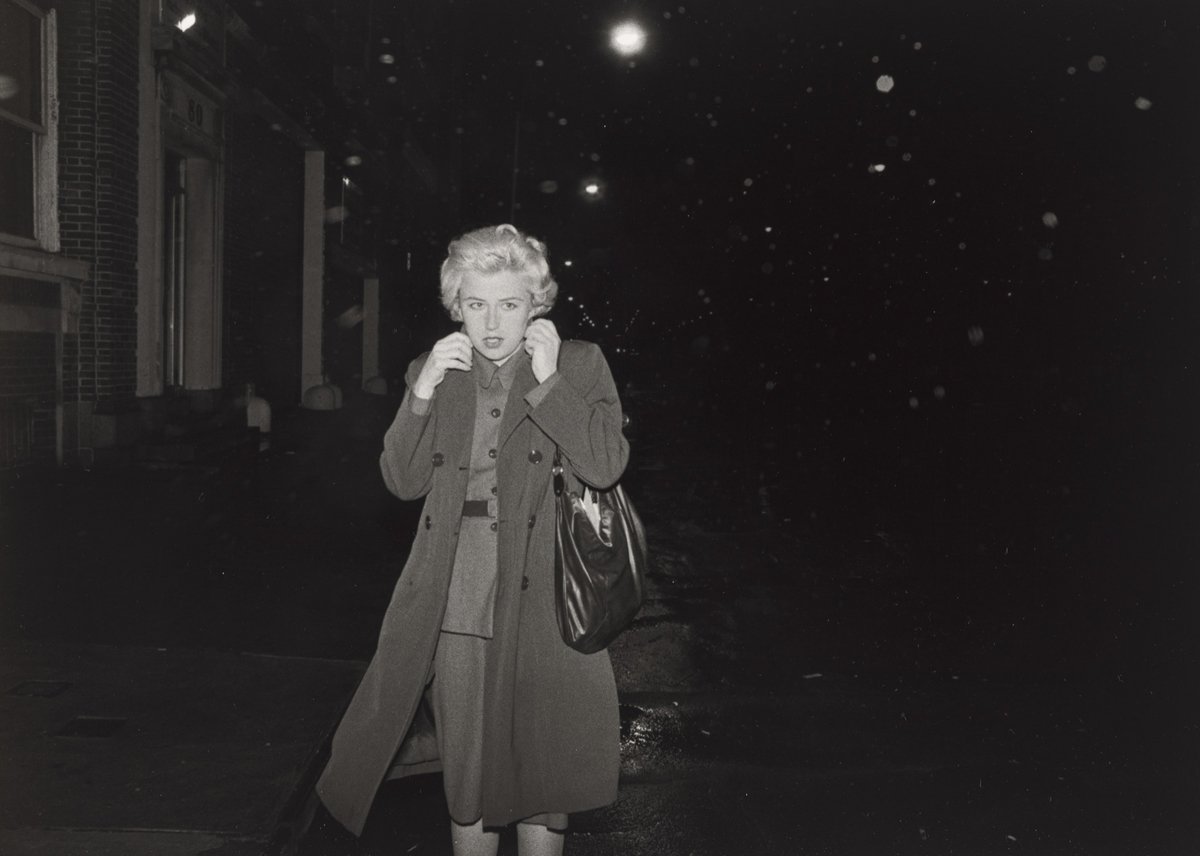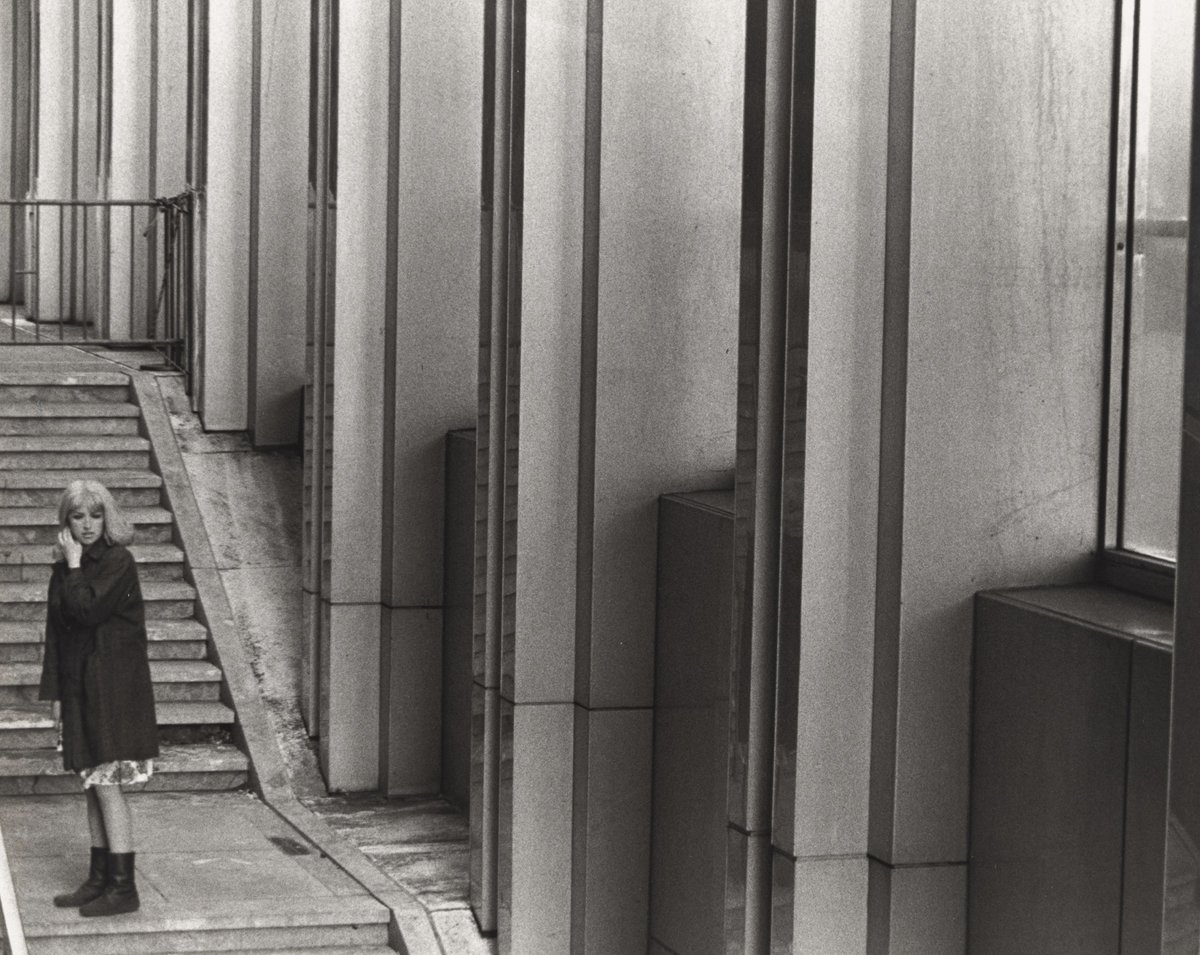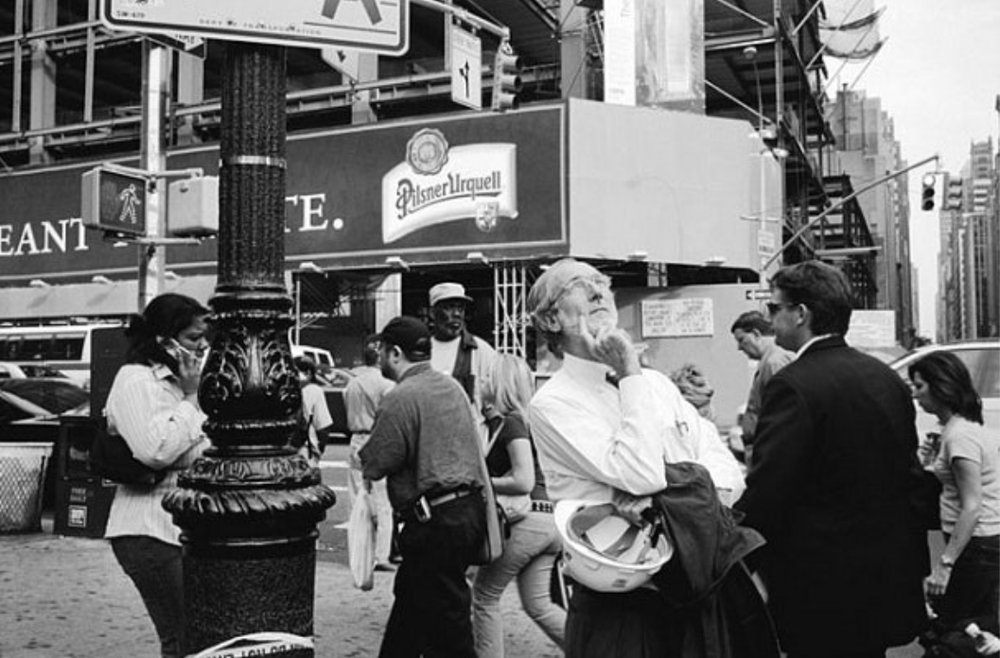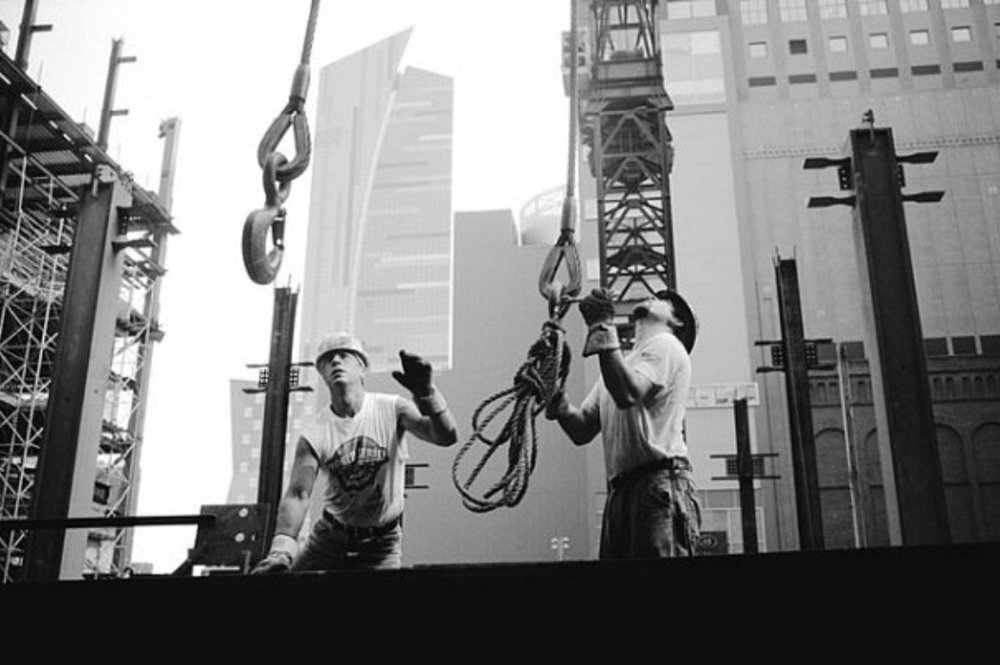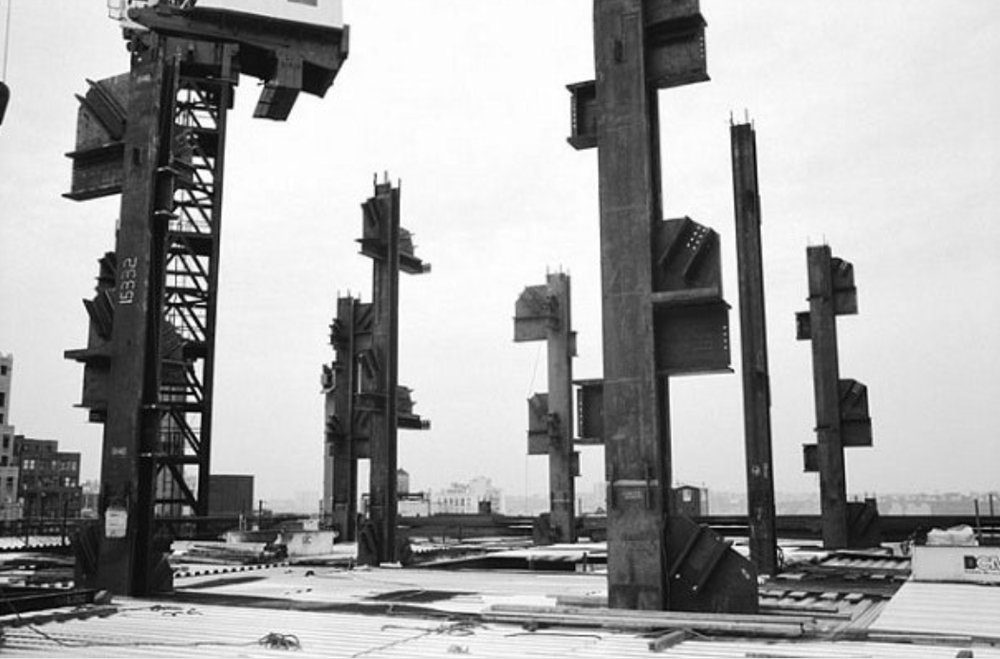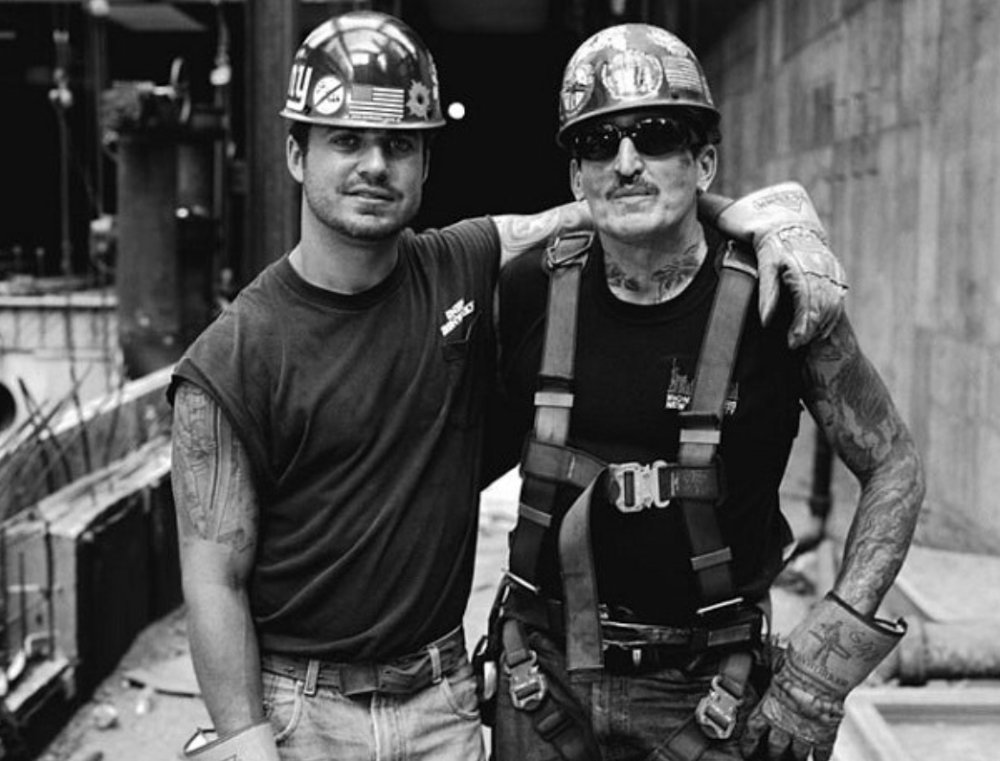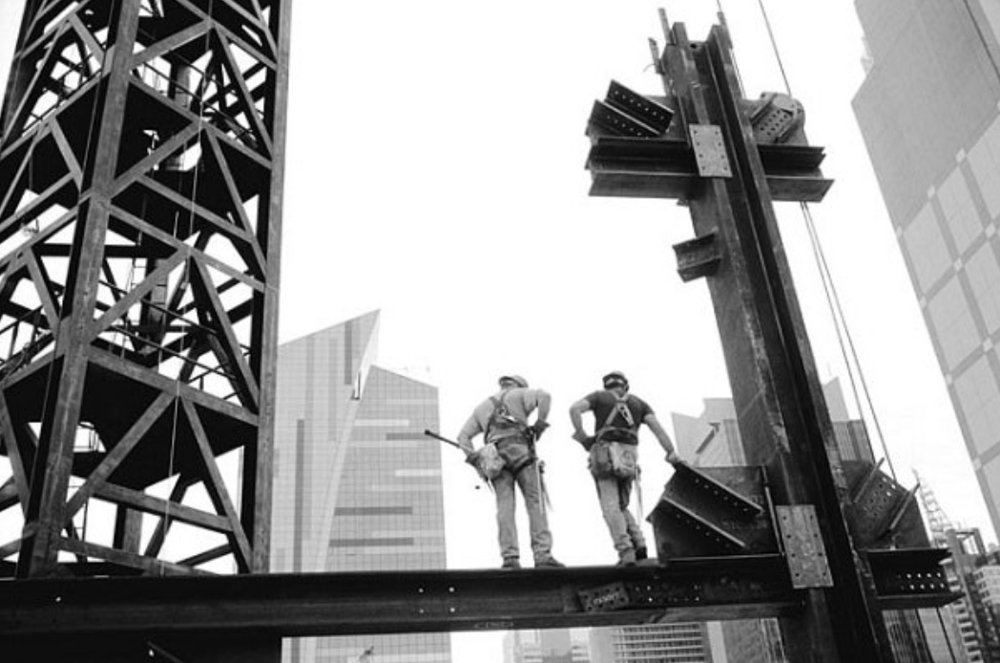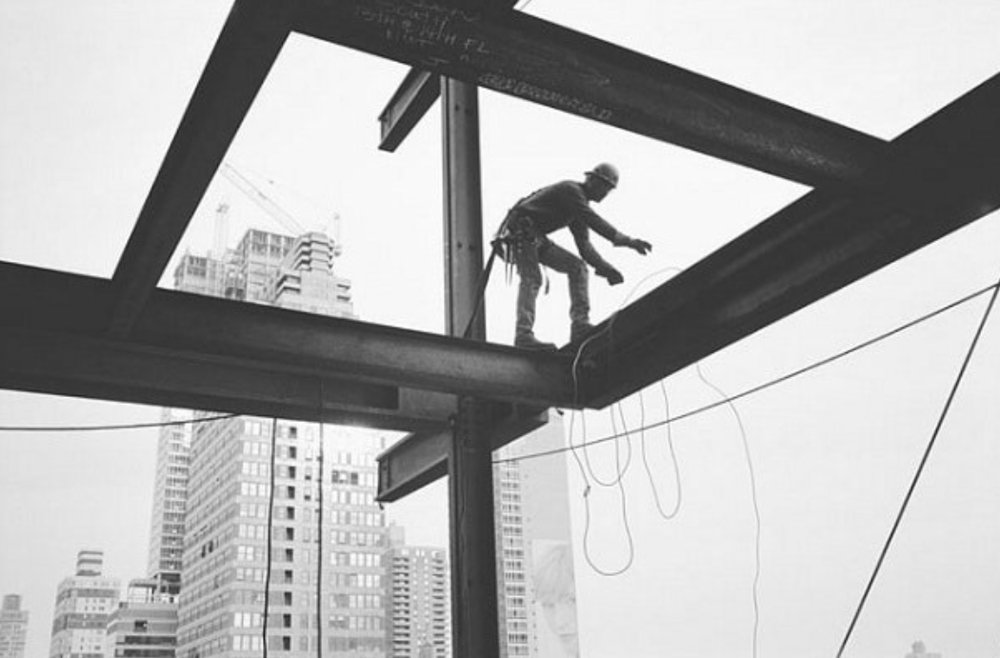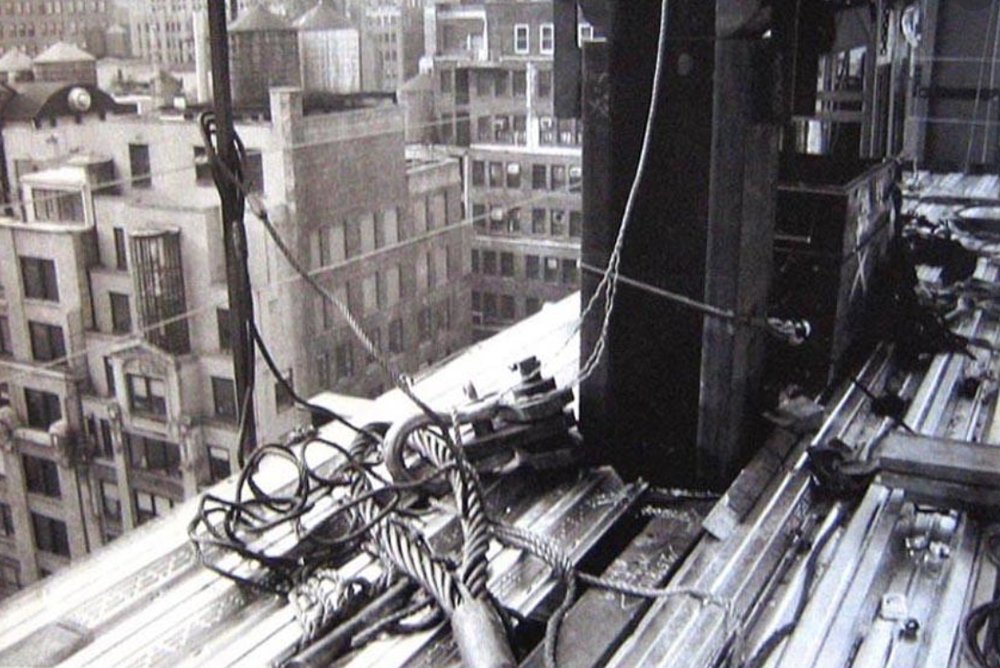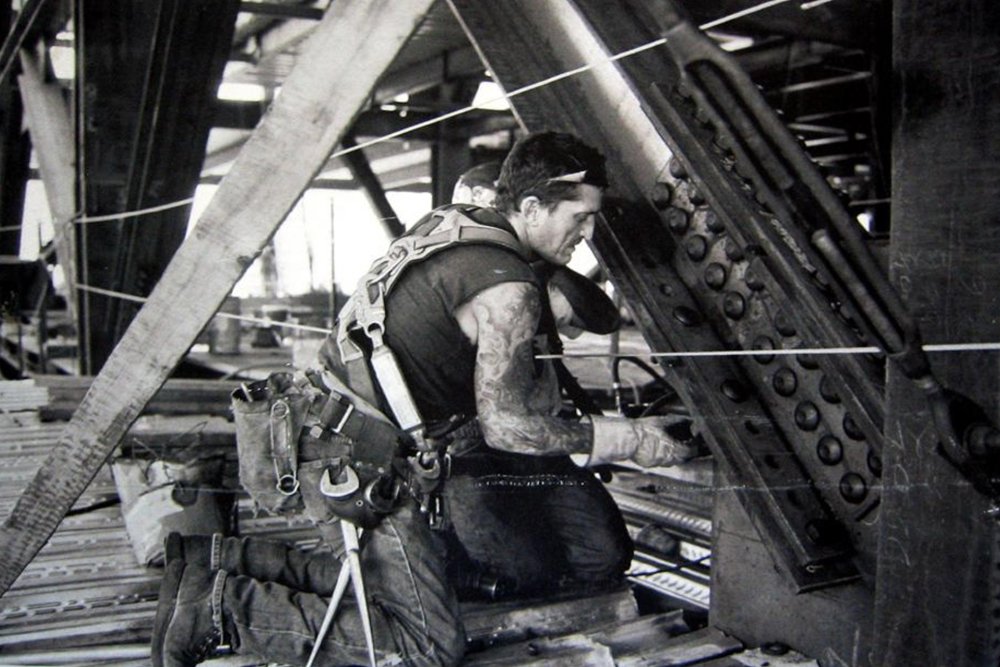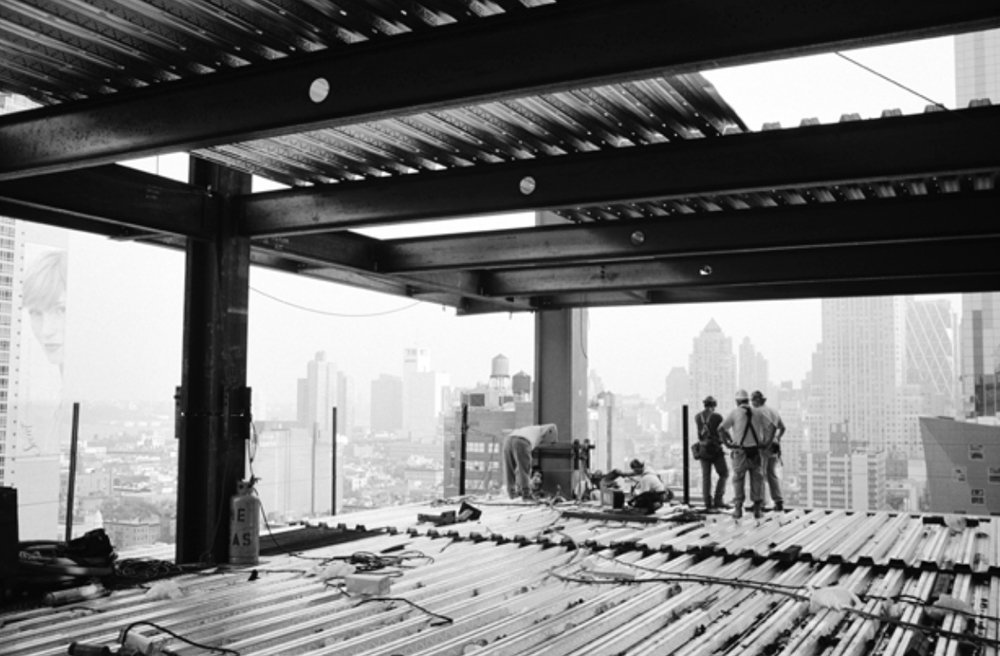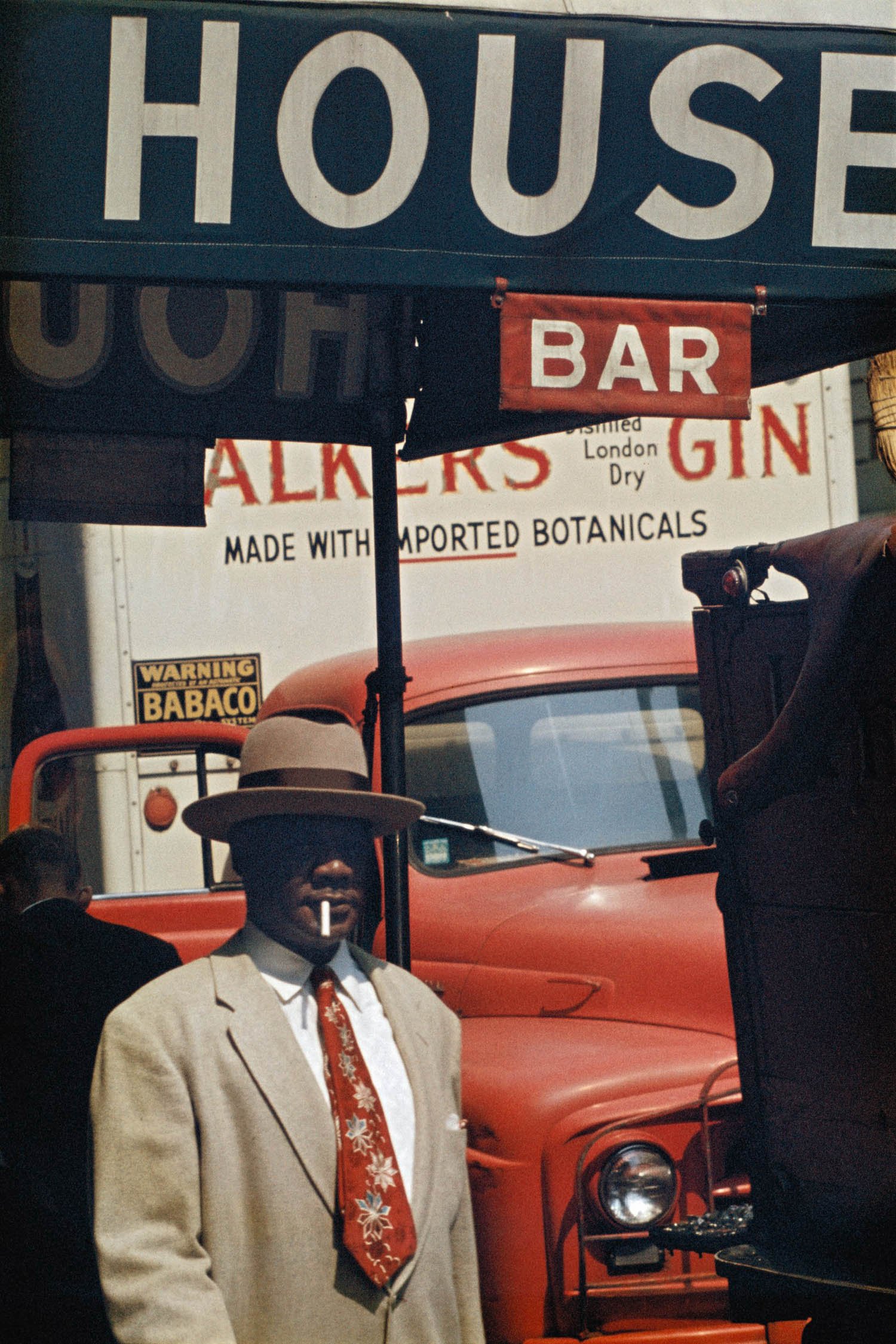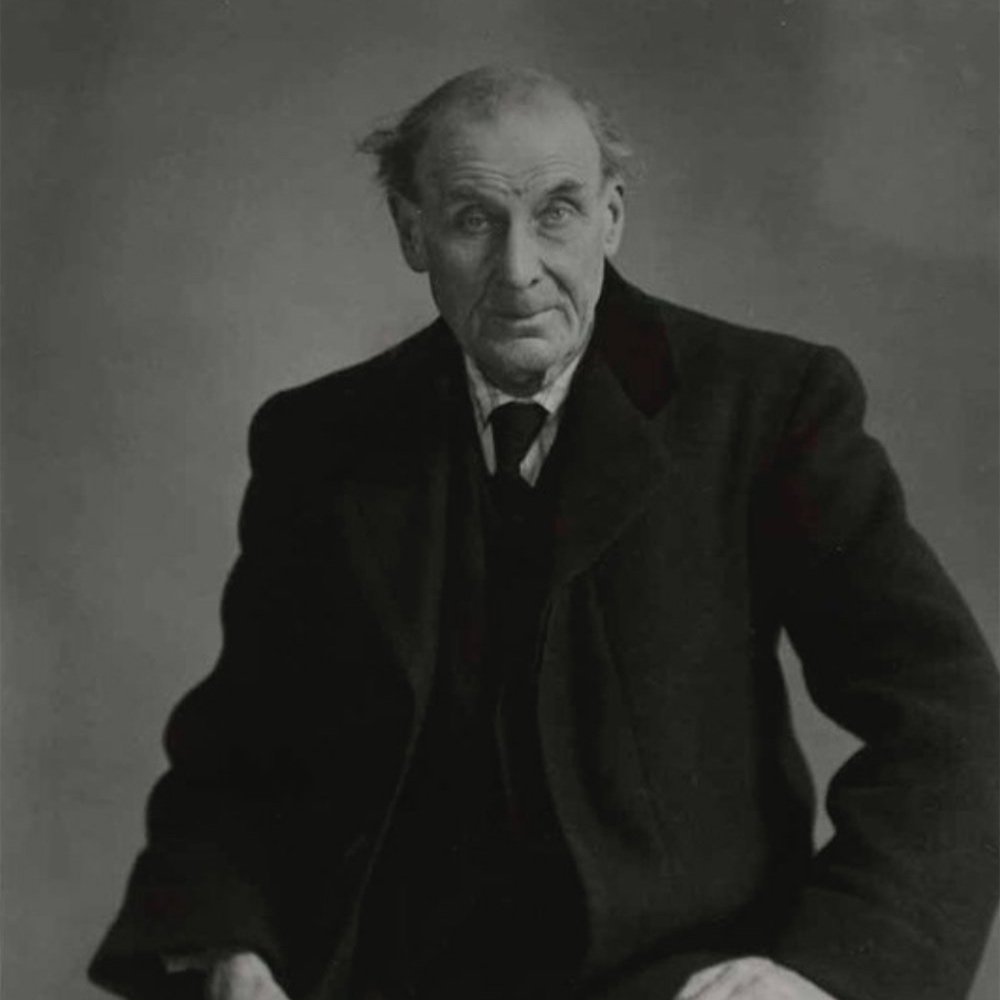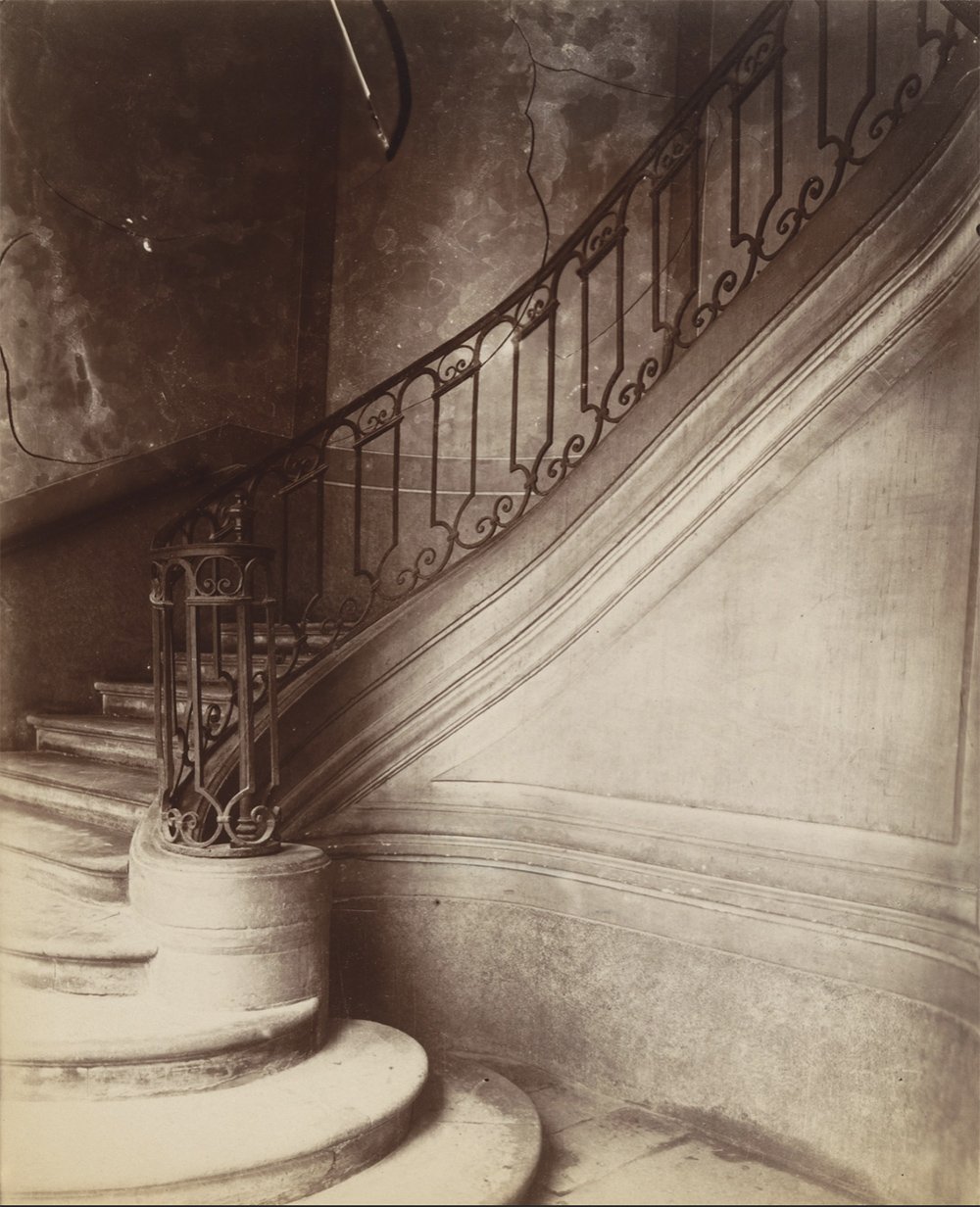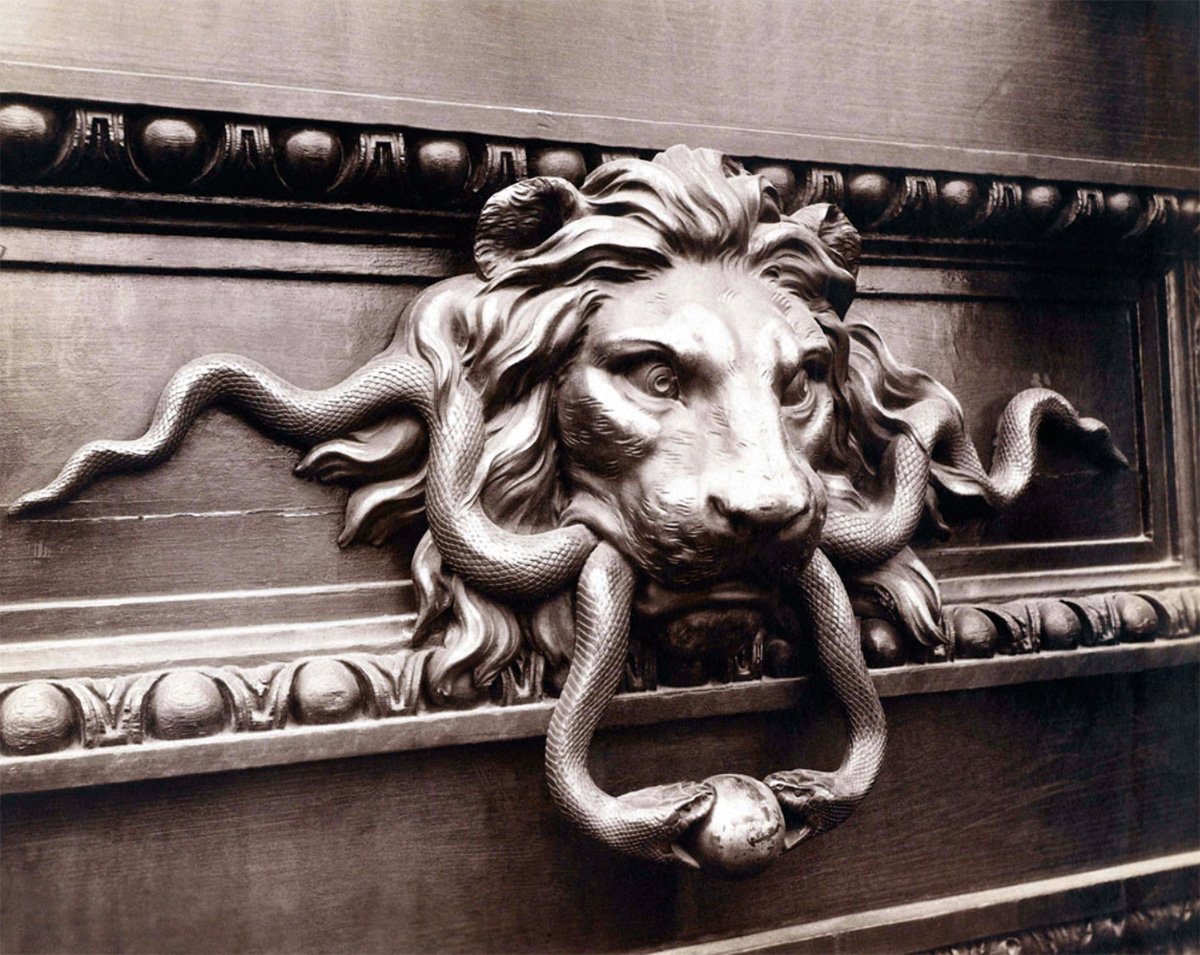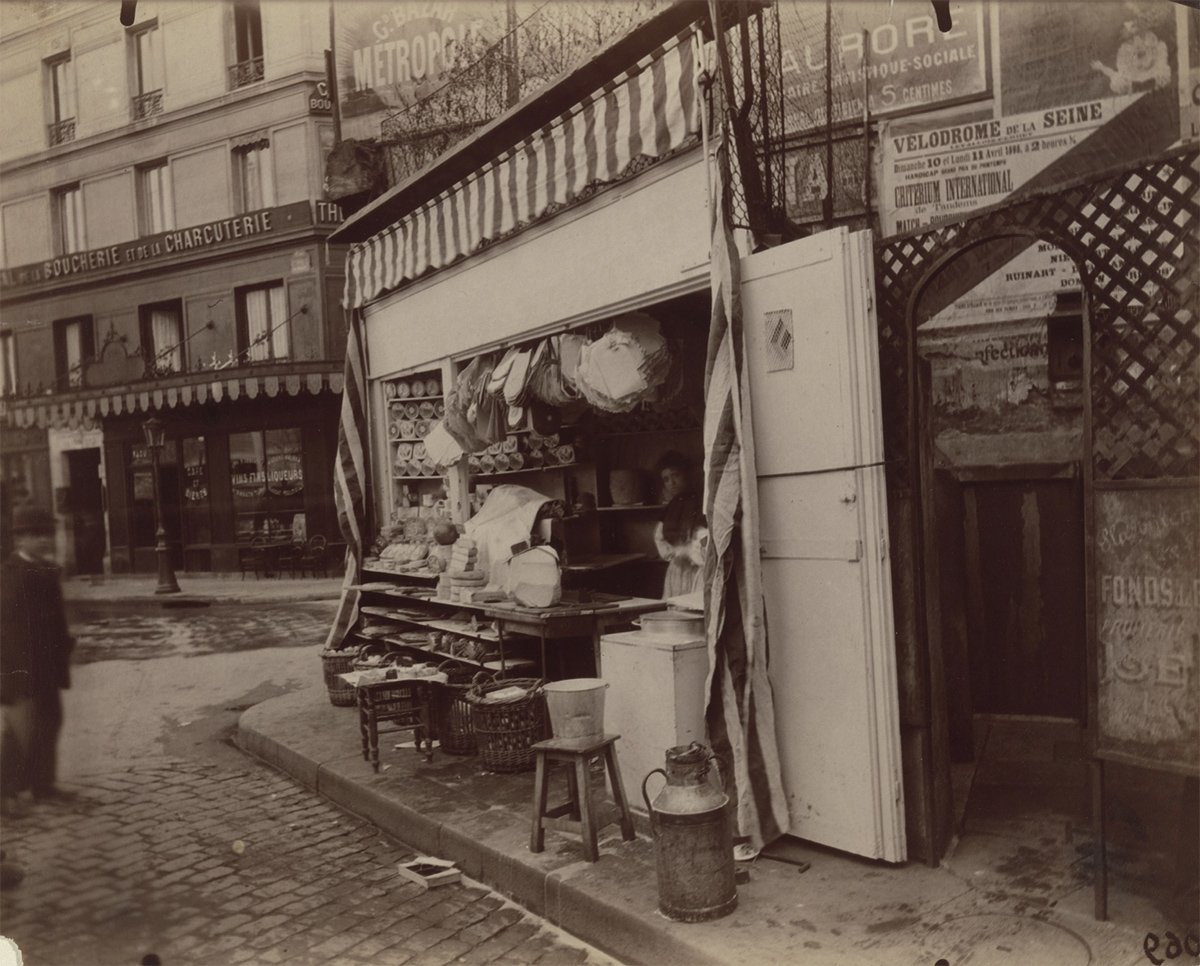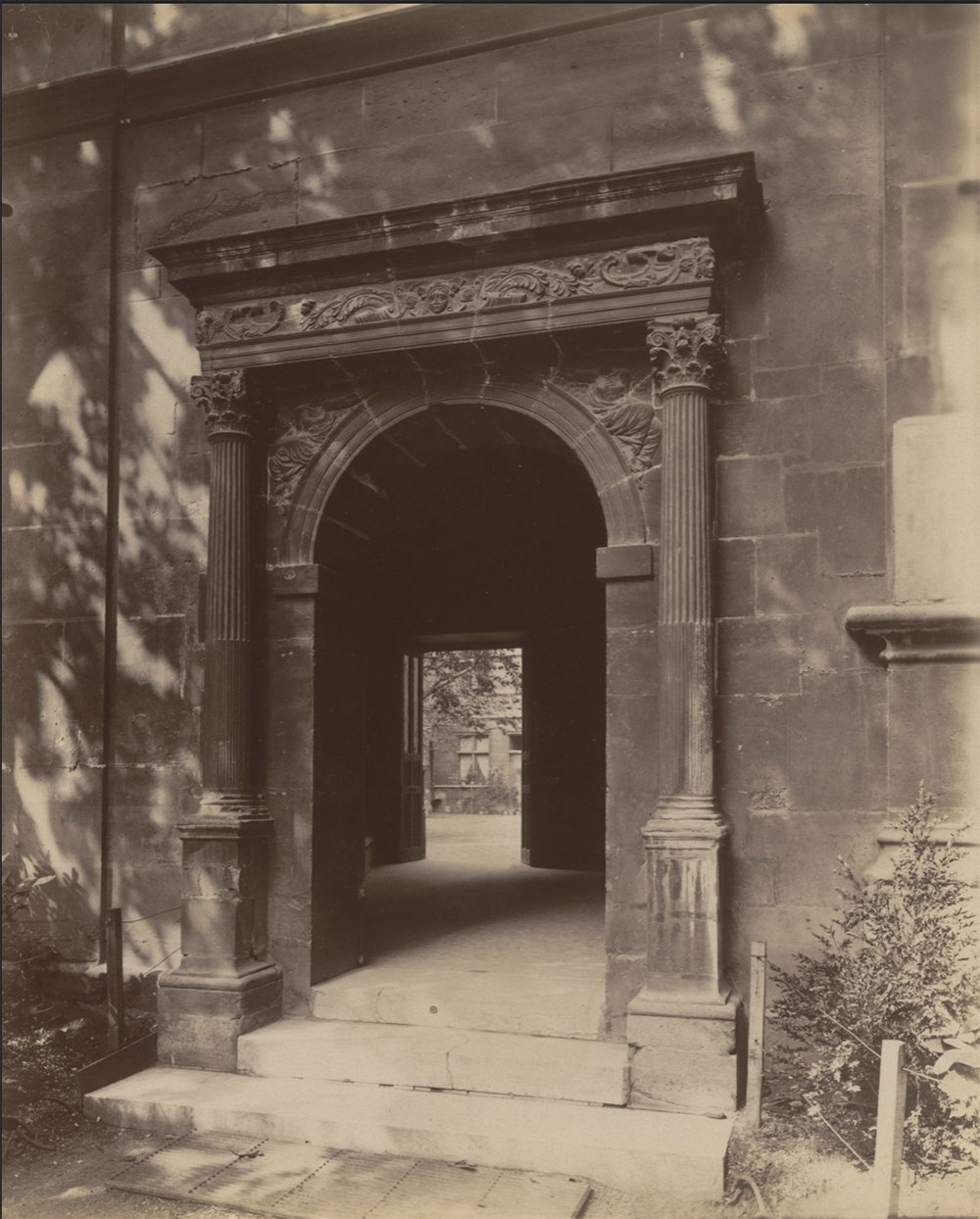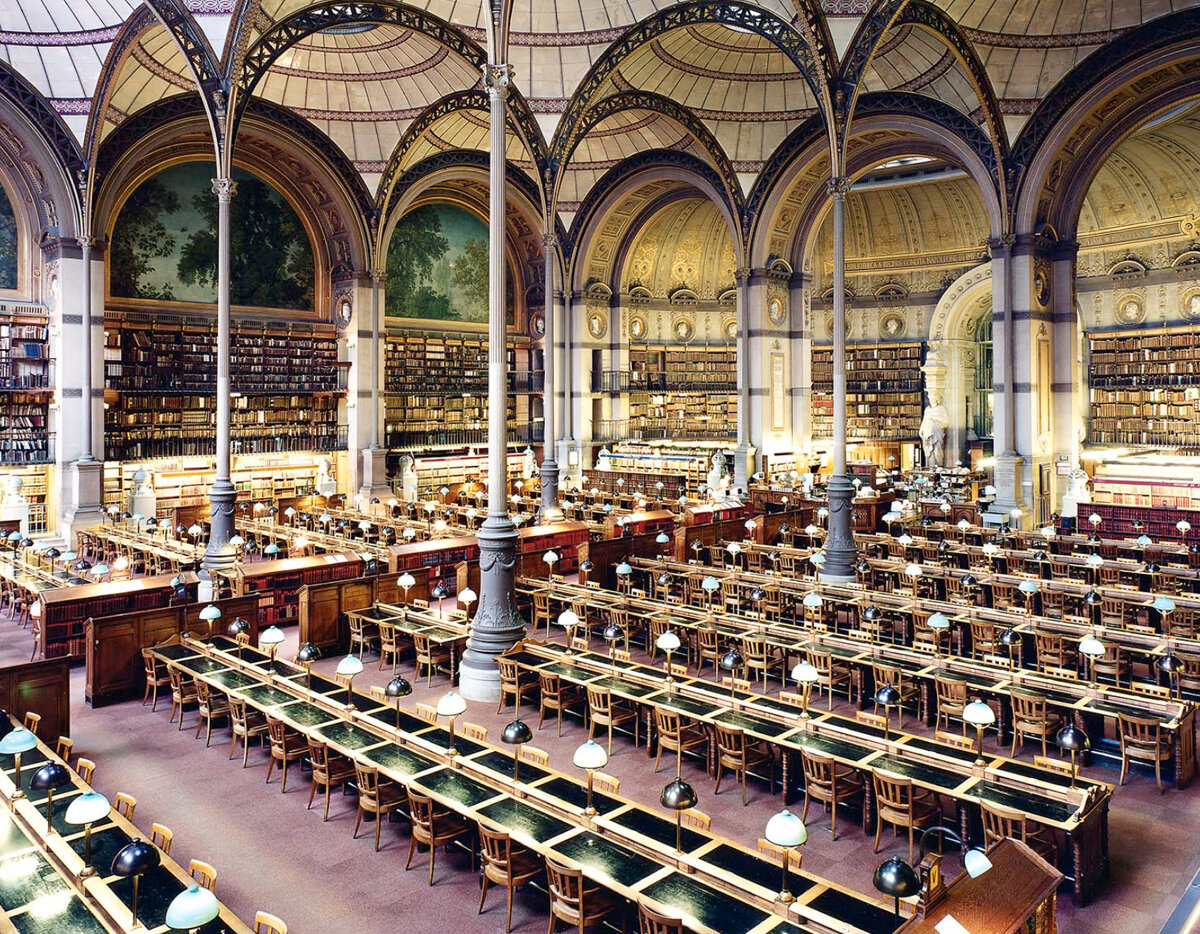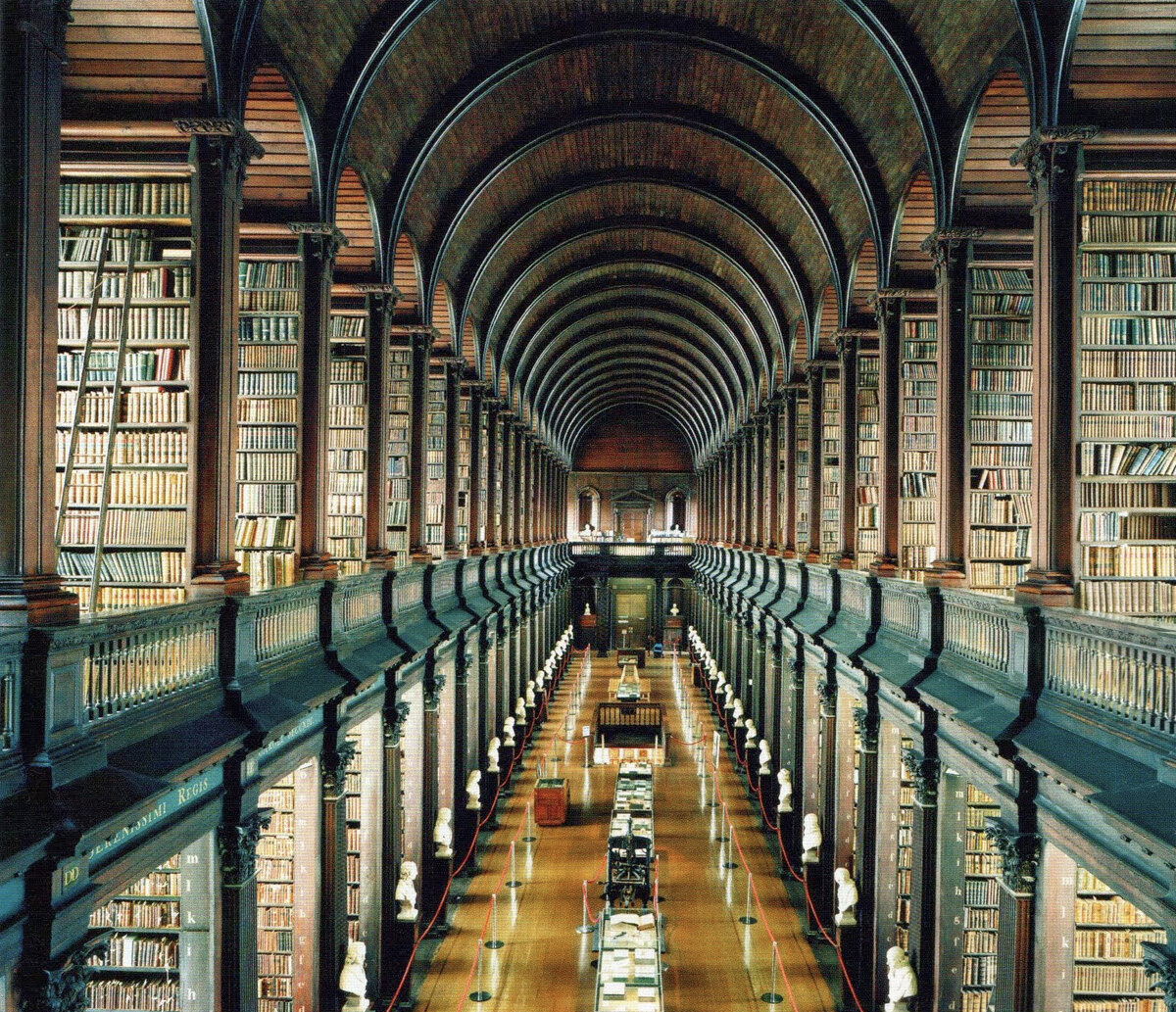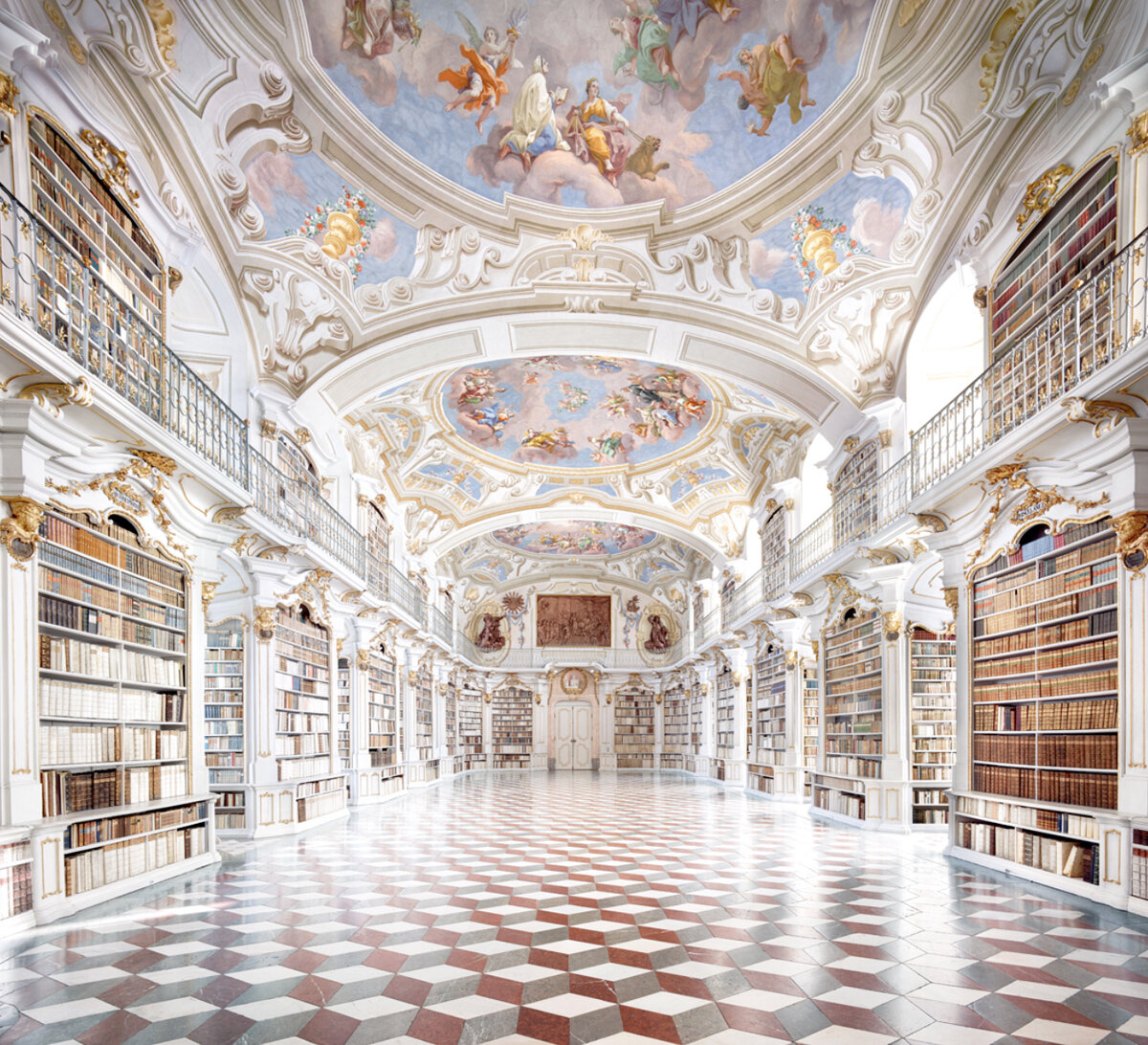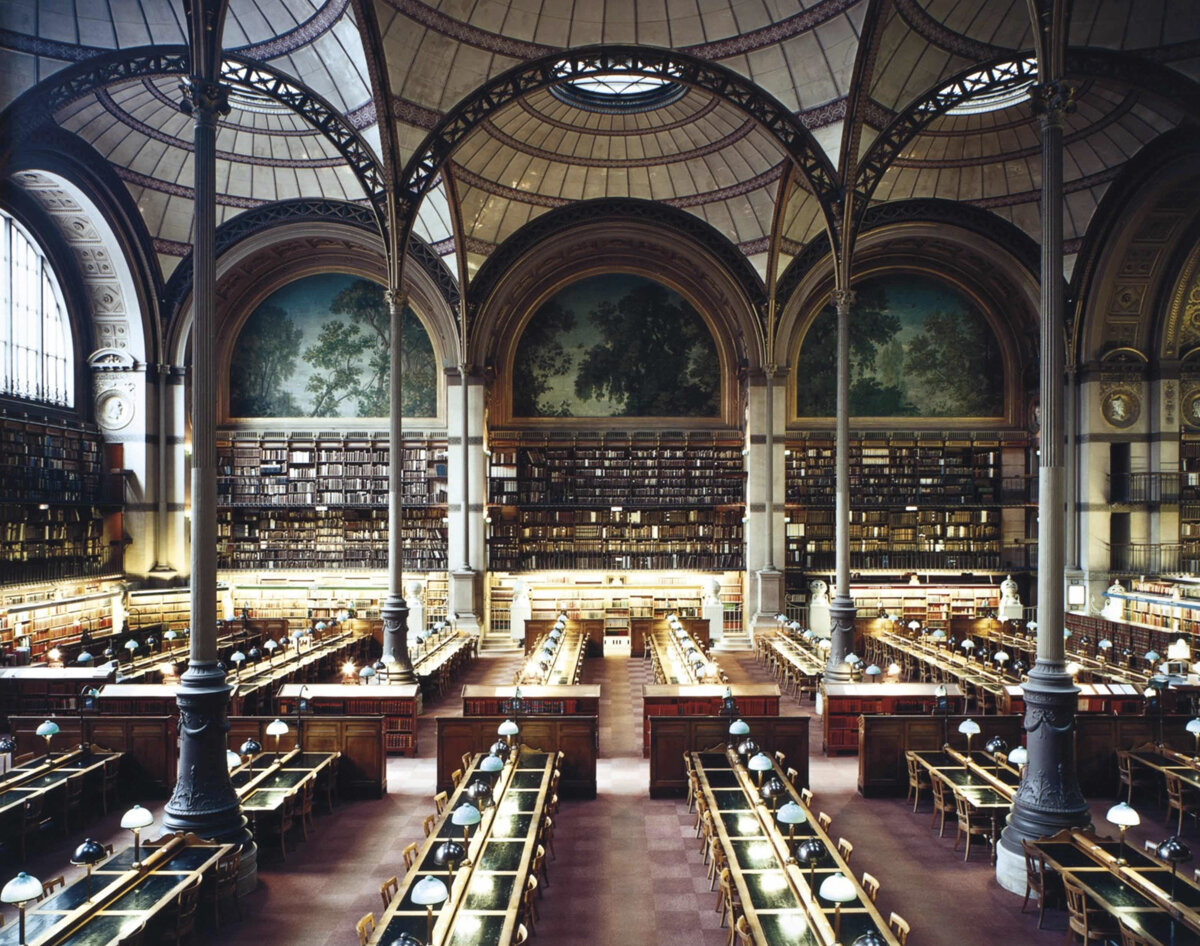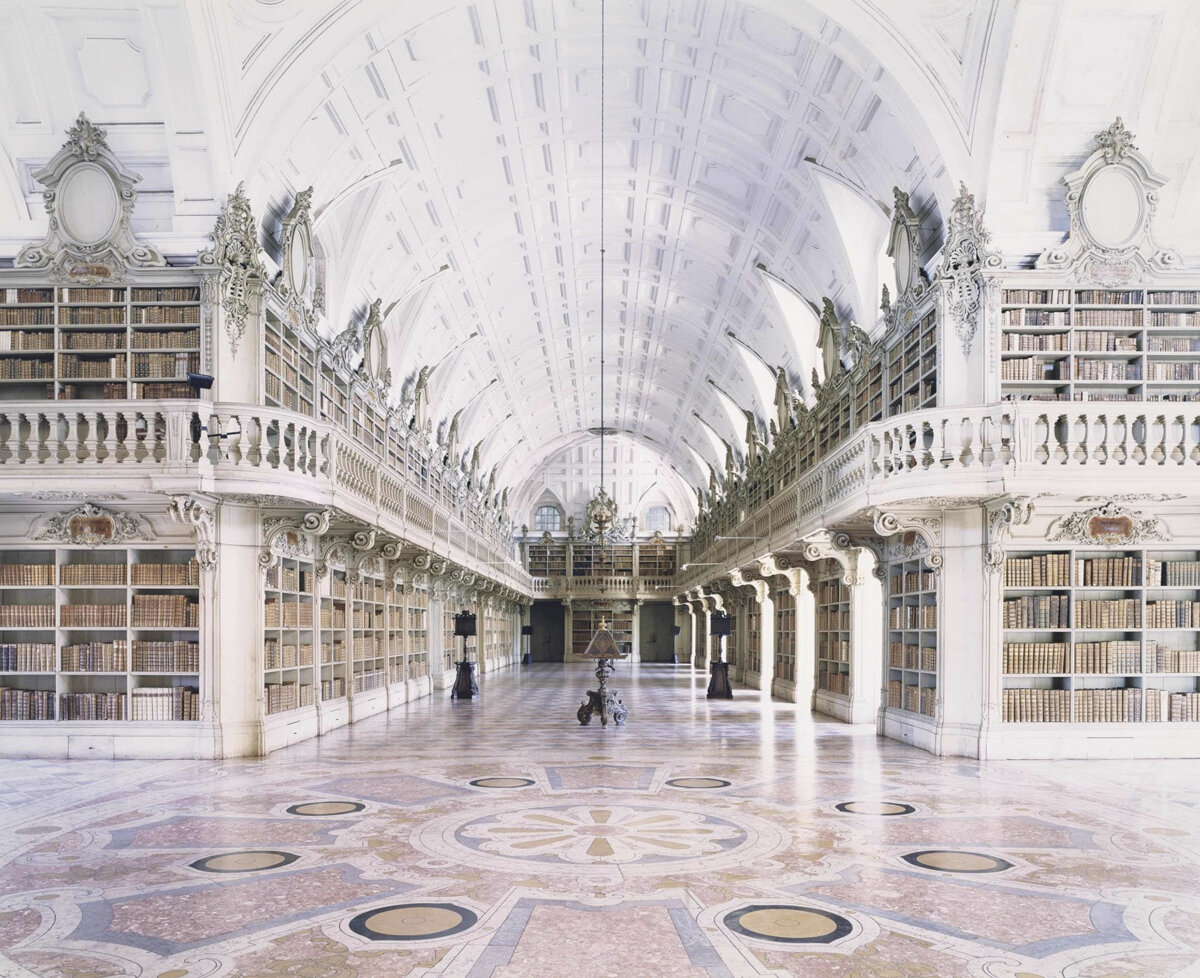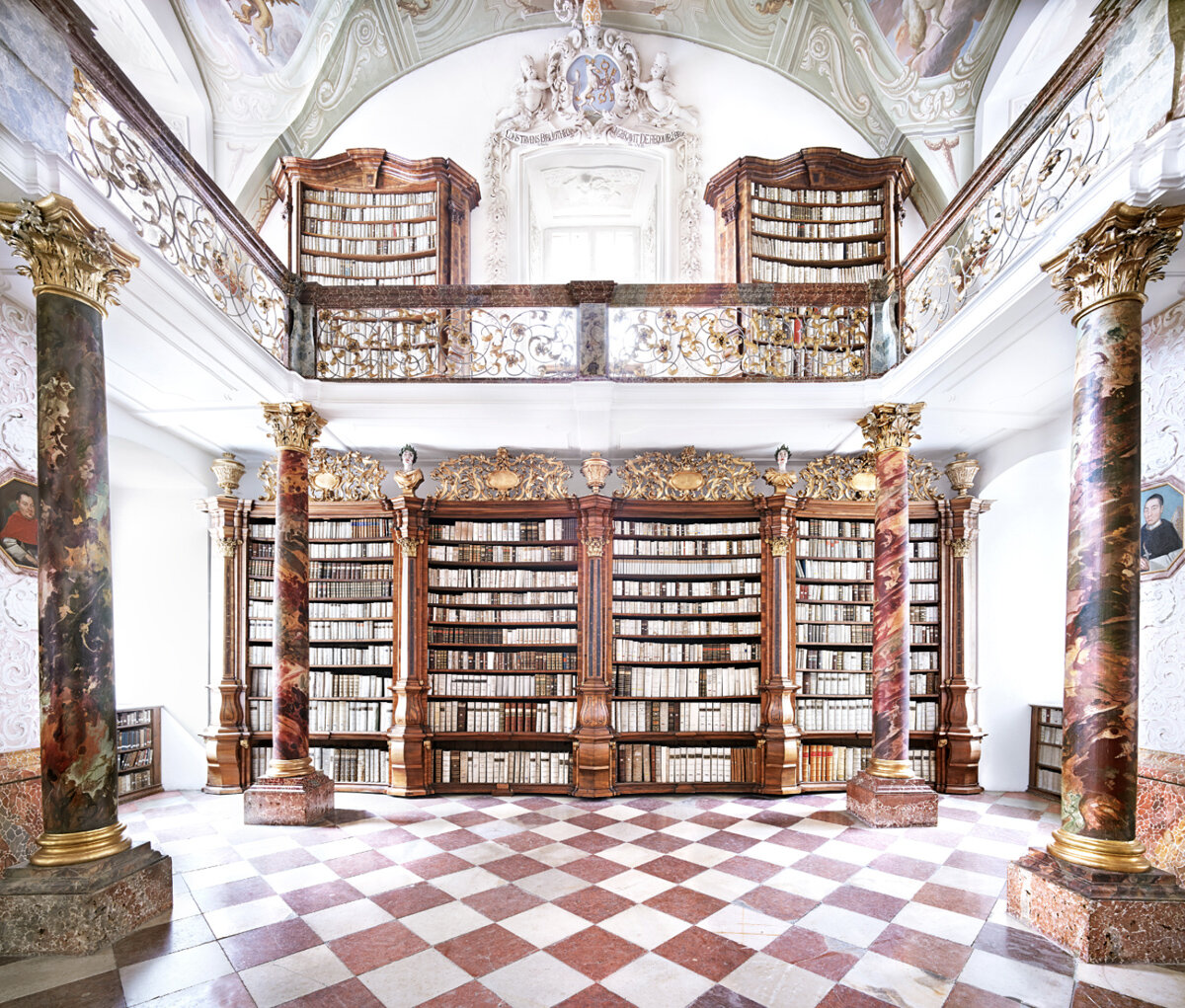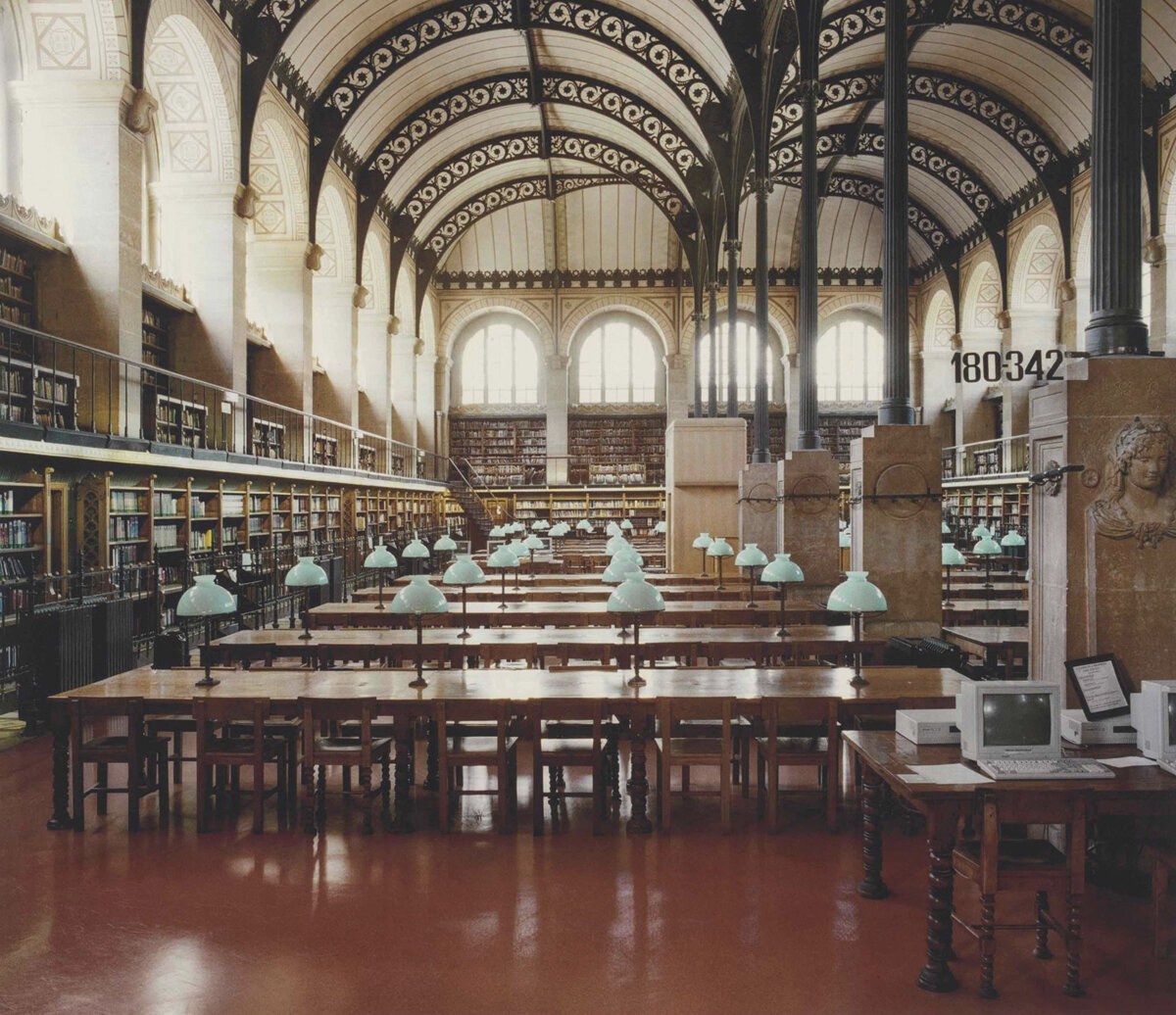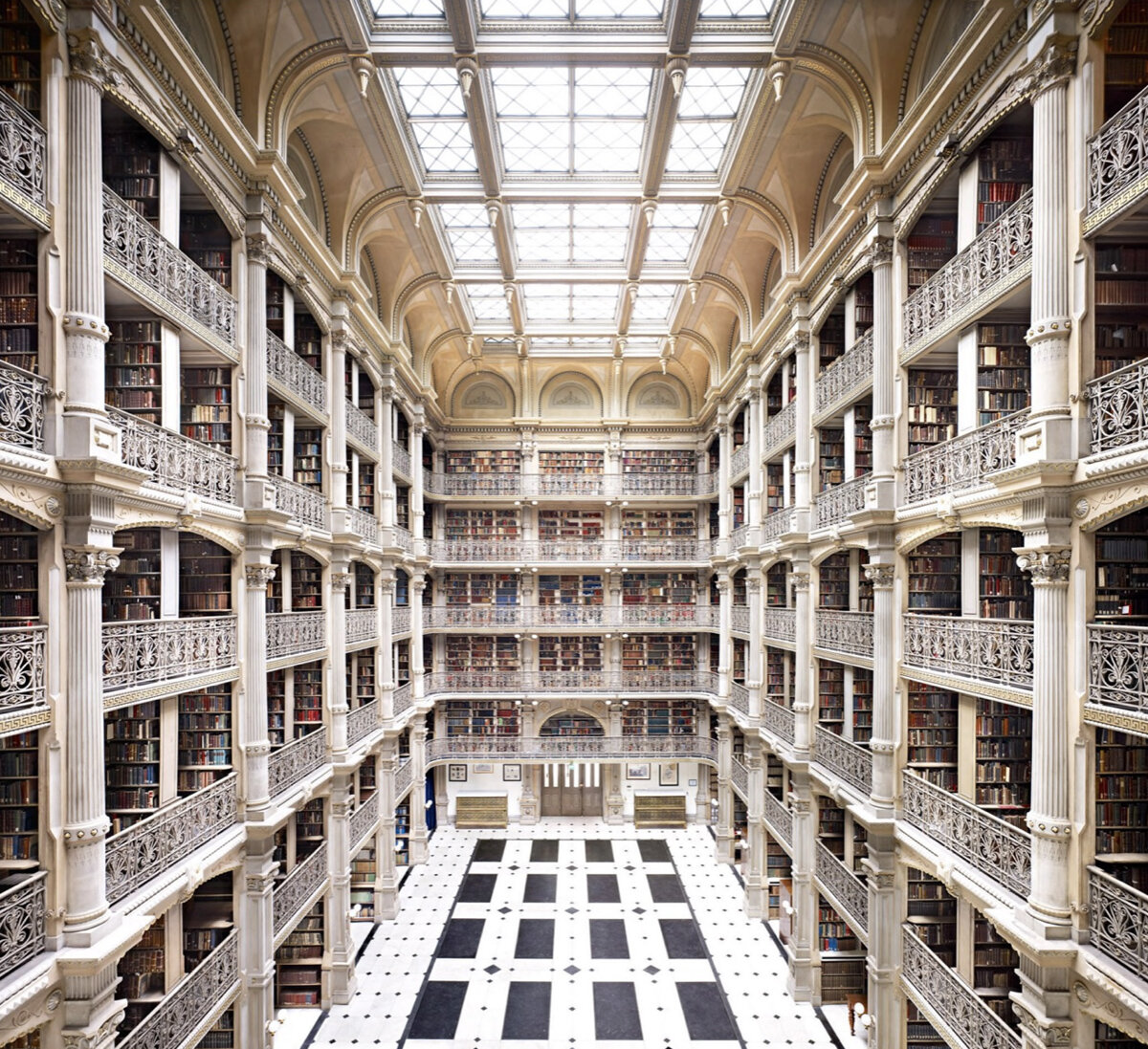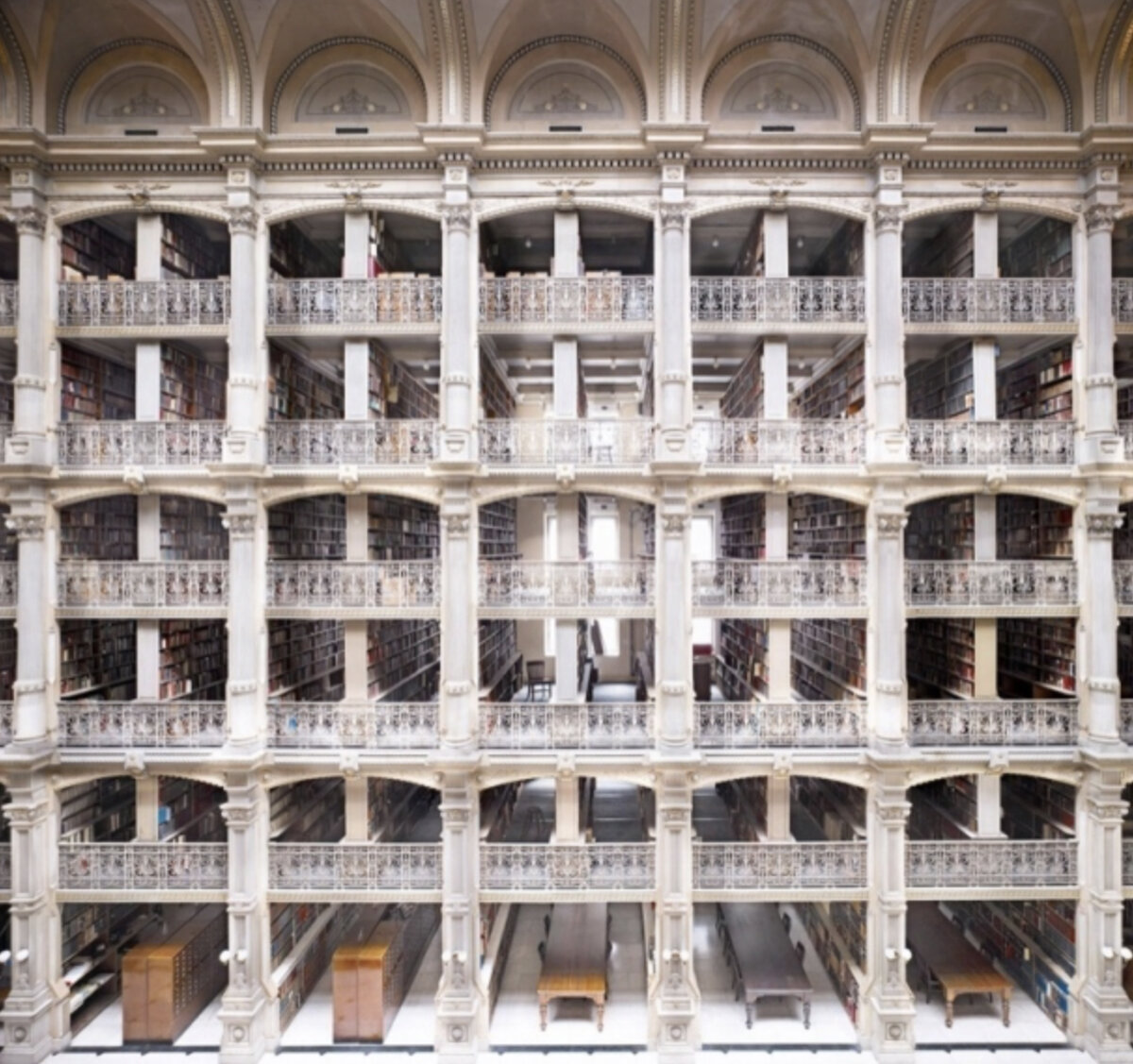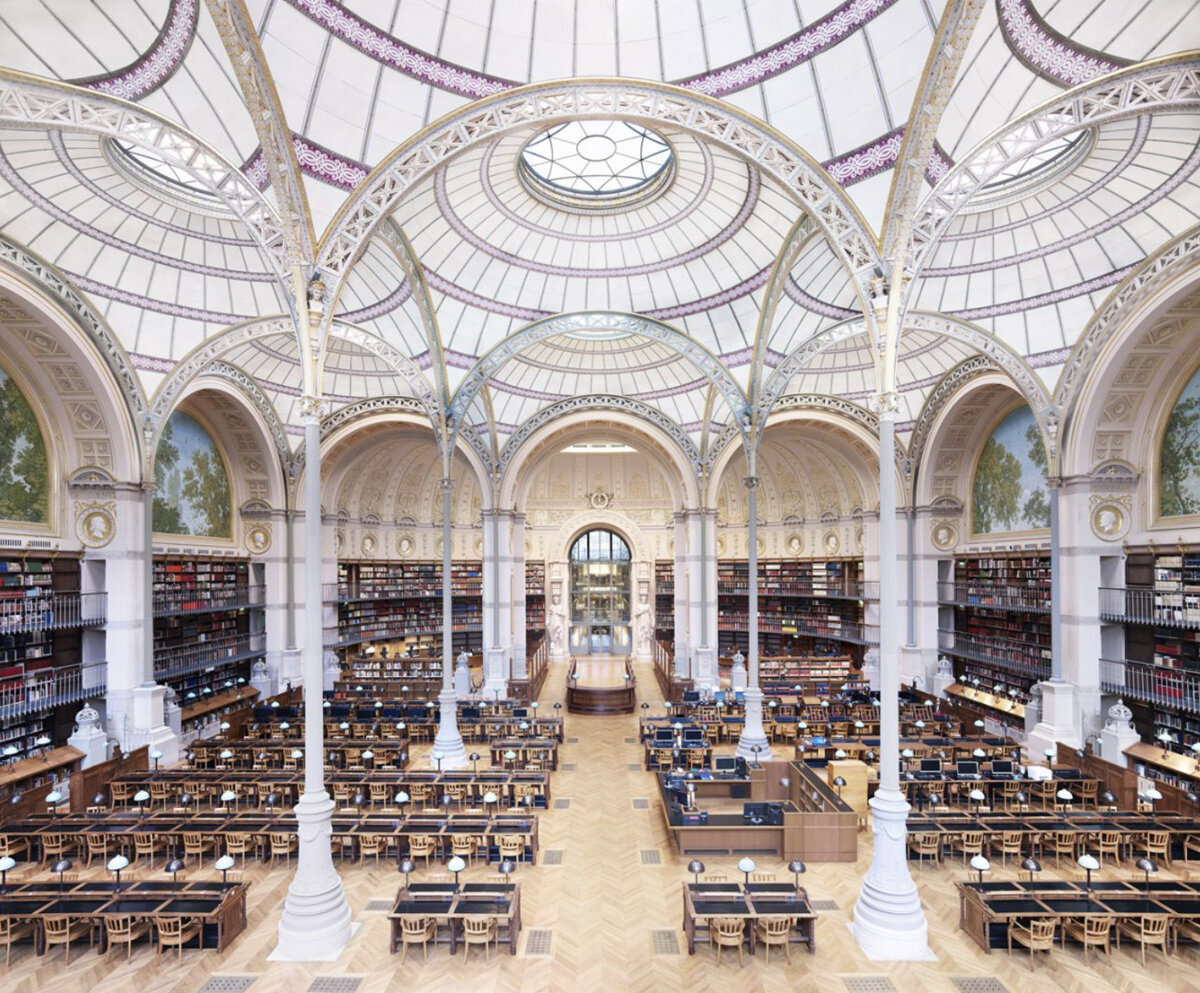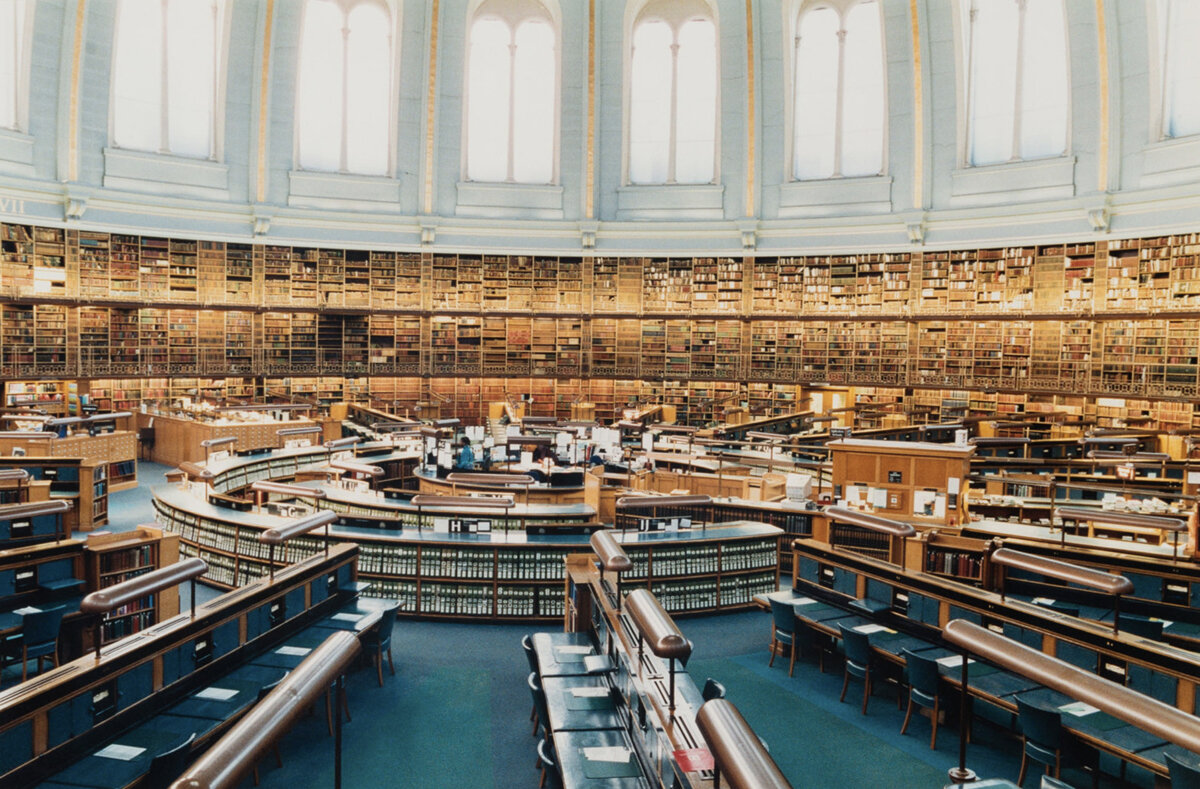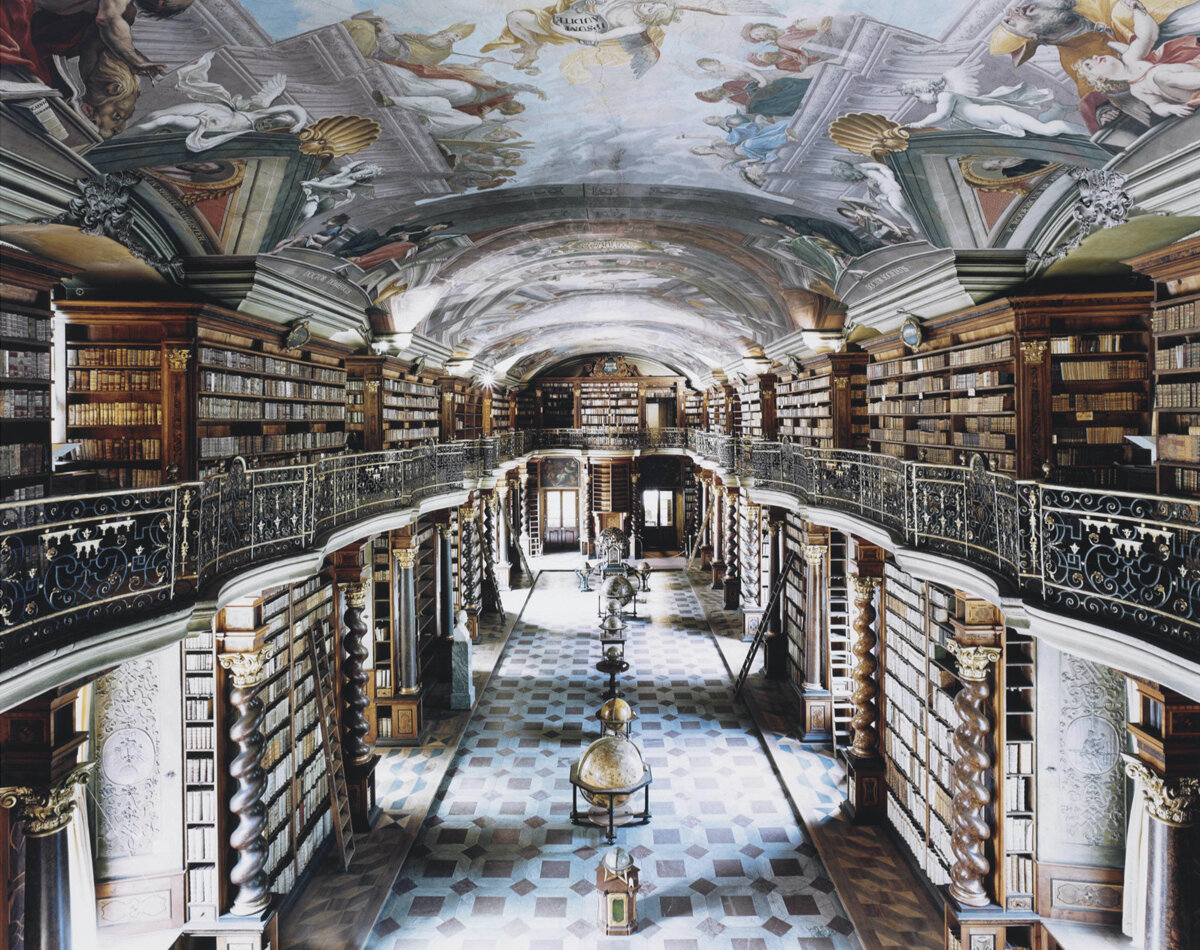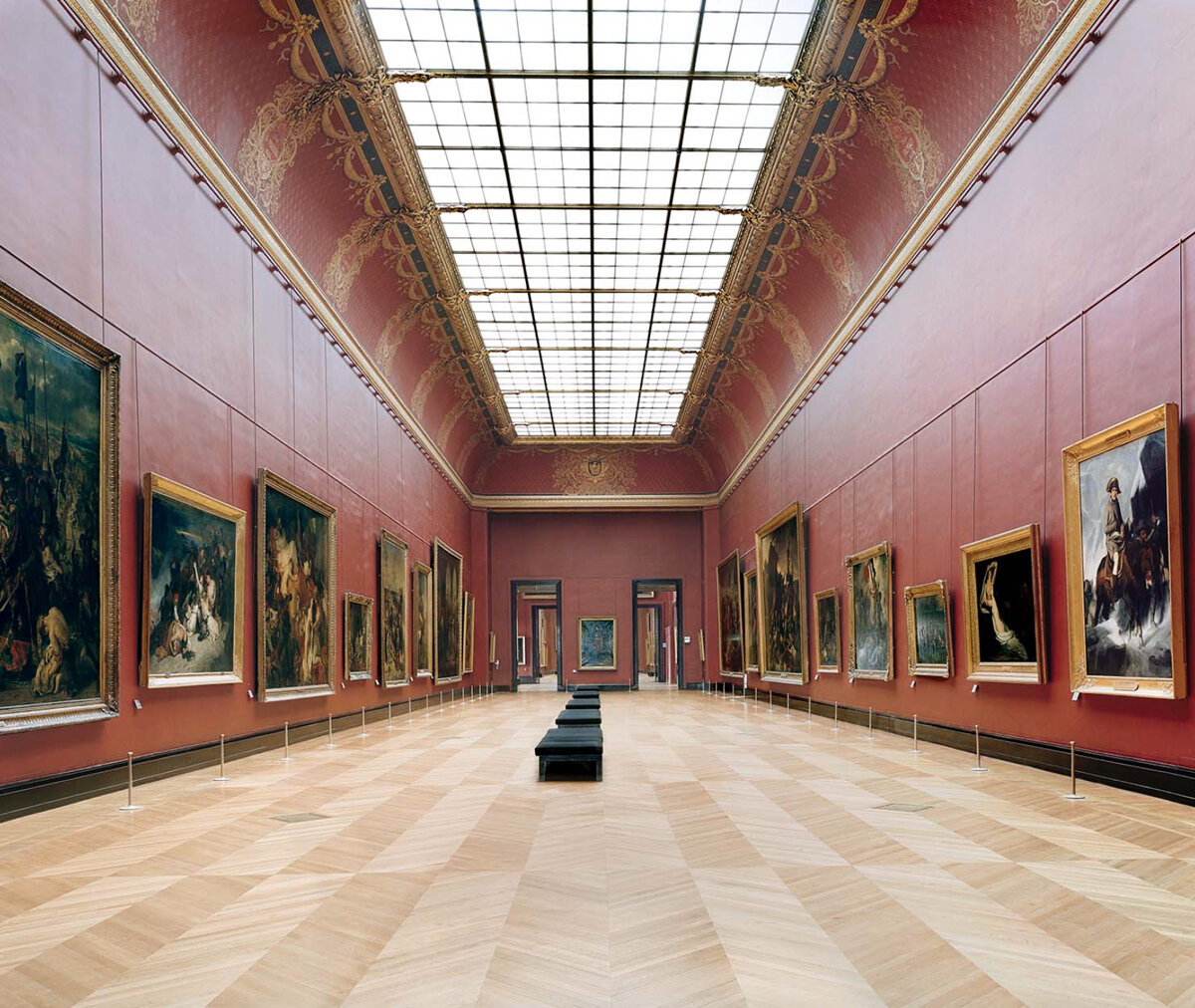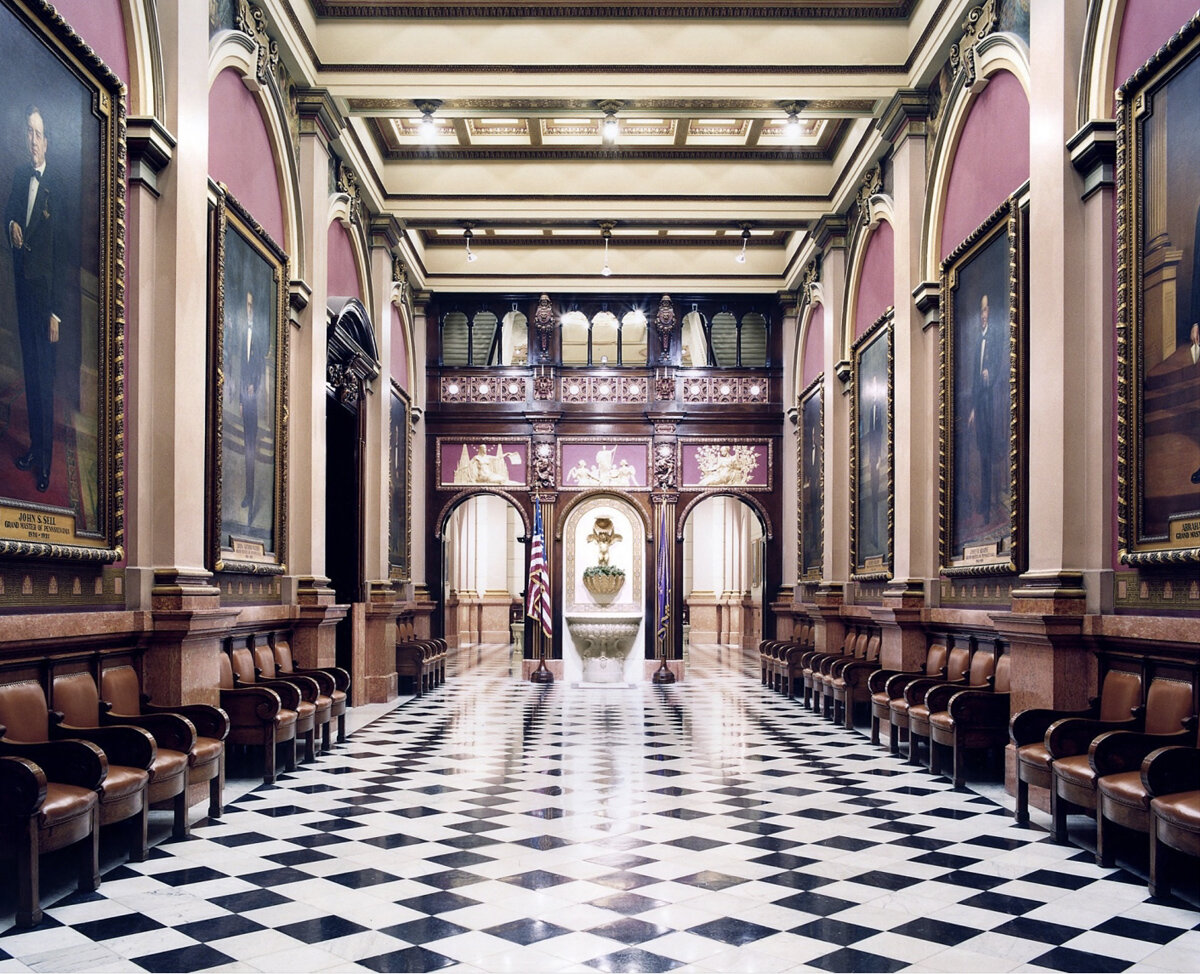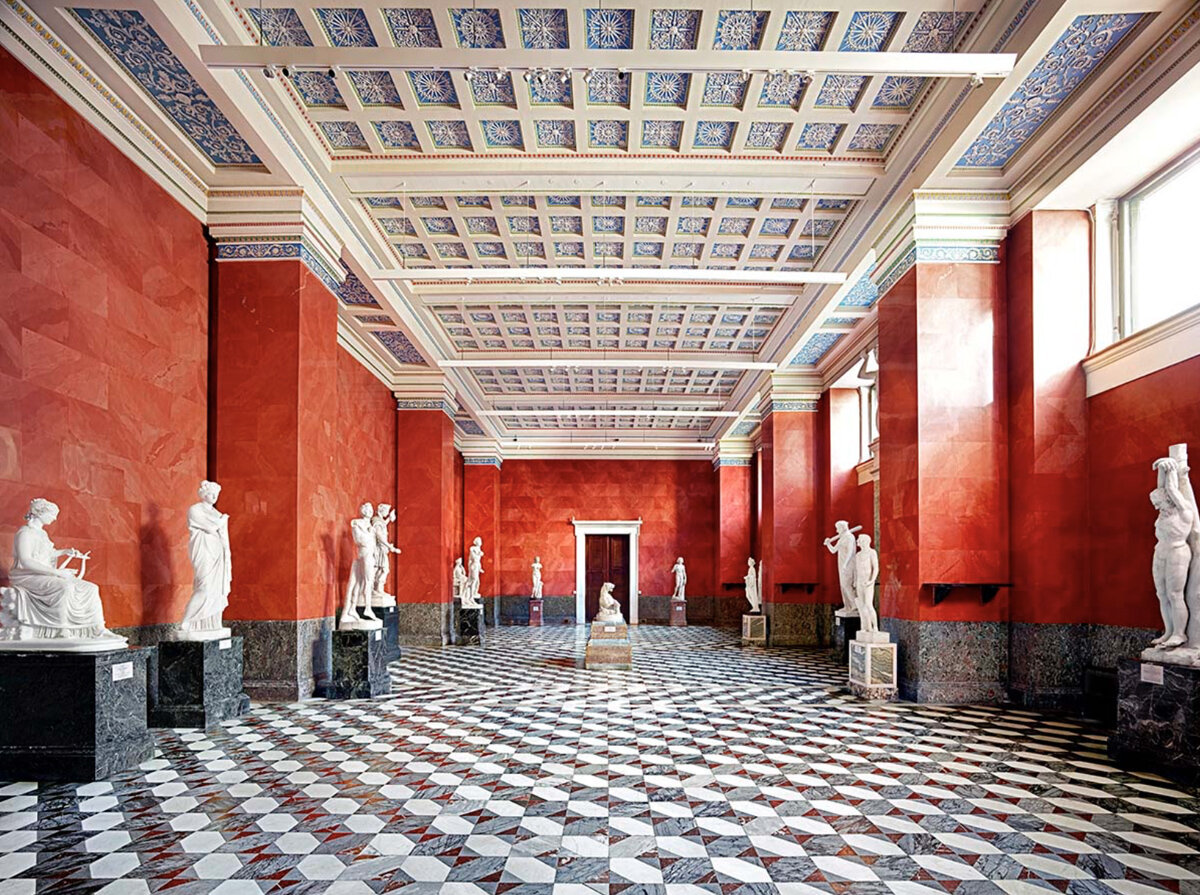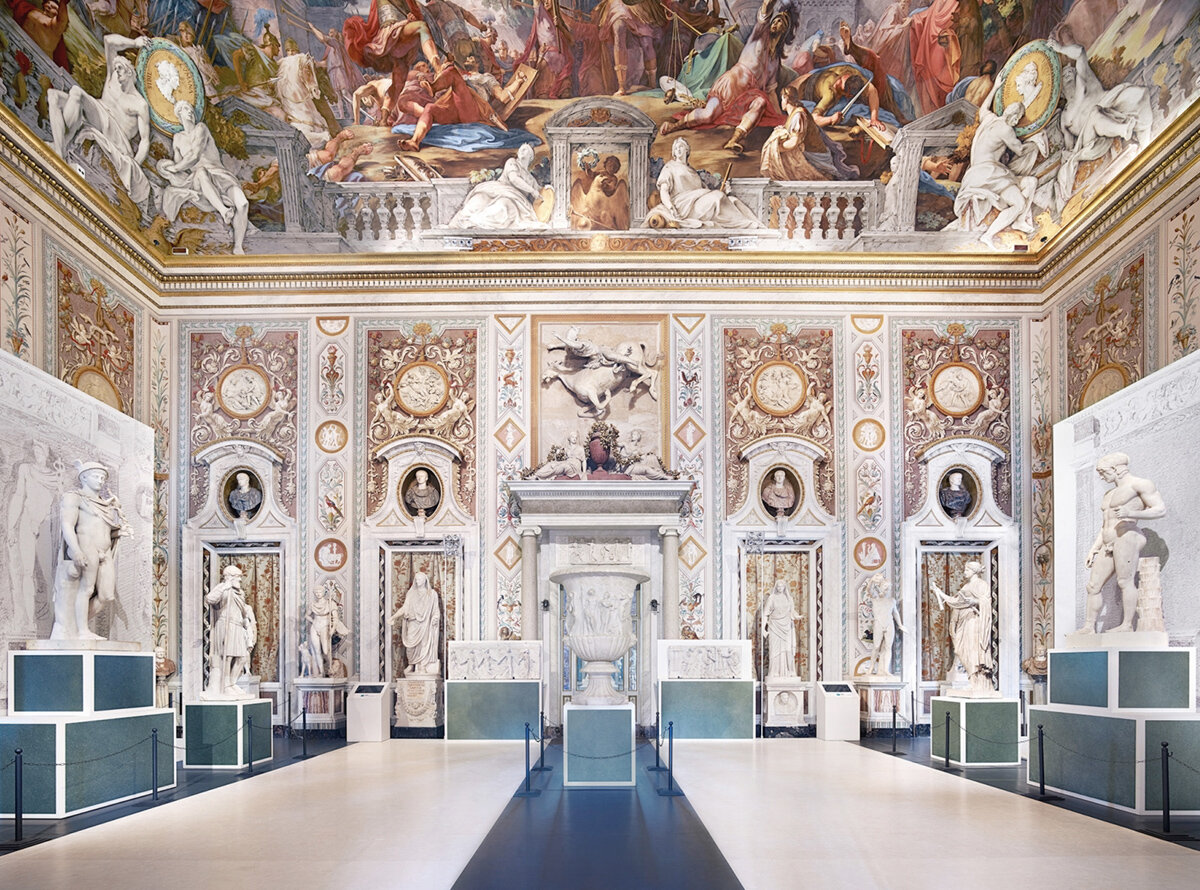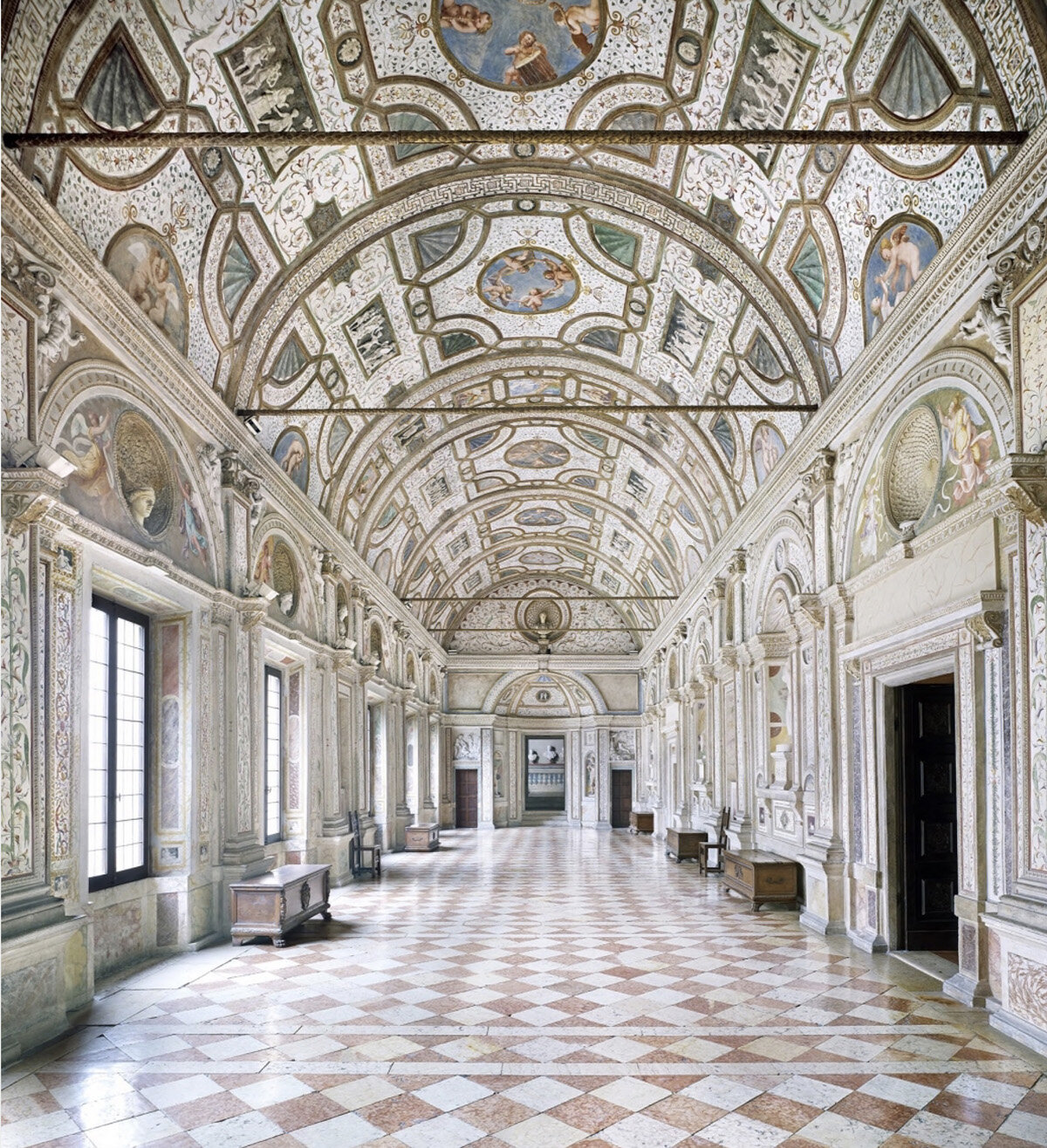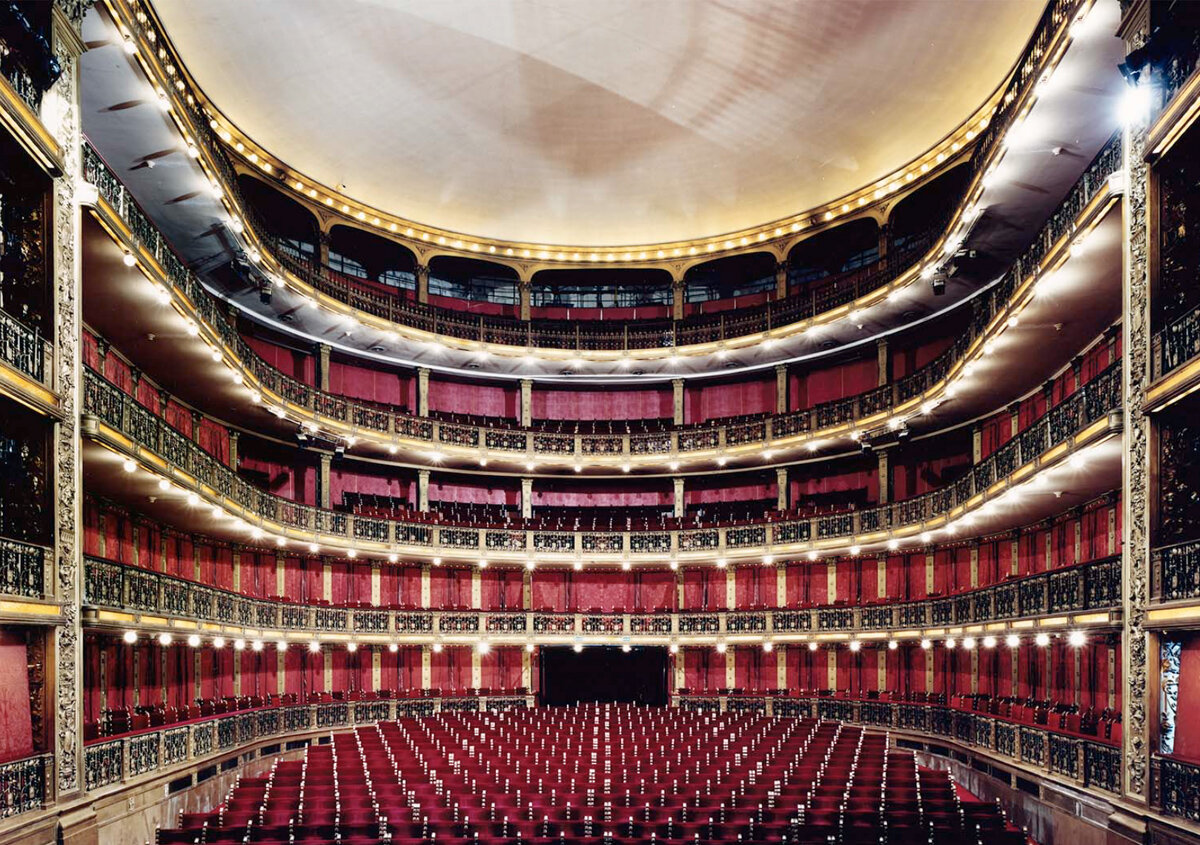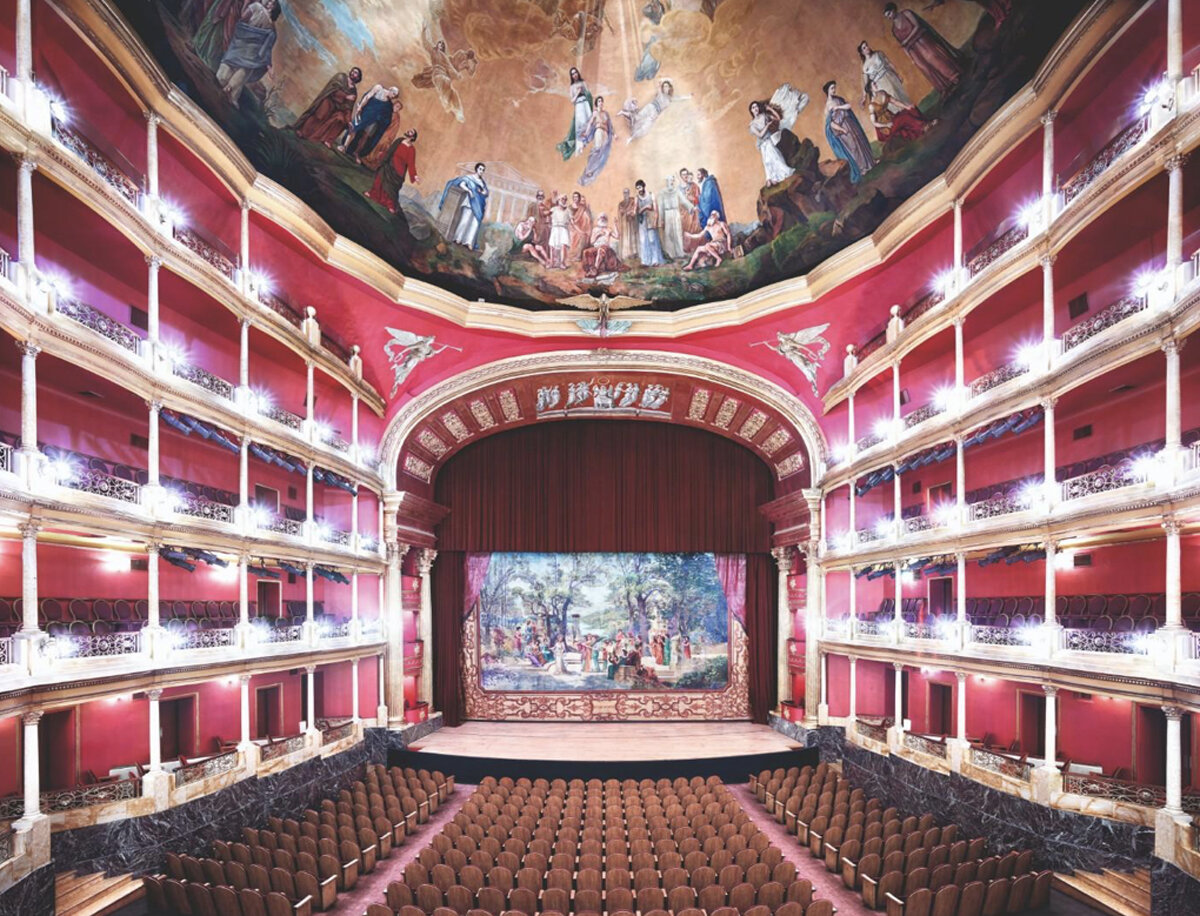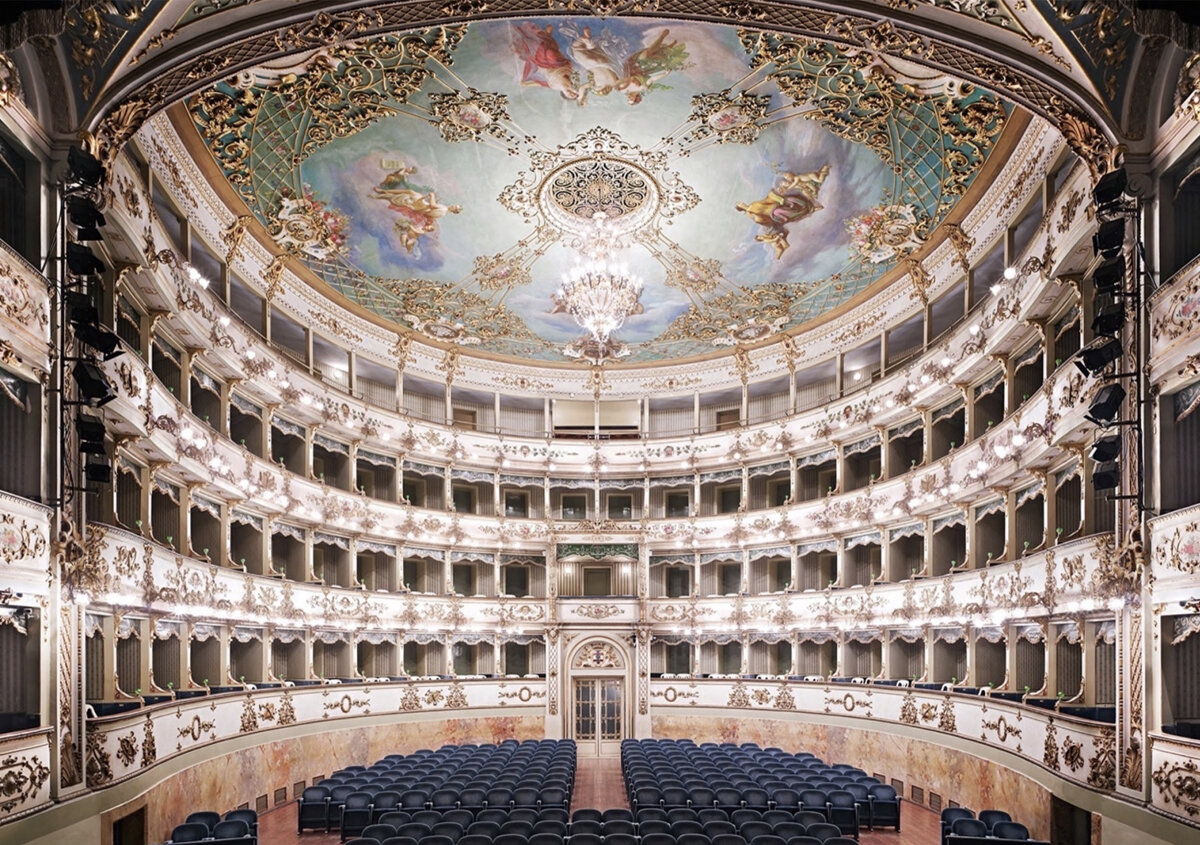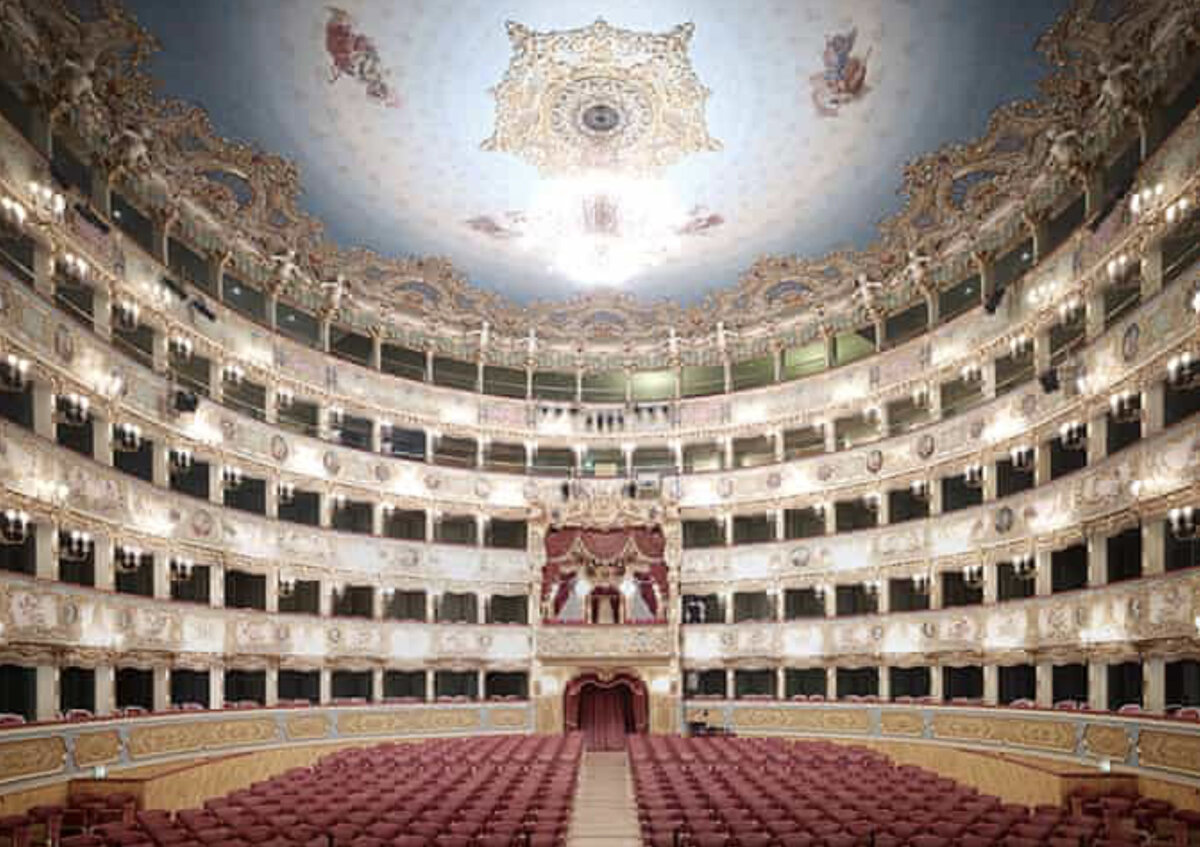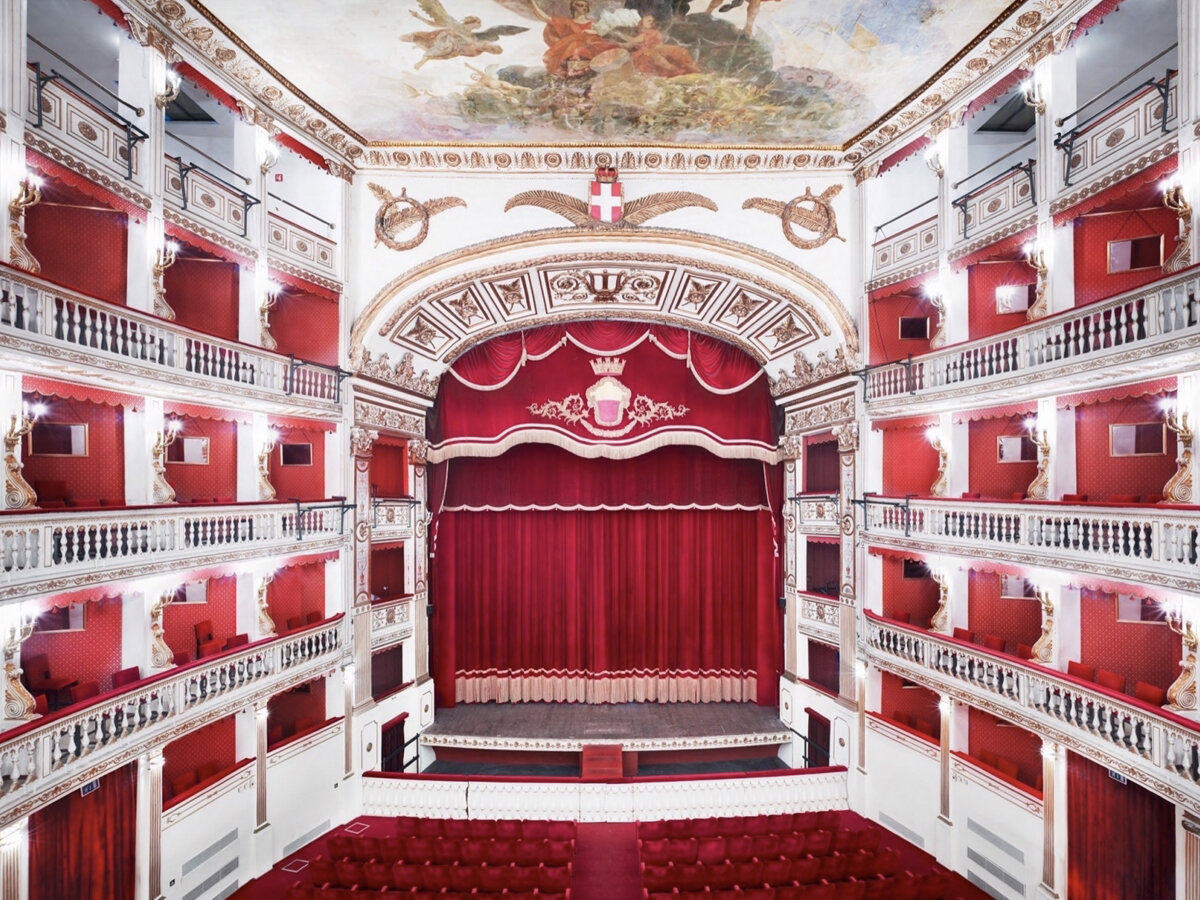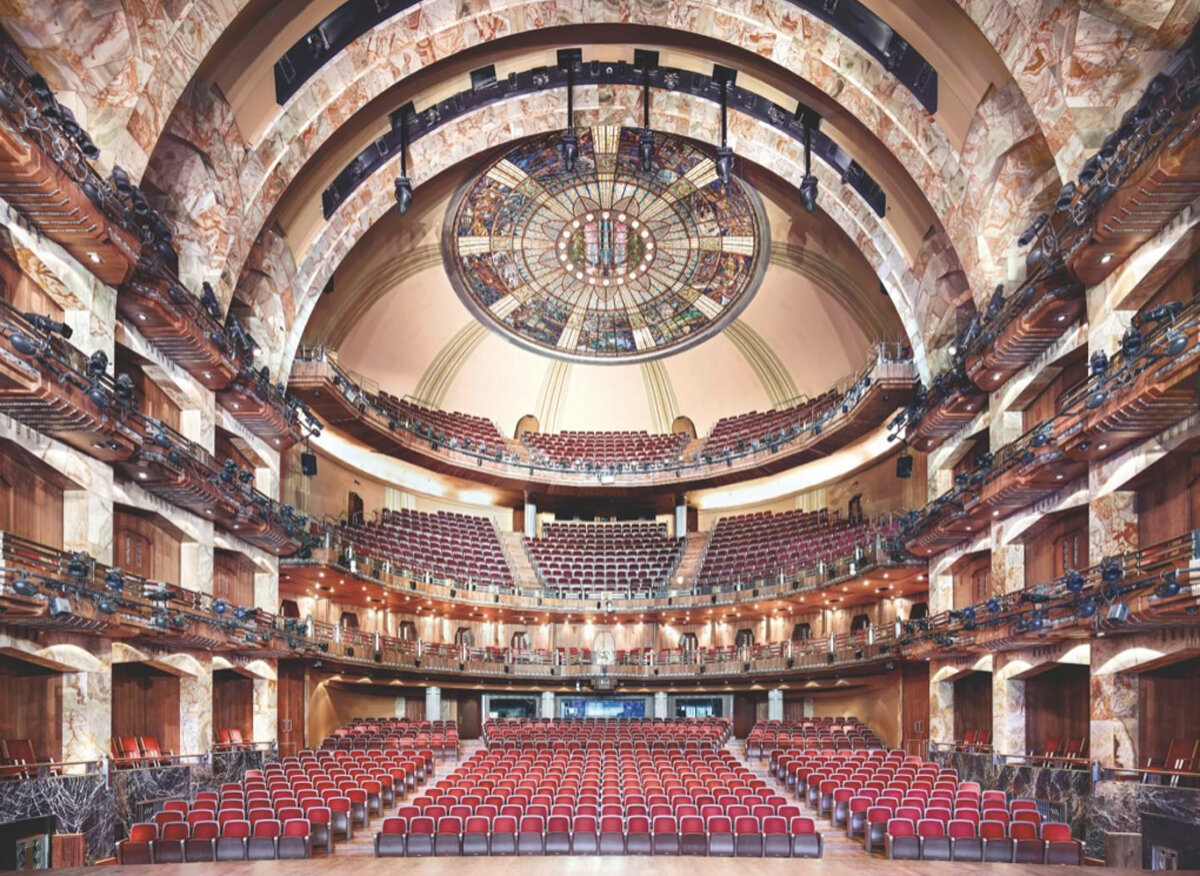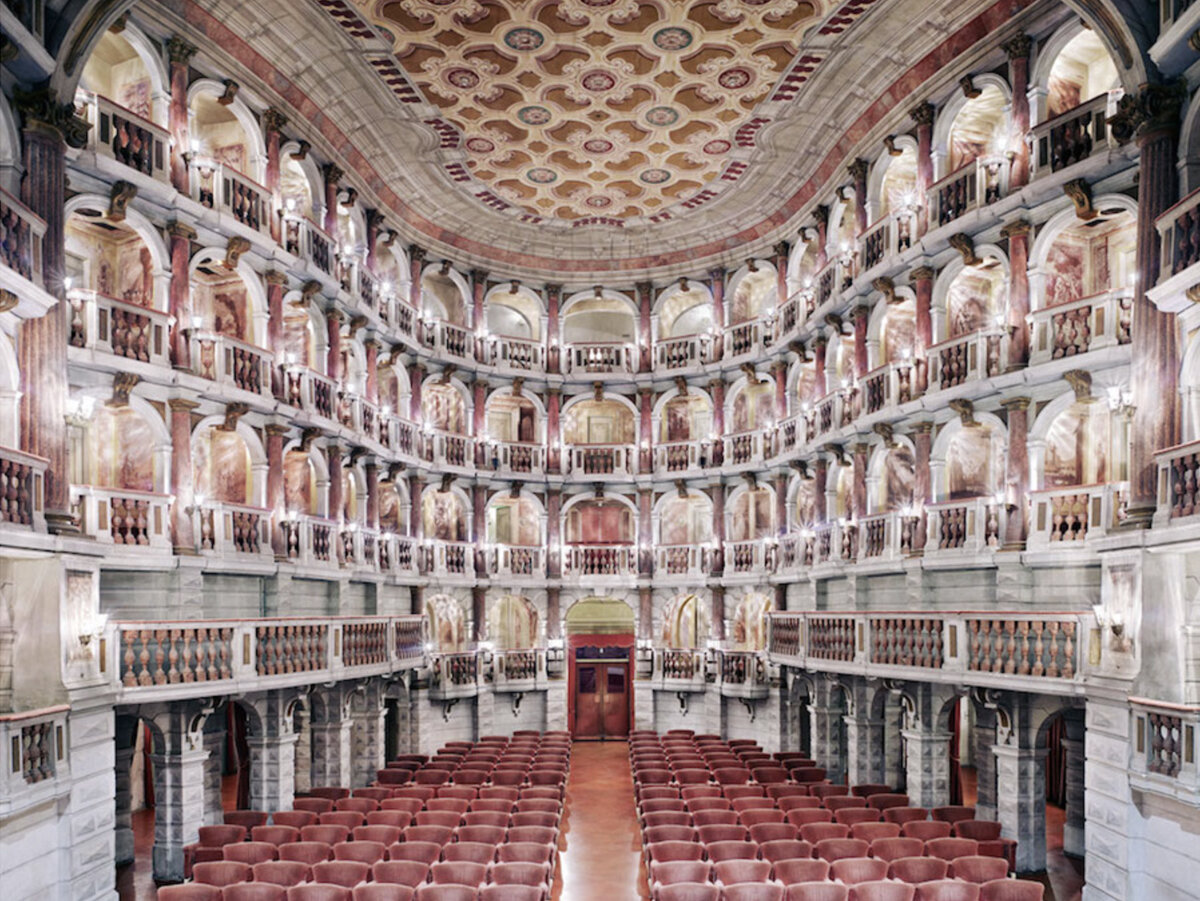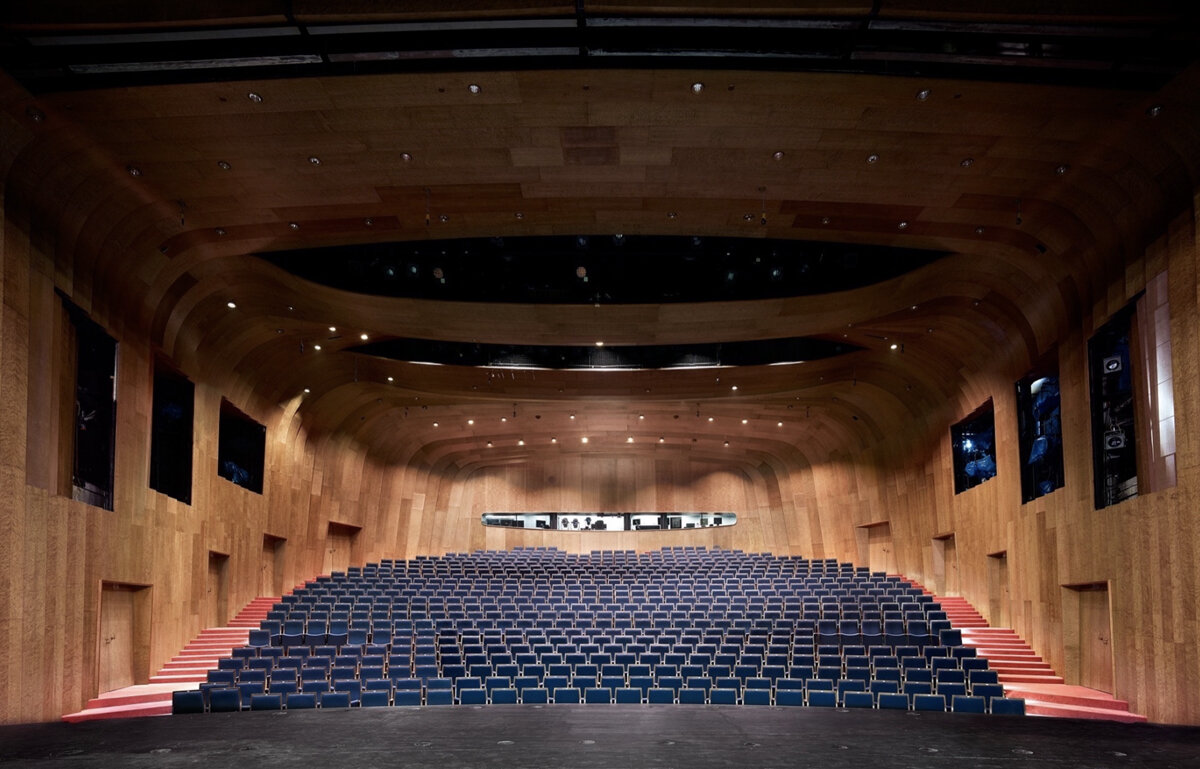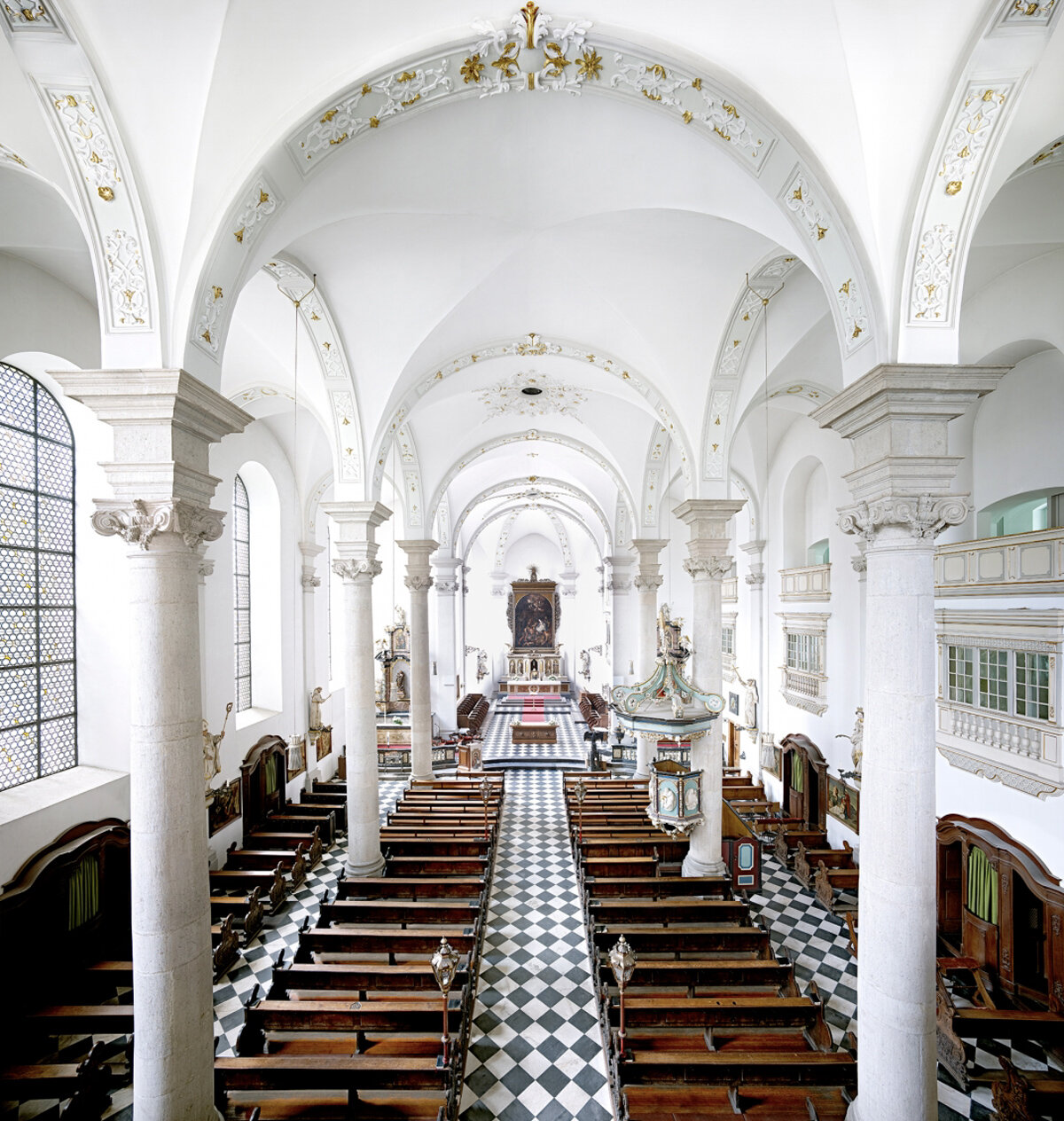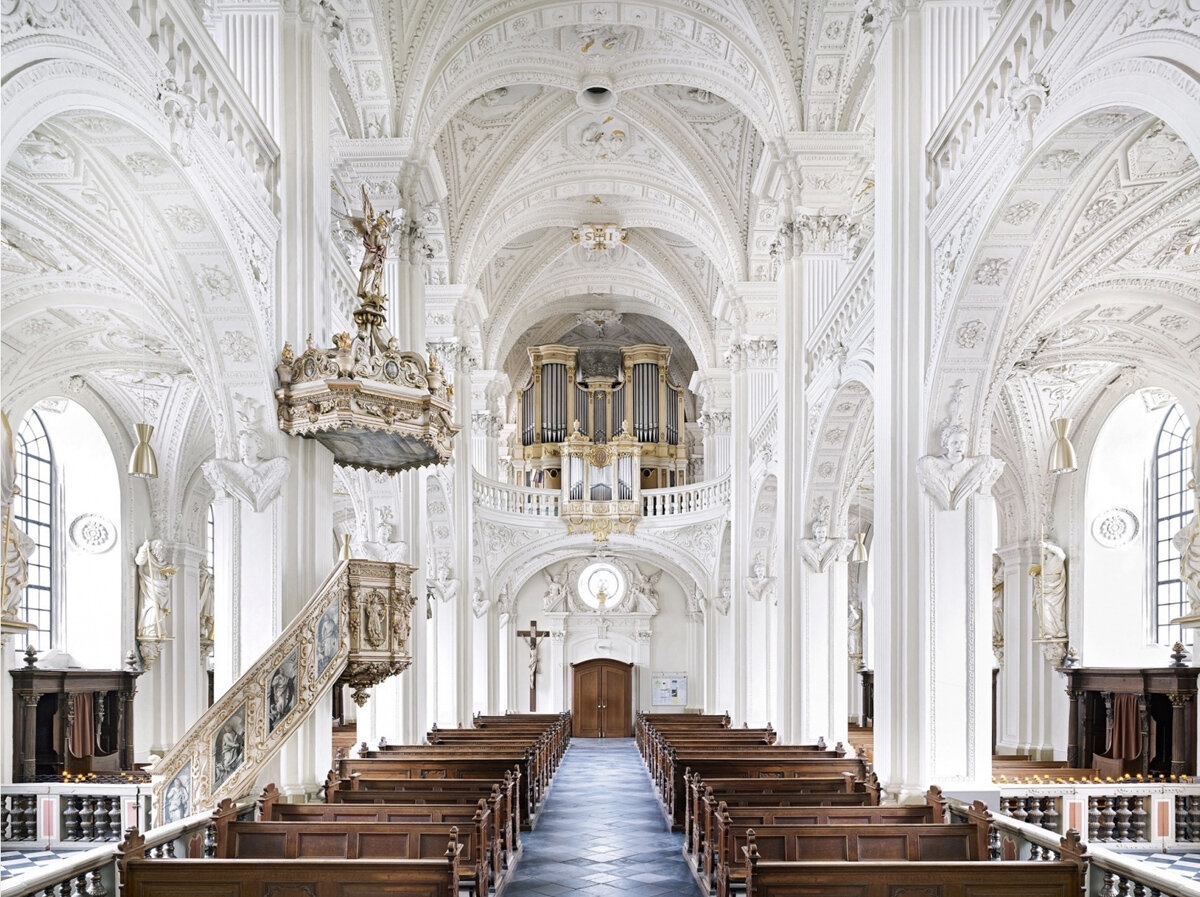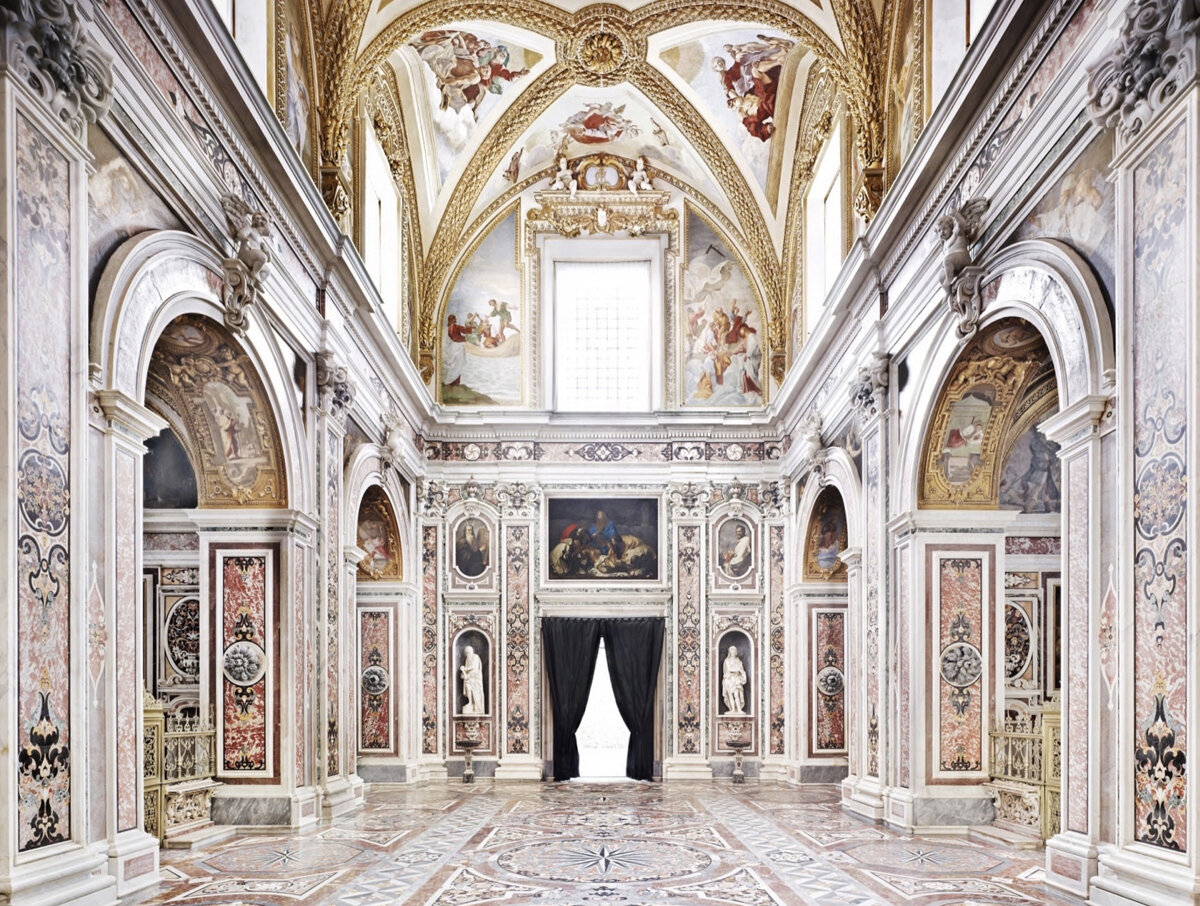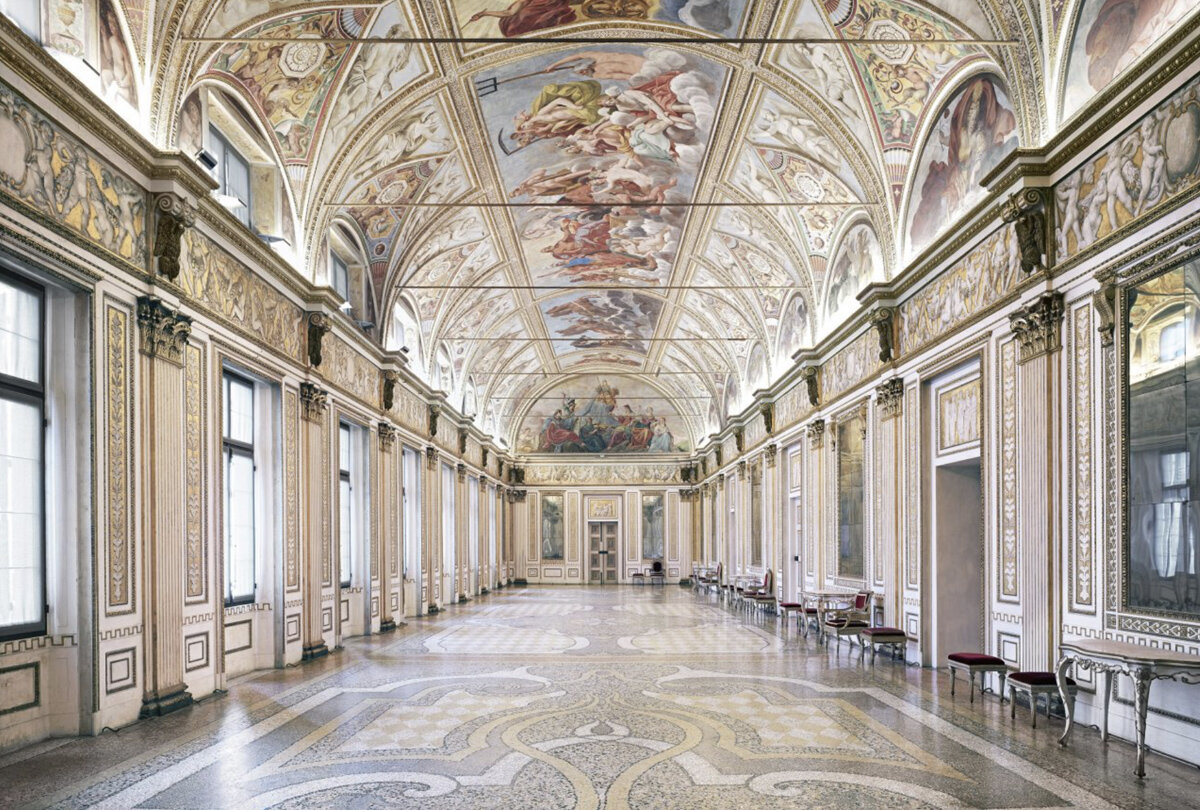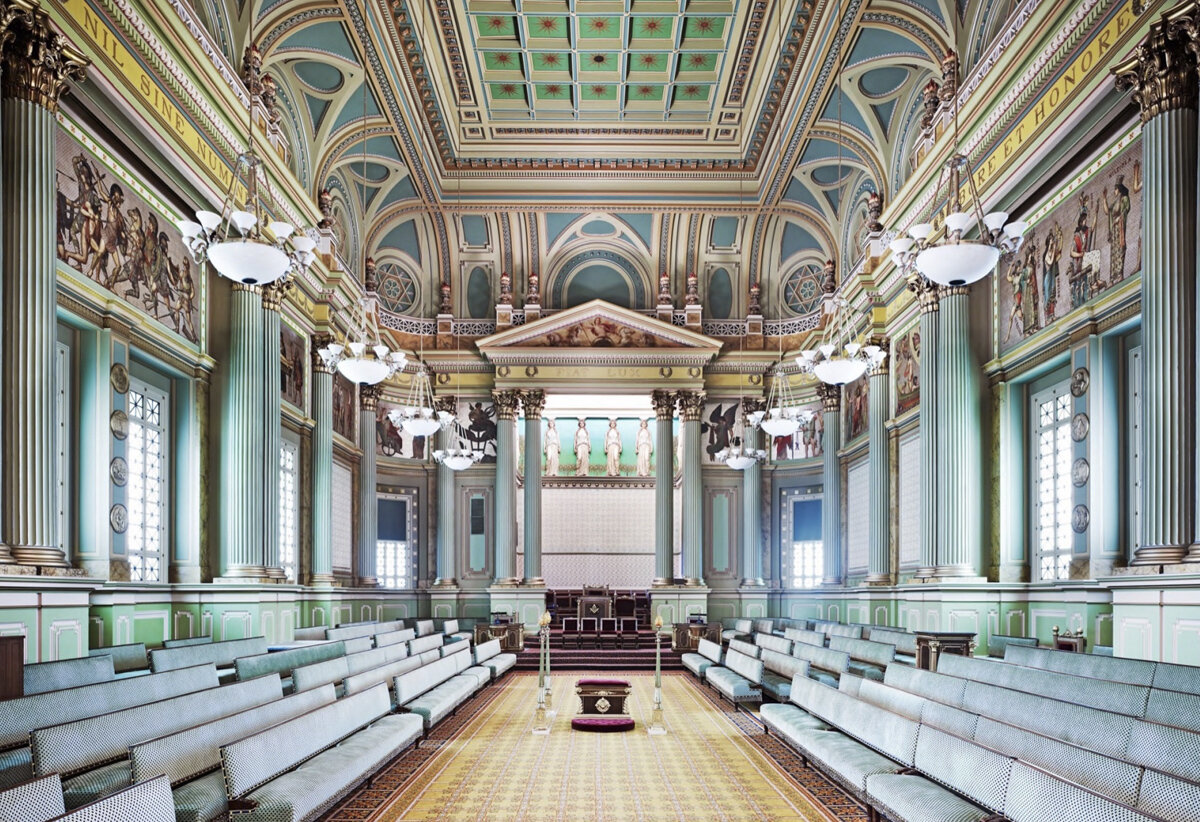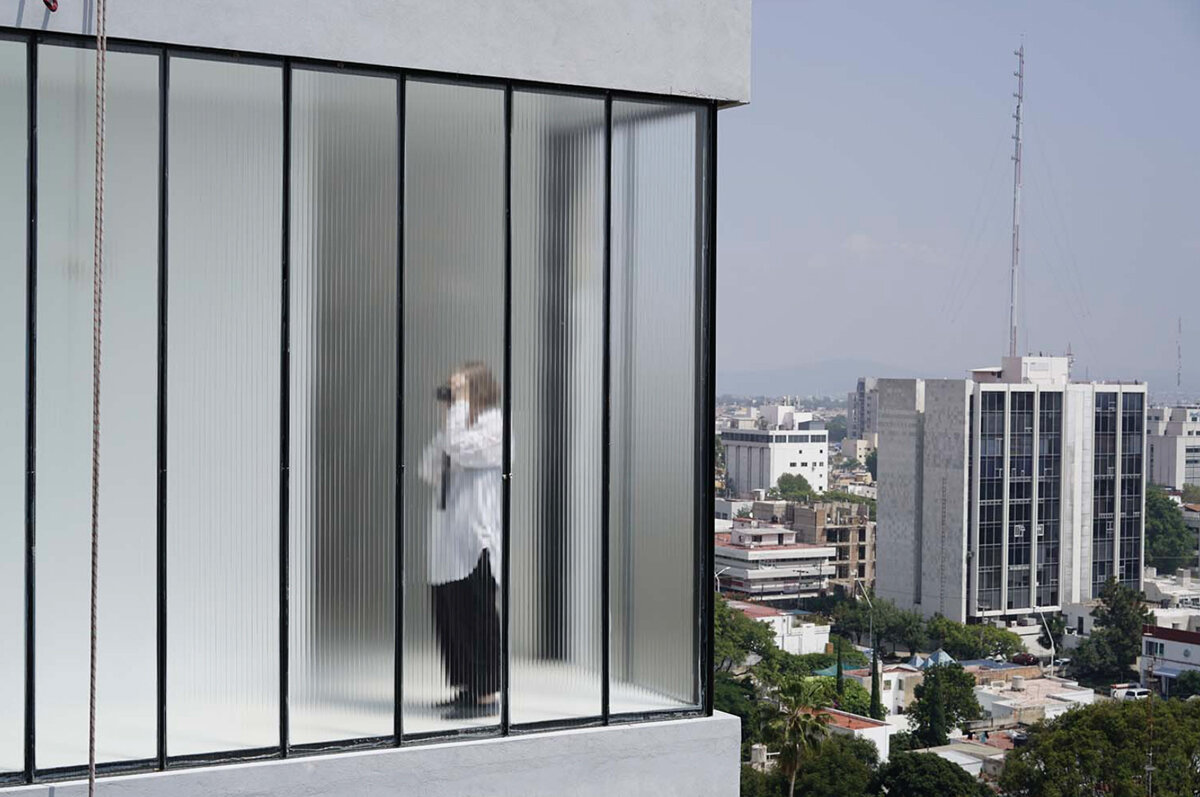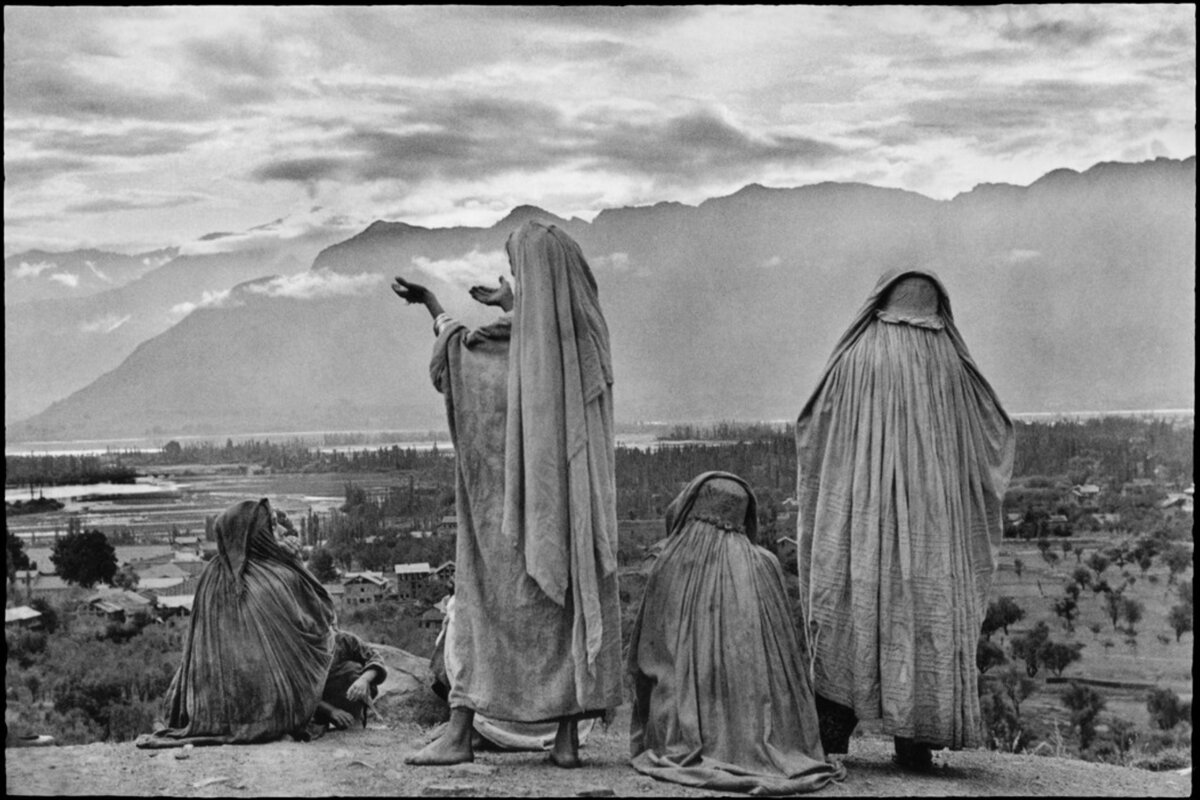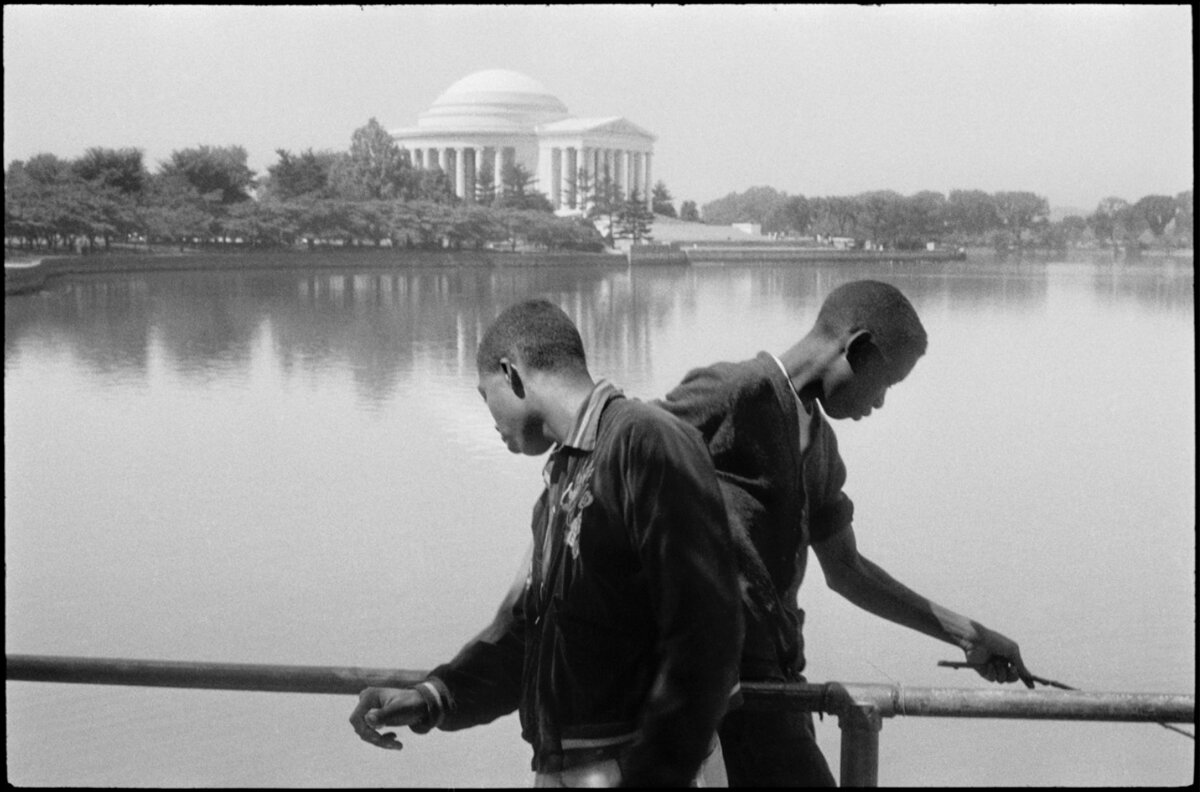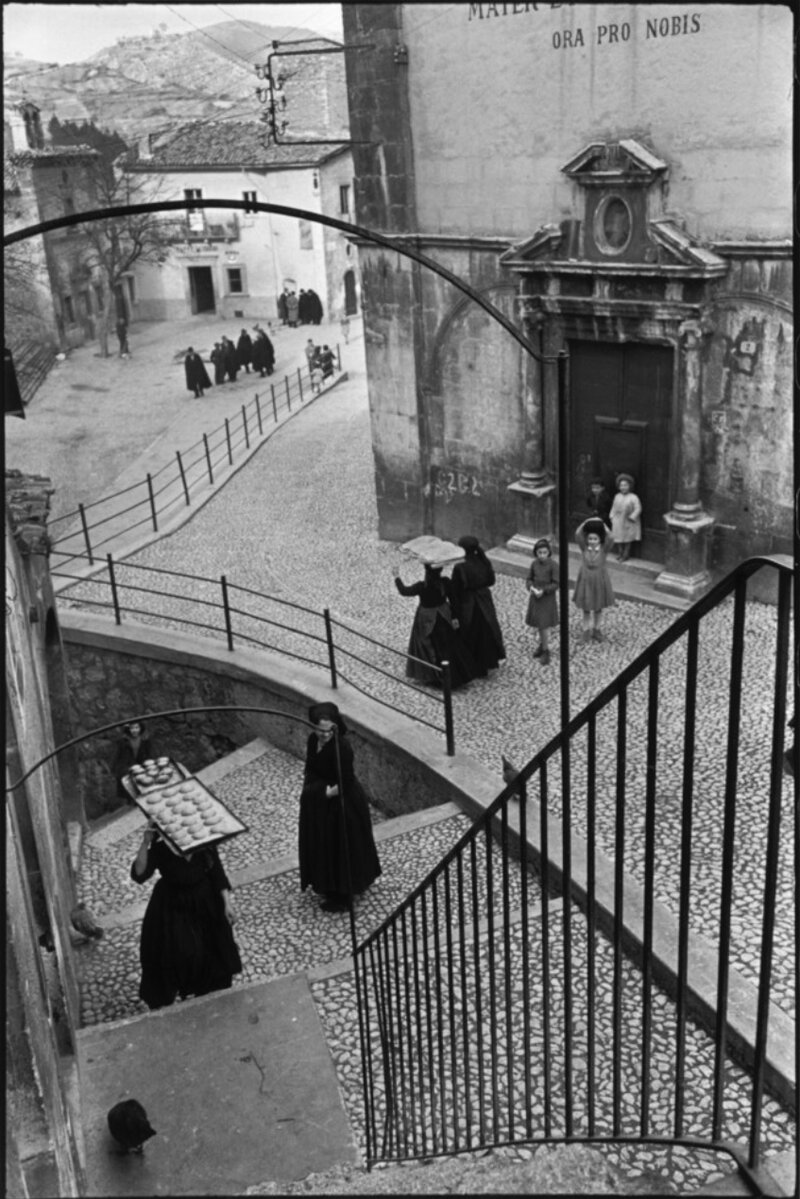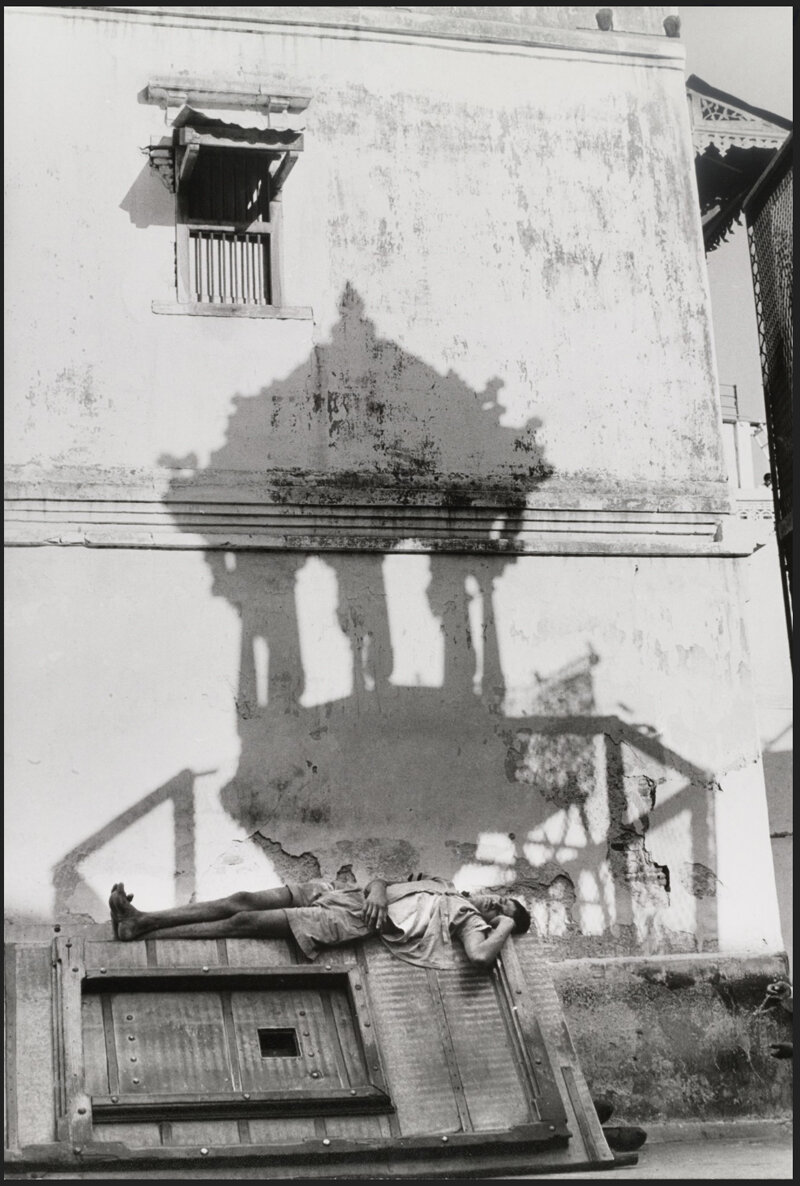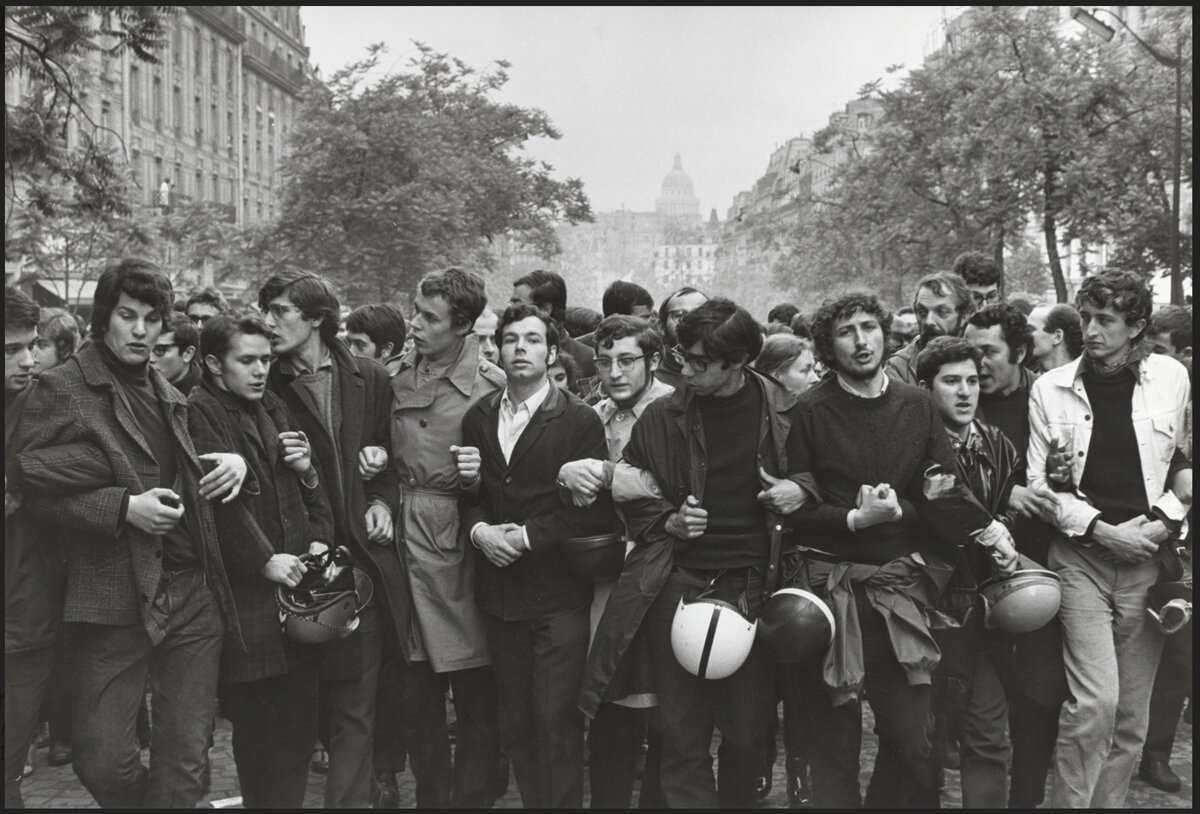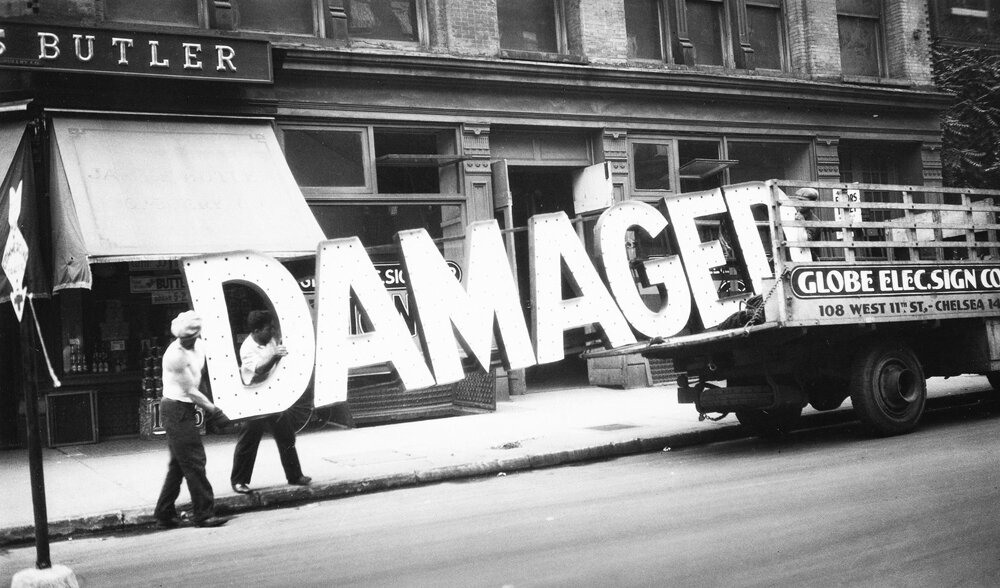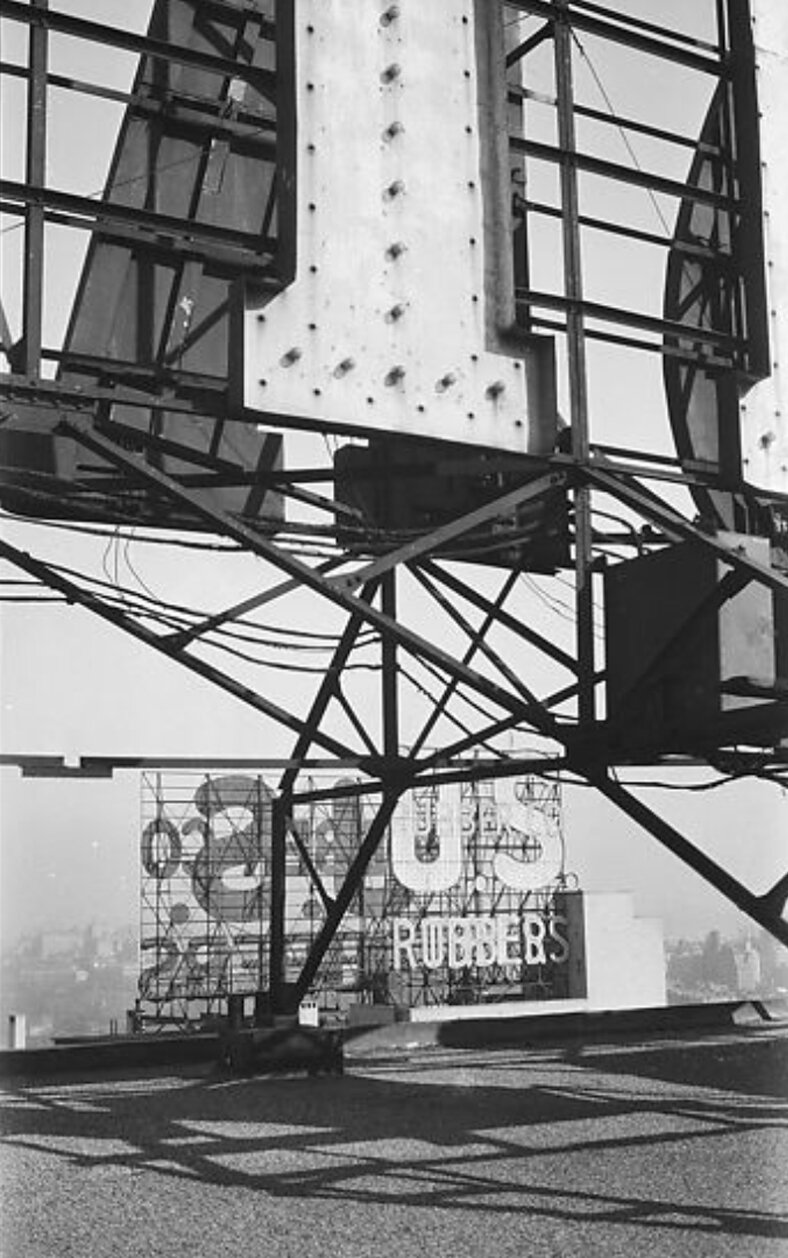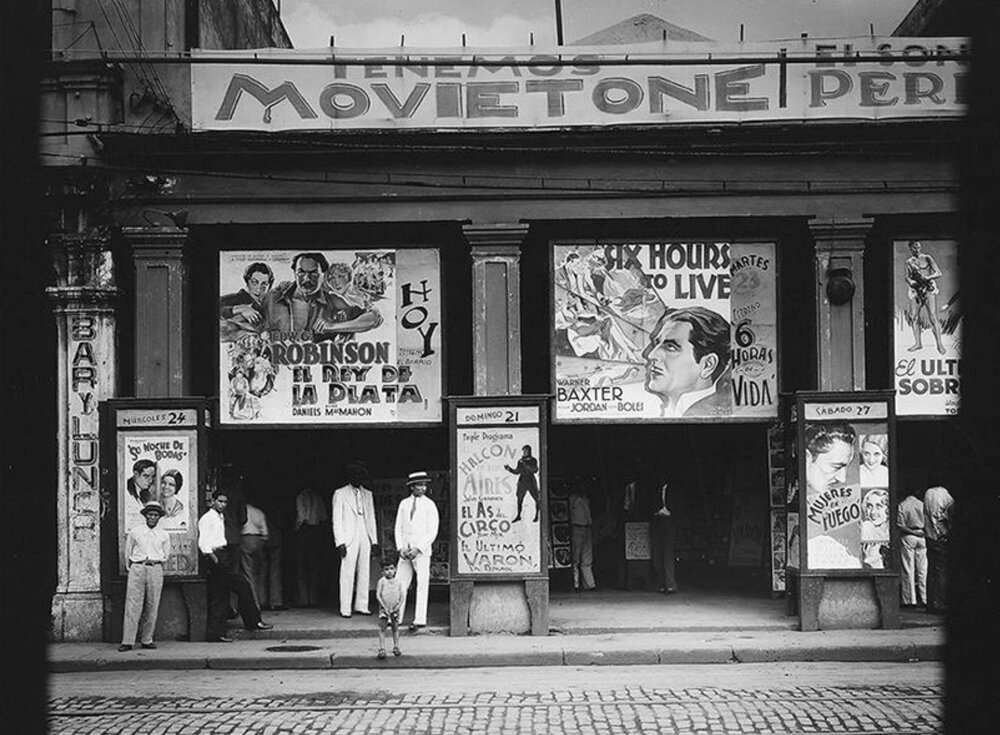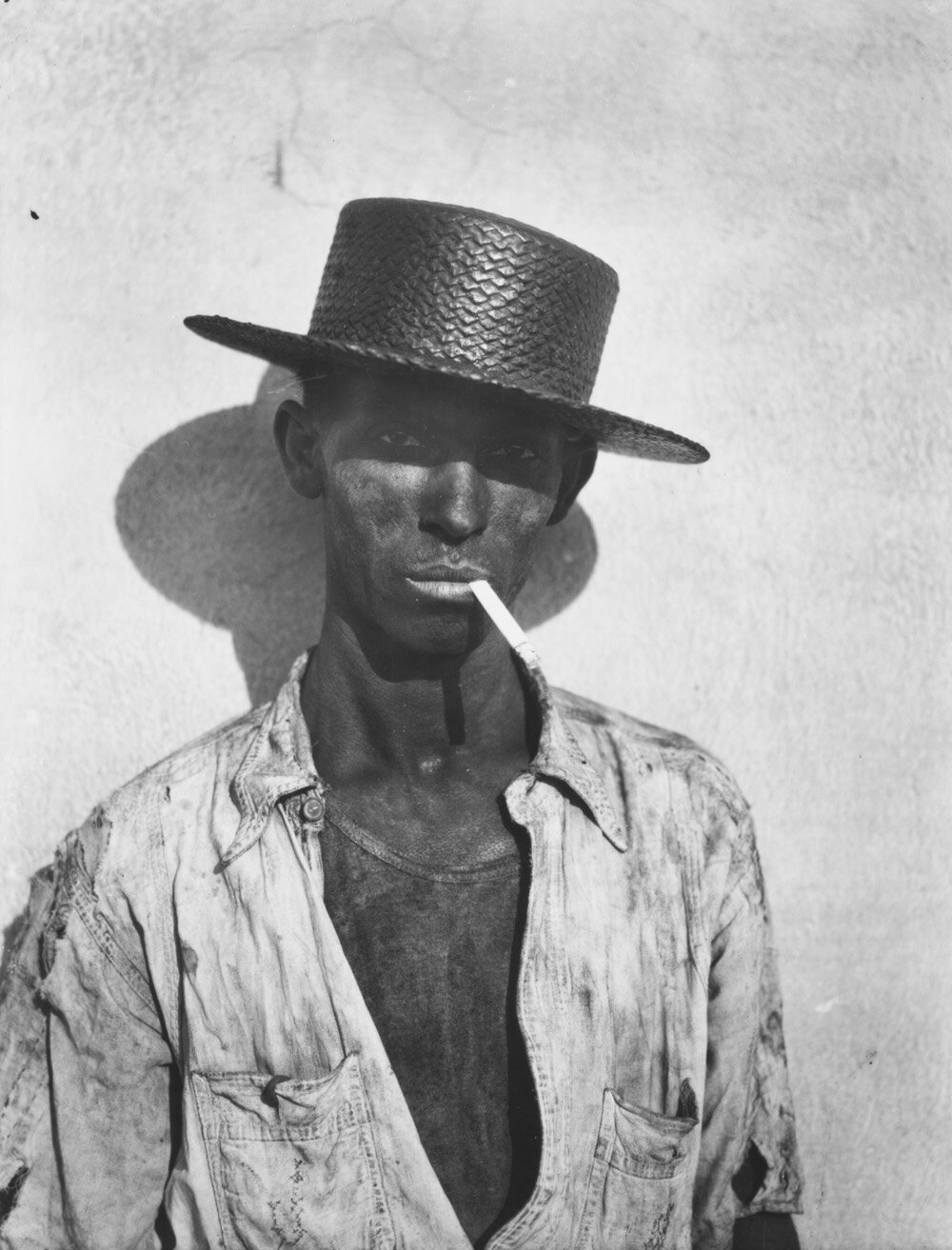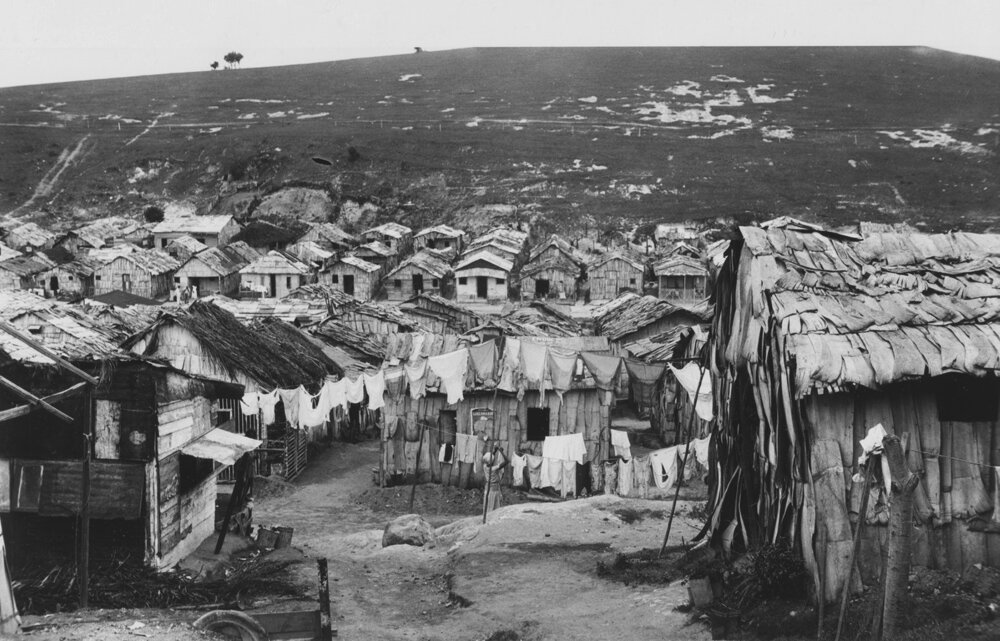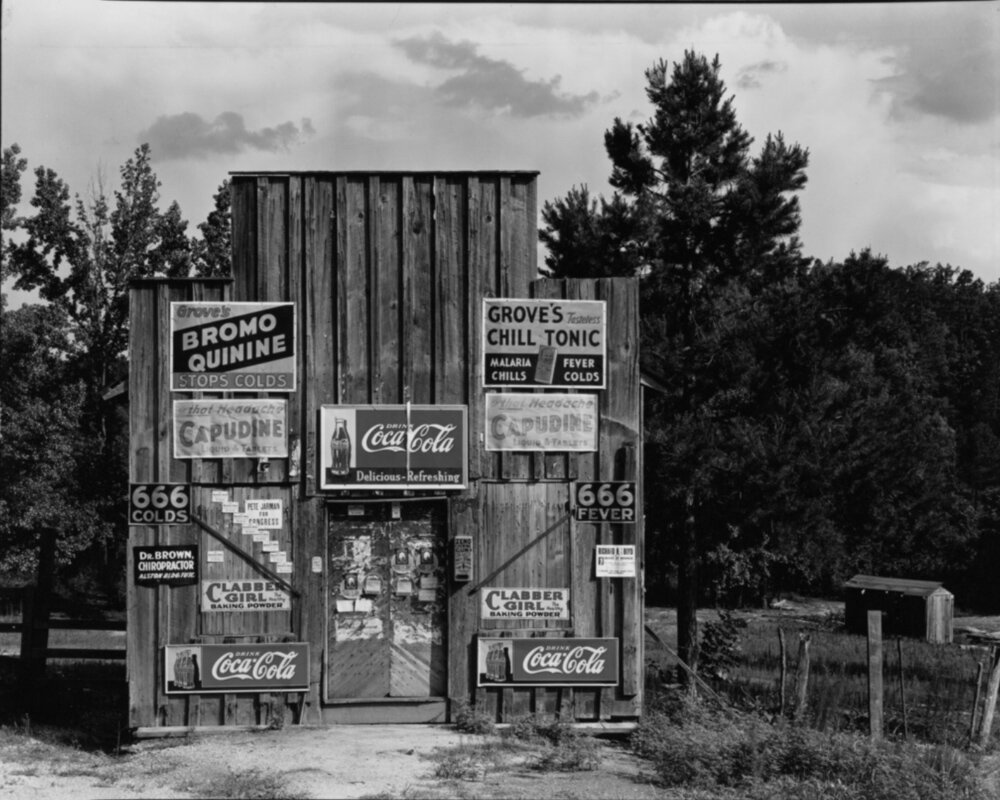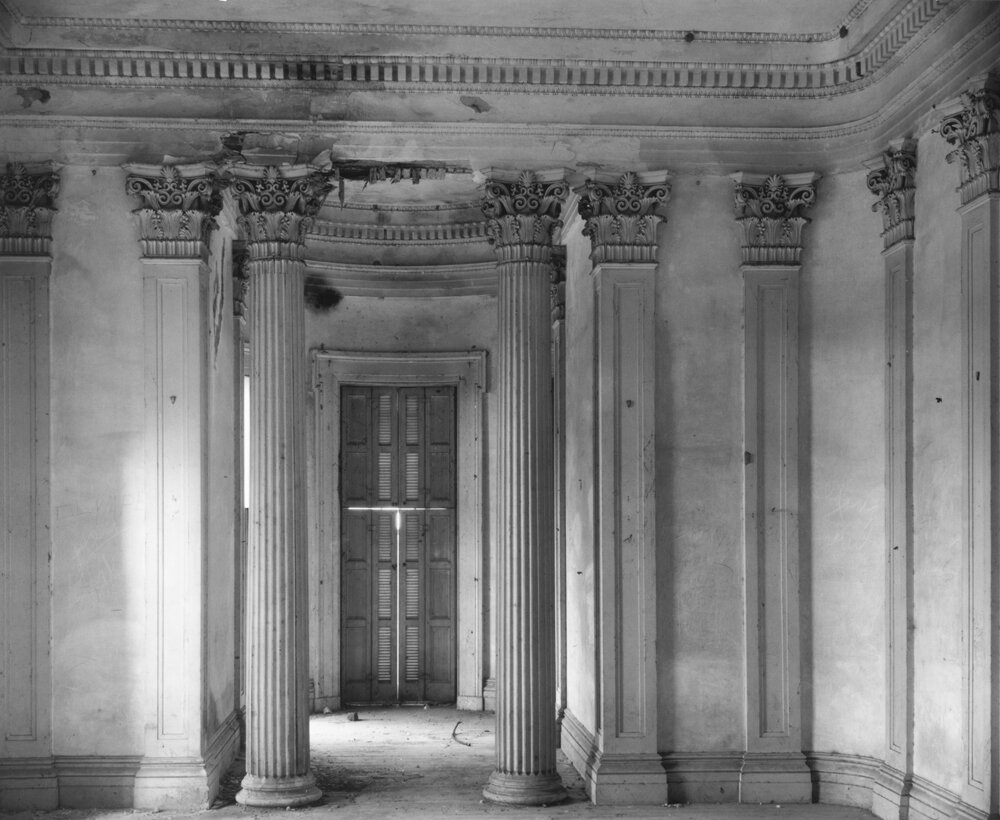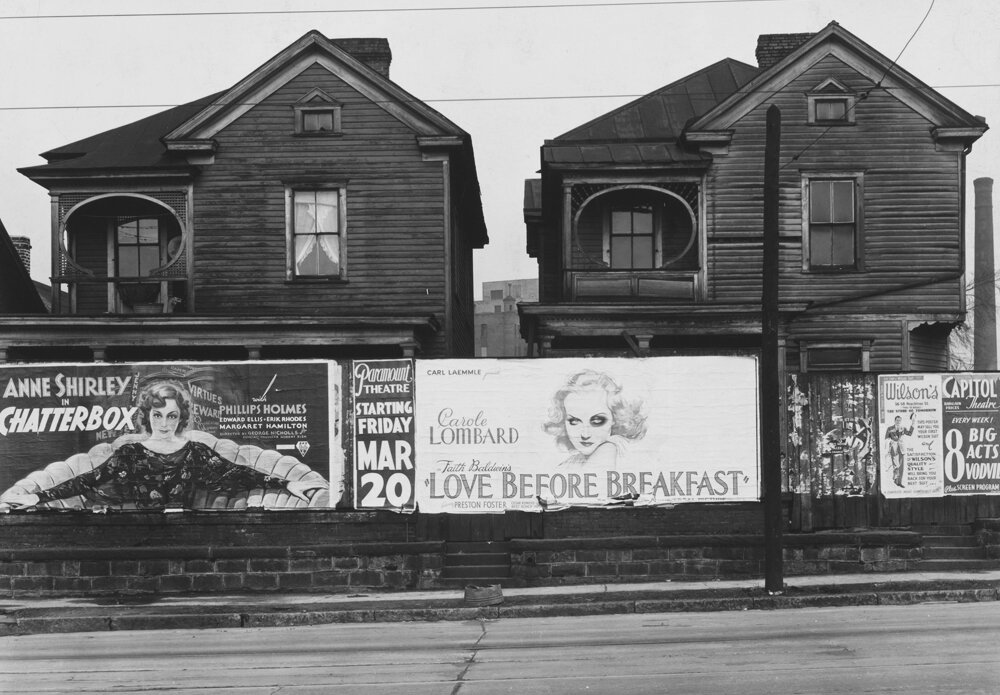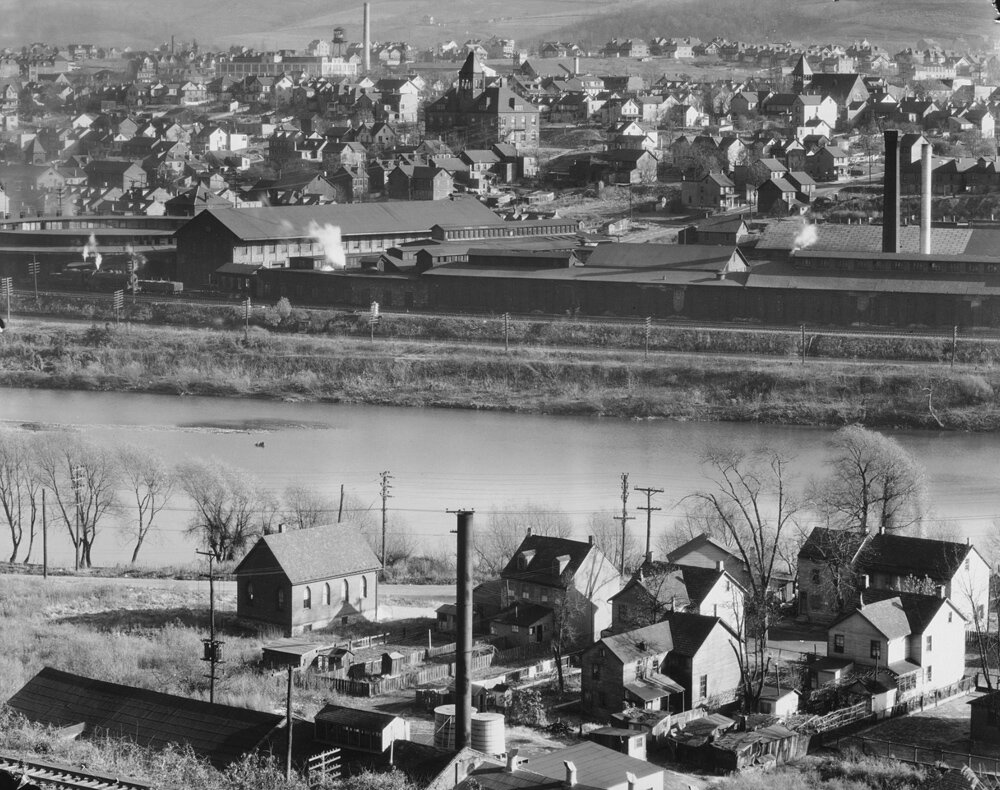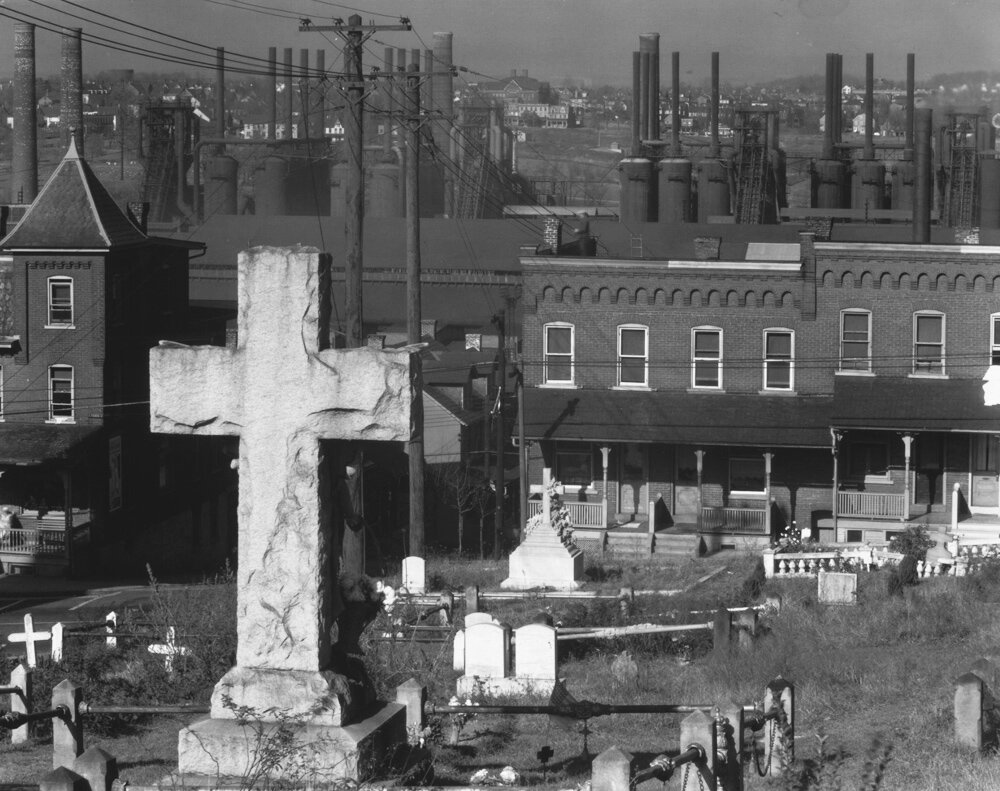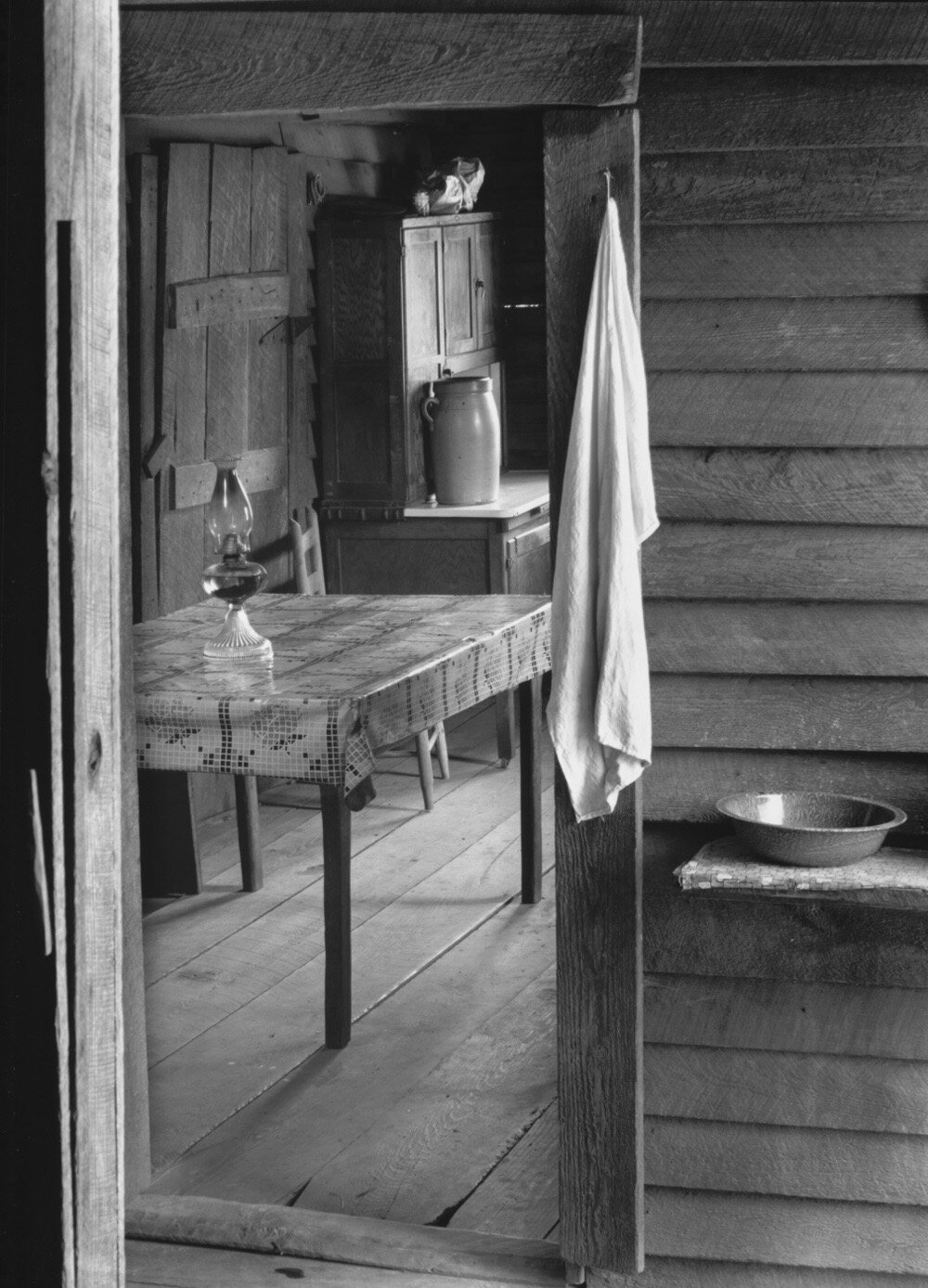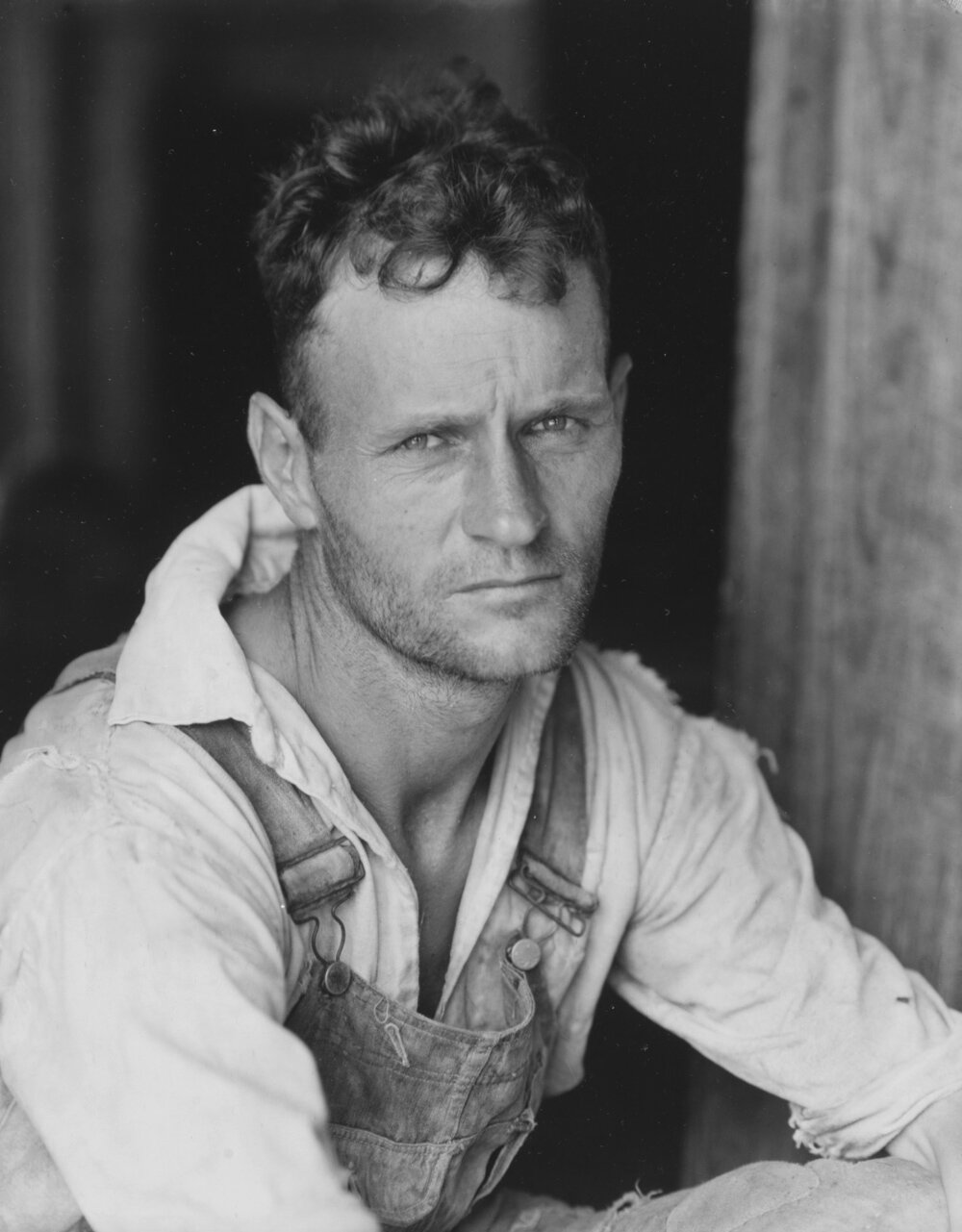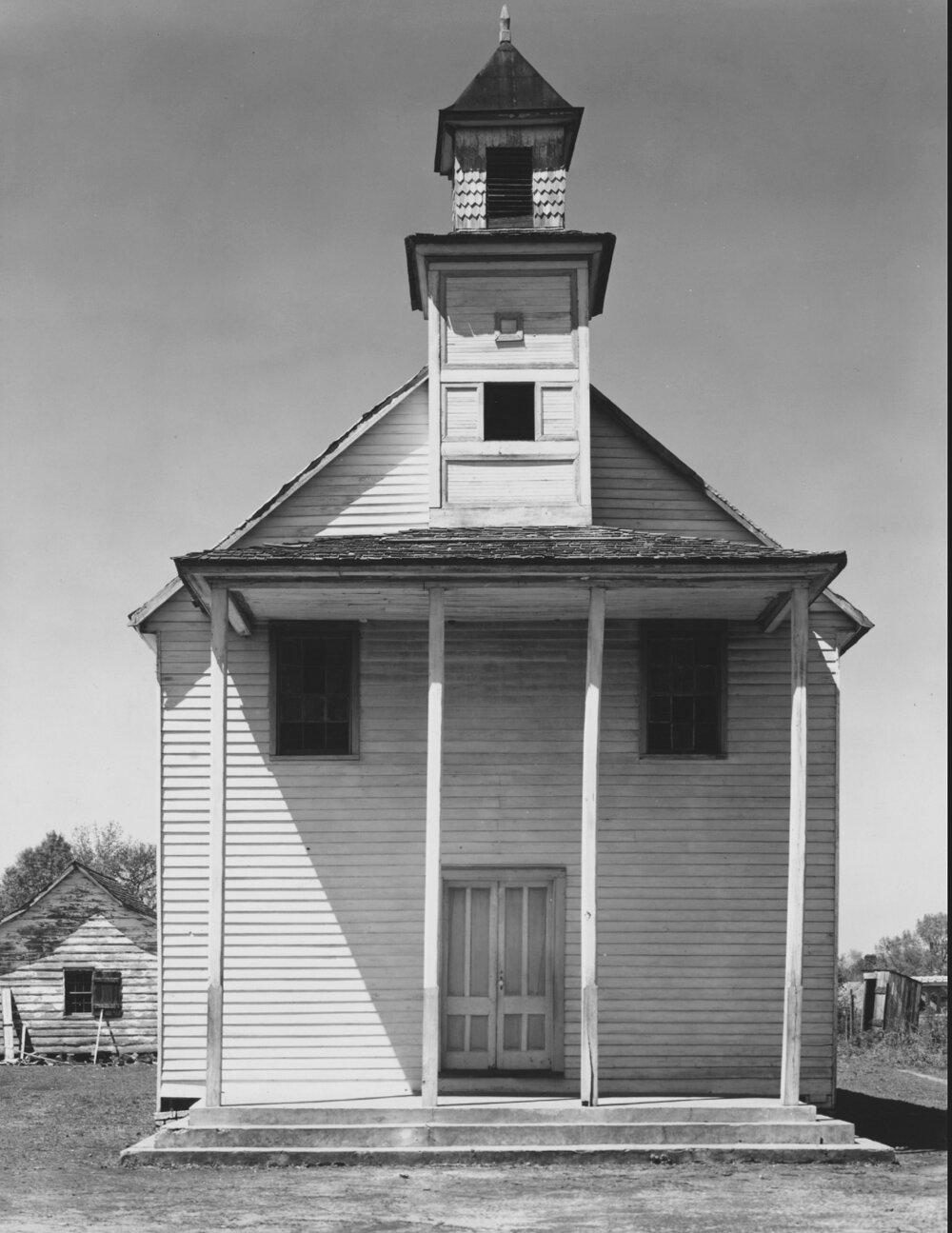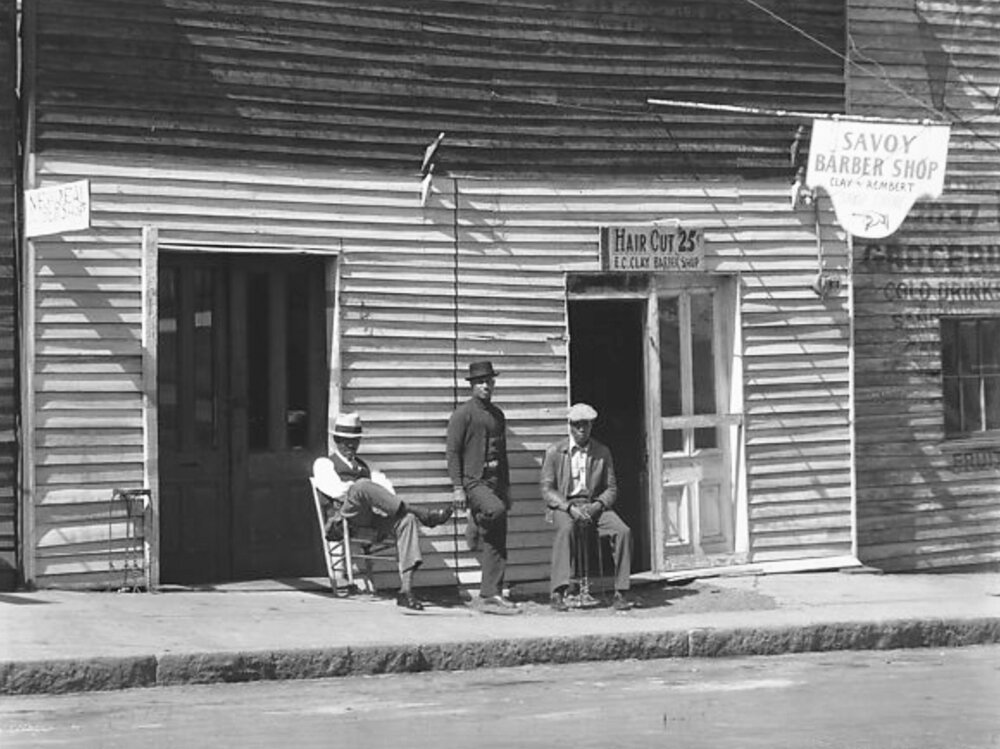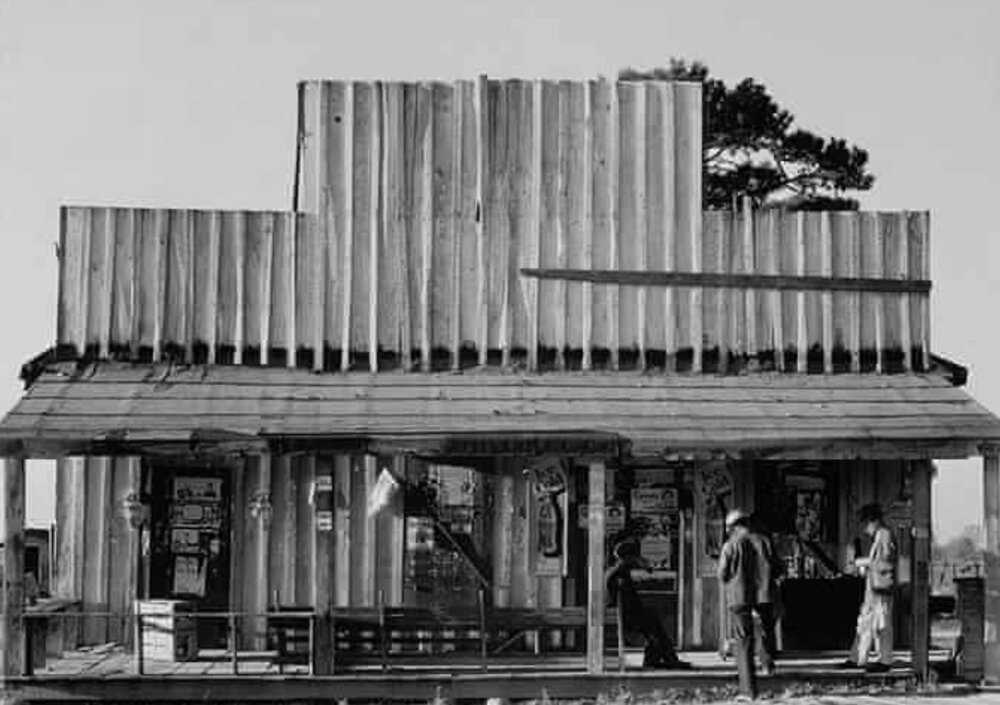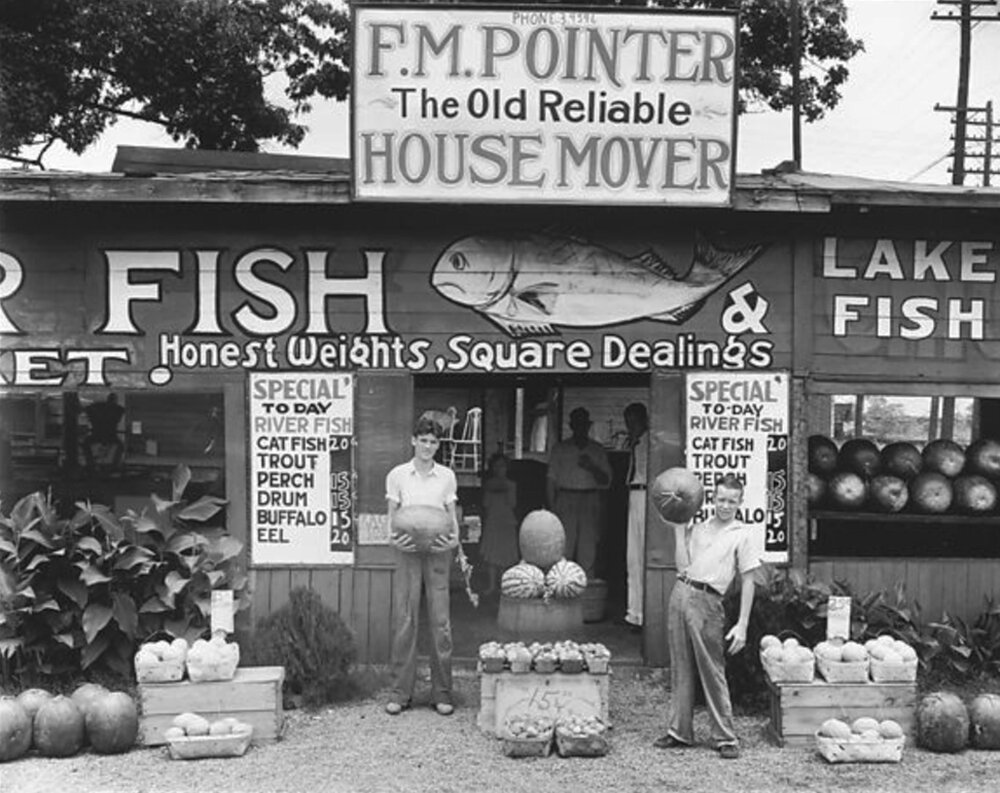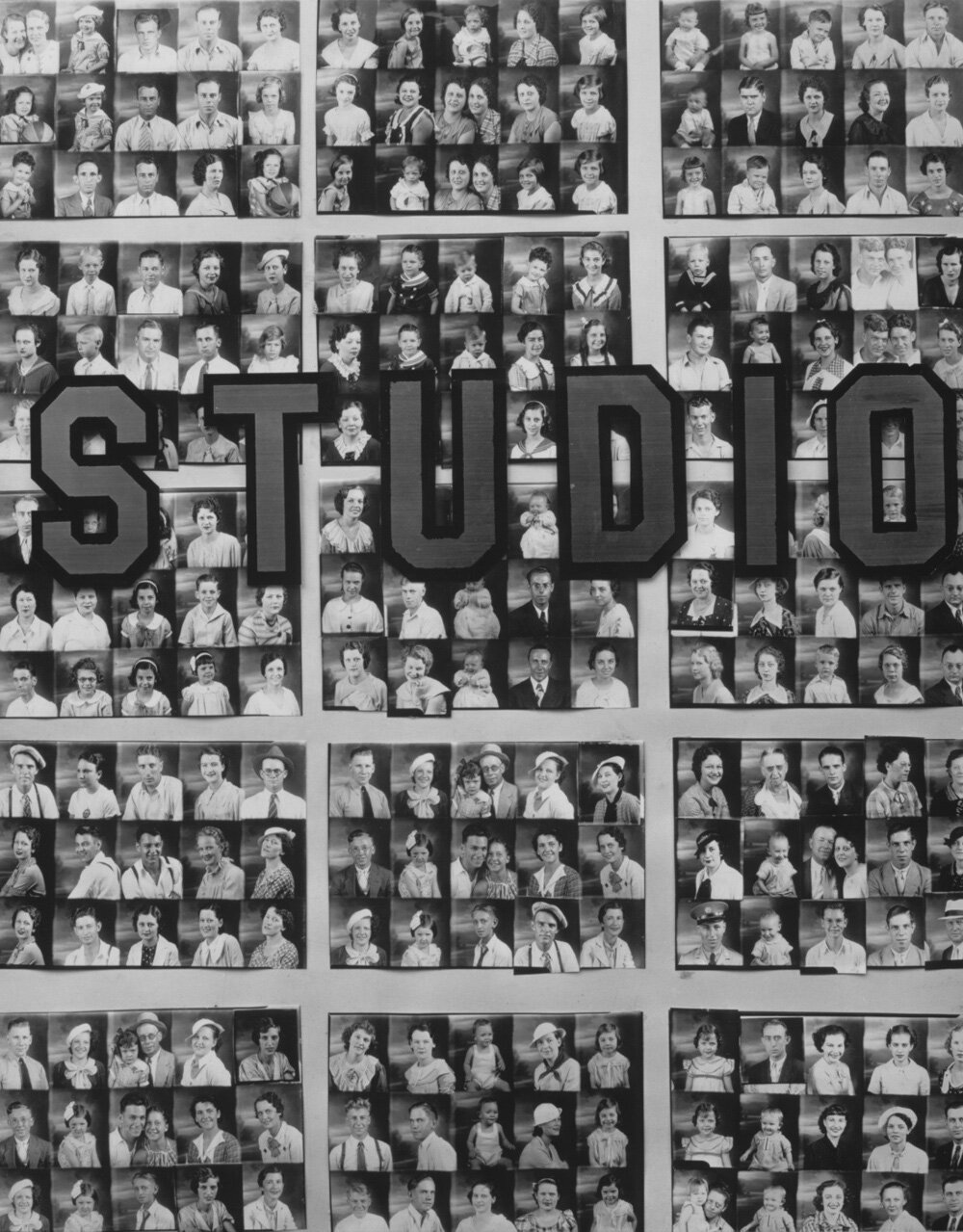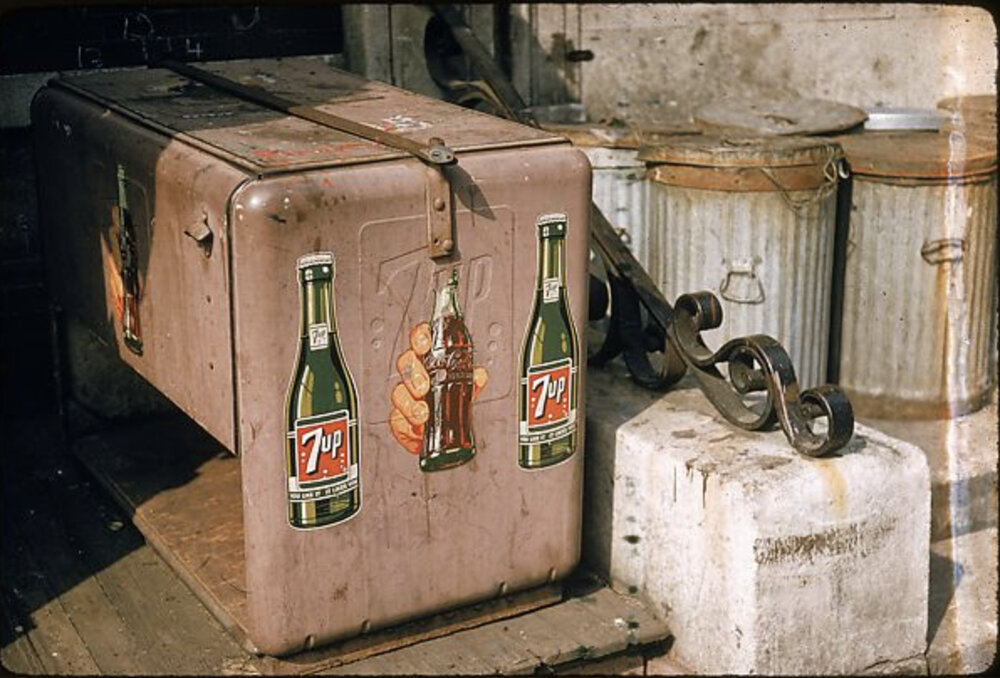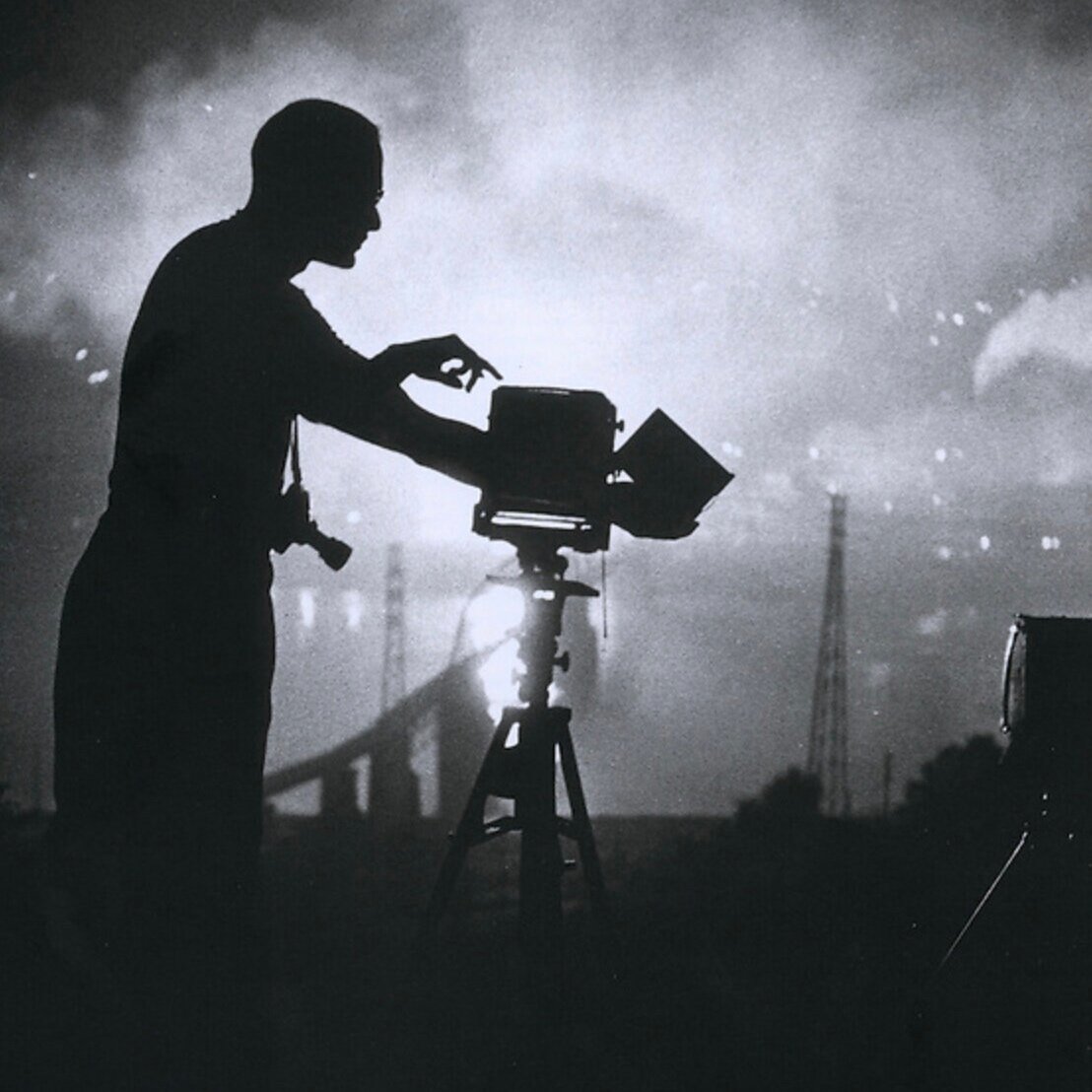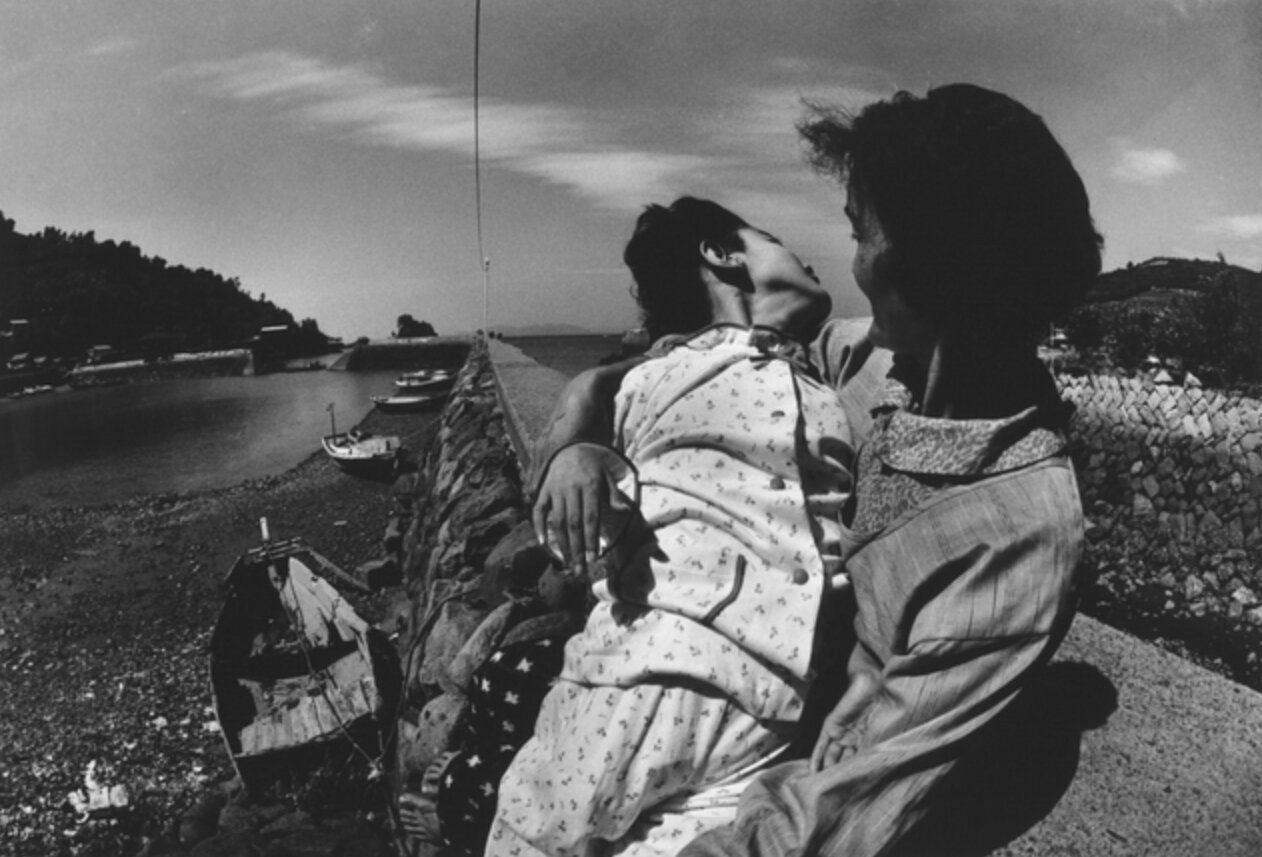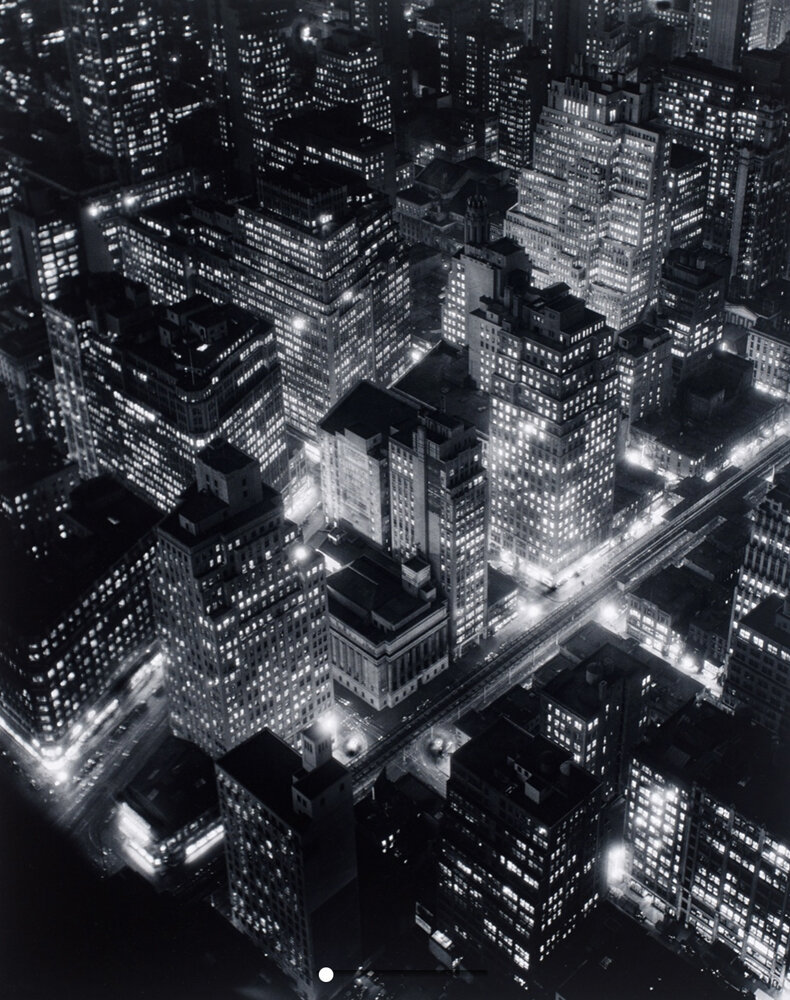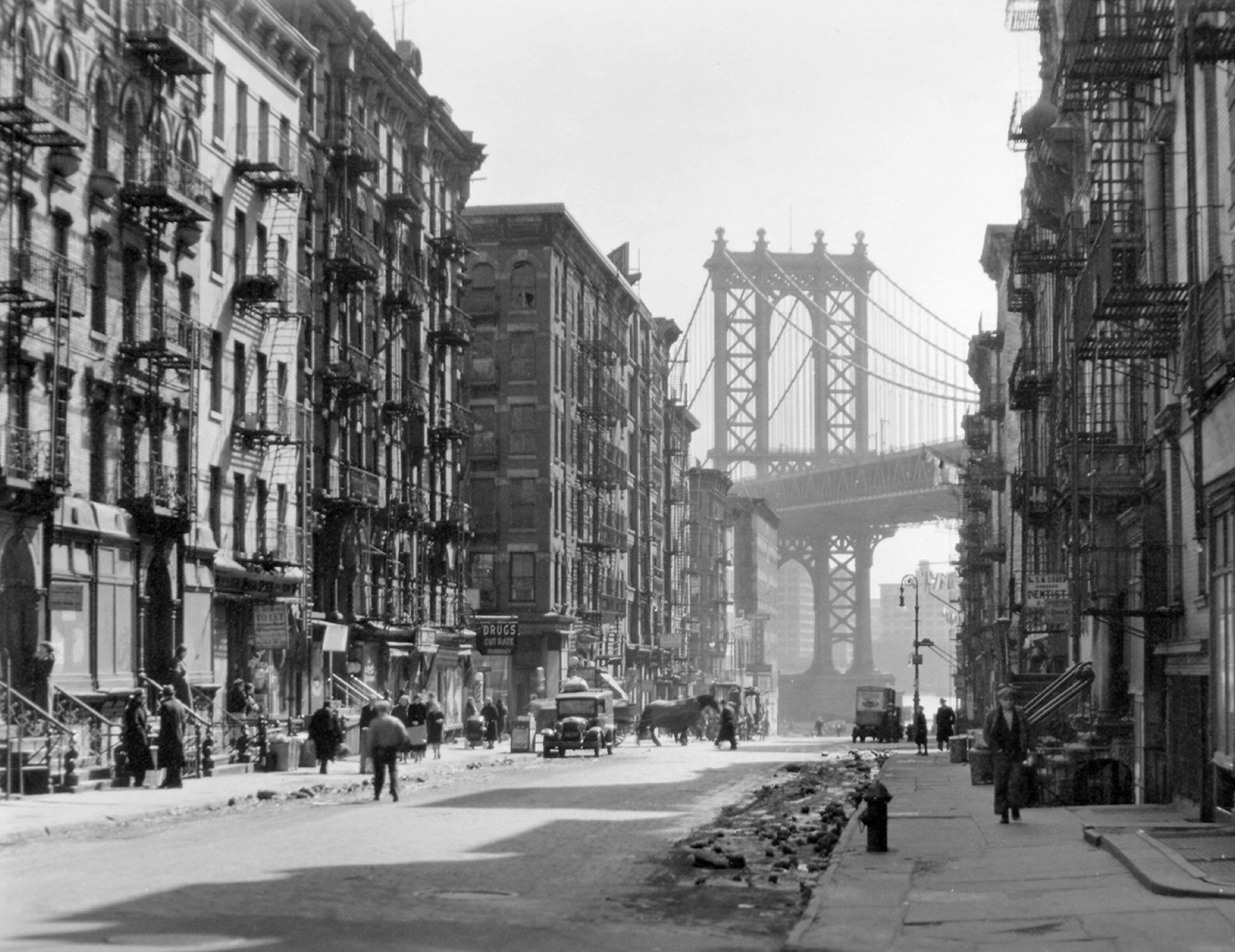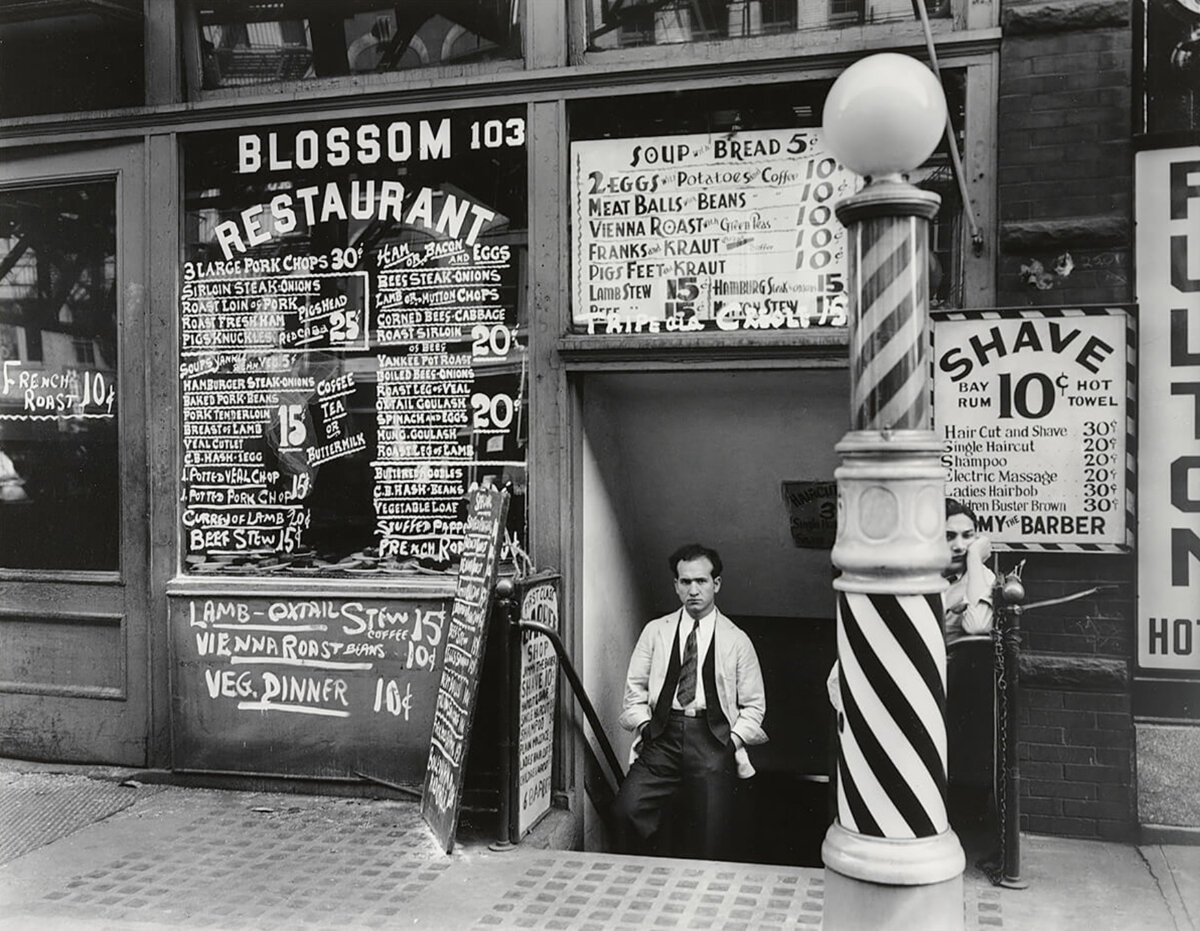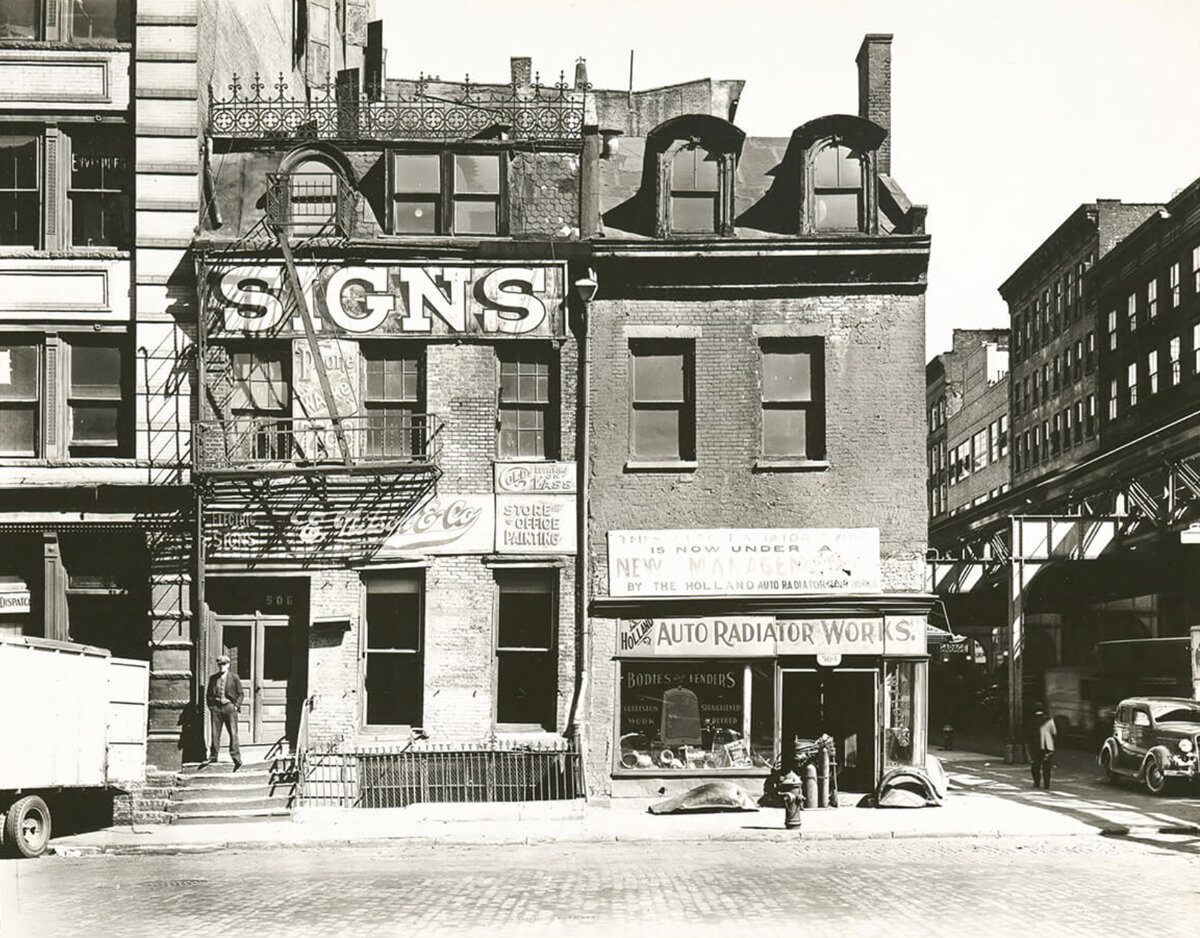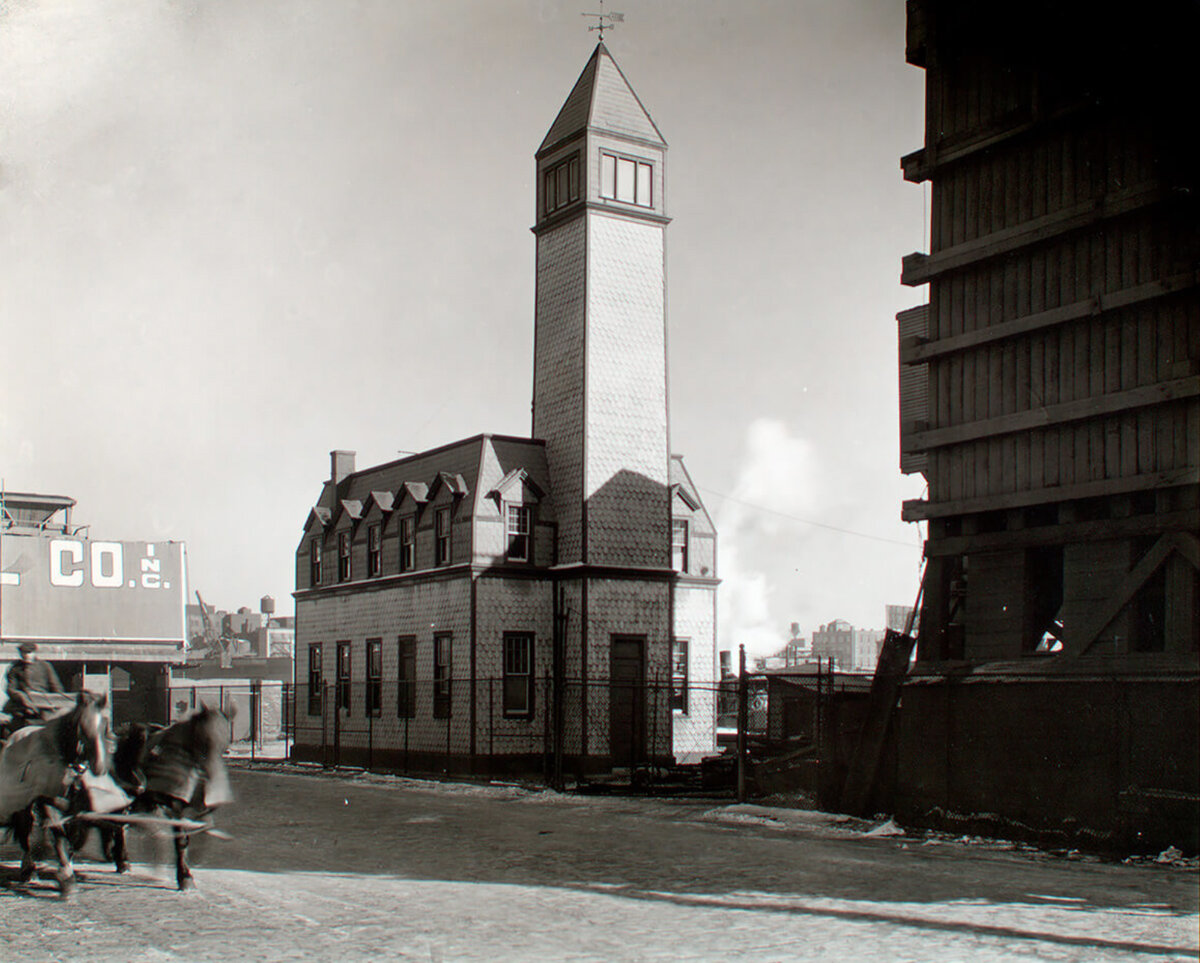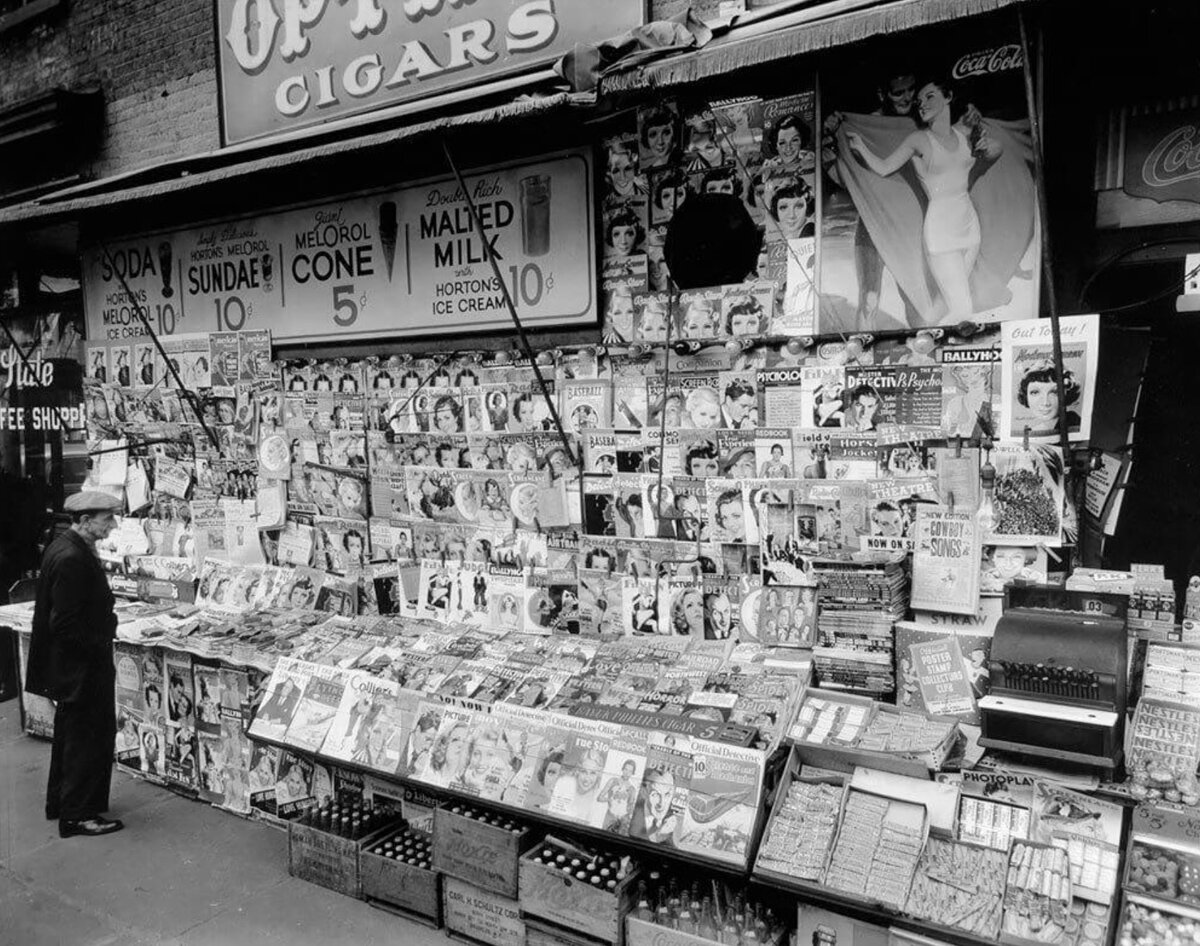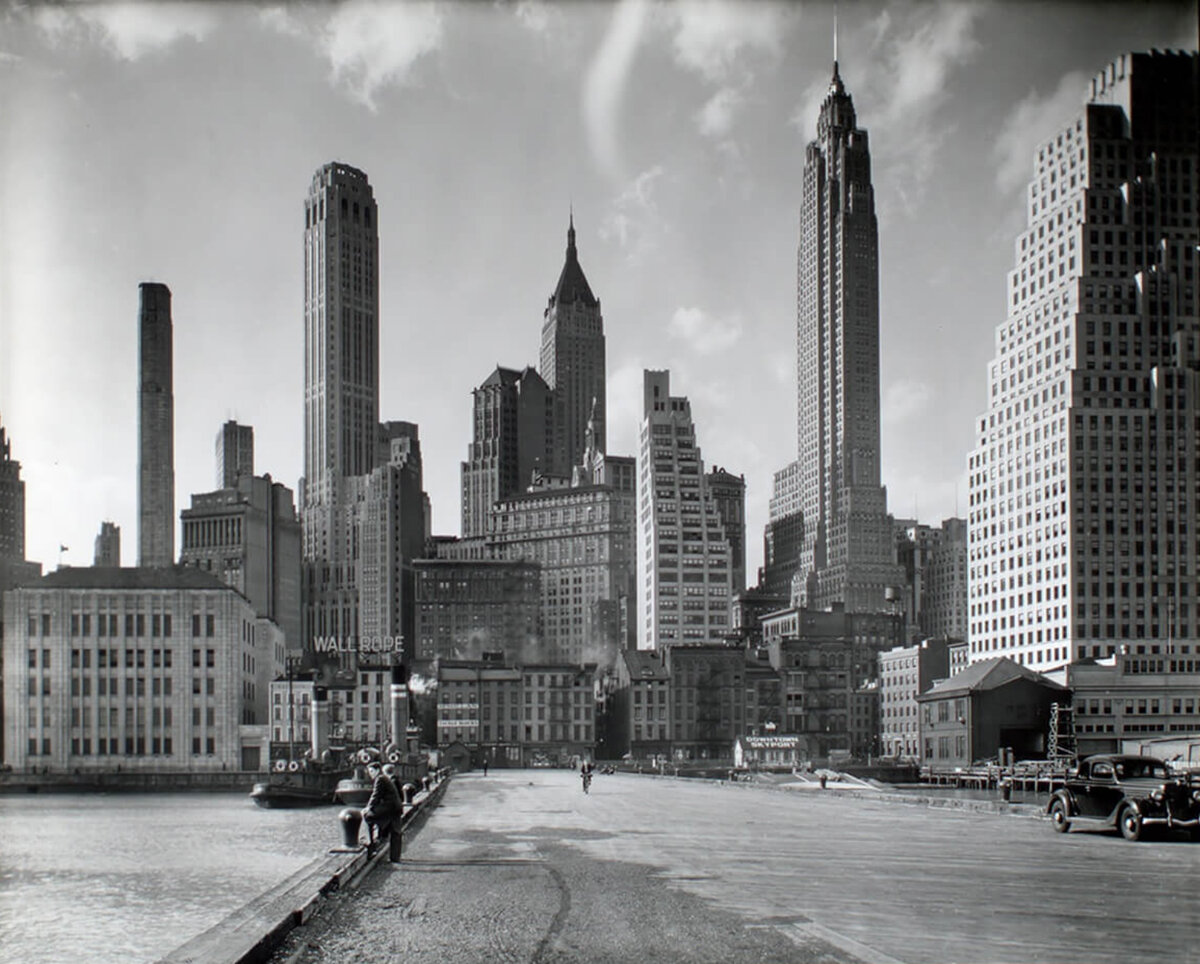Gregory Crewdson at Marubi Museum of Photography
In the Marubi National Museum of Photography in Shkoder, from 20 December 2024 till 16 March 2025, is open the Exhibition "Eveningside" by American photographer Gregory Crewdson, curated by Jean-Charles Vergne. The exhibition project was realized in collaboration with Gallerie d'Italia - Intesa Sanpaolo Museum thanks to the support of the Ministry of Economy, Culture and Innovation.
The exhibition is a great opportunity to take a closer look at the photography of Gregory Crewdson, who is known for his large-format prints of cinematic scenes, where every detail is meticulously thought out and planned in advance. His scenic style and the mysterious mood he brings to his photography make Gregory Crewdson stand out as one of the most important figures in contemporary visual art.
In the Marubi National Museum of Photography in Shkoder, from 20 December 2024 till 16 March 2025, is open the Exhibition "Eveningside" by American photographer Gregory Crewdson, curated by Jean-Charles Vergne. The exhibition project was realized in collaboration with Gallerie d'Italia - Intesa Sanpaolo Museum thanks to the support of the Ministry of Economy, Culture and Innovation.
The exhibition is a great opportunity to take a closer look at the photography of Gregory Crewdson, who is known for his large-format prints of cinematic scenes, where every detail is meticulously thought out and planned in advance. His scenic style and the mysterious mood he brings to his photography make Gregory Crewdson stand out as one of the most important figures in contemporary visual art.
Exhibition View, photo credit Tatì Space
The exhibition “Eveningside” presents works from three series created between 2012 and 2022. The title of the exhibition is taken from the final series of the trilogy that begins with Cathedral of Pines and Eclipse of the Moths.
In his cinematic, large-scale images he explores the complexities of suburban life, often with an eerie or surreal quality. His work draws heavy inspiration from film, particularly the themes of mystery, alienation, and the uncanny. The settings might look familiar—empty suburban streets, quiet homes, or lonely woods—but there’s always something slightly off, like a sense of dread simmering just beneath the surface.
At the heart of Crewdson’s philosophy is the idea of capturing the complexities of human existence. His work explores themes like isolation, alienation, and the fragility of the American dream. By creating hyper-real scenes that straddle the line between reality and fiction, he invites viewers to question what’s real and what’s imagined.
Some of Crewdson’s most famous bodies of work include Twilight (1998-2002) and Beneath the Roses (2003-2008), both of which feature elaborate suburban settings with elements of surrealism and mystery.
What I like about Crewdson's work is the universality of his photography. Although the scenes are set in America, they could be anywhere, as he chooses environments and props that have no time and place. The suburbs and almost empty cities could be the small towns of Albania impoverished by the closure of large industries. The empty suburbs could be the periphery of our cities where there is a kind of apathy and disturbing emptiness. Without a doubt, Gregory Crewdson is one of the most inspiring photographers with the artistic images he creates and the social and psychological themes he addresses.
Gregory Crewdson's meticulous attention to detail and ability to capture intense emotional moments set his work apart, making him a master of modern photography that explores the tension between reality and the mysterious.
Gregory Crewdson “Jim’s House of Shoes” (2021-2022)
Digital Pigment Print, image size 34,5 × 46 in
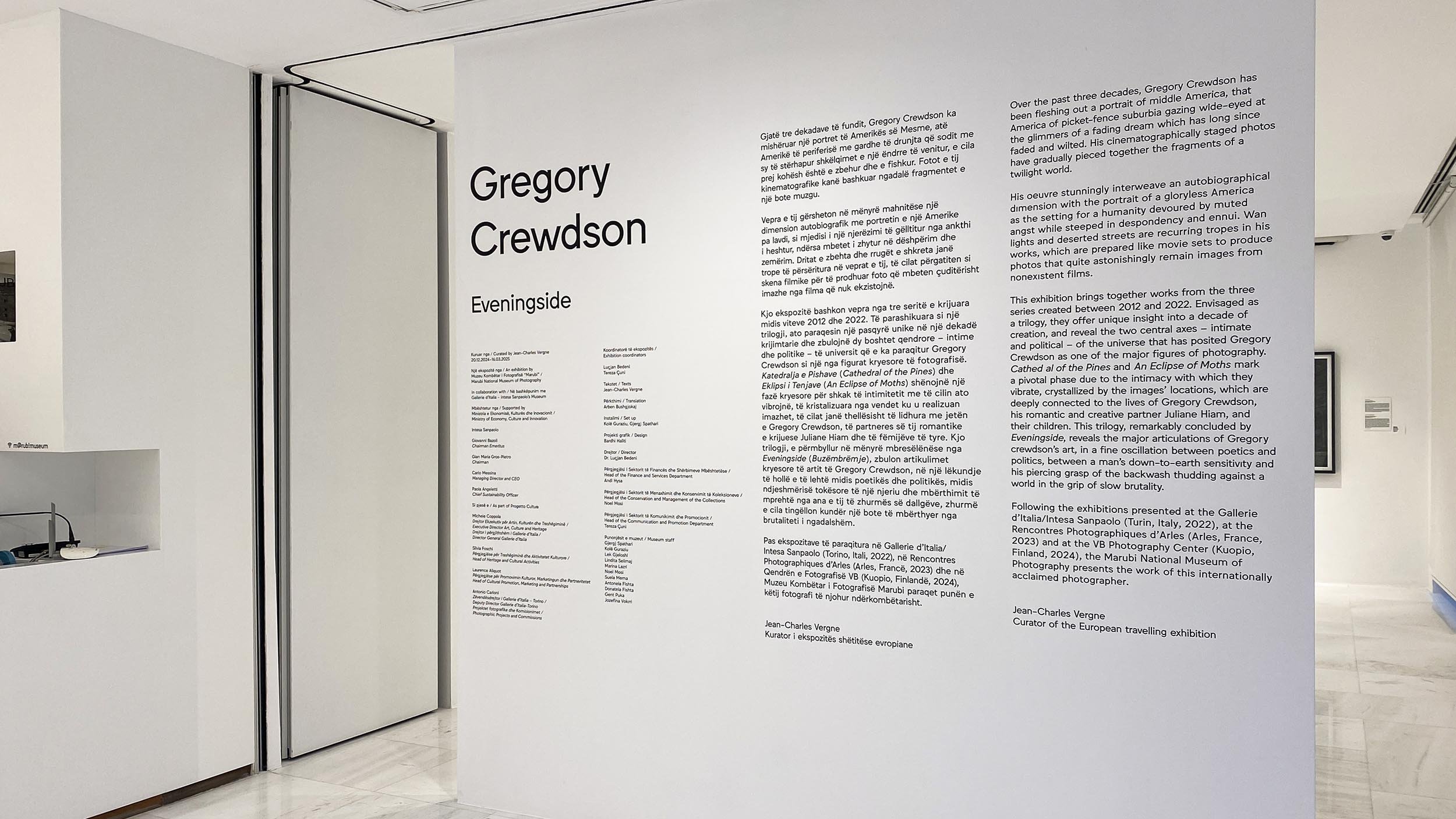
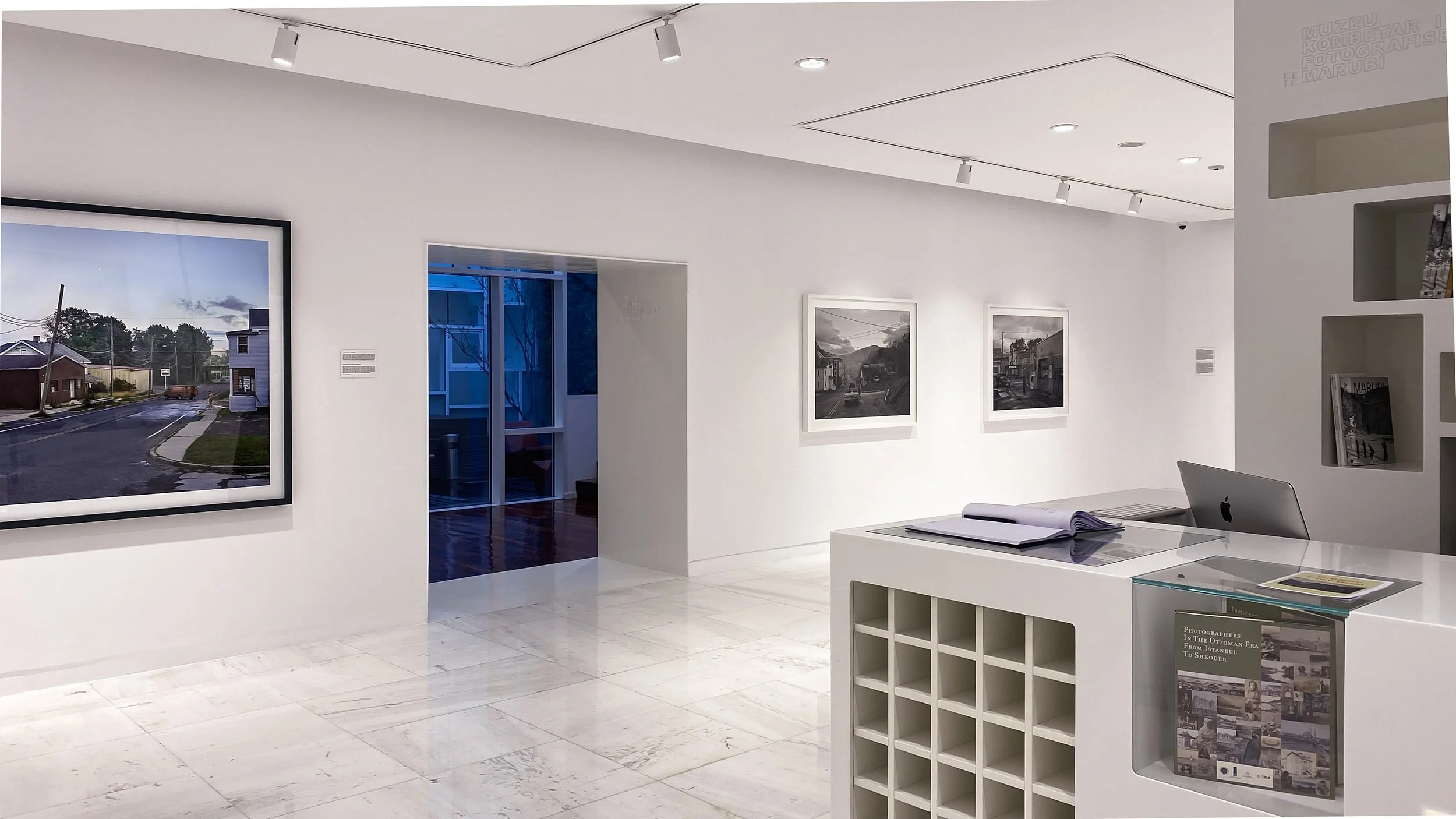
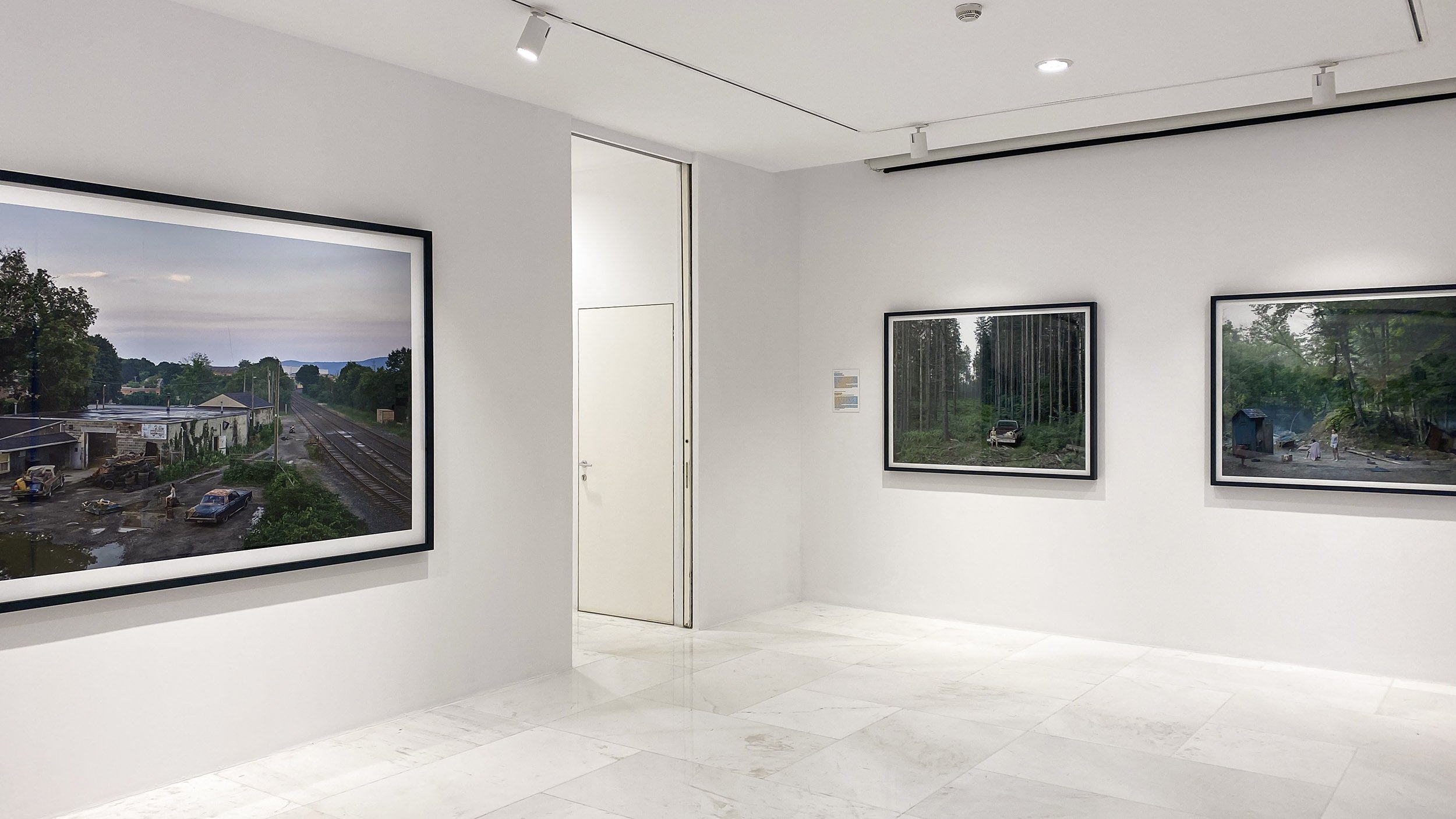
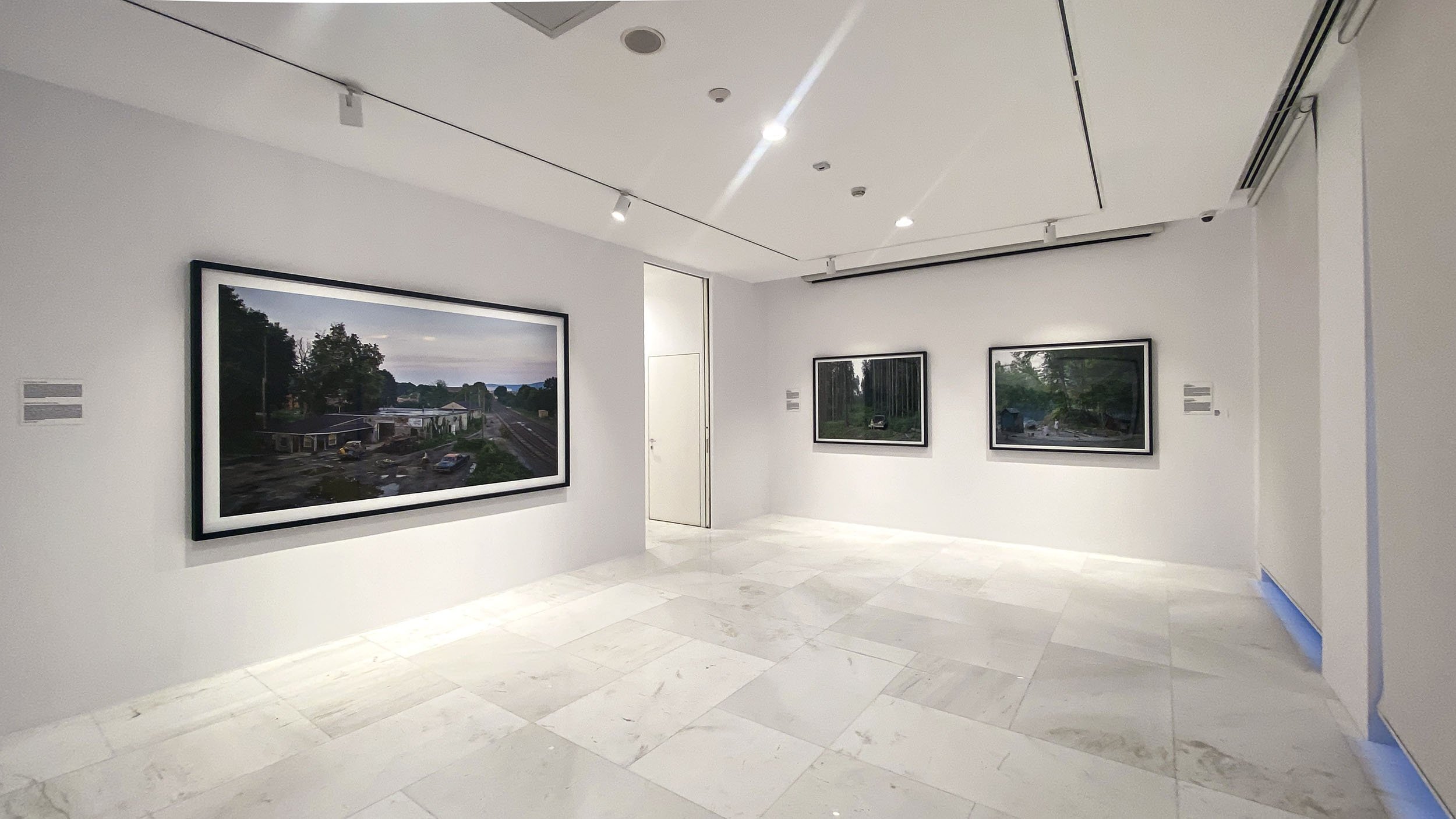
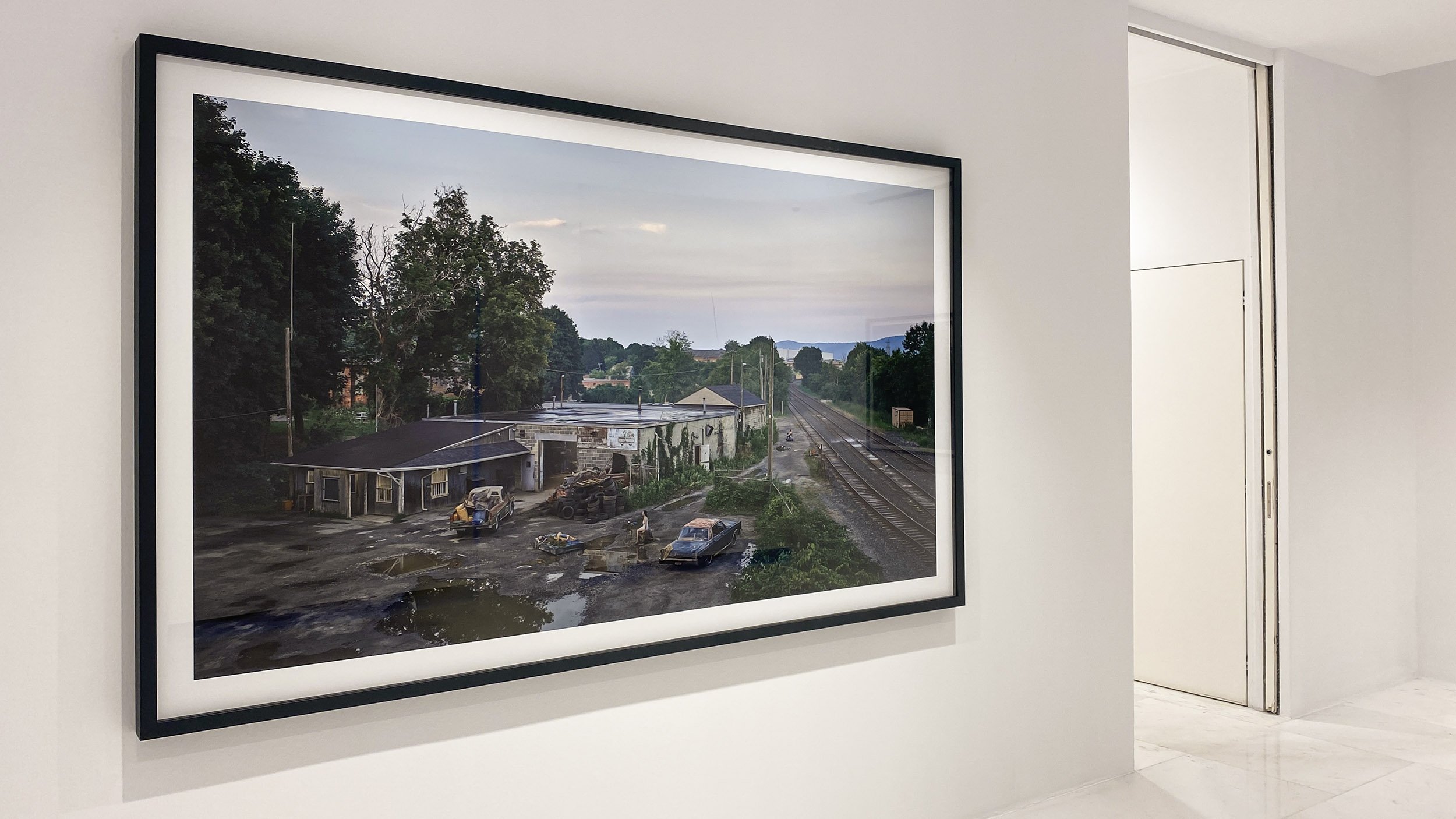
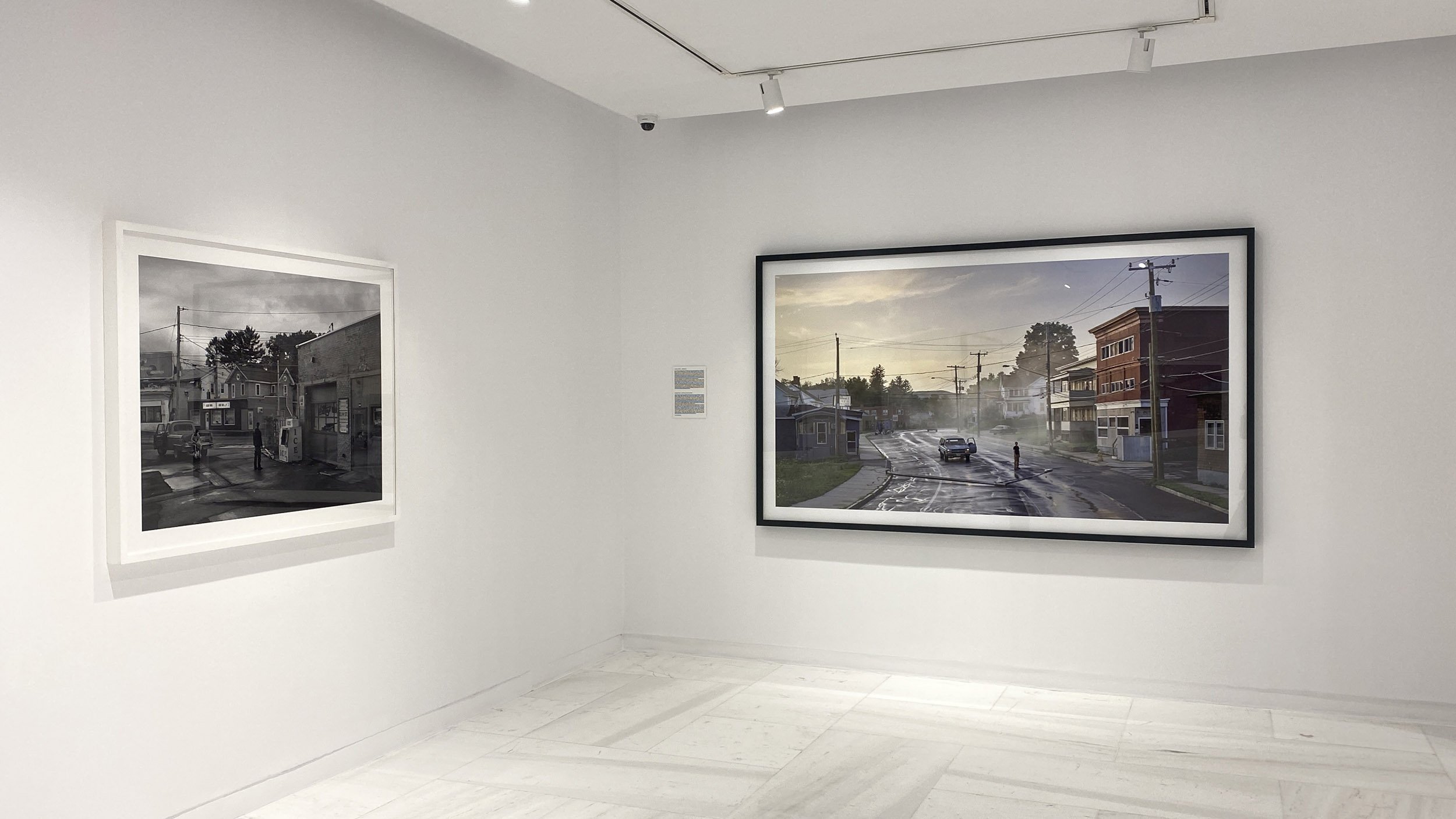
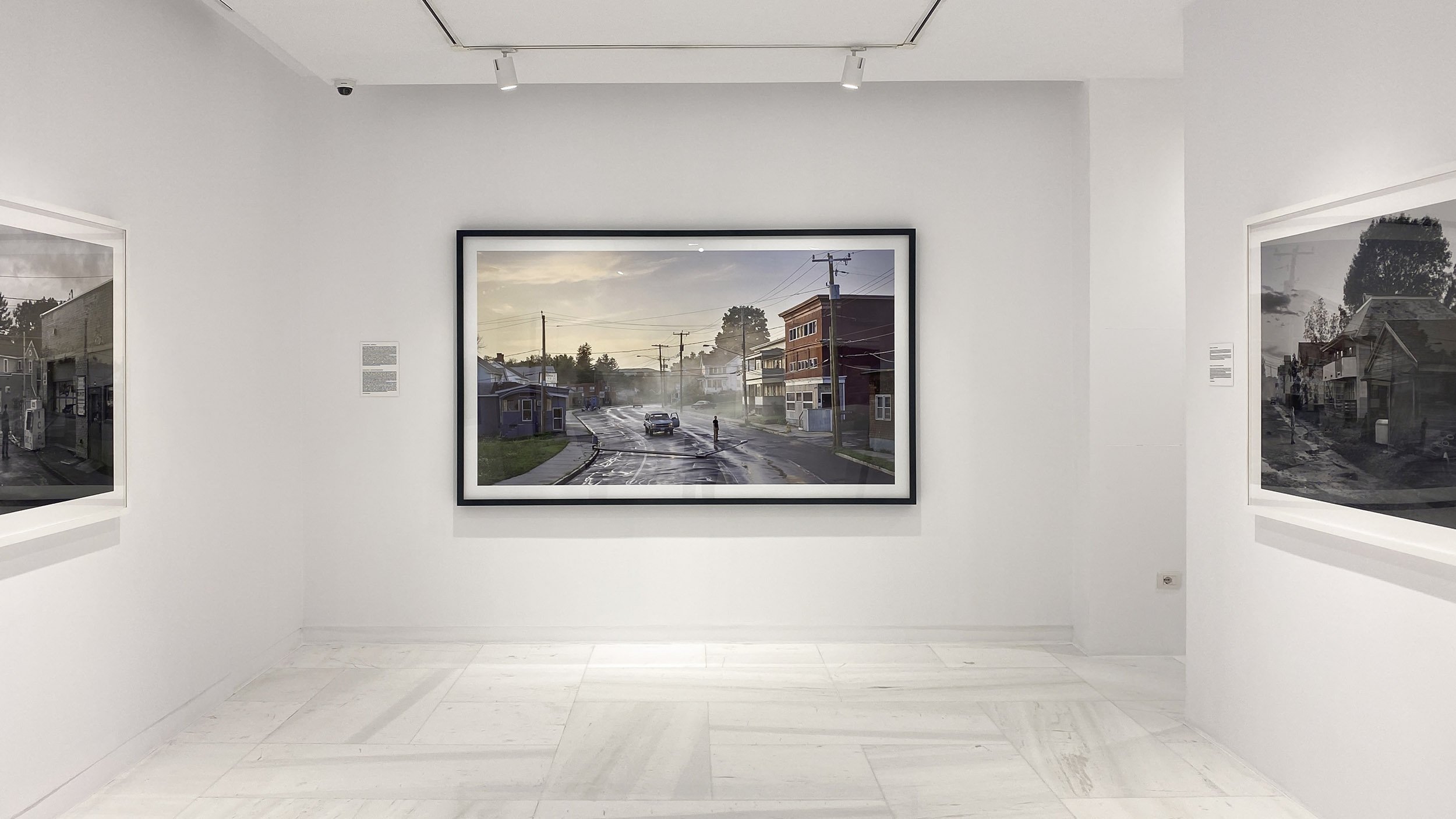
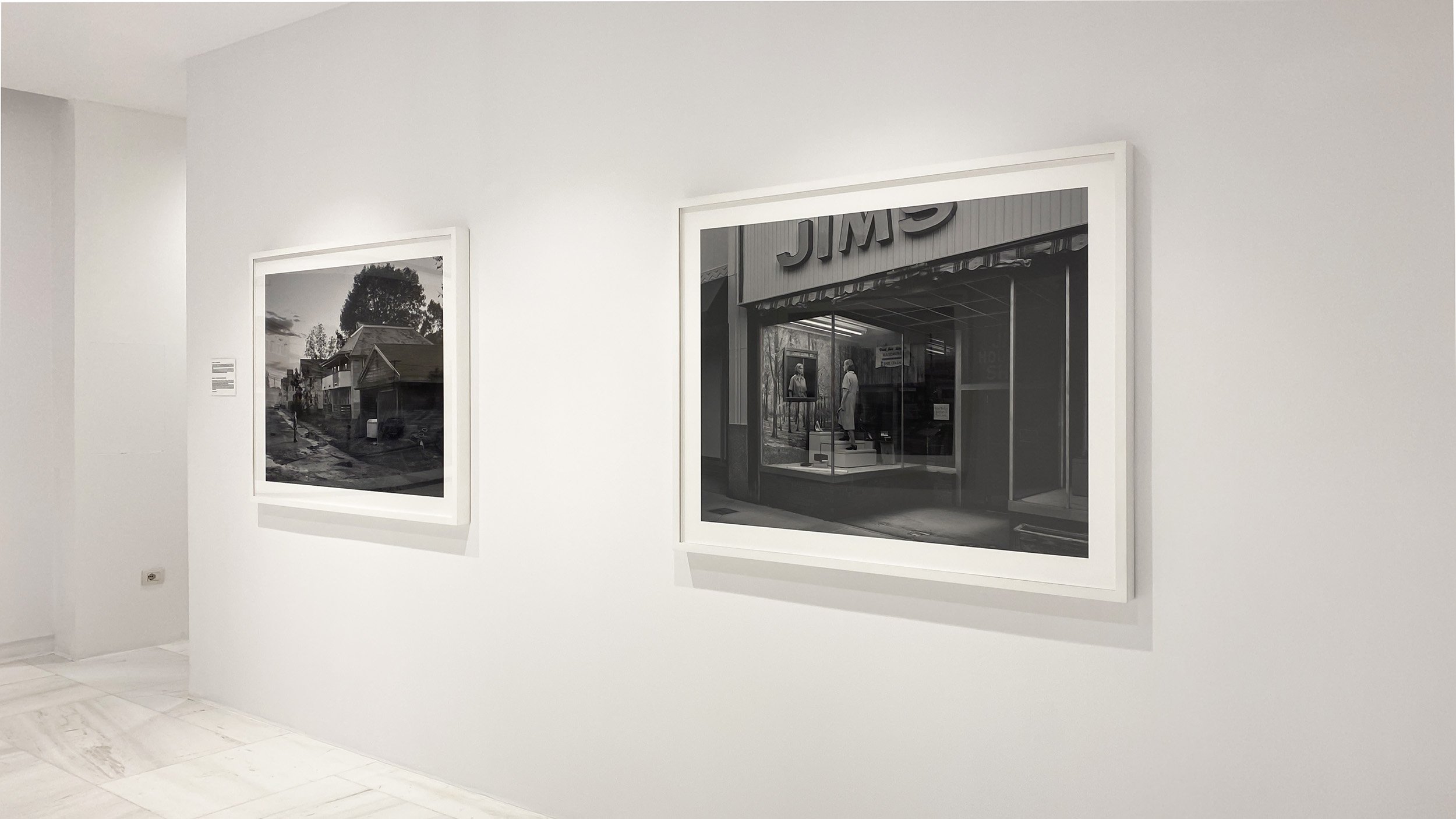
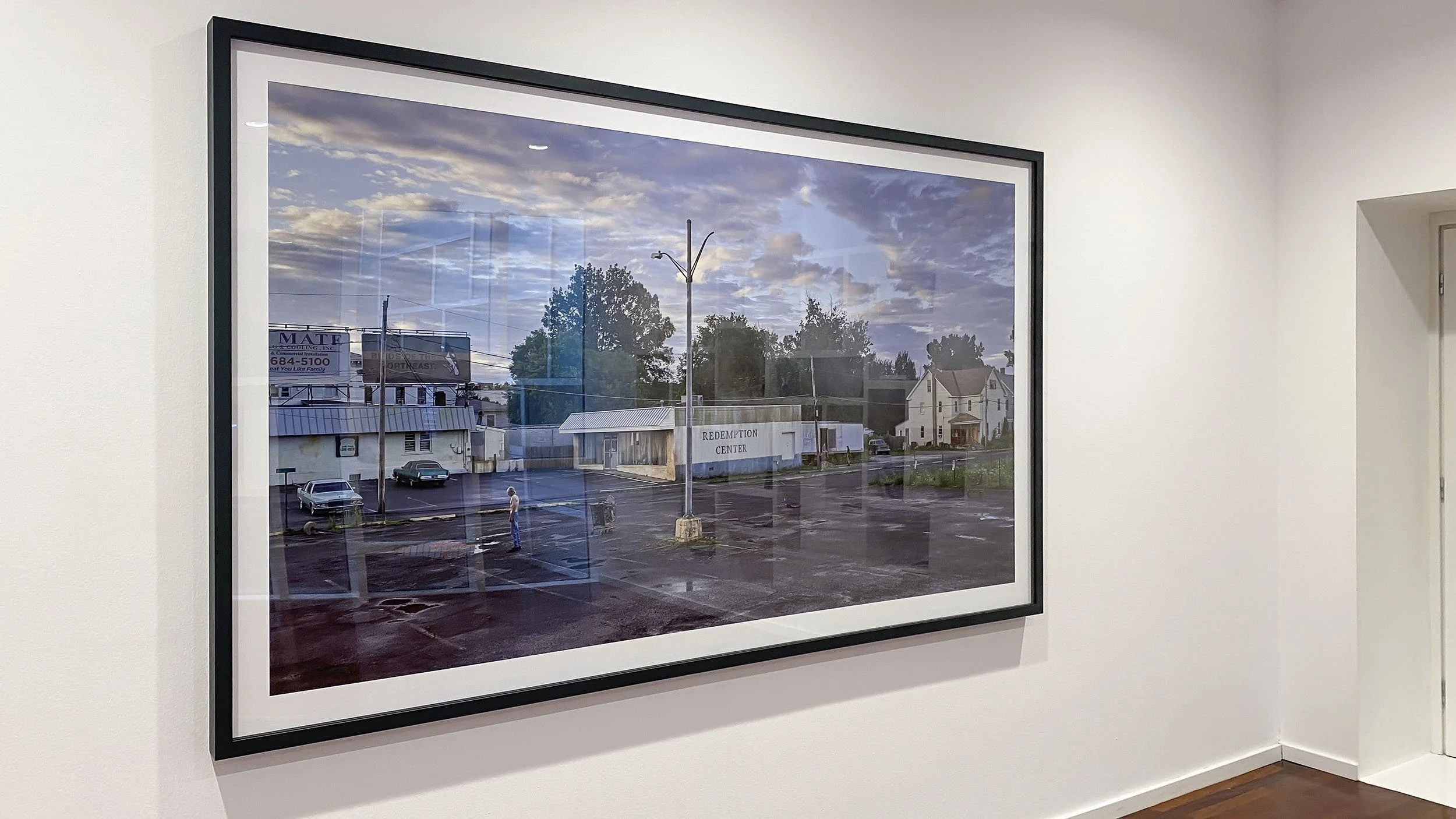
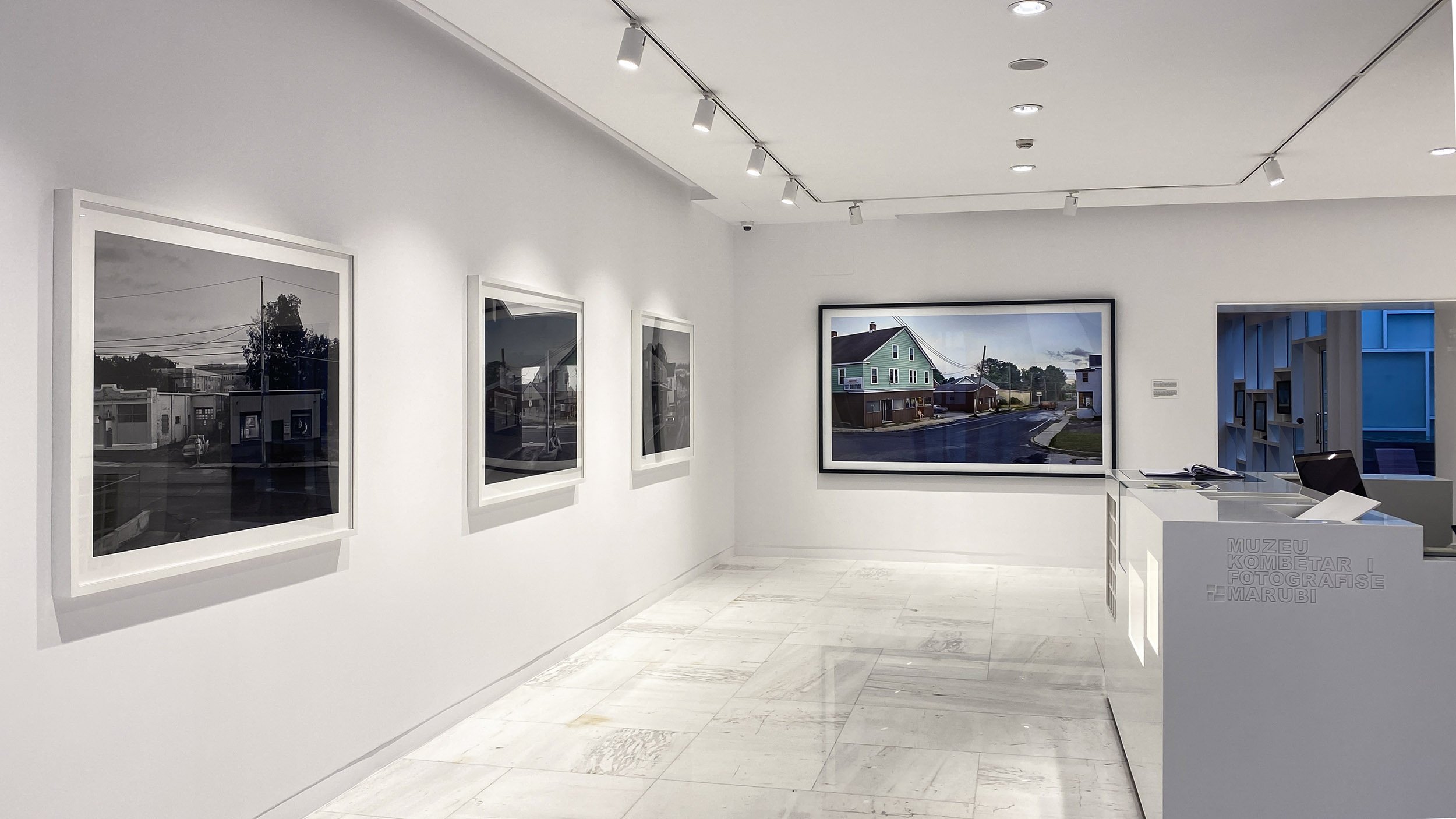
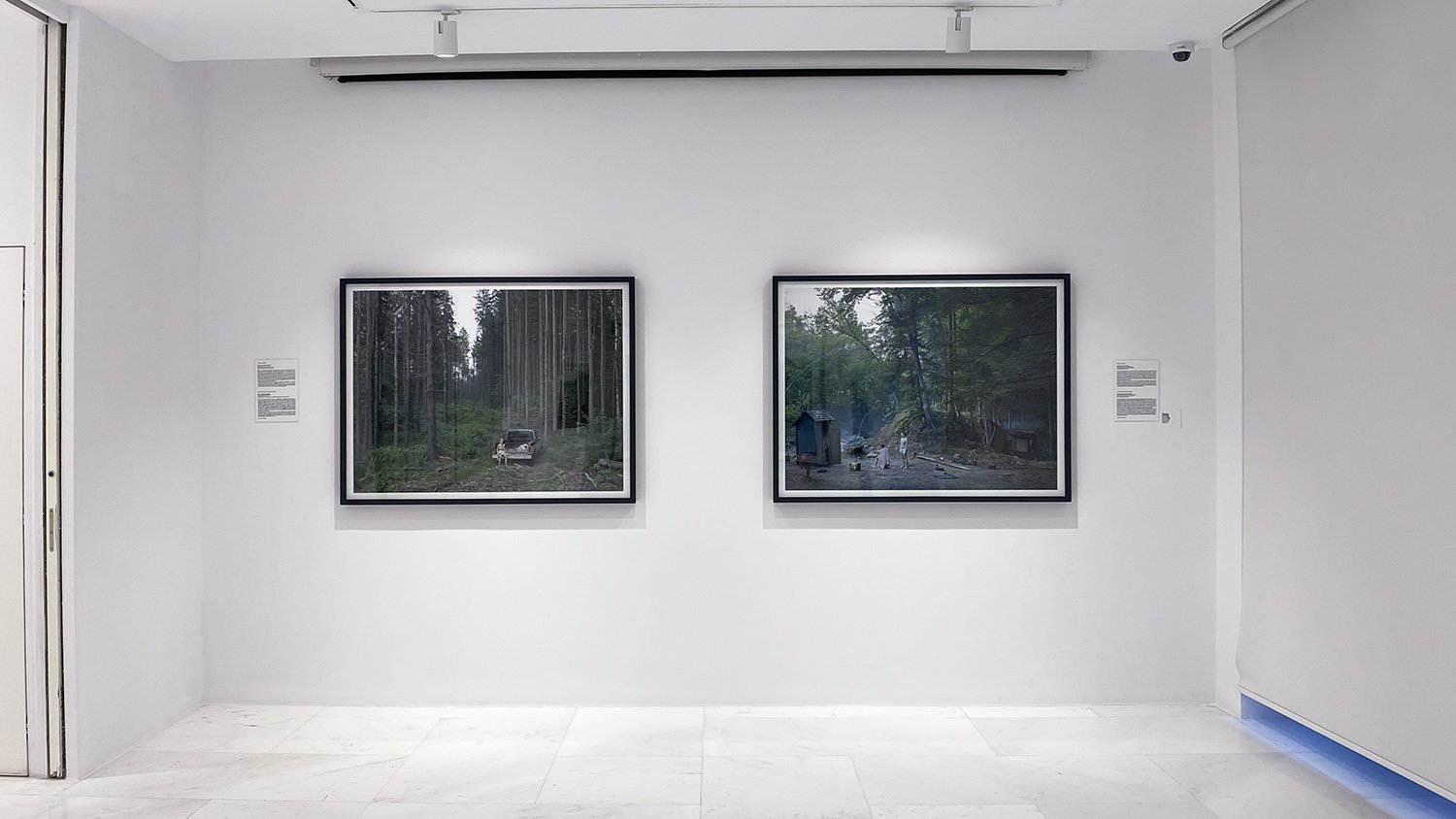
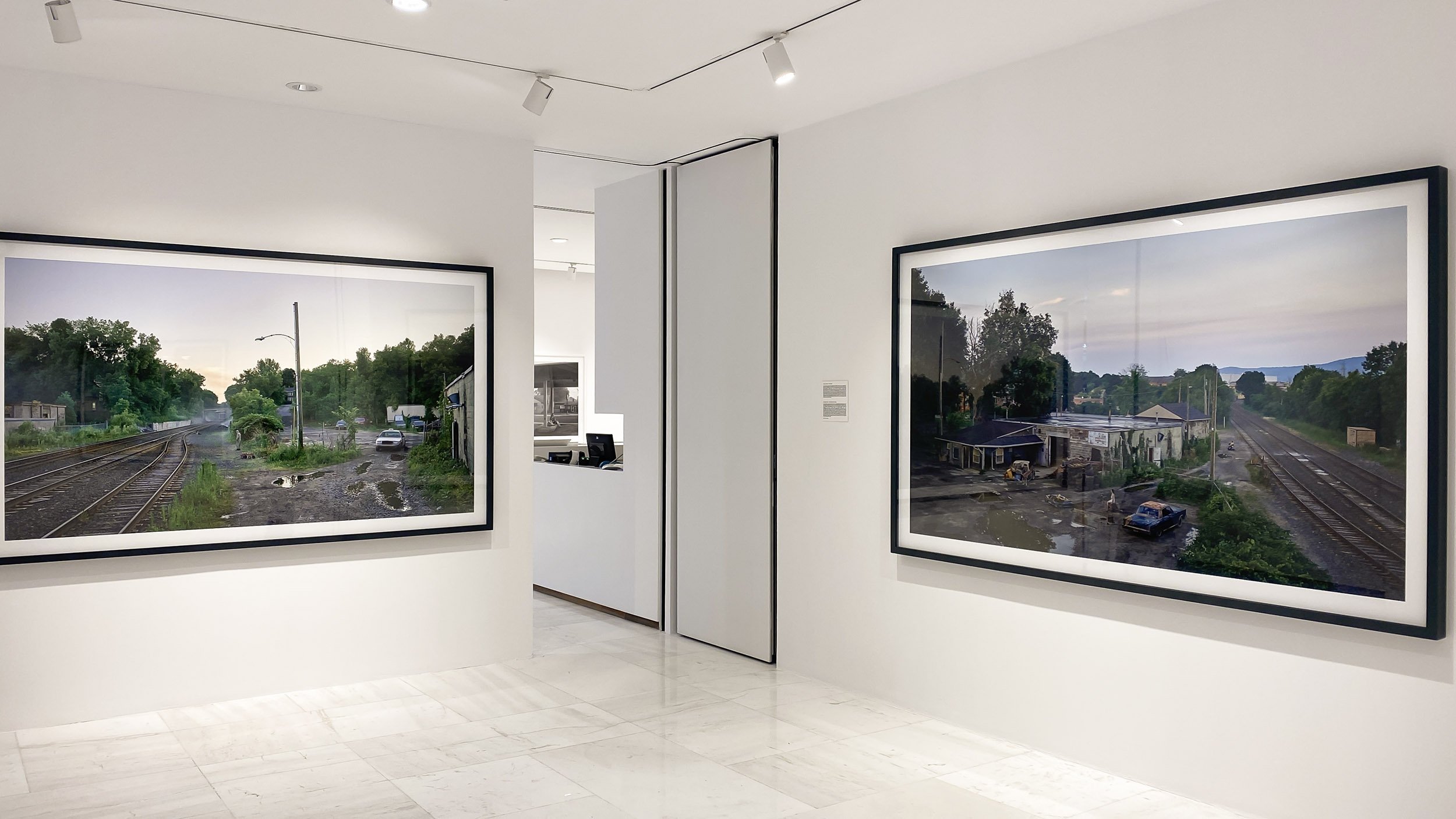
Exhibition View, photo credit Tatì Space
The New Topographics Movement: Capturing the Man-Altered Landscape
In the late 1960s and early 1970s, a group of photographers emerged with a distinct vision. They aimed their lenses not at the picturesque, natural landscapes that had dominated the photography world for decades, but at the often overlooked and sometimes starkly unattractive transformation of the American landscape by human activities. This movement, known as the New Topographics, represented a significant shift in the way we view the world around us. It focused on the "man-altered landscape," revealing the intersection of humanity and nature in a unique and thought-provoking way.
In the late 1960s and early 1970s, a group of photographers emerged with a distinct vision. They aimed their lenses not at the picturesque, natural landscapes that had dominated the photography world for decades, but at the often overlooked and sometimes starkly unattractive transformation of the American landscape by human activities. This movement, known as the New Topographics, represented a significant shift in the way we view the world around us. It focused on the "man-altered landscape," revealing the intersection of humanity and nature in a unique and thought-provoking way.
The movement had its origins in an influential exhibition titled "New Topographics: Photographs of a Man-Altered Landscape," curated by William Jenkins in 1975 at the George Eastman House in Rochester, New York. The show featured the work of ten contemporary photographers; Robert Adams, Lewis Baltz, Bernd and Hilla Becher, Joe Deal, Frank Gohlke, Nicholas Nixon, John Schott, Stephen Shore, and Henry Wessel. The term "New Topographics" was coined to describe the focus of these photographers on capturing the transformation of the American landscape, particularly in the American West.
Robert Adams, Newly occupied tract houses Colorado Springs, 1968
Common Themes and Concepts of New Topographics
Objectivity and the Urban Landscape:
“New Topographic” photographers abandoned the romanticism and idealism traditionally associated with landscape photography. Instead, they adopted a more objective and detached approach to capture the contemporary urban and suburban environment. Their photographs depicted the built environment, suburban sprawl, industrial structures, and the mundane aspects of daily life, that were taking place in the American landscape of the post- War 2, with a sense of objectivity and an almost scientific detachment.
Minimalism and Formalism:
“The New Topographic” photographers embraced a minimalistic and formalistic aesthetic, often employing straightforward compositions, stark geometries, and a focus on the inherent qualities of the subject matter. Their images emphasized the formal aspects of photography, such as sharp focus, lighting, and clarity, which contrasted with the romanticized and subjective styles of the past.
Critique of Consumer Culture:
This movement also served as a critical response to consumer culture and the environmental consequences of unchecked urban development. The photographs of parking lots, industrial buildings, and suburban housing tracts highlighted the erosion of natural landscapes and the encroachment of man-made structures. By doing so, they encouraged viewers to reflect on the impact of consumerism and industrialization on the environment.
Lewis Baltz, The new Industrial Parks near Irvine California, 1974
Prominent Photographers
The New Topographic Movement introduced a group of influential photographers who played an important role in redefining the genre of landscape photography. Here are a few notable figures:
Lewis Baltz: Baltz captured the essence of the movement, especially in his series "New Industrial Parks Near Irvine, California. He photographed eerily sterile landscapes with meticulous attention to composition and detail.
Lewis Baltz, The new Industrial Parks near Irvine California, 1974
Lewis Baltz, The new Industrial Parks near Irvine California, 1974
Robert Adams: Adams' work often focused on the urban and suburban expansion in Colorado. His series "The New West" depicted scenes that challenged the notion of the American dream in the post-war era. Adams' images were characterized by their crisp compositions and a deep sense of stillness, provoking viewers to contemplate the evolving relationship between humans and nature.
Robert Adams, Pikes Peak Park Colorado Springs, 1969
Robert Adams, Colorado Springs, 1974
Bernd and Hilla Becher were a German couple known for their typological approach to photography. They meticulously documented industrial structures like water towers, gas tanks, etc, arranging their images in grids that showcased the subtle variations among these seemingly identical objects. Their work was instrumental in shaping the movement’s formalistic and analytical approach, emphasizing the impact of industry and infrastructure on the landscape.
Stephen Shore: Shore's iconic series "Uncommon Places" explored the everyday beauty of American landscapes, capturing the ordinary in extraordinary ways. He documented parking lots, street scenes, motels, celebrating the ordinary and inviting viewers to reevaluate their surroundings. His use of color photography was a departure from the predominantly black and white imagery associated with the movement.
Stephen Shore, Church and 2nd Streets Easton Pennsylvania, 1974
Stephen Shore, Beverly Boulevard and La Brea Avenue Los-Angeles California, 1975
Stephen Shore, Pine Street Seattle, 1974
Influence and Legacy
The New Topographics Movement represented a paradigm shift in the world of photography and had a profound influence on contemporary art. It forced viewers to reconsider their perceptions of the environment, the impact of human activity on the landscape, and the aesthetics of the ordinary. This movement's influence can be seen in the work of many contemporary photographers and artists who continue to explore the relationship between humanity and the environment.
Reevaluation of the Photographic Subject:
The movement forced a reevaluation of what could be considered a legitimate subject for photography. It shifted the focus away from the picturesque and towards the overlooked and mundane aspects of our everyday surroundings. This broadened the possibilities for photographic subject matter and inspired photographers to explore the man-altered landscape in novel ways.
Influence on Contemporary Photography:
The New Topographics movement laid the foundation for contemporary landscape and urban photography. It influenced photographers who continue to explore the complex relationship between humans and the environment, often using a similarly detached and analytical approach.
Environmental Awareness:
The movement also played a significant role in raising awareness about environmental issues and the consequences of human actions on the landscape. By capturing the often dispassionate and stark transformation of nature into human-designed spaces, New Topographics photographers encouraged viewers to consider the implications of such alterations.
Women in Photography
In the context of the Photography Exhibition launched at Tatì Space with the theme "The City of Women", we are bringing to attention some inspiring figures of female photographers, who have made a valuable contribution in the field of photography, with their professionalism and humanism, photographing the contemporary urban life. Julia Margaret Cameron, Frances Benjamin Johnston, Berenice Abbott, Dorothea Lange, Margaret Bourke-White, Vivian Maier, Diane Arbus, Cindy Sherman dhe Annie Leibovitz.
In the context of the Photography Exhibition launched at Tatì Space with the theme "The City of Women", we are bringing to attention some inspiring figures of female photographers, who have made a valuable contribution in the field of photography, with their professionalism and humanism, photographing the contemporary urban life. Starting with Julia Margaret Cameron, as one of the pioneers of photography, Frances Benjamin Johnston as the first woman photoreporter, Berenice Abbott who photographed the emerging modernity, Dorothea Lange and Margaret Bourke-White as the first photoreporter of major historical events , continuing into the modern city with Vivian Maier, Diane Arbus, and to the present time with Cindy Sherman and Annie Leibovitz. The list is longer, but we have chosen these figures as representative of different eras of photography.
Julia Margaret Cameron (1815-1879)
She is a 19-th century British photographer who started photography late in her life, at the age of 48, when her daughter gave her a camera for her birthday. She is known for portraits of well-known personalities of her time, and for photographing heroic, mythological and from literature subjects, where she uses as characters the relatives who came at her studio. She is known for photographing children and women, as well as for defocusing and close-ups of portraits, which had an impact on modern photography.
Frances Benjamin Johnston (1864-1952)
She is one of the first female photojreporters in America. She has been an advocate for the role of women in photography, writing "What a Woman Can Do with a Camera" in 1897, and co-curator of a photographic exhibit at the 1900 World's Fair. Frances is known for portraiture, photography of traditional architecture, and for the series at the Hampton Institute. In 1899 she was asked to photograph the daily lives of students at the Hampton Institute, which after the Civil War offered vocational courses to African American and Native American youth. Since she used platinum plate negatives, which required a few seconds of exposure, it was impossible to spontaneously photograph the young students. In this way, she directed the subjects into carefully composed scenes that speak of Benjamin's unique style, recognizable to this day.
Berenice Abbott (ShBA 1898-1991)
Berenice Abbott is an American photographer known for documenting the architecture and metropolitan life of New York with all its contrasts in the ’30s of the Great Depression. Berenice Abbott is known for her documentary style, outside of any subjectivism and pictorialism. She photographed with an 8x10 inch camera the new architecture of New York that was emerging, but also the places that were disappearing from development. Her main influence was the French photographer Eugene Atget, who scrupulously photographed old Paris, which was disappearing from the modernity of the early 20th century. Abbott called Atget ‘the Balzac of the camera’ and an ‘urban historian’. She is credited with rescuing Atget's archive when, after his death, she bought all the negatives and took them to America, where she worked to publish his work. In the last years of her career Berenice Abbott was involved in the technical and scientific aspects of photography.
One of her expressions is "The world doesn't like independent women, I don't know why, but I don’t care"
Dorothea Lange (1895-1965)
She is an American photographer who realistically documented the difficult life of Americans during the Great Depression of the 1930s. With her humanitarian photography, she influenced the allocation of federal funds for the poor, but also the development of the genre of documentary photography. One of her iconic photographs is "Migrant Mother" where she photographed a poor family in the conditions of existence. Lange had the ability to photograph the beauty and the dignity of people. One of her expressions is "The Camera is a Tool to Learn How to Look..." She used the camera as a democratic instrument. Although Lange had a physical difficulty in movement, due to a childhood illness, she is known as a fighting woman, at a time when this quality was not accepted for women. She traveled extensively, photographing the underrepresented lower classes of the population; farmers, workers, Jewesh, blacks, the poor, immigrants of various nationalities, thus offering a democratic vision of America at a time when the country needed it most.
Margaret Bourke-White (1904-1971)
She is the first American war photographer and one of the most important photoreporters in America in the 1930s and 1940s. Her first photographs are those of industrial buildings, machineries, people, but then she focused her attention on social issues, in areas of extreme poverty during the Depression, where she photographed for Fortune and later for Life Magazine. Bourke-White was the first foreign photographer allowed to photograph in the Soviet Union during the 1930s, making her one of the most famous photographers in America. She was allowed by the Military Corps to photograph the Second World War, during which she photographed the most important events such as the bombing of Moscow by German troops in 1941, war crimes, concentration camps after the Nazi capitulation. After the second world war, she documented the most important historical events, such as Gandhi's efforts for the independence of India, the Korean War, the riots in South Africa, etc.
Vivian Maier (1926-2009)
Vivian Maier has one of the most interesting stories in the history of photography. She photographed urban street life of America in the 50s, 60s, with strong intensity, curiosity and a sense of humor, but she never published her photos. She was a rather reserved person, although educated and cultured, she took pictures as a hobby while performing her duties as a nanny. As the children she raised later put it, they never understood what Maier was photographing. When they asked her, she answered with a smile that she was a spy. While Maier walked the children to every corner of the city, she took interesting photos, which today constitute a visual legacy of that time. Her photography became famous after her death, thanks to the art collector, John Maloof, who in 2009 bought the 150,000 negatives she shot during her lifetime and made them known to the public through the publication of books, exhibitions and documentaries .
Diane Arbus (1923-1971)
She is an American photographer known for her controversial style, criticized and appreciated at the same time. She photographed New Yorkers in the 1950s and 1960s, people in the park, children, women, disable people, those living on the fringes of society, circus performers, transgender people, those who, as one art critic says, ' they attract our attention when we see them on the street, but we instinctively look away because we are ashamed of what we see'. But Arbus, on the contrary, observes, studies and photographs them psychologically, as no other photographer had done before. While the street photographers of her generation like; Evans, Winogrand, Lewitt, etc., followed a guerilla style, photographing people without distinguishing, Diane instead seeks the approval of the people she photographs. Often times she returns to a subject twice, takes notes, chats, makes friendship, visit their home, and waits for the right moment to take the picture. For this reason her subjects look straight into the camera, being aware of the presence of the artist, and including the viewer as well. With her style, she left her mark on modern photography followed by many photographers. While Arbus' photography is related to identity, voyeurism, different people, in a homophobic society of the '50s-'60s,she was not always liked by the public and critics of the time. In a quote (Norman Mailer) says 'giving a camera to Diane Arbus is like giving a child a hand grenade'. During the 'New Documents' exhibition at the Museum of Modern Art in 1967, where Arbus was featured alongside Garry Winogrand and Lee Friedlander, her photograph was spat on by several visitors, so much so that it had to be cleaned up every day. While Susan Sontag, one of the most popular critics of the time, says that Diane Arbus lacks compassion for her subjects. Many have speculated about Diane's motives for taking photographs in this way. But her letters, which became known after her death in 1971, show the opposite. She found emotions, and saw herself reflected in people that look differently. Diane Arbus came from the rich and bourgeois class of New York society. She had attended the best schools in the country with high results. However, she ignored her class origins. She seems to search for this sense of belonging and isolation from the subjects he photographs. She learned photography through Fashion Photography, in the studio she opened with her husband. In 1956, at the age of 33, she broke away from it, following the vocation of documentary photography, which she developed with her own personal style. One of her expressions is: 'For me, the subject of the photograph is always more important than the picture itself; 'Abnormal people are born with their trauma. They have passed the test of life. They are aristocrats'; "My favorite activity is going to places I've never been."
Cindy Sherman (1954)
She is an American artist who uses photography to create several series of self-portraits related to the stereotypes of women in Western culture, created by cinematography, television, advertising. The first series with which she became famous is "Film Stills" or "Film Scene" in the 70s-80s, where she appears dressed as movie characters, in similar scenes from the European cinematography of the 50s- '60 and the American noir genre. In these photographs, she appears sometimes as a housewife, sometimes as a secretary, sometimes as a provocative woman, other times as a career and independent woman. In the black and white photographs of the series, she builds a catalog of characters, or an encyclopedia of stereotypes of women in the cinematography and advertising of the time. Although Sherman's "film scenes" resemble movie publicity stills (from which the cycle takes its name), none of them refer to a specific film. Sherman's mastery is that she plays with stereotypes of women, and with our expectations which is influenced by these stereotypes. In later years, Cindy Sherman will develop other photographic series related to the stereotypes of beauty in Western culture, and those coming from art history, developing even more the lighting, costume design and make-up.
Annie Leibovitz (1949)
Annie Leibovitz is a famous photographer of our time, photographing celebrities for “Rrolling Stone” and “Vanity Fair”, but few of us know that she started her carier with documentary photography in black and white. She keeps this perspective in photographing the construction of “New York Times” building, designed by Renzo Piano, when in 2005 and 2006 she was commissioned by the developer Forest City Ratner Companies to document the construction of the tower, which concluded in the series “Building the Times”. Known for her beautiful portraits, Annie Leibovitz takes into accoun the human factor, when she photographes the workers that asseble by hand this megastructure. For this series she says “The most fascinating aspect of this project has been learning that buildings are still put together essentially by hand. Watching the construction workers glide across steel beams and hoisting heavy girders into place has been amazing”
Saul Leiter
Saul Leiter was an American painter and photographer known for his photographs of New York City in the late 1940s through the ’60s, and is considered a pioneer of color street photography. Leiter found quiet moments within the urban chaos and portrayed them pictorially. His work has connections to American Abstract Expressionism and the New York School of Photography. His photographs are distinguished by painterly colors, abstract compositions, minimalism, intimacy, and voyeurism…
Saul Leiter
(USA 1923- 2013)
Saul Leiter, Self-Portrait 1950, credit © Saul Leiter Foundation
Saul Leiter was an American painter and photographer known for his photographs of New York City in the late 1940s through the ’60s, and is considered a pioneer of color street photography. Leiter found quiet moments within the urban chaos and portrayed them pictorially. His work has connections to American Abstract Expressionism and the New York School of Photography. His photographs are distinguished by painterly colors, abstract compositions, minimalism, intimacy, and voyeurism, which stands out from the work of his contemporaries like Robert Frank, Diane Arbus, and William Klein. “I take photographs in my neighborhood. I think mysterious things happen in familiar places.”
Saul Leiter, Taxi 1957, credit © Saul Leiter Foundation
Among Leiter’s favorite subjects are passers-by, or their reflections, photographed from shop windows along with umbrellas, snowy days, taxis, signs, and street advertisements, forming abstract compositions in overlapping layers of focus and out of focus. “I happen to believe in the beauty of simple things. I believe that the most uninteresting thing can be very interesting.” In the documentary movie dedicated to Leiter, by Tomas Leach, entitled In No Great Hurry: 13 Lessons in Life with Saul Leiter, at the age of 88 the photographer says, "I may be old-fashioned. But I believe there is such a thing as a search for beauty - a delight in the nice things in the world. And I don’t think one should have to apologize for it.”
Saul Leiter, Red Curtain 1956, credit © Saul Leiter Foundation
One of Leiter's contributions is that he brought a new aesthetic to street photography, using color film in the early '50s, long before it was appreciated in the art scene of the ’70s. For a long time, color was not considered in fine art photography, because the film was expensive and unpredictable in printing. This led many artists to use black and white film, creating the conviction that color film was less artistic. However, Leiter photographed for a long time in color, often using expired Kodachrome film, which gave the photographs a particular hue. For this reason, he is considered a pioneer of color photography. Leiter developed his visual grammar, turning ordinary everyday moments into beautiful abstract images. "I admired a tremendous number of photographers, but for some reason I arrived at a point of view of my own."
Saul Leiter, Snow 1970, credit © Saul Leiter Foundation
Saul Leiter, Postmen 1952, credit © Saul Leiter Foundation
Saul Leiter refused to explain his work. "I don’t have a philosophy, I have a camera." But in return he left us a lot of beautiful expressions that show the nature of an unconventional artist. In an interview he states: “We live in a world full of expectations, and if you have the courage, you ignore the expectations. And you can look forward to trouble.” And Leiter's nature had been unconventional since in his youth, when at the age of 22 he abandoned his theological studies and against his family's wishes he moved to New York from his native Pittsburgh to become a painter. There he found affinity with Abstract Expressionism. After contacts with expressionist painter Richard Pousette-Dart and photographer W. Eugene Smith, he began to take photographs to earn money. The first photos are in black and white of friends and urban scenes. In the 1950s, curator Edward Steichen presented Leiter photographs at the Museum of Modern Art: in 1953, in the exhibition Always the Young Strangers, and in the 1957 slide lecture Experimental Photography in Color. Leiter worked as a fashion photographer for Harper's Bazaar, Elle, British Vogue, and other magazines, where he developed a style similar to his street photography.
Saul Leiter, Mary circa 1947, credit © Saul Leiter Foundation
Saul Leiter, Harper's Bazaar circa 1960, credit © Saul Leiter Foundation
Saul Leiter, Reflection 1958, credit © Saul Leiter Foundation
In the 1980s, Leiter faced financial difficulties and was forced to close his commercial studio. For two decades he worked in silence, painting and photographing in his East Village neighborhood. “I spent a great deal of my life being ignored. I was always very happy that way. Being ignored is a great privilege. That is how I think I learned to see what others do not see and to react to situations differently. I simply looked at the world, not really prepared for anything.”
Saul Leiter, Harlem 1960, credit © Saul Leiter Foundation
Saul Leiter, Mirrors circa 1958, credit © Saul Leiter Foundation
Leiter’s street photography gained attention 50 years after he created many of his works, with the publication of his first book, Early Color, in 2006, followed by the two-volume set Early Black and White in 2014 and the nudes collection In My Room in 2018, along with a series of exhibitions.
The studio of Saul Leiter in New York's East Village, where he worked and lived from 1952 until the end of his life in 2013, has now become home to the Saul Leiter Foundation, which aims to preserve and promote the art and legacy of the photographer. The archive includes thousands of prints, slides, negatives, and paintings, many of which have not yet become known to the public..
Editorial note: We thank the Saul Leiter Foundation for the images provided and assistance in selecting the information: https://www.saulleiterfoundation.org
Sources for Saul Leiter quotations:
Documentary movie from Tomas Leach, In No Great Hurry: 13 Lessons in Life with Saul Leiter:
Interviews:
Saul Leiter in Conversation with Vince Aletti, May 2013
Part 1 - Lecture by Saul Leiter: New York Reflections
Part 2 - Lecture by Saul Leiter: New York Reflections
Part 3 - Lecture by Saul Leiter: New York Reflections
Part 4 - Lecture by Saul Leiter: New York Reflections
podcast from 2006 interview with Mitch Teich on WUWM’s Lake Effect radio show
Eugène Atget
Eugène Atget is a French photographer, known for photographing the architecture of old Paris in the end of 19th century and beginning of 20th century. He is considered a modernist documentary photographer. Atget created an archive of 5,000 negatives and 10,000 prints, working on several photographic series, such as streets, houses, professions, parks.
Eugen Atget, Portrait 1927 by © Berenice-Abbott
Eugène Atget
(Francë 1857 - 1927)
Eugène Atget is a French photographer, known for photographing the architecture of old Paris in the end of 19th century and beginning of 20th century. Atget is considered a modernist documentary photographer, although his work was mostly appreciated after his death, when Berenice Abbott bought the archive of his negatives and made them known in America through publishing books and exhibitions. Atget began photographing in his late thirties, in the end of the 1880s, when photography was becoming popular as a result of advances in technology. His first subjects were floral motifs and rural scenes, as study figures for painters and illustrators. But in the late 1890s, his focus shifted to architecture and streets of Paris, and continue to be for the next 30 years. During this period Paris had gone drastic changes known as Haussmann’s modernization projects, that razed old quarters to make place for wide boulevards and new bourgeois buildings. This operation, which was initiated by Napoleon III and undertaken by George-Eugene Haussmann between 1853-1927, was not supported by many. In this climate, Atget takes an interest in photographing what was left of old Paris; streets, old buildings, doors, windows, storefronts, stairs, parks, and other artifacts. In his business card reads "Creator and Purveyor of a Collection of Photograph Views of Old Paris". His clients were architects, painters who wanted exemplars of old architecture for their works, institutions of archives, and individuals who sought to have photographs of old Paris.
Atget created an archive of 5,000 negatives and 10,000 prints, working on several photographic series, such as streets, houses, professions, parks. Throughout his life, he used the old technique of photographing with view camera on 18x24 cm negative glass, which gave the photographs a contemplative feeling. During his time, his work was not considered art, as it did not enter into the canons of traditional Pictorialism, nor he was following the path of surrealist and constructivists of the modernist movement. Instead, he considered himself a documentary photographer. His work caught the attention of surrealist Man Ray and his assistant Berenice Abbott, who frequently visited his studio in the last years of his life, and after his death in 1927 bought the archive of 1,000 negatives and 10,000 prints. Abbott worked tirelessly to make Atget known in America through writings, books and exhibitions. Eugèn Atget's work served as inspiration for a new generation of photographers, such as Walker Evans, Ansel Adams, to represent the ordinary facts of life with clarity of vision and sensibility.
15 Quai Bourbon 1900, © Eugene Atget
Rue Houtefeuille, 6th Arrondissement 1898 © Eugene Atget
Bon Marche © Eugene Atget
Avenue de l’Observatoire, © Eugene Atget
Cour 7 Rue de Valence 1922, © Eugene Atget
Hotel le Charron 1900, © Eugen Atget
Hotel de la Salamandre 1900, © Eugene Atget
Lion head knocker 1900, © Eugen Atget
Rue de la Montagne Sainte Genevieve 1898, © Eugene Atget
Untitled 1898, © Eugene Atget
Mitron 1899, © Eugene Atget
Marchand de paniers 1899, © Eugene Atget
Untitled 1900, © Eugene Atget
Rue de la Montagne Sainte Genevieve 1925, © Eugene Atget
Avenue des Gobelins 1927, © Eugene Atget
Pantheon Paris 1924, © Eugene Atget
Porte Cluny 1898, © Eugene Atget
Grand Trianon 1924 © Eugen Atget.
Trianon Pavillon Francais 1924, © Eugen Atget
Selected Books about Eugène Atget
Julius Shulman, the Photographer of Modernism
Julius Shulman is one of the most famous photographers of mid-20th century architecture in America. He has defined the way we look at Modernism. Shulman photographed the new architecture that was emerging after World War II in South California, especially the metropolitan area of Los Angeles.
Julius Shulman Portrait, by Ebby Hawerlander, 1950
Julius Shulman
(USA 1910-2009)
Julius Shulman is one of the most famous photographers of mid-20th century architecture in America. He has defined the way we look at Modernism. Shulman photographed the new architecture that was emerging after World War II in South California, especially the metropolitan area of Los Angeles. He began his journey as an architectural photographer after meeting Richard Neutra in 1936, to whom he donated some prints from the house the architect had designed for Josef Kuhn in the Hollywood Hills. This meeting signs the beginning of a long collaboration with Richard Neutra, who recommended Shulman to other architects who were developing the International Style of Modernism in America, such as; Rudolph Schindler, Gregory Ain, John Lautner, Pierre Koenig, Raphael Soriano, and others.
Shulman is known for his strong graphic style, which highlights the features of the building, strong perspectives and light-shadow contrasts. He believed in the idealization and glorification of architecture; he often shot in infrared film to increase the drama of the scene, used artificial lighting to better illuminate the interiors, placed furniture and objects in such positions as to create pleasing compositions, and used models to make the house livable. In an interview Julius Shulman states "the photographer's responsibility is to identify the design components of the structure, to identify with the architect the purpose of the structure and of its design".
Shulman not only photographed architecture, he synthesized the essence of an era. His photographs were published in all architecture magazines and influenced the way modern architecture was perceived. His photography promoted the work of architects and made it visible to people who could not physically see it. As Richard Neutra, who had a 34-year collaboration with the photographer, said: “Film is stronger, and good glossy prints are easier to ship than brute concrete, stainless steel or even ideas”.
Some of Shulman's most important photographs are those of ‘Case Study Houses’; an initiative of Art and Architecture Magazine in 1945, initiated by John Entenza with the aim of creating a modernist, low-cost housing model for the construction industry. During its 25 years of existence, the Case Study Houses Program included the contributions of several renowned architects, including Eero Saarinen, Craig Ellwood, Charles and Ray Eames. 36 prototypes of apartments were designed, of which 24 were realized. Among them Shulman photographed 18 homes. One of his most famous photographs is the Case Study House # 22, known as Stahl Residence of architect Pierre Koenig, in which two women talk to each other in the cantilevered space of the villa, in the illuminated background of Los Angeles. The photo is one of the most published photographs of architecture, “one of those singular images that sum up an entire city at a moment in time” as architecture critic Paul Goldberger wrote in the New York Times.
Julius Shulman continued to photograph until the last years of his life, such as Frank Gehri's Disney Concert Hall in Los Angeles, and the Guggenheim Museum in Bilbao. In 2004 the Getty Research Institute bought the archive of 260,000 negatives, prints and transparencies, becoming the main owner of his photographs.
© Julius Shulman, Kuhn House, Richard Neutra architecture, 1936
© Julius Shulman, Miller House, Richard Neutra architecture, 1937
© Julius Shulman, Loewy House, Clark and Frey architecture, 1937
© Julius Shulman, Kaufmann House, Richard Neutra architecture, 1947
© Julius Shulman, Kaufmann House Palm Springs, Richard Neutra architecture, 1947
© Julius Shulman, Wurdeman and Becket, Pan Pacific Theatre LosAngeles California, 1942
© Julius Shulman, Mobile Gas Station
© Julius Shulman, Lovell Health House, Richard Neutra architecture, 1950
© Julius Shulman, Congress Building and Ministries, Oscar Neimeyer architecture, Brasilia, 1958
© Julius Shulman, Convair Astronautics, Pereira and Luckman, 1958
© Julius Shulman, University of California Irvine
© Julius Shulman, Fire Station, LosAngeles
© Julius Shulman, Theme Building LAX int
© Julius Shulman, Lovell Chuey House, Richard Neutra architecture, 1958
© Julius Shulman, Stahl House, Case Study House 22, Pierre Koenig architecture, 1960
© Julius Shulman, Stahl House, California, Pierre Koenig architecture, 1960
© Julius Shulman, Bass House, 1960
© Julius Shulman, Eames House Case Study House 8, Ray and Charles Eames architecture, 1958
© Julius Shulman, Alexander House, Palmer and Krisel, 1957
© Julius Shulman, Frey House, Albert Frey architect, 1954
© Julius Shulman, Dome House, Bernard Judge, 1962
© Julius Shulman, Coachella Valley Savings, Williams and Williams architects, 1963
© Julius Shulman, State Capitol Bank Oklahoma.
© Julius Shulman, Guggenheim Museum, Frank Lloyd Wright architecture.
© Julius Shulman, Salk Institute for Biologocal Studies, Luis Kahn architect, 1966
© Julius Shulman, Seagram Building, Mies Van Der Rohe and Philip Johnson architect, 1959
© Julius Shulman, Children’s Museum, Abraham Zabludovsky architecture, 2005
© Julius Shulman, La Estadia Development, Ricardo Legorreta architect, 1981
© Julius Shulman, Glass House, Philip-Johnson, 2006
© Julius Shulman, Walt Disney Concert Hall.
Shulman was the subject of a 2008 documentary film, ‘Visual Acoustics: The Modernism of Julius Shulman’. The film, directed by Eric Bricker and narrated by Dustin Hoffman, explores Shulman's life and work. It discusses how Shulman's images helped to shape the careers of influential 20th-century architects, including Frank Lloyd Wright, Richard Neutra and John Lautner.The film and the related materials ate found in the website:
Candida Höfer
Candida Höfer is a german photographer, considered as one of the main figures in contemporary architecture photography. Her subjects are the main public institutions in the absence of human presence; museums without visitors, libraries without readers, concert halls and empty churches.
Candida Höfer, selfportrait
Candida Höfer
(Germany 1944-)
Candida Höfer is a german photographer, considered as one of the main figures in contemporary architecture photography. Her subjects are the main public institutions in the absence of human presence; museums without visitors, libraries without readers, concert halls and empty churches. Her color photographs in large format suggest the psychology of social architecture. She prefers frontal symmetry, captured from a high vintage point, and scrupulous details. About her photography she says: “I want to photograph how people behave in public buildings, and how these spaces influence people - to me this is evident when there are no visitors, just as a guest becomes the subject of a conversation when he’s not present ”. Although Höfer photographs the architecture of public buildings, she says that she wants to capture the portraits of the places.
Candida Höfer is a german photographer who belongs to the Dusseldorf School. Together with Struth, Gursky, Ruff, she studied under the direction of Bechers couple, where she distinguished for her color photography in large format. Her works have been displayed in many museums. In 2003 she represented Germany at Venice Biennale.
Selected Books by Candida Höfer
Henri Cartier-Bresson
Henri Cartier-Bresson is a French photographer, one of the most influential figures of the 20th century. He is considered the pioneer of candid street photography, the father of modern photojournalism, who created a new practice and aesthetic in photography, making photojournalism accepted as an art form. His name is associated with the Leica 35mm film camera and the concept of "decisive moment".
Henri Cartier-Bresson
(France 1908-2003)
Portrait Henri Cartier-Bresson with his camera Leica M3, © Jane Bown, Paris 1957
Henri Cartier-Bresson is a French photographer, one of the most influential figures of the 20th century. He is considered the pioneer of candid street photography, the father of modern photojournalism, who created a new practice and aesthetic in photography, making photojournalism accepted as an art form. His name is associated with the Leica 35mm film camera and the concept of "decisive moment". Nowadays where we are surrounded by a sea of images, when we shoot digitally and download thousands of photographs in social media, the legacy of Henry Cartier-Bresson not only isn’t outdated, but radher it teaches us about the ethics and technique of photography. Henri Cartier-Bresson was considered “a responsible artist, responsible to his craft and to his society” (L.K)
He is the avant-garde artist, the young rebel, the wildlife hunter in Africa, the former prisoner in Nazi camps, the photojournalist of the main events after the World War II, the co-founder of Magnum photo agency, a figure who revolutionized the photographic image. And yet he remained a silent figure, preferring to stay anonymous and not to give interviews. He was the person who stood behind the camera waiting for the perfect moment to appair, who carefully craft the shot, and preferred to immerse in the environment he was going to photograph. In the student revolts in Paris in 1968, despite the turbulent events, witnesses say that Bresson shot at a rate of 4 photos per hour. As he says 'I'm not interested in photography, I am interested in people'. For nearly half a century he photographed the major events of 20th century; the Spanish Civil War, the end of World War II, Gandhi a few minutes before his assassination in 1948, the first days of the communist regime in China in 1949, Indonesia emerging from colonialism, etc. He was the first Western photographer to be allowed to photograph in Soviet Union during the Cold War. Bresson's merit is that he created beautiful and poetic images, which portray the importance of place and time. As he says: "My goal was to express the essence of a phenomenon in a single image" which synthesizes his idea of decisive moment
© Henri Cartier-Bresson, Heeres, France 1932
© Henri Cartier-Bresson, Behind the Gare St.Lazare, Paris France, 1932
© Henri Cartier-Bresson, “Inside the sliding doors of the bullfight arena” Valencia Spain, 1933
Beginnings in Photography
Henri Cartier-Bresson started photography in 1931, when he bought the new Leica 35mm film camera, that accompanied him for nearly half a century. He belongs to the first generation of European photographers who explored the creative potential of small handheld camera. For Bresson - "Photography is an instant drawing, and the secret is to forget you are carrying a camera." His initial desire was to become a painter, (after refusing the family's request to continue the tradition of the family textile business). The main influences in his visual formation, which were expressed later in his photography, were the formal geometry of Renaissance painting and the serendipity of Surrealism, together with a strong adventure spirit. Influenced by the school of the cubist painter Lohte, Henry developed an interest in classical painting with strict mathematical proportions. He later said that everything he knew about photography he had learned from Lohte. For Bresson, the search for geometric order in the composition in viewfinder was an immense joy and a main criteria in his photographic process. He never croped the photos but insisted that they be presented as he had shot them, even with the black frame of the negative development. "You shoot properly while it's there", thus reinforcing the idea that the photo should be shot properly in the moment of its composition in the viewfinder. In this way Henri Cartier-Bresson helped the credibility of the photojournalism, untouched by editing.
© Henri Cartier-Bresson, “Two children in the narrow sunlight streets” Seville Spain, 1933
© Henri Cartier-Bresson, A group of people in front of a wall filled with small windows, Madrid Spain, 1933
The second influence in Bresson's photography comes from a less rational movement such as Surrealism, with which he came in contact in his youth during meetings with the leading figures of the movement at "Cafe de la Place Blanche" in Paris. From Surrealism he adopted the philosophy of spontaneous, chance and intuition. " For me the camera is a sketch book, an instrument of intuition and spontaneity, instant master, which in visual terms, asks and decides simultaneously" For Henri Cartier-Bresson, the Leica 35mm film camera with 50 mm lens, was the most appropriate instrument to express his artistic creativity. While Bresson was looking for the spontaneous, his compositions are not the product of serendipity, but he carefully chooses the stage and wait until all the elements appear in the viewfinder, so to fix in the film the decisive moment.
@ Henri Cartier-Bresson, “A group of children play amongst rubble” Seville Spain, 1933
© Henri Cartier-Bresson, “Sunday on the banks of River Seine” France 1938
Although his photographs reflect an event or historical moment, they are independent artistic entities. Seeking beauty in ordinary things, he associated art with photojournalism. His first photographs belong to the period 1932-1935 during his travels to Italy, Spain, Morocco, Mexico, which were presented in several photographic exhibitions. The photographs of this period are considered to be the best of Bresson and the history of modern photography inspired by Surrealism.
© Henri Cartier-Bresson, Coronation of King George VI, London England, 12 May 1937.
Bresson in cinematography
During his stay in New York in 1935, Bresson met Paul Strand who encouraged him to pursue cinematography. Between 1936 and 1939 he worked as an assistant of French director Jean Renoir in the production of Une Partie de Campagne (A Day in the Country) and La Règle du Jeu (The Rules of the Game). In 1937 Bresson produced the first documentary on medical aid in the Spanish Civil War entitled Return to Life. Although Bresson did not belong to any political party, his anti-fascist orientation led him to work for the left-wing newspaper Ce Soir where he met other photojournalists with similar interests, such as Robert Capa and David "Chim" Seymour, with whom he founded after war the Magnum photo agency. With the start of World War II in 1939, Bresson joined the Army unit for film and photography. In 1940 he was captured by the Germans and imprisoned in forced labor camps. After two unsuccessful escape attempts, he managed to escape a third time, after which time he worked illegally. After the war, Bresson returned to cinematography with the direction of the film La Retour, on the return of war displaced persons. Bresson returns to cinematography in the late ’60s with Impressions of California (1969) and Southern Exposures (1971). As he states, Bresson quit making films because he was not attracted to the direction of actors and the lack of spontaneity. But from the cinematography he learned the narrative and the expressive moment. Bresson is credited with influencing the development of the cinema verite genre.
© Henri Cartier-Bresson, “Downtown Manhattan NewYork” USA 1947
Bresson in Magnum
After Bresson's exhibition at MOMA New York in 1946 and his trip to America which concludes with a photo book, Bresson undertakes to pursue the profession of photojournalist following the advice of Robert Capas, who understood the importance of this profession in post-war society. Together with Robert Capa, David Seymour, George Rodger, he founded in 1947 the first cooperative photography agency Magnum. The organization provided the newspapers and magazines the coverage of major events by the most talented photojournalists, preserving the author rights and freedom of choice. Under the aegis of Magnum, Bresson photographed major events in India, China, Indonesia, Egypt. These photographs were published in the form of several books between 1952 and 1956. The best known of these is the one published in 1952 entitled "Images à la sauvette", translated into English "The decisive moment", which refers to Bresson's main idea on photography – “the elusive instant when, with brilliant clarity, the appearance of the subject reveals in its essence the significance of the event of which it is a part, the most telling organization of forms”.
© Henri Cartier-Bresson, “Refugees exercising in the camp to drive away lethargy and despair” Punjab India, 1947
© Henri Cartier-Bresson, “Muslim women praying toward the sun rising behind the Himalayas” Kashmir India, 1948
© Henri Cartier-Bresson, Crowds reaching into the train carrying Gandhi’s ashes hoping to pay the last tribute to their leader Delhi India 1948
© Henri Cartier-Bresson, Washington DC, USA, 1957.
© Henri Cartier-Bresson, “Sale of gold in the Last Days of Koumintang, Shangai” China 1949
© Henri Cartier-Bresson, “Elementary School, Moscow USSR” 1954
© Henri Cartier-Bresson, Scanno Abruzzo, Italy 1951
© Henri Cartier-Bresson, Rue Mouffetard, Paris 1954
Between 1963-1965 Bresson photographed in Cuba, Mexico, India. His later books are France (1971), The Face of Asia (1972), About Russia (1974). With his nomadic spirit he witnessed after World War II the major events as the transition of powers. He photographed ordinary people with the same importance that he photographed famous figures of art and politics.
© Henri Cartier-Bresson, Cyclades Greece 1961
© Henri Cartier-Bresson, Berlin 1963
© Henri Cartier-Bresson, Berlin Wall, 1963
© Henri Cartier-Bresson, Prizren 1965
© Henri Cartier-Bresson. Ahmadabad India, 1966
© Henri Cartier-Bresson, “Funeral Ritual, Tokyo Japan” 1965
© Henri Cartier-Bresson, Brie France, 1968
© Henri Cartier-Bresson, “Simiane la Rotonde” France 1969
© Henri Cartier-Bresson, Student Demostration, Paris, June 1968.
In the early ‘70s, Bresson left photography and dedicated himself to painting. In 2003, Bresson co-founded the Henri Cartier-Bresson Foundation with his wife Martin Franck, a Magnum photographer, and their daughter. The Bresson negatives are owned by the Foundation and agency Magnum. He left a legacy of nearly half a million negatives, shot over a period of 70 years.
Links:
Magnum Agency
https://www.magnumphotos.com/photographer/henri-cartier-bresson/
Foundation Henri Cartier-Bresson
https://www.henricartierbresson.org/en/hcb/
Selected Books by Henri Cartier-Bresson
Walker Evans
Walker Evans is the American photographer who has influenced more than any other the modern documentary photography of the 20th century. With his anti-conformist nature, he rejected the prevailing pictorialist view of artistic photography, supported by the main proponent Alfred Stieglitz, and constructed a new artistic strategy based on the description of common facts in a detailed and poetic manner. Evans has been described as the photographer with the sensibility of a poet and the precision of a surgeon…
Walker Evans
(USA 1903-1975)
Walker Evans, selfportrait 1930
Walker Evans is the American photographer who has influenced more than any other the modern documentary photography of the 20th century. With his anti-conformist nature, he rejected the prevailing pictorialist view of artistic photography, supported by the main proponent Alfred Stieglitz, and constructed a new artistic strategy based on the description of common facts in a detailed and poetic manner. Evans has been described as the photographer with the sensibility of a poet and the precision of a surgeon… Following independently his artistic strategy, he built a body of work based on the description of American everyday life. His preferred subjects are the vernacular architecture, street scenes, advertising, billboards, shop windows, passers-by, automobile culture, and most important the description of American poor conditions during Great Depression. Evans is the first photographer that the Museum of Modern Art (MOMA) New York dedicated a personal photography exhibition in 1938. He was an independent and authoritative figure in photography. For two decades he worked as an editor and writer for Time and Fortune magazines, where he designed the layout and the accompanied words of his photography. In the end of his career he taught photography at Yale University. His photography has influenced a generation of photographers, such as Robert Frank, Le Friedlander, Garry Winogrand, Diane Arbus, the Bechers, and other genres of art, such as: cinematography, theater, and literature.
© Walker Evans, Truck and Sign New York, 1930
The first years
Walker Evans began photographing at the age of 25, with his Kodak handheld camera, during his stay in Paris, where he was studying French literature at the Sorbonne University. Evans aspired to become a writer, but upon his return to New York in 1928, he exchanged the writer's dream for the profession of the photographer. The first photographs are scenes of everyday American life and urban environments: New York streets, Victorian buildings, Brooklyn Bridge, abstract compositions of emerging new architecture, street advertisements, and storefronts. Repeating motifs in his photography are: letters, signs, numbers in billboards and road advertisements. He documented the city through the eyes of a historian and anthropologist, finding what was authentic and American in character. The main influences in his photography were: Eugene Atget and August Sander; while the favourite writer: Gustave Flaubert, from whom he adopted the saying: "An artist must be in his work like God in Creation, he should be everywhere felt, but nowhere seen”.
© Walker Evans, Brooklyn Bridge New York, 1929
© Walker Evans, U.S. Rubber Sign, New-York, 1928-1929
© Walker Evans, Movie Poster, New York, 1930
© Walker Evans, Parked Car, Small Town Main Street, 1932
© Walker Evans, Street Scene with Telephone Pole and Lines, Provincetown Massachusetts, 1931
© Walker Evans, Chrysler Building, 1930
© Walker Evans, Construction Shack, New York, 1929
Havana
In the early 1930s, Evans was sent to Cuba to photograph the worker’s conditions during the dictatorship of Gerardo Machado. Here he photographed the slums, the street beggars, the police, the port workers, developing the human side of his latter photography. The photographs were published in 1933 in the book “Crimes of Cuba”.During his stay, Evans accompanied Ernest Hemingway, to whom he left 46 photographic prints for fear of being confiscated by the Cuban authorities. These prints were found in Havana in 2002, and were presented in a photographic exhibition.
© Walker Evans, Cinema Havana, 1933
© Walker Evans, Havana Dock Worker, 1932-1933
© Walker Evans, Squatters Village Cuba, 1933
Years of the Great Depression
During the years 1935-1937 Evans worked for the government's New Deal Resettlement program (later called the Farm Security), to document the life of South American farmers during the Great Depression. In this project he developed his artistic style to documented the facts in a detailed precise and neutral way, using a large format 8x10 inch camera. A collection of his works was displayed at the Museum of Modern Art in 1938 entitled "American Photographs", which is the first personal exhibition that MOMA dedicated to a single photographer. The book of the same title with 100 photographs by Evans, accompanied with a critical essay by Lincoln Kirstein, remains today one of the most influential books in the history of modern photography.
© Walker Evans, Roadside Store between Tuscaloasa and Greensboro, Alabama-1935
© Walker Evans, Easton Pennsylvania, 1935
© Walker Evans, Breakfast Room at Belle Grove Plantation White-Chapel, Louisiana, 1935
© Walker Evans, Houses and Billboards Atlanta, 1936
© Walker Evans, View of Easton Pennsylvania, 1936
© Walker Evans, Graveyard and Steel Mill Bethlehem, Pennsylvania, 1935
© Walker Evans, Birmingham Steel Mill and Workers Houses, 1936
Let Us Now Praise Famous Men
During 1936, Evans undertook a trip to the South, with the writer and friend James Agee, to document the difficult lives of three sharecropper families affected by the economic crisis. The project, which was rejected for publication by Fortune magazine, was published in 1941 in the form of a book of pictures by Evans and text by Agee, entitled "Let Us Now Praise Famous Men". The photos of this project remain iconic images of America affected by the Great Depression.
© Walker Evans, Coal Miner's House West-Virginia, 1936
© Walker Evans, Farmers Kitchen Hale-County Alabama, 1936
© Walker Evans, Sharecropper Hale-County Alabama, 1936
© Walker Evans, Church Organ and Pews, Alabama, 1936
© Walker Evans, Negro Church South Carolina, 1936
© Walker Evans, Barber Shop Vicksburg Mississippi, 1936
© Walker Evans, Country Store and Gas Station, Alabama, 1936
© Walker Evans, Roadside View Alabama Coal Area Company Town, 1936
© Walker Evans, Roadside Stand near Birmingham, Alabama, 1936
© Walker Evans, Window Display Bethlehem Pennsylvania, 1935
© Walker Evans, Penny Picture Display, Savannah 1936
Subway Portraits
From 1938-1941, Walker Evans photographed New Yorkers on the subway, captured by his Contax 35mm camera, hidden under his coat. The photographic series was published many years later (1966), under the title "Many are called".As he puts it, he wanted to photograph people "when the guard is down and the mask is off." The motif of casual passers-by, is a recurring motif in Evans work. While working for Fortune in 1946, he photographed with Rolleiflex a series of portraits of workers on the streets of Chicago, which are published in 2 pages of the magazine under the title "Labor Anonymous".
© Walker Evans, Subway Portrait, 1938-1941
© Walker Evans, Subway Portrait, 1938-1941
© Walker Evans, Labor Anonymous, Fortune November 1946, pp152-153
Years in Time and Fortune Magazine
Evans worked for Time magazines (1943-1945), and later for Fortune (1945-1965) as a photo editor, producing over 400 photos and 46 articles. Evans had complete control over the publication of his photographs, he chose the subjects himself, the accompanying writings and the layout of the magazine. Having photographed America at its most difficult years, now Evans captures its rise as the world superpower, the culture of automobile and consumerism.
© Walker Evans, Burlesque Theater, Chicago 1946
© Walker Evans, Views of Pedestrians Uniontown, Maryland, 1946
© Walker Evans, Pedestrians Uniontown Maryland, 1946
© Walker Evans, Shoppers Randolph Street, Chicago 1946
© Walker Evans, Untitled Chicago, 1946
© Walker Evans, Lamp on Table, Evans Apartment New-York, 1946
© Walker Evans, Details of Clapboard House, 1960
Last years
In 1965, Evans began teaching photography at Yale University School of Art and Design. During the ’70s he experimented with colour photography, and the Polaroid SX-70 camera, with an unlimited supply of film from Kodak. These photographs are interesting studies of colour and shape, on Evans' preferred motif: architecture, portraits and signs.
© Walker Evans, New-York Streets, 1957-1959
© Walker Evans, New-York Streets, 1957-1959
© Walker Evans, Telephone Pole and Red Barn, 1974
Walker Evans's photographs are in the collections of:
Selected Books by Walker Evans
W. Eugene Smith
W. Eugene Smith was an American photographer, known as the father of photo essay in the American editorial of the '40s and '50s. He created the genre’s model and standards that were followed for a long time. Eugene Smith worked for several magazines of the time such as: Newsweek, Life, and for the agency Magnum as a freelancer.
W. Eugene Smith
(U.S.A 1918-1978)
Portrait of W. Eugene Smith. Photograph by Fran Erzen
W. Eugene Smith was an American photographer, known as the father of photo essay in the American editorial of the '40s and '50s. He created the genre’s model and standards that were followed for a long time. Eugene Smith worked for several magazines of the time such as: Newsweek, Life, and for the agency Magnum as a freelancer. His most famous photos essays are (in chronological order): World War II (1943), Country Doctor (1948), The Midwife (1951), The Spanish Village (1951), Man of Mercy (1954), Pittsburg (1955), Jazz Loft (1965), Minamata (1971).
During his career in photography, Eugene Smith is distinguished for his humanism, the need to know his subjects well, the perfectionism and anti-conformism to the dictate and boundaries set by the mass media. More than a photojournalist, he is a director of storytelling and a poet of photography through the use of light and chiaro-scuro.
US Marine World War II. Photograph by W. Eugene Smith
A Hospital in a Philippine Cathedral (Island of Leyte). Photograph by W. Eugene Smith
“The walk to Paradise garden” 1946, Photography W. Eugene Smith
“Country Doctor, Ernest Ceriani”, 1948, Photography W. Eugene Smith
His most important photo essays addressing the theme of urbanisation and consequences of industrialisation are; Pittsburg (1955) and Minamatas (1971).
Eugene Smith began photographing Pittsburgh in 1955 when writer and publisher Stefan Lorant asked him a series of photographs to illustrate his book on the city's 100th anniversary. Smith saw this commission as a personal project. He extended the duration of the project from three months to three years, and expanded the subject by photographing the modernity and the steel industry, as well as other topics that did not belong to government propaganda, such as working class conditions, poor neighbourhoods, the immigrants, the African American community, preceding the riots of the 1960s. In this project, Smith built a rich archive consisting of 17,000 photographic images and audio recordings, a small part of which have been published.
Inside Mellon National Bank. Photograph by W. Eugene Smith.
International Union of Electrical, Radio, and Machine Workers. Photograph by W. Eugene Smith
City Council Chamber, Pittsburg, © Photography W. Eugene Smith
Children at Colwell and Pride Streets, Hill District. Photograph by W. Eugene Smith
Pittsburg, 1955, Photography by W. Eugene Smith
Sixth Street Bridge over Allegheny River. Photograph by W. Eugene Smith
Steelworker wearing goggles and a hardhat. Photograph by W. Eugene Smith
Rails, Homestead works, U.S. Steel, Monongahela River. Photograph by W. Eugene Smith
US Steel Pittsburg, 1955 Photograph by W. Eugene Smith
Pittsburg 1955 Photograph by W. Eugene Smith
In Minamata series (1971-1973), Eugene Smith photographs the inhabitants of Minamata coastal area in Japan affected by a severe disease caused by mercury in the industrial waste of Chisso factory, a giant chemical industry in the area. In 1972, Smith was attacked by Chisso Company, to stop the publication of the project on Minamata disease, which caused him severe injuries and loss of vision. The photo essay was published in 1975 and its main photo was ‘Tomoko Uemura in Her Bath”, shot in 1971, showing a mother in a traditional Japanese bathtub, with her daughter deformed by the disease. The photo drew public attention to the Minamata disease. Smith's photographs were the main evidence in the trial against Chisso, and the first case in Japan where a company became liable of the damages it caused to the people, which made Smith a national hero in Japan.
Minamata, 1972 Photography W. Eugene Smith
Minamata 1971 Photograph by W. Eugene Smith
Goi, near Tokyo. Demonstration at the Chisso Plant. 1971 Photograph by W. Eugene Smith
Demonstrators against the Chisso Chemical Company demonstrating in front of the plant near Tokyo during the Pollution Board hearings. 1971. Eugene Smith
After Minimata project, Eugene Smith returned to America, but was not able to photograph anymore. He taught at university and arranged his archive until 1978, when he died of a heart attack. Eugene Smith believed in the power of photography to change the world. In 1980, the Eugene Smith Fund was established to finance humanitarian photographic projects that cannot be funded by the mass media, contributing to the growth of the independent voice of photographers.
W. Eugene Smith Fund: https://www.smithfund.org/humanistic-photography
Selected Books by W. Eugene Smith
Berenice Abbott
Berenice Abbott is an American photographer known for documenting the architecture and metropolitan life of New York with all its contrasts in the ’30s of the Great Depression. She photographed with an 8x10 inch camera the new architecture of New York that was emerging, but also the places that were disappearing from development.
Berenice Abbott
(U.S.A 1898-1991)
Berenice Abbott Portrait
Berenice Abbott is an American photographer known for documenting the architecture and metropolitan life of New York with all its contrasts in the ’30s of the Great Depression. Berenice Abbott is known for her documentary style, outside of any subjectivism and pictorialism. She photographed with an 8x10 inch camera the new architecture of New York that was emerging, but also the places that were disappearing from development. Her main influence was the French photographer Eugene Atget, who scrupulously photographed old Paris, which was disappearing from the modernity of the early 20th century. Abbott called Atget ‘the Balzac of the camera’ and an ‘urban historian’. She is credited with rescuing Atget's archive when, after his death, she bought all the negatives and took them to America, where she worked to publish his work. In the last years of her career Berenice Abbott was involved in the technical and scientific aspects of photography.
One of her expressions is "The world doesn't like independent women, I don't know why, but I don’t care"




